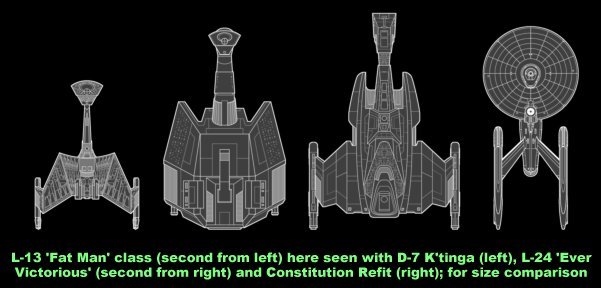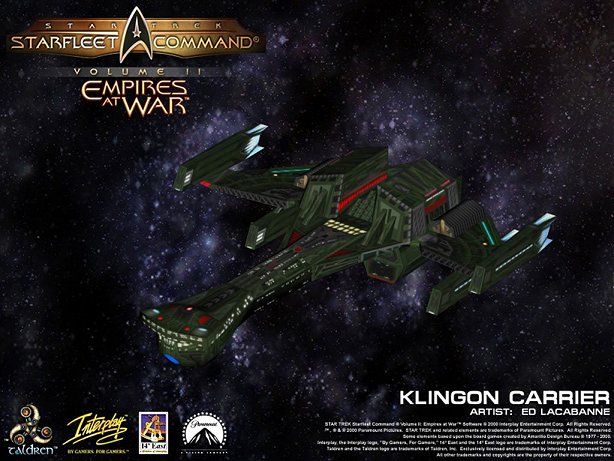

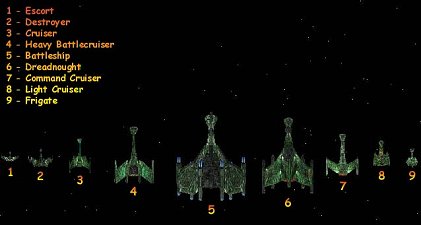
| Image | Notes |
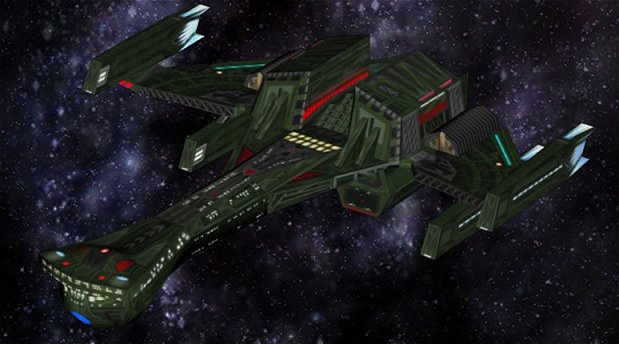 | Ribursli/Behemoth class carrier with 340 crew. The C8V fleet carrier was the first major foray of the Imperial Klingon navy into carrier technology. Designed as the answer to the Federation Ark Royal class, the C8V was put into service in the 2280s and has been in production ever since. Usually operates in Carrier Battle Groups that can consist of a mix of assault ships and command ships. It is known a handful were lost in the Kinshaya war during the initial phases of the invasion and that despite the resource shortages, Houses have done their best to keep these operational for prestige reasons. Author notes: The Klingon carrier has much in common with the one-off German Graf Zeppelin, the Japanese Akagi, Kaga, Soryu and Hiryu or British Pegasus, Hermes, Glorious, Furious and Courageous - early basic carriers that lacked the final refinements. The same can be said for the Klingons who've created a warship that has carrier characteristics. |
 | The T15 Beachhead class assault carrier with 90 crew and 5000 troops was quickly put into service in the mid-2280s as an assault ship version of the existing carrier design recently introduced. The vast hanger bays made for assault shuttles as well as 5000 troops. The successful blitzkrieg assalt on Ch'ramak was an early indication of the wisdom of this decision. This design is still in production as a replacement for the earlier assault ships. To-date there are over 20 in service with production continuing pace with the carrier variant as resources allow. This assault carrier refit of Ribursli was designed by House MoraKh as a successor design to the T-12. In the event, the current sparse numbers of T-15 mean that they are used in concert with the T-12 for blitzkrieg assaults on planets. With a short design-to-production rate due to being based on the successful Ribursli carrier, the T-15 was seen in service from the mid-2280s. The T-15 proved to be essential for the Kinshaya War in both deploying troops to defend worlds of the Klingon Empire but also in the later stages of the war to counterattack and secure territory. Author's Notes: As with the evolution of the Royal Navy assault carrier with light carriers HMS Albion and Bulwark, later HMS Fearless and Intrepid had the refinements for the job at hand. Replaced by a later Albion and Bulwark, with an Invincible-class variant light carrier Ocean (retired to the Brazilians in 2018). |
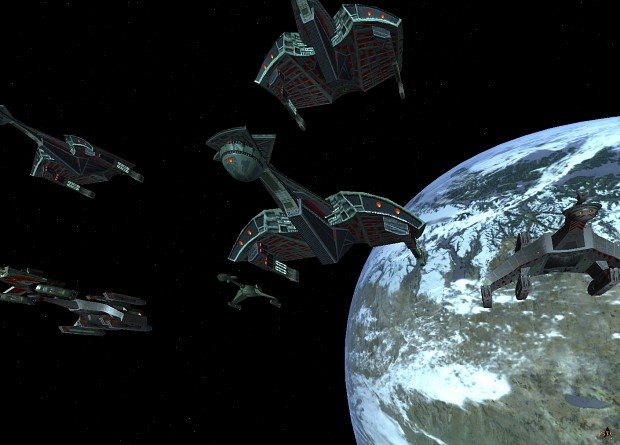 | B-13 Ber'taa. Project from the 2280s which was seen as the new terror by 2288. The prototype and early pre-production model was sent to the Kinshaya front to test the design in combat. The warship showed a number of design flaws resulting in the execution of several engineering officers and this still did not save the ship from eventual destruction. |
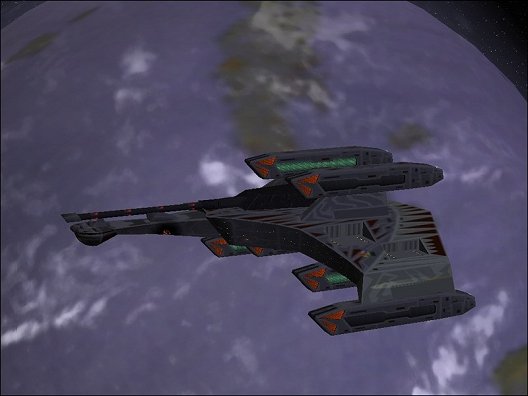 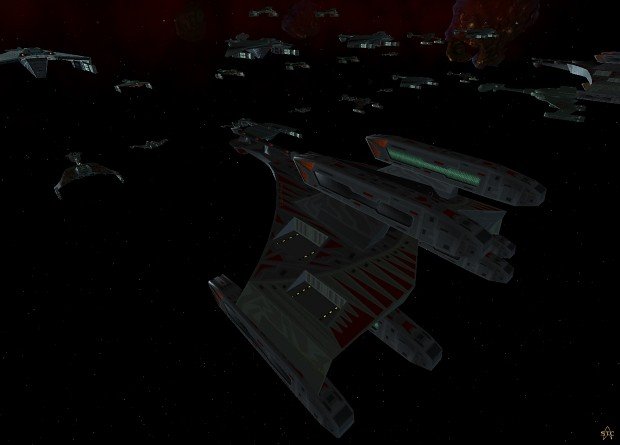 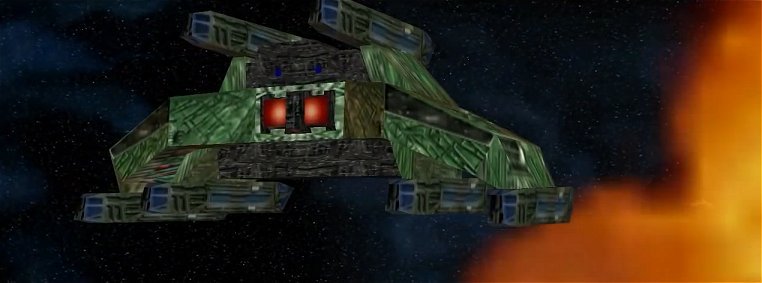 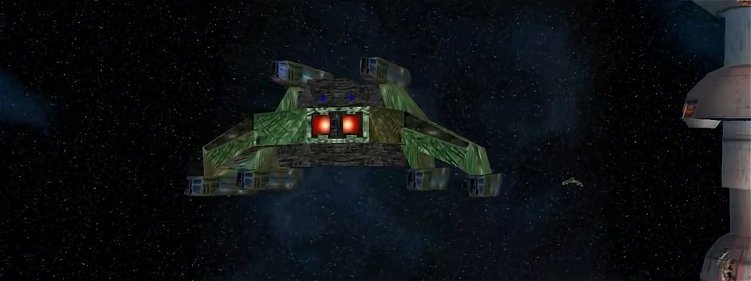 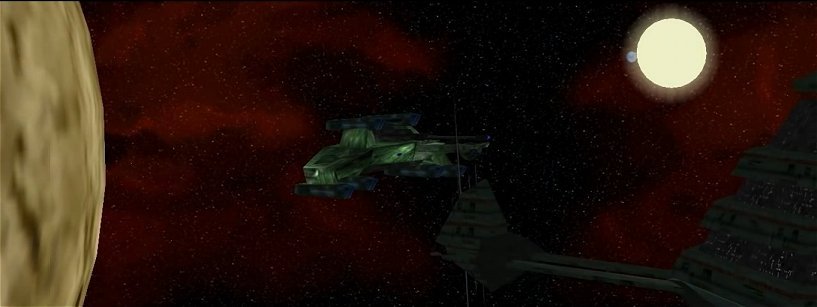 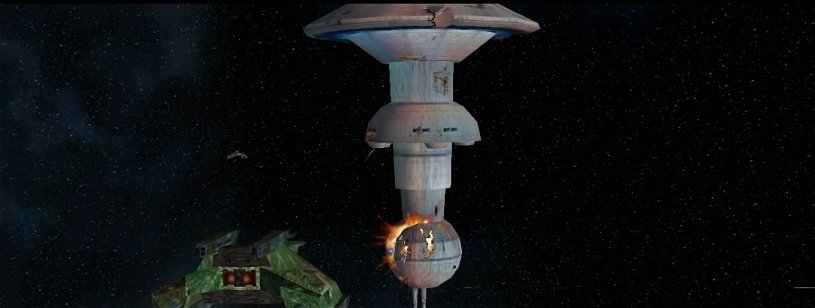 | qeyleS bat'leH/Sword of Kahless battleship. Six built with at least another half-dozen in a partial state of construction. Upgrade of this B-12 design with a view to production was postponed to prioritise smaller ships. With the damage caused by Praxis now behind them, construction has re-commenced on thse ultimate Klingon super-dreadnoughts. Crew 770. Vessels include: After this point the B-12 was seen as the flagship design for the war campaigns of the Klingon Empire. Whilst Chancellor Gorkon preferred the luxury of the D-7 K'T'inga class design, the Generals on the warfront preferred the strategic and flag officer facilities on the Sword of Kahless. After the treason of General Chang and a handful of senior Generals, Azetbur - newly minted as Chancellor - chose General Korrd to command the flagship warship of the Empire. This allowed her to have an honourable, loyal Klingon with her main warship. 6 built, 5 left, 6 under construction but unfinished. The second vessel of the class, yejquv ghop, was acquired by General Korrd from the discommended House of General Grokh, for his treason on Chang’s ship, Dakronh. General Korrd worked as the right hand man of Chancellor Azetbur, acting as her enforcer and public image of the cleaned-up Imperial Klingon Navy. This second battleship was unmatched except by the prototype. The second B-12 yejquv ghop was involved in many actions with the veteran General. This also reaffirmed the B-12 as a Goliath of a warship. Author notes: The Sword of Kahless is 686 metres long - that's about a thir longer than Excelsior. She's huge in terms of length, beam and draft. One of the giveaways to the Federation about this battleship, and the Accuser, would be the size of the impulse engines under construction. Too big for any previous class of warship, these engines would at least clue Starfleet Intelligence into the testing of new drives for a large vessel. The SoK has 700 crew and 70 marines/troops so this is, like all Klingons warships, heavily manned. This is the capital ship ha is the poster boy for the Empire. I deleted the B-14 WoQ'a class as I felt the Klingons would concentrate on the super-battleships they had. Praxis will have stalled the construction for about a decade before Azetbur would have the yards working on completing the existing hulls and laying the keels for new ones. By 2312 there will be about half a dozen or so of these warships in service with a handful under construction. These are not vessels for diplomacy, exploration or science studies, this is a flagship for the IKN and for war itself, nothing less. |
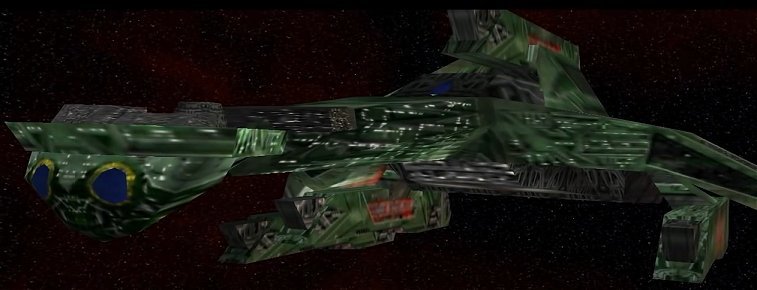  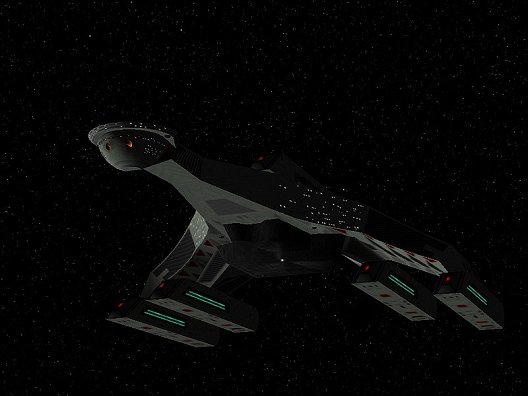 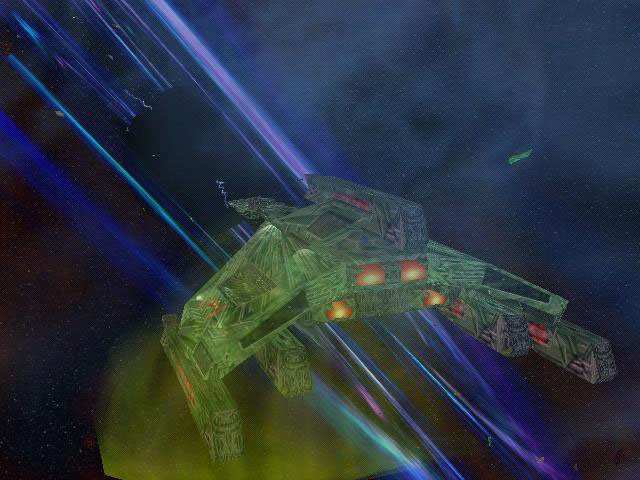 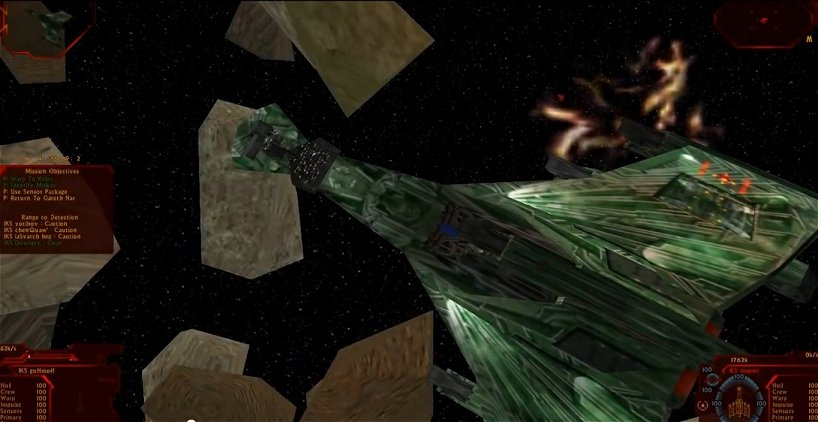 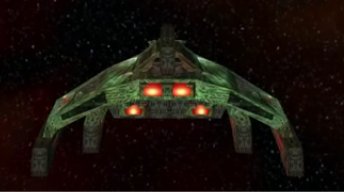 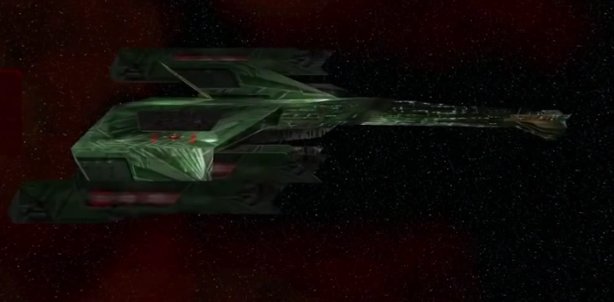 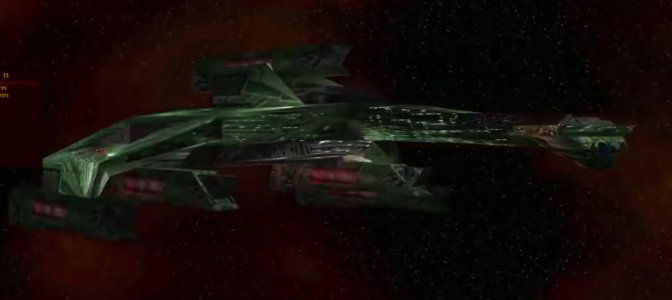 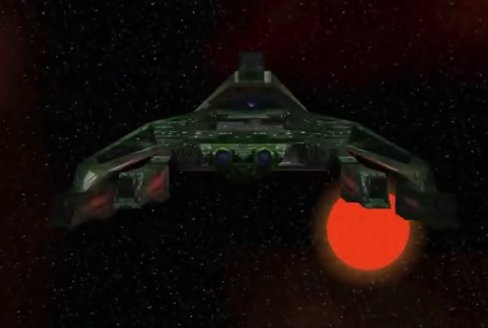 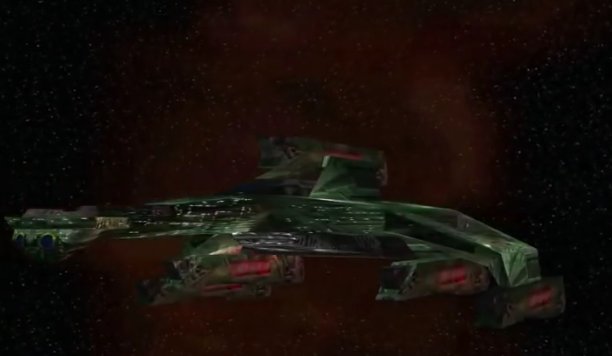 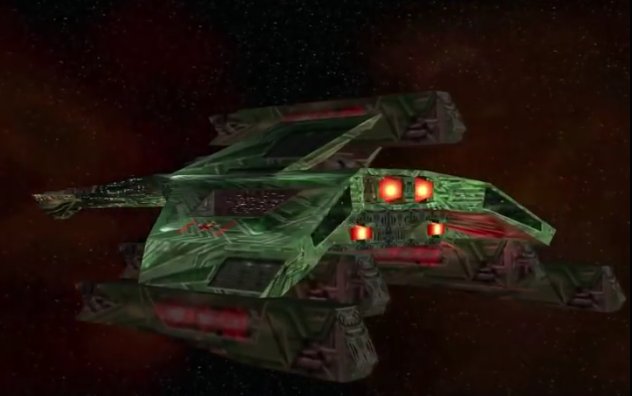 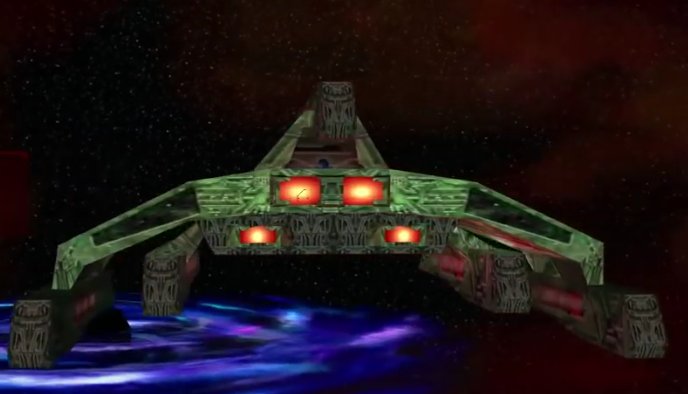 | pumwI'/Accuser class dreadnought with crew of 660. This is the standard dreadnought / battleship built by the Imperial Klingon Navy as a standardisation from the previous Qatlh (Devil) and VeQlargh (Demon) classes of the 2250s. The analysis of the war with the Federation and the samples of Federation technology recovered allowed the Klingons yo develop a battleship design by the 2270s that would overwhelm anything either in the Starfleet or planned. The prototype was launched in 2280 and required docking several times to rectify faults found in the design. The original designation was thought to be B-10 but the final design was designated B-11. As with many of their larger warships, redundancy of nacelles were needed to shield the warp signature when cloaked and also as redundancy in case of battle damage. Starfleet Intelligence tried to infiltrate the shipyards to limited success and high bodycount. The development of this dreadnought was through the detection of new metallurgical developments on the foundry worlds. Starfleet Intelligence worked with Starfleet Tactical to assess the armour composition and the conclusion was this wasn't for the upgrade of existing cruiser designs, this was for larger vessels. By following lower security logistical routes, they were able to piece together the size and tonnage of the vessel in development - and it scared the hell out of Starfleet Headquarters. The introduction into service of pumwI' in 2282 took the Imperial Klingon Navy reaffirmed its strategic superiority over the Federation and its Starfleet. Whilst the Federation concentrated on science and exploration, the Klingon Empire ran on warfare and expansion of the Empire. The Gonmog Sector campaign against the Federation and Tholians in the late 2260s drove the need for a war-winning battleship. This was the fruition of this plan. Thirty-eight have been built to-date. This is the B-11, the latest incarnation of the legendary B-10 battleship. It takes twice as long as Emperor class to build these ships. 610 metres length with 600 crew and 60 marines on board. Used as battlegroup leader, a refit is due once prioritised smaller ship refits/new builds completed. The lead ship was brought back online in 2294. This vessel fought in the Tabula Rasa and Klingon civil war. The Kinshaya War exposed the sluggish nature of the Accuser class and many were lost as a result. The cloaking devices were found to be less effective for these larger vessels, allowing the Kinshaya a chance to detect the dreadnought. In the Kinshaya war there is a proud tale of the IKS Kesh leading in the midst of its fleet, under continuous attack from the desperate, fanatical Kinshaya. Despite bombardments and even suicide ramming, the Kesh continued to function. Armour was gouged fro her sides and she was down to threee impulse engines and a nacelle ripped off, yet she still functioned. Surviving vessels are: Kaarg's vessel is B11-104 Kesh, named for his late father and Chancellor. The Kinshaya war saw the ship pushed into service before being mothballed. With Kaarg now Chancellor, his connections with the other Great Houses means his battleship has been prioritised for re-activation. The old 'Kronos One' moniker attached to D-7 K'T'inga class battlecruisers seems irrelevant to the new Chancellor as he will make his mark with a new flagship that will be untouchable to any Constitution class treachery as per 2293. The Accuser class was retained for the fleet flagship role only. The dreadnought is not a diplomatic emissary like the D-7 K'T'inga class, this is a battlewagon built in low numbers to take out primary capital ships and facilities of the enemy. After the Klingon Civil War in the early 2290s and the Kinshaya War of Pacification, only 14 B-11 Accuser class remain in service. Under the later years of the Azetbur Era, these battleships were mothballed in favour of resurrecting and building a larger number of the smaller warship types. With the coming to power of Chancellor Kaarg, he has made a request to resurrect the B-11 warship belonging to his House to stand as a symbol or the rebuilding of the Empire. The Kesh is due to re-enter service in 2313. In 2292, Melkor, so-called 'Emperor' in 2292, used the Accuser class mupwI' as his early flagship. Captain Torlek got an Accuser class dreadnought, IKS mIl’oD, later on in the campaign; it was commanded by one of Melkor’s top officers. The crew, realising his treachery, killed him and swore allegiance to Chang. At least 14 left in various states. Command ships for multiple fleet size actions. Houses MoraKh, Kaarg and Stex each have a B11. (Leaves room for others later.) These warships are decorated with the victories that each House has amassed with these flagships. The five warp nacelles are necessary to allow a smooth transition to warp with the inferior Klingon warp technology. This is the largest class of Klingon ship fitted with a cloaking device to-date. It is believed one of the other B-11 warships has been allocated to House g’Iogh as a gesture of alliance between J’bok of the House g’Iogh and the House of Kaarg. This is now the largest vessel the formerly disgraced House possesses, although Intelligence suggests they are also in possession of assault ships. Rumours still abound that they are aspiring to build the fourth Sword of Kahless B-12 class vessel. Author's notes: these are the equivalent of the real-life Russian Kirov class Heavy Missile Crusers. These Goliaths were created by the Soviet Navy and forced the USN to resurrect their Iowa class battleships as a response. After the fall of the Soviet Union these Kirov class warships became too expensive to upkeep and by 1999 all but the last member, Petr Velikiy, were laid up awaiting repairs or scrapping. In recent years, Vladimir Putin has announced the resurrection of all four Kirov class vessels, although the former-Frunze looks like it may never happen and the first for revival, Admiral Lazerev (former Kalinin) has been put back from 2012 to 2018 just this month (June 2013). These are also like the never-made successors to Germany's Bismarck and Tirpitz, the H44 design battleship with 20 inch guns, a length of 345 metres and 131 000 tons displacement. Still capable of 30 knots but far larger than the Bismarck and her sister. Like these vast superdreadnoughts, the Accuser class is designed to dominate space and destroy anything one-on-one. |
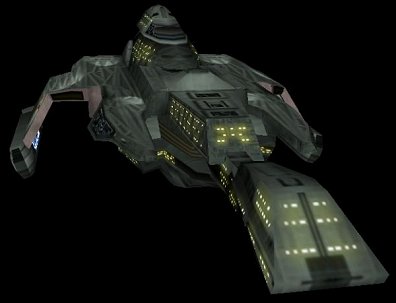 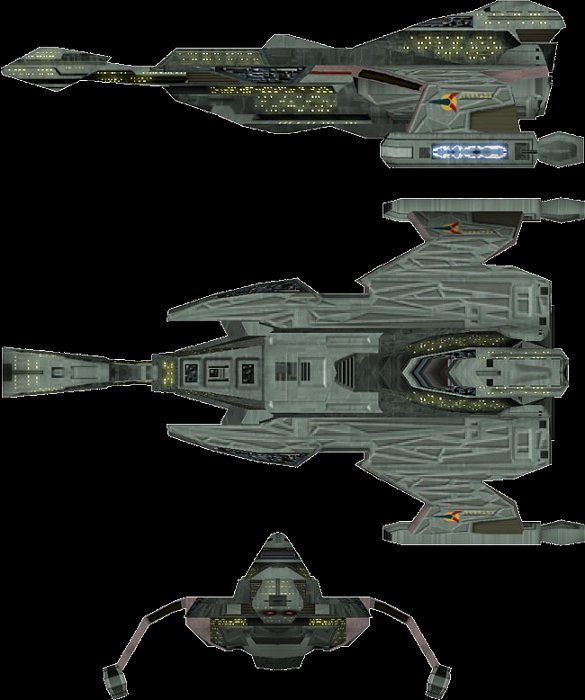 | Komo Val/ Ever Victorious class pocket battleship with 1070 crew 480 troops. First appearing just before the launch of Excelsior, the Komo Val was the most sophisticated ship the Klingons had ever designed. It was a game-changer. As with Excelsior, there were construction difficulties (transwarp for the NX 2000) due to the shortage of rare minerals. This is a technical ship; the prototype had shakedown issues from all of the technology. After Praxis the L-24 program slowed to a crawl. Despite the Federation fearing the Klingons had an advantage with the delays of NX 2000, only 1 was operational in the 2290s with the others awaiting components. After the destruction of Kronos One over Ch'ramak, Chancellor Azetbur took on the Komo Val as her new flagship. Chancellor Kaarg inherited six and prioritised completing them and production of others. The L-24 program was kick-started by Chancellor Azetbur when Kronos was in danger of being overrun by the Kinshaya. The battleship could resist the effect of the PPD. These ships soon were out of service after the war due to shortage of parts. L-24 class, most advanced warship the Klingons have built. Requires rare minerals and high tech, slowing production. The troops can be beamed down within 7 minutes. The Tabula Rasa campaign, and later the Kinshaya war, sped up the construction through necessity. The prototype and pre-production vessels were built at the Taamar shipyard, production expanding to a second facility at Gnuu Re' by the mid-2290s. With the rise to power of Chancellor Kaarg, the mineral reparations from the supplies gained from mining in the far driftward space have been used to build more L-24 warships. Houses that ordered these pocket battleships are now able to bring them online. In 2313 it is discovered there are far more operational than was first thought. |
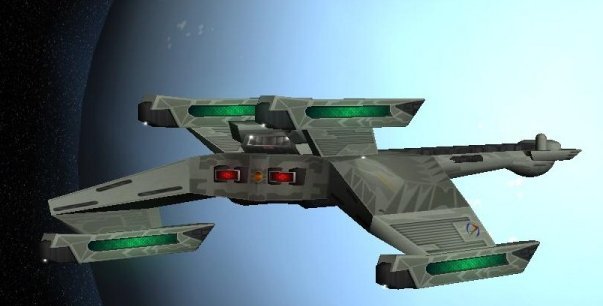 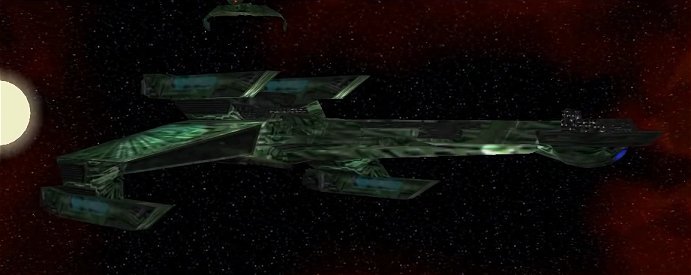 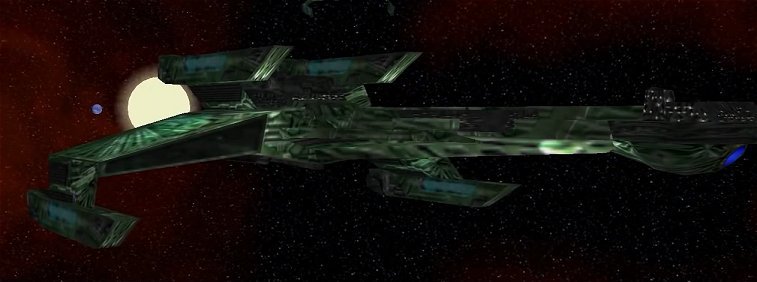 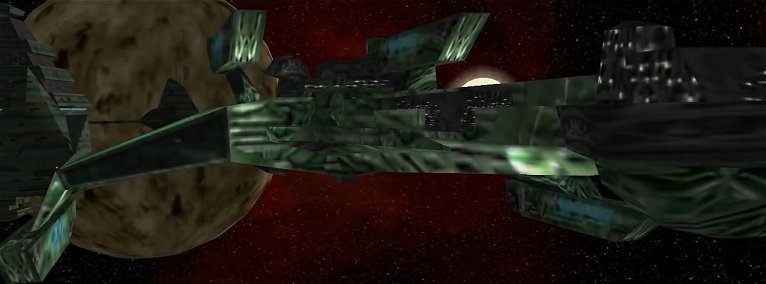 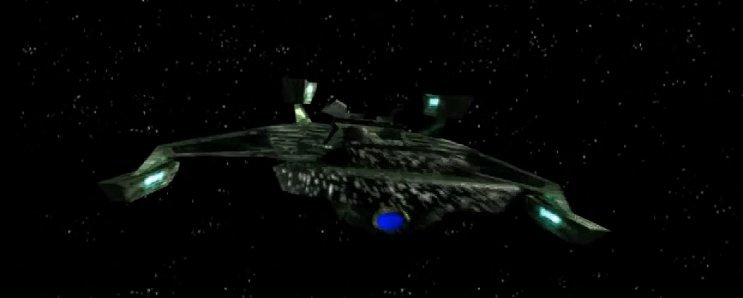 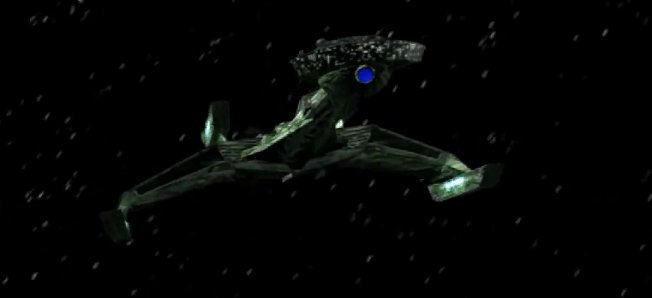 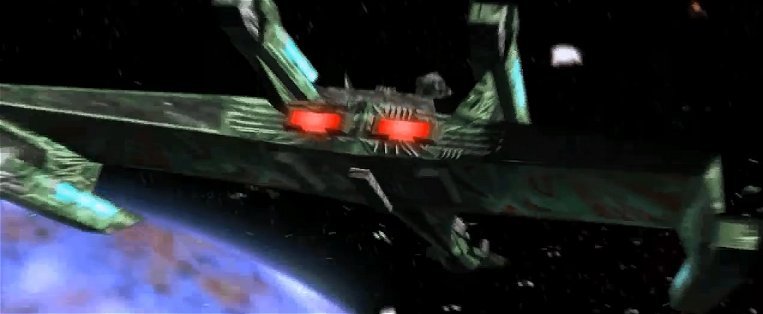 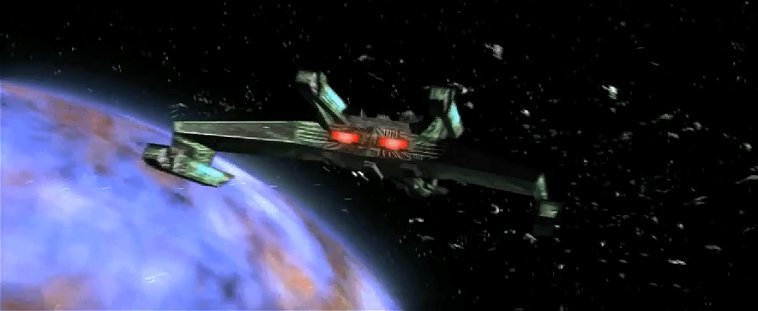 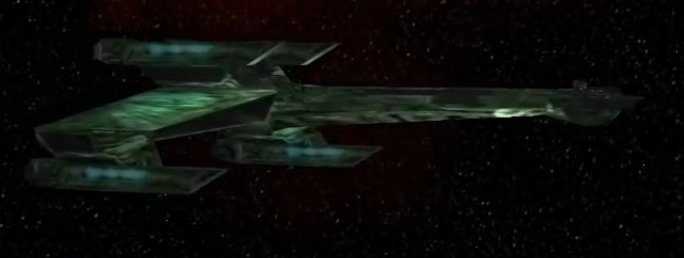 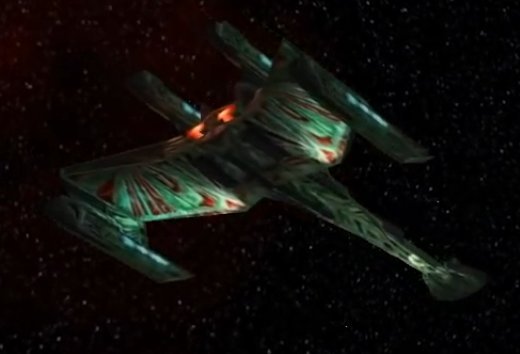 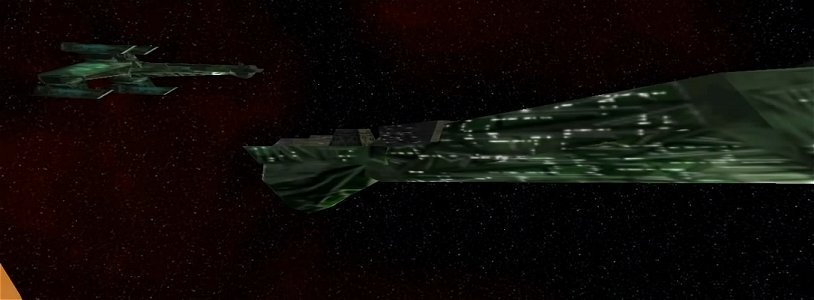 | VoDIeh/ Emperor class battlecruiser with 505 crew. C-10 an upgrade from -A and -B versions with new systems. This was developed from the D-7 K'T'inga class as the D-7XDN project to upscale the already successful K'T'inga into a light dreadnought to either supplement or replace the bulkier B-11 class Accuser dreadnought. The additional warp nacelles gave the VoDIeh class more range in a manner similar to the Federation Constellation class deep range cruiser. The result is a deep range strike cruiser that was designed to penetrate deep into Federation space and take out strategic targets. These ships were planned to divide and disable Starfleet responding to a Klingon offensive in the inevitable war. General Chang was behind the project, taking the prototype as his flagship during the civil war of 2292. General Kalnor also possessed another of the earlier pre-production VoDIeh class ship. Chang crippled the ship before killing Kalnor in the rite of Blood Peace. Captain Torlek got an Emperor class cruiser, IKS may van Bom, and Chang noted it belonged to Colonel Drakkor, a close personal friend of his, who saved hundreds helping in the evacuation of qvaQ starbase. Chang could not alter his death but could find a worthy successor. The VoDIeh was next used in the Kinshaya War in deep strike missions deep behind enemy lines - performing the very role for which it was designed. Some of the most successful missions of the war against Kinshaya supply lines and support bases. Recent intelligence reports that VoDIeh class vessels from various Houses are being refit ready for deployment. The list of potential destinations for these ships is currently too long to identify the target. The VoDieH proved useful in the Kinshaya wars with their deep range ability. Currently these vessels are used as flagships in the region near Kinshaya space, as well as command ships for operating in the remote regions of Klingon space. IKS VentaH is one such VoDieH class operating there. She is operated by House P’tookH as their flagship, whilst sending out B’rel class scouts and PIh class science vessels to locate minerals and resources for the House. Vessels include: IKS voyge, IKS v I'nIchu. |
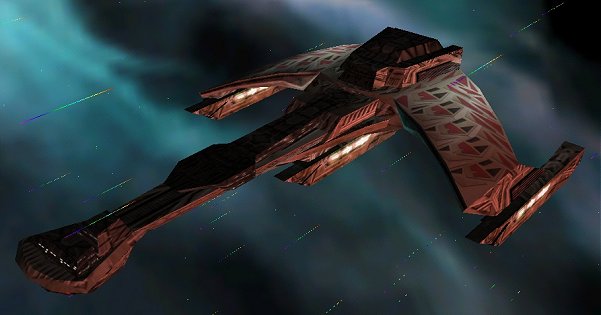 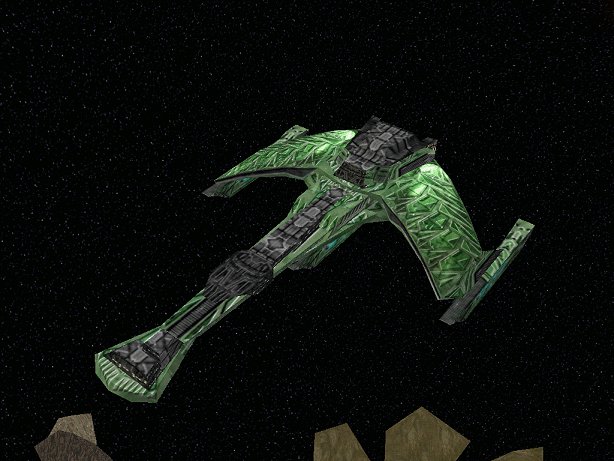 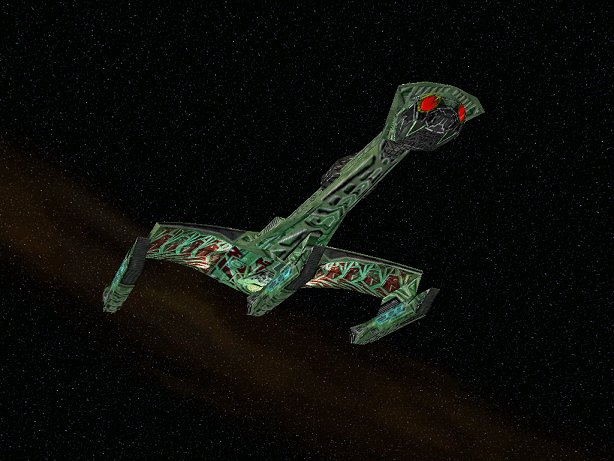 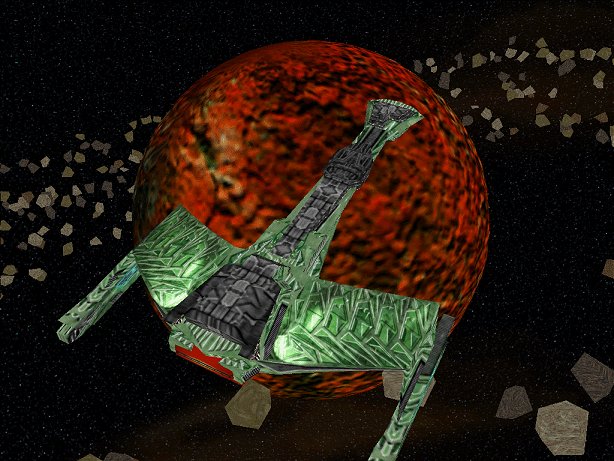 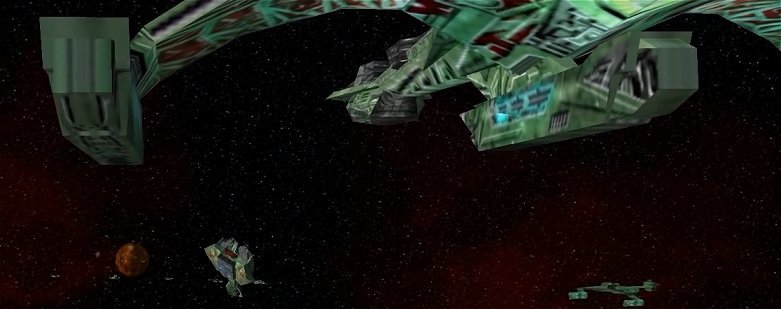 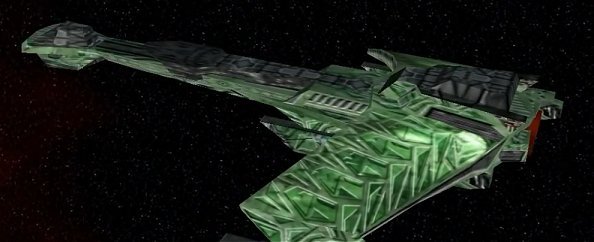 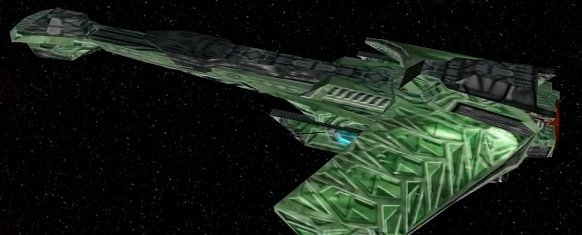 |
The D-9 Warrior's Anger was created by Doj'kan of House Gorthas as an evolution of his D7-134 SuvwI' QeH in 2270. Based upon an enlarged version of the D-7 hull, the D-9 suvwI' Qeh/Warriors Anger class is a command cruiser variant, used to lead squadron and task group sized elements of the Imperial Klingon fleet. She has 395 crew. The length is 336 metres, beam 156 metres and height 78 metres. This is a design with more power, yet less agility; the Klingons ensure these ships are guarded by smaller picket ships. The D-9 Warrior's Anger class was designed in the Dek'Go'Kor Military Academy yards. The prototypes were rebuilt from older series D-7G K'T'inga warships from the 2270s. The extensive rebuild included an additional warp nacelle and extensive command and control systems. These prototypes - Starfleet designation D-7CNC/XD-9A - were tested extensively along the Federation border in preparation for General Chang's perceived imminent war with Starfleet. The first D-9As appeared around 2287 and were seen during the Tabula Rasa campaign and later civil war quite extensively. After Praxis the D-9 Warrior's Anger is the largest class of vessel still in production besides the L-24 Komo Val. Armed with 2 forward and rear disruptors with 2 forward photon torpedo bays and GHRC. Upgrade with new command & control systems due. During the Kinshaya war the Warrior's Anger class command cruisers were used along with D-7 K'T'inga class cruisers to form squadrons that were both fast and could hit hard. With the resources for building and restoring warships being drained from the Klingon Navy, the Warrior's Anger command cruiser has become the capital ship of choice for Houses, requiring less to maintain than the B-11 Accuser or C-10 Emperor classes. Many of the Warrior's Anger class are named for Generals and famous leaders of Great Houses. There were an estimated 30 in service by the 2290s and over 70 in service today. Vessels include: IKS tlh'lwnuy, IKS poQuyno, IKS jaDu, IKS Hengen, IKS Qinguq. |
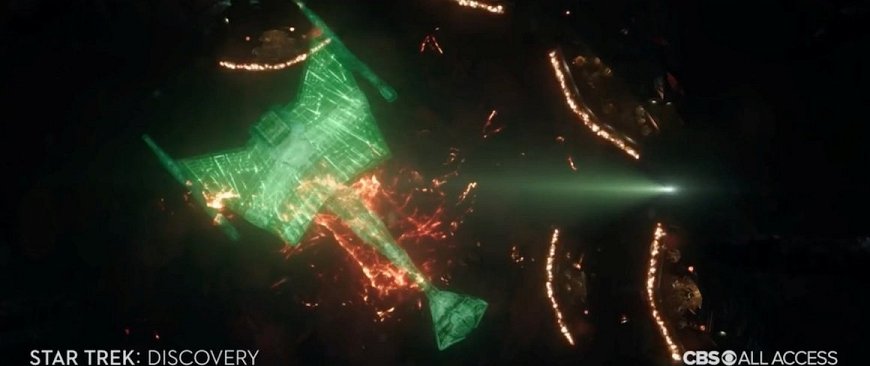 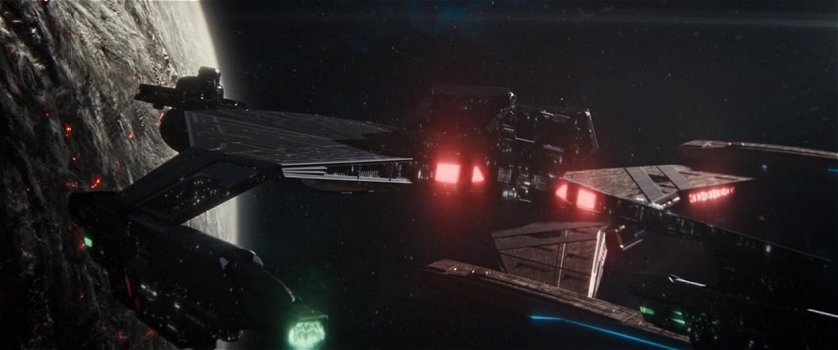  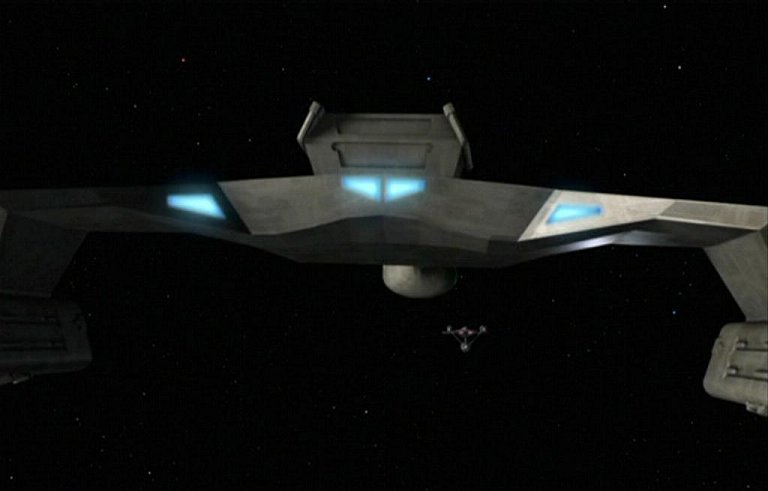 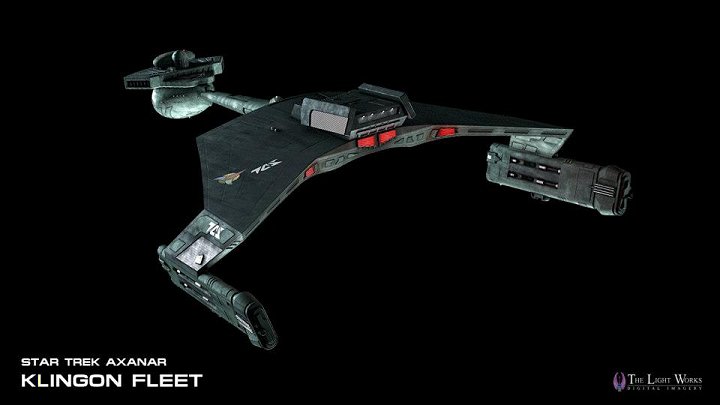 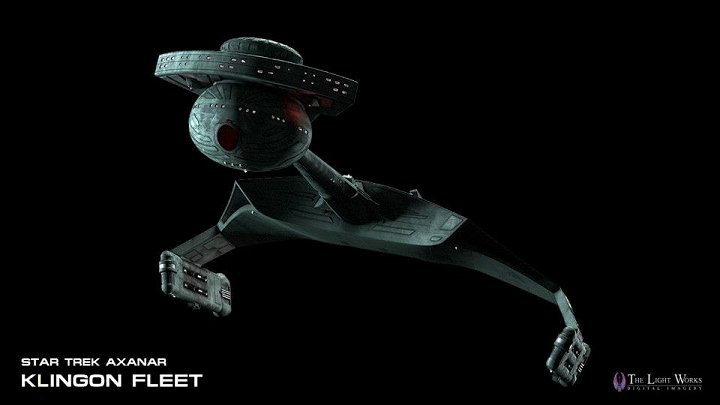 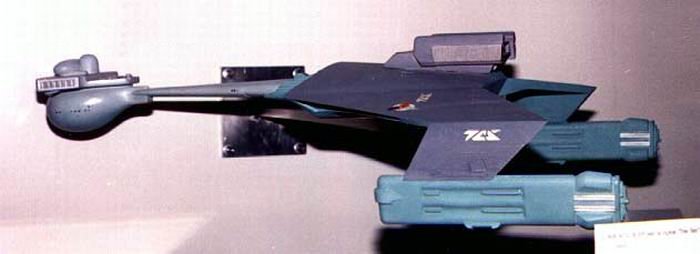 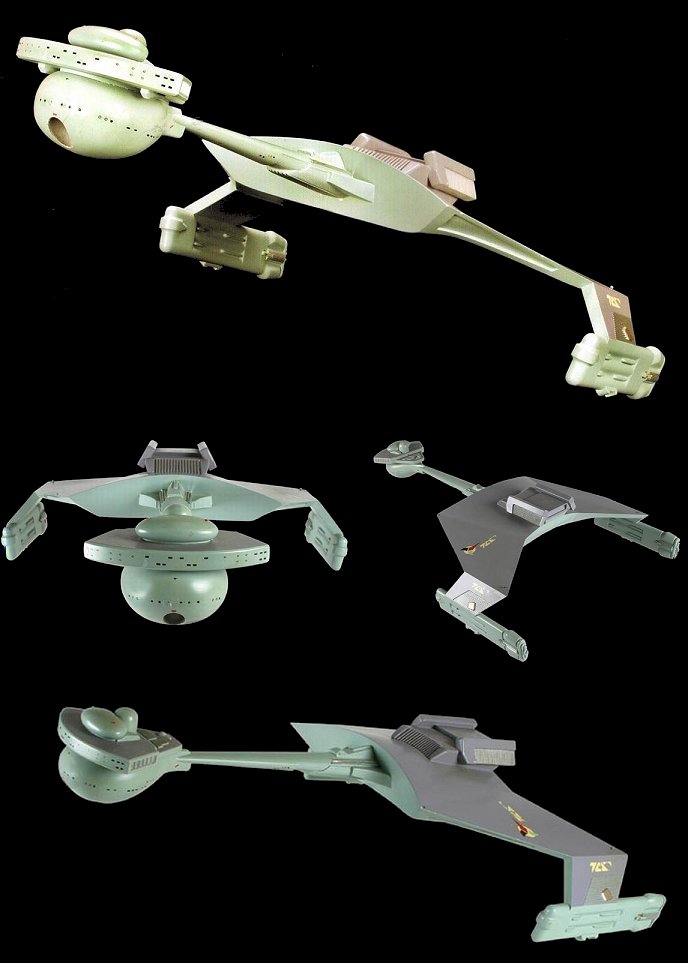 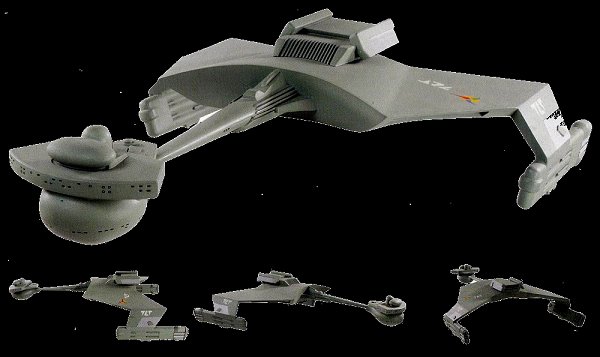 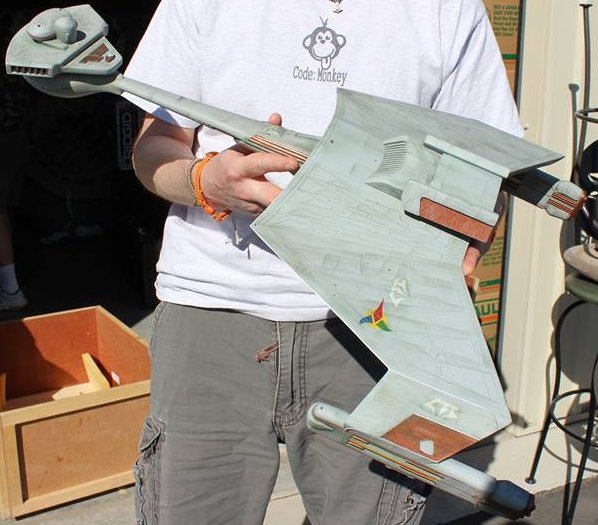  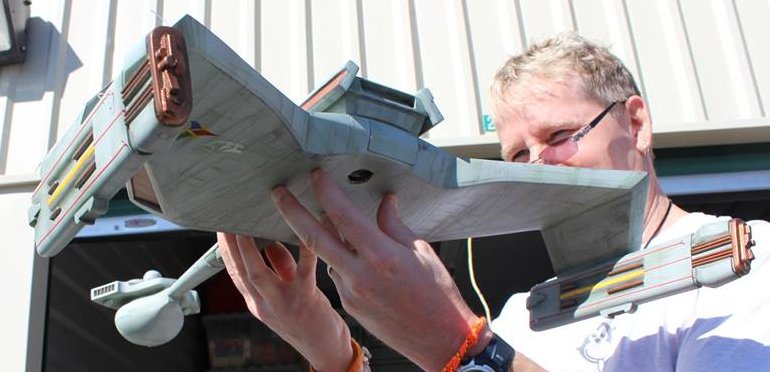 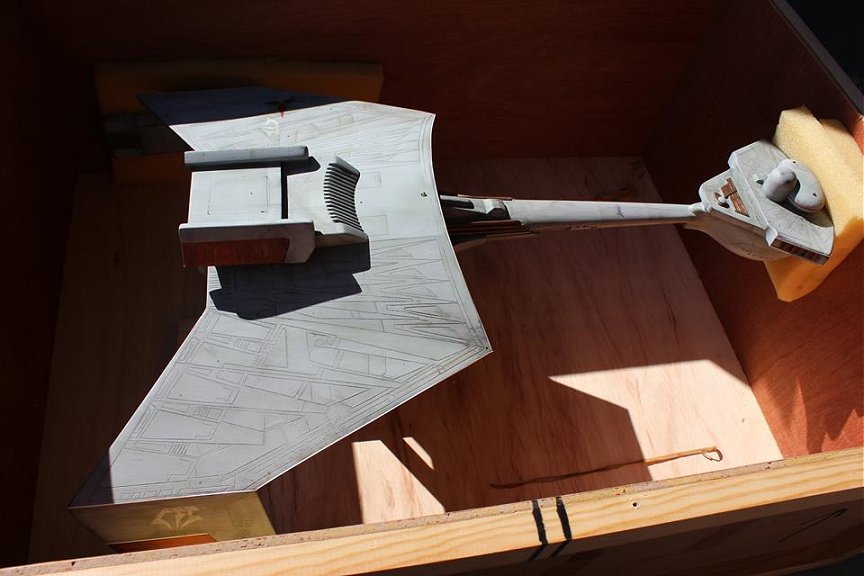 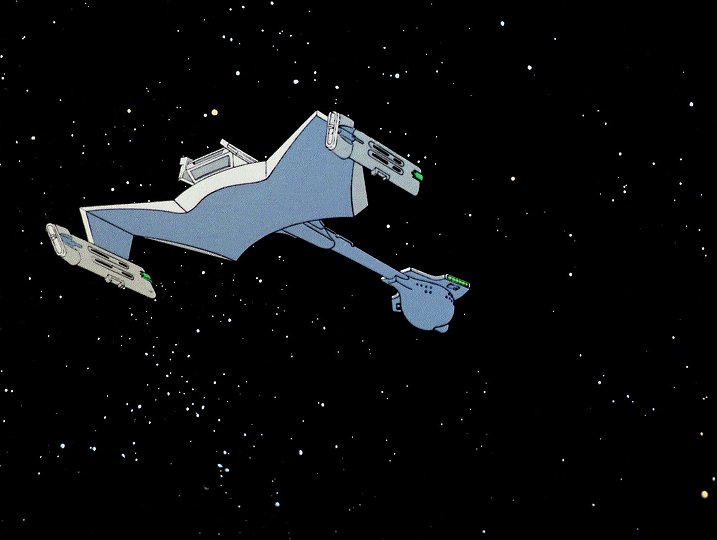 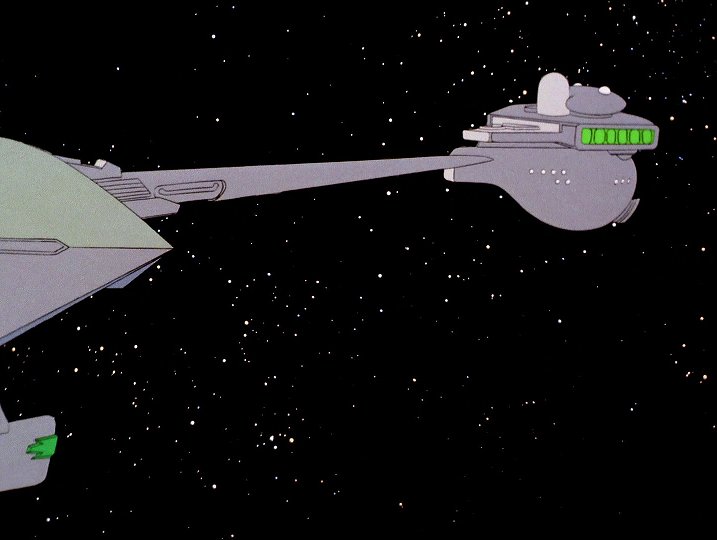 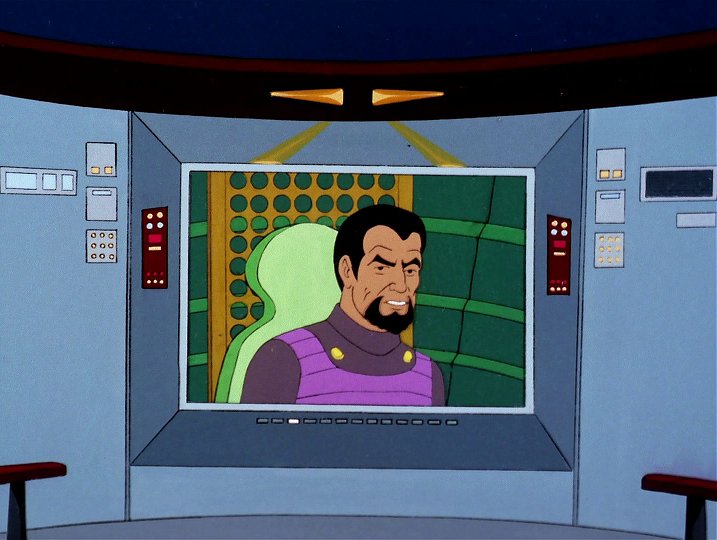 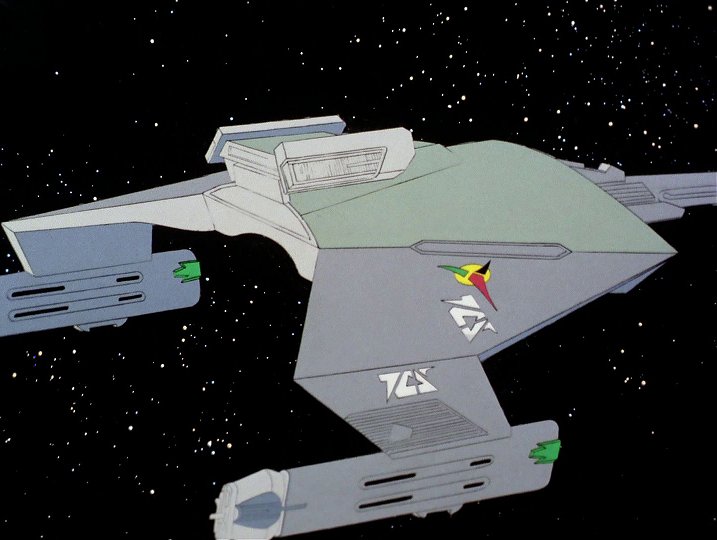 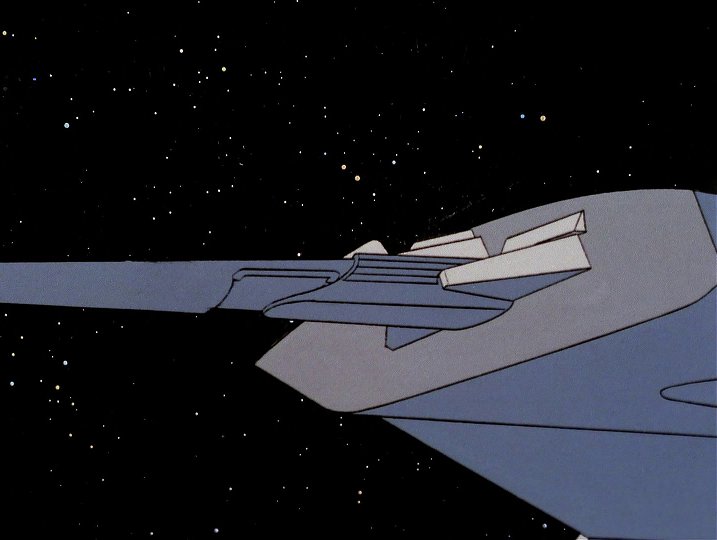 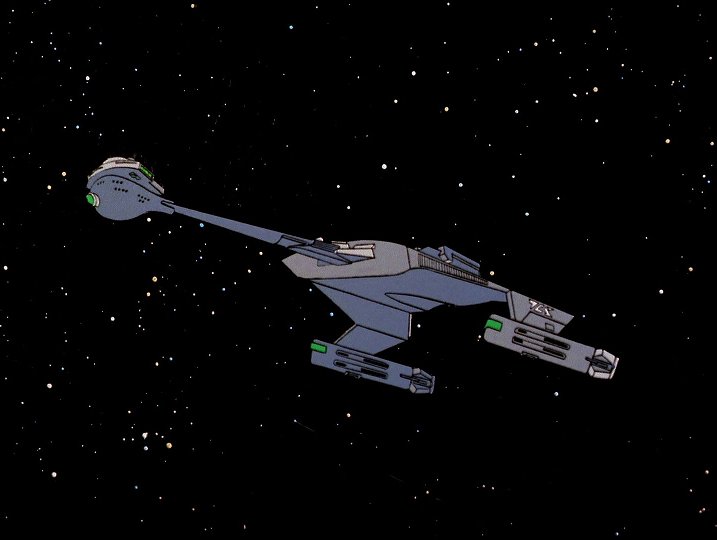 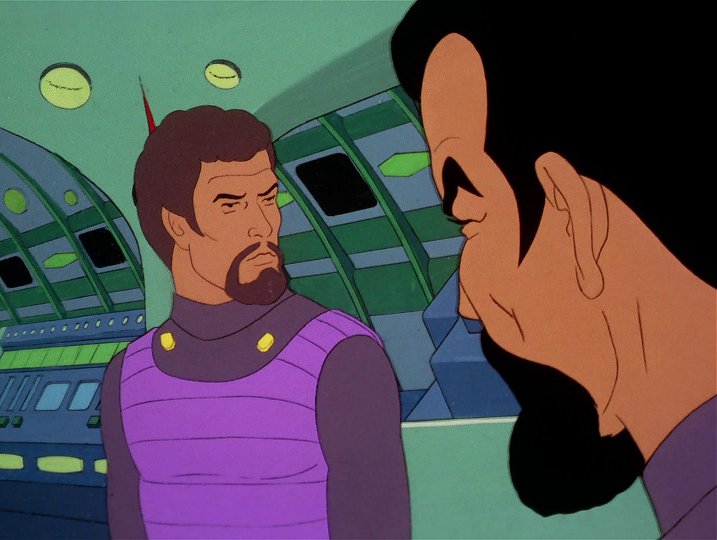 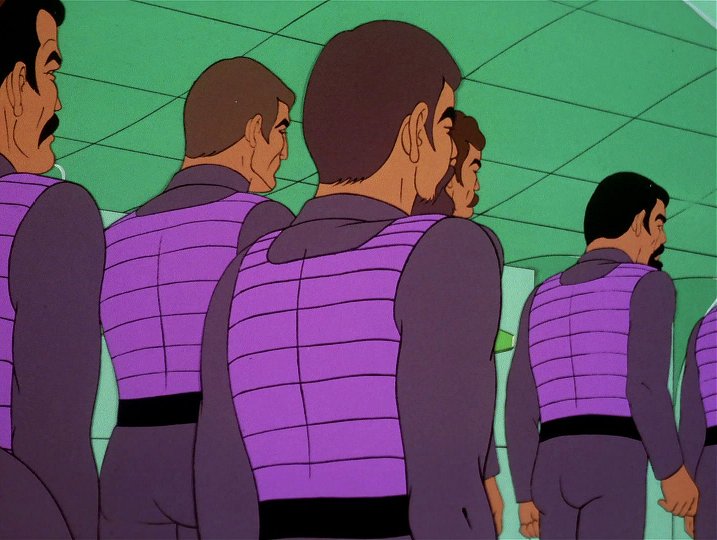 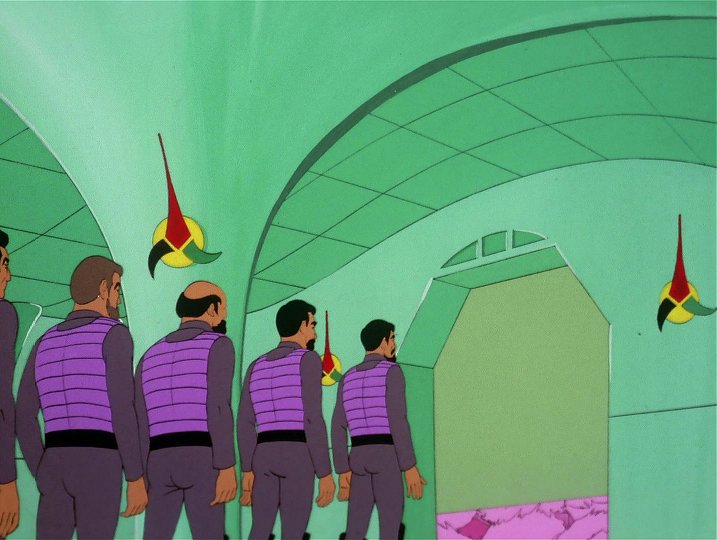   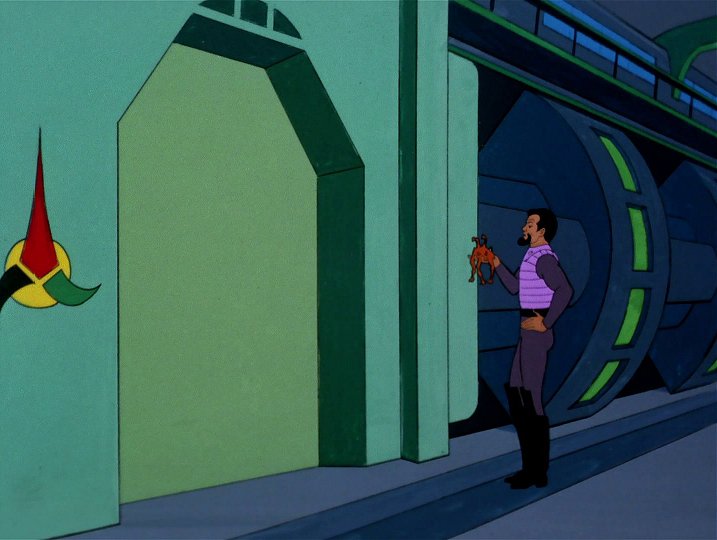 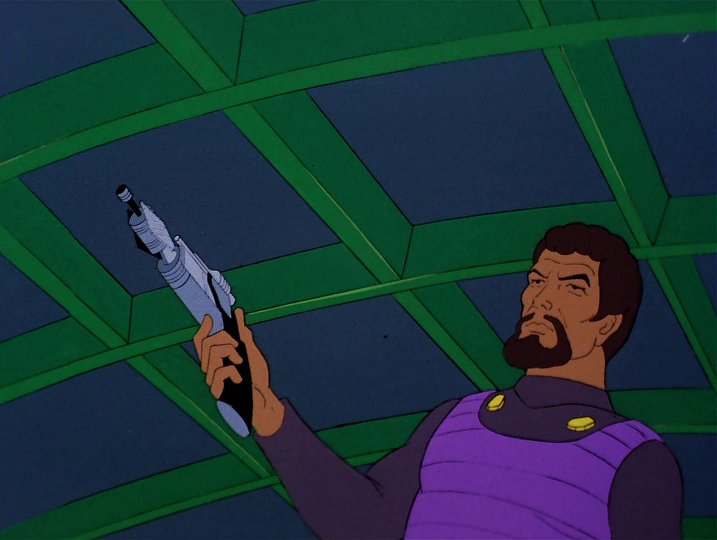 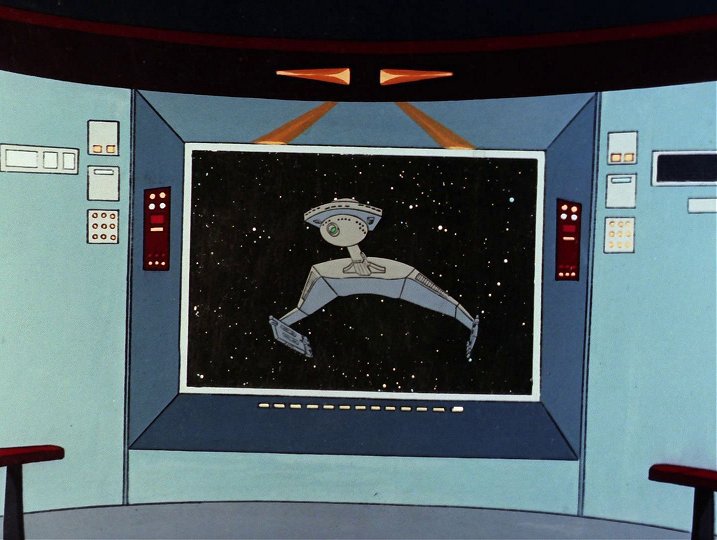 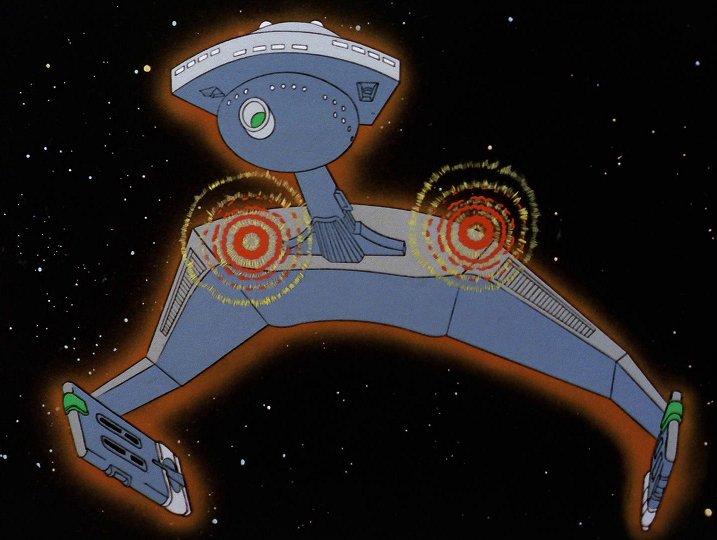 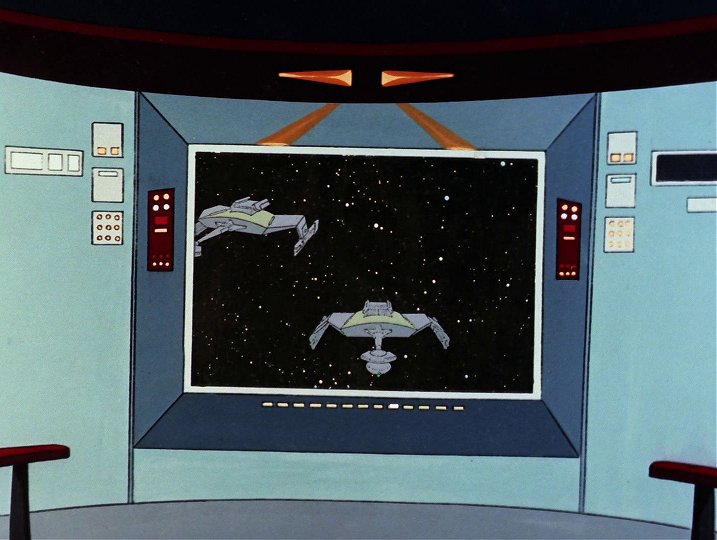 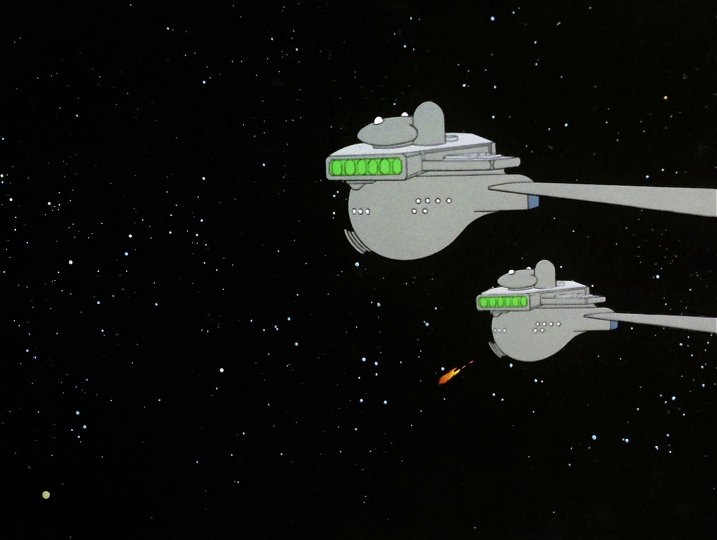 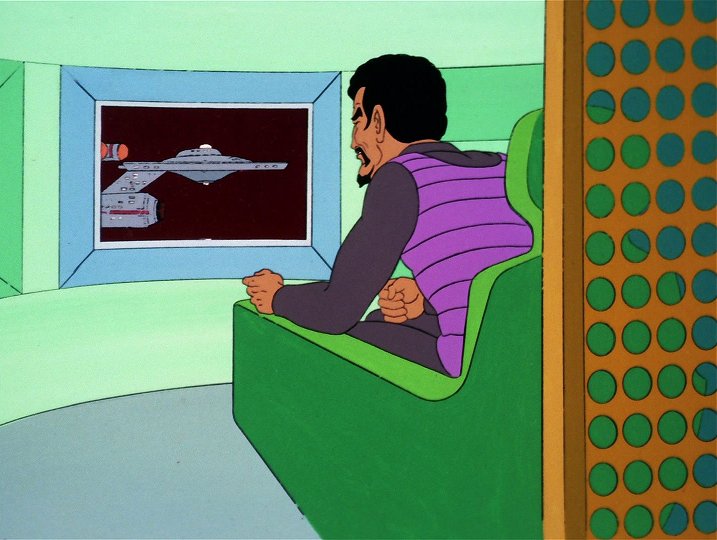 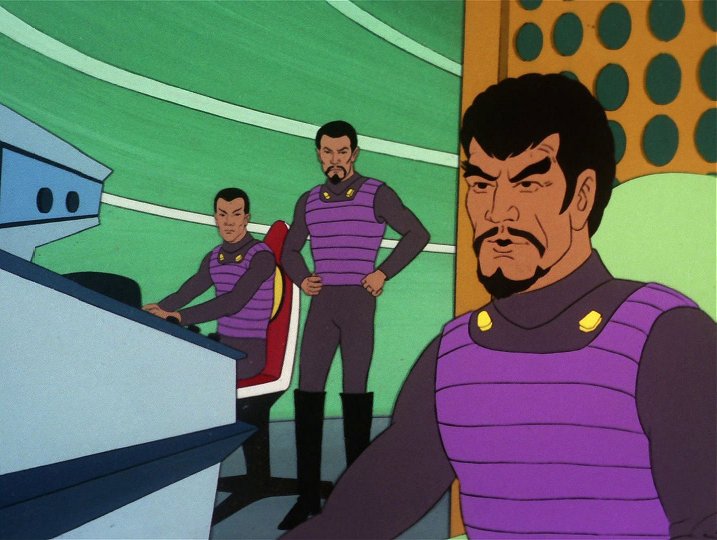 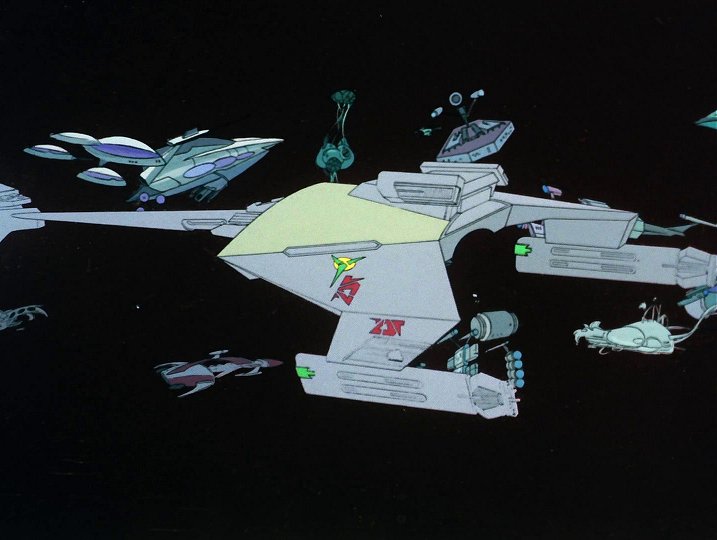 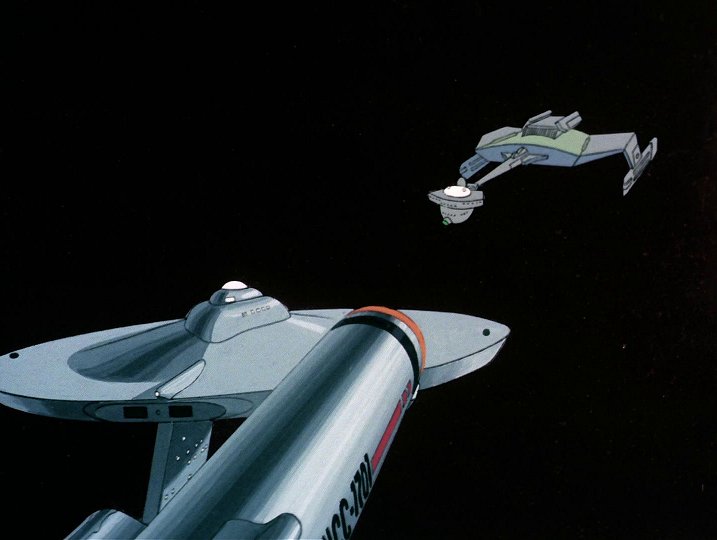 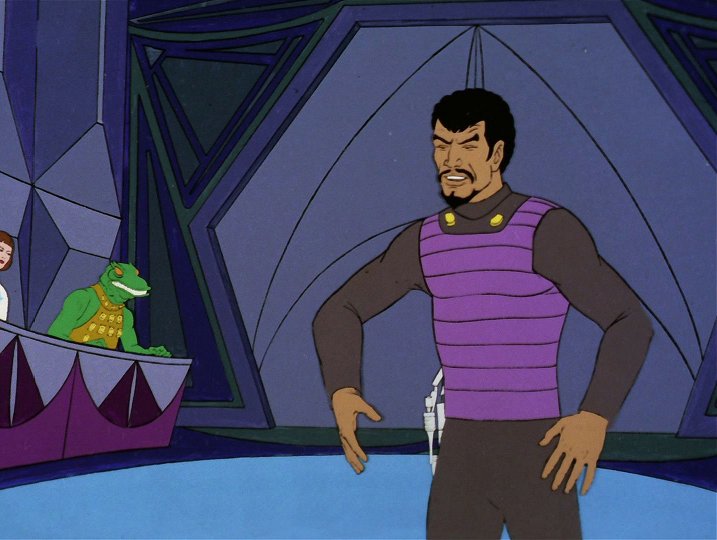 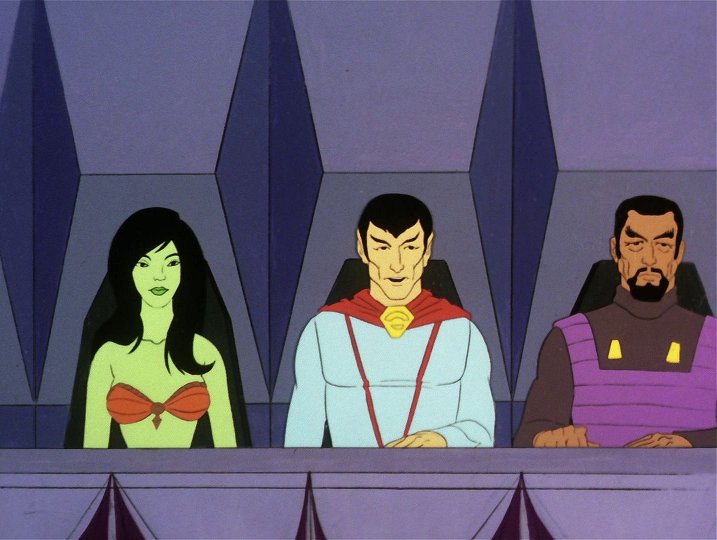 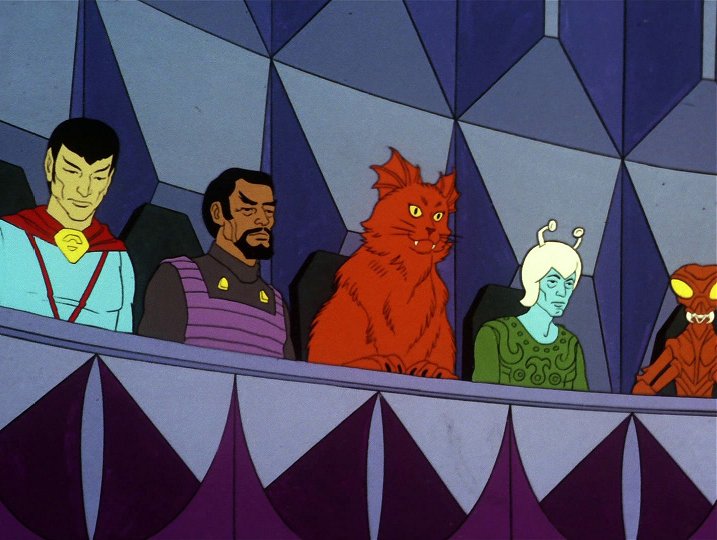 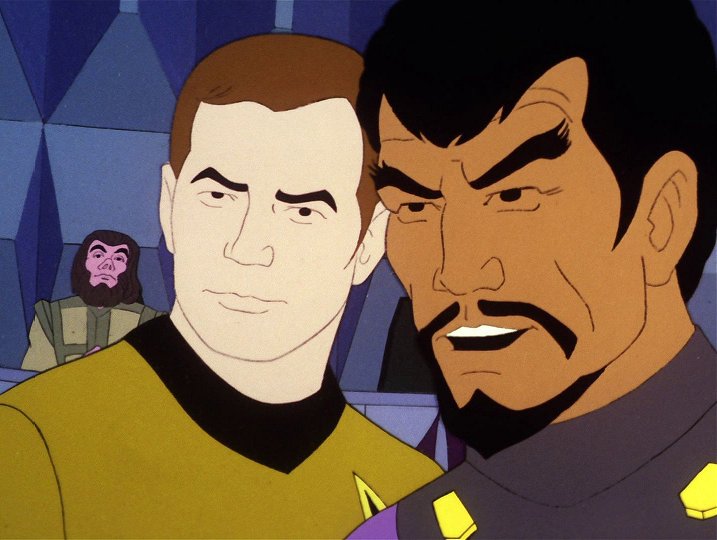 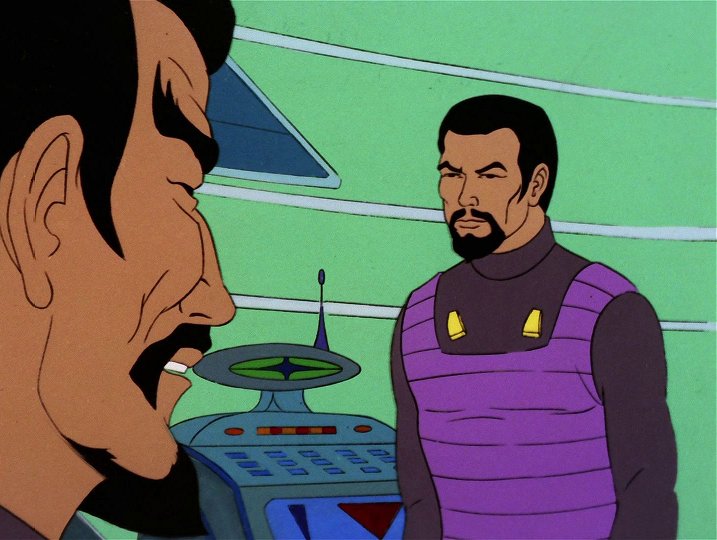 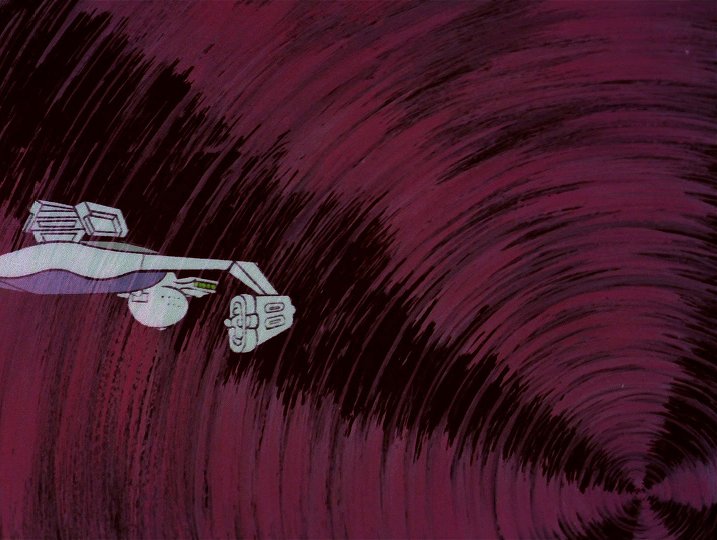 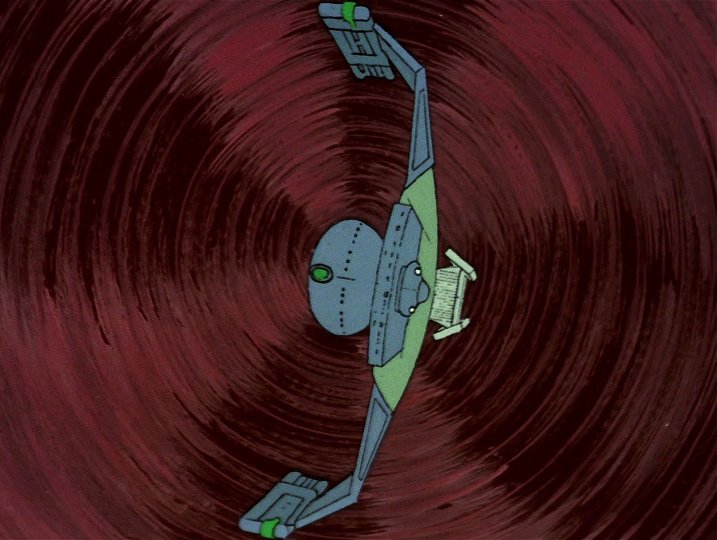 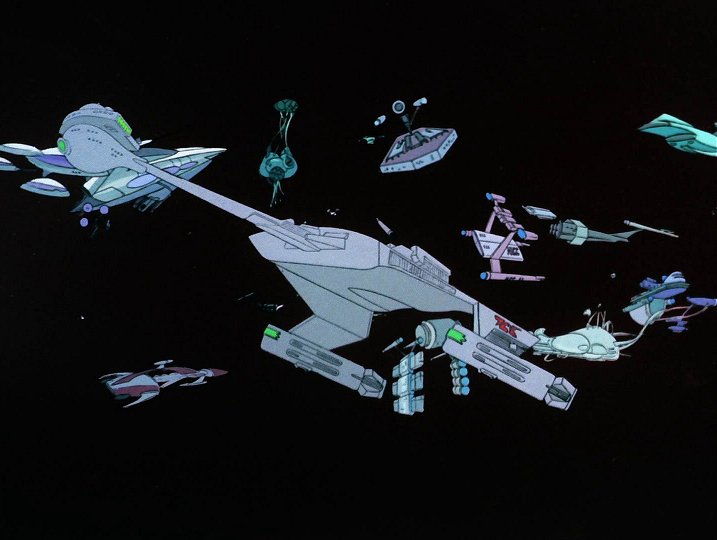 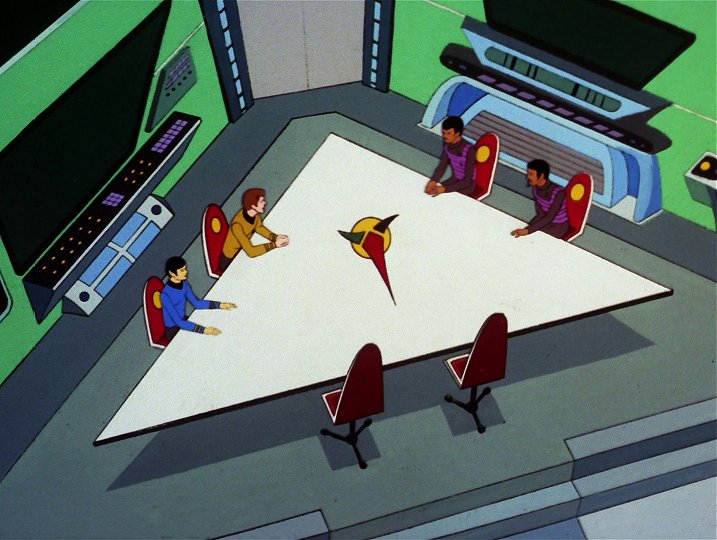 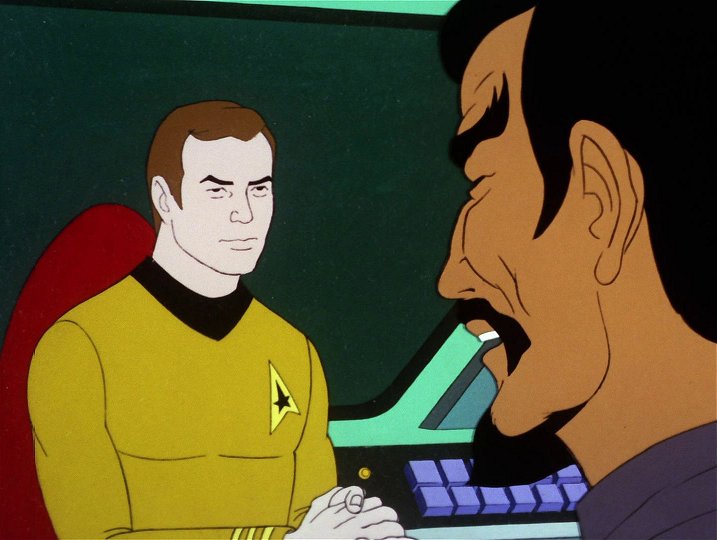 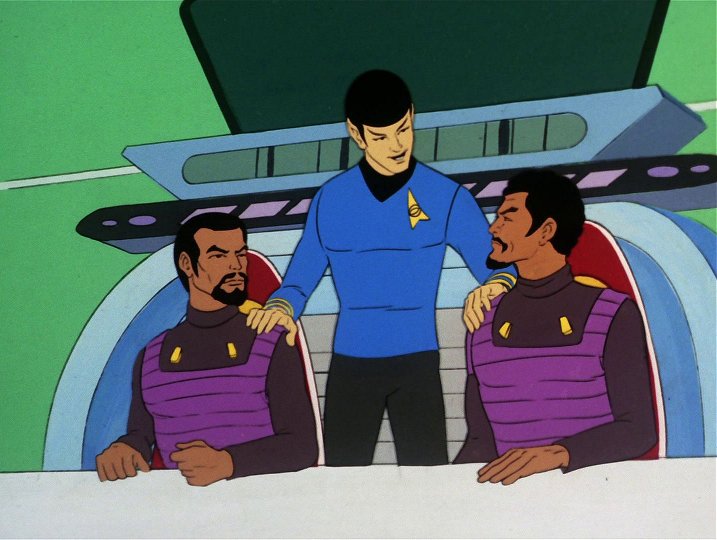   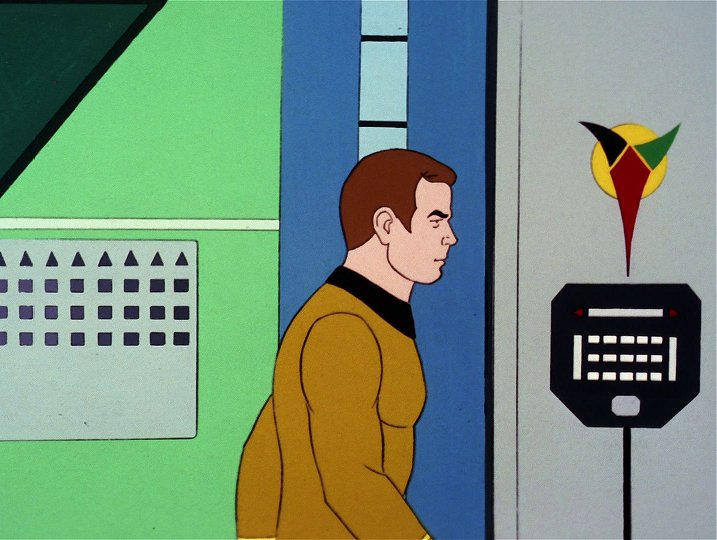 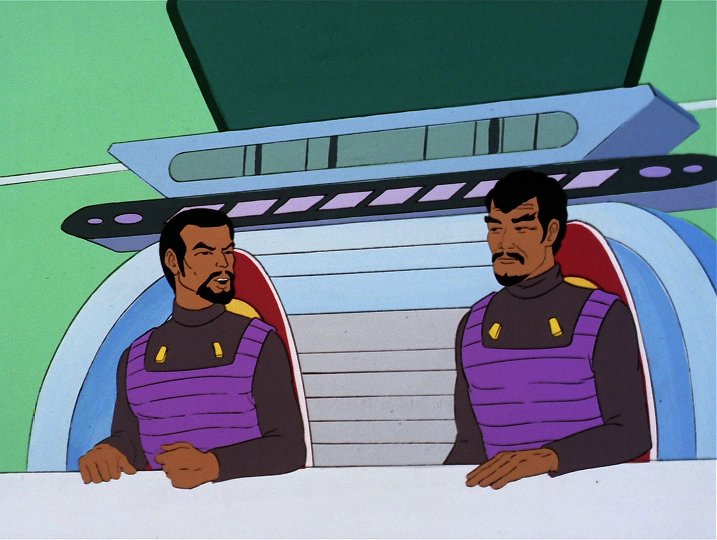  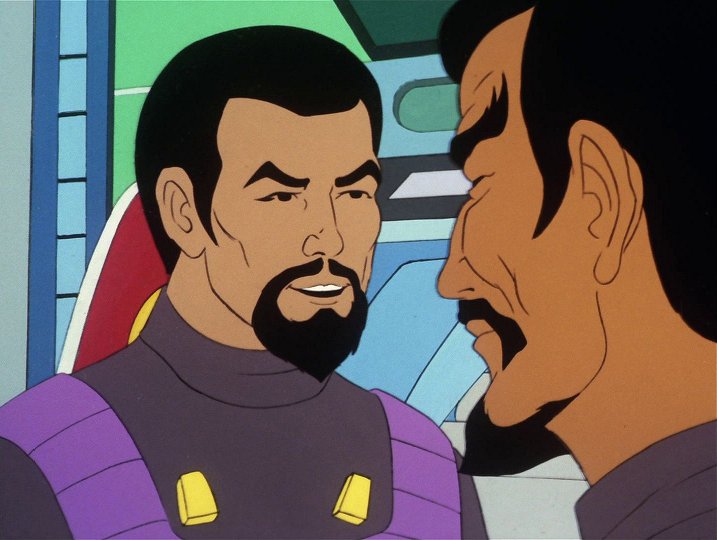 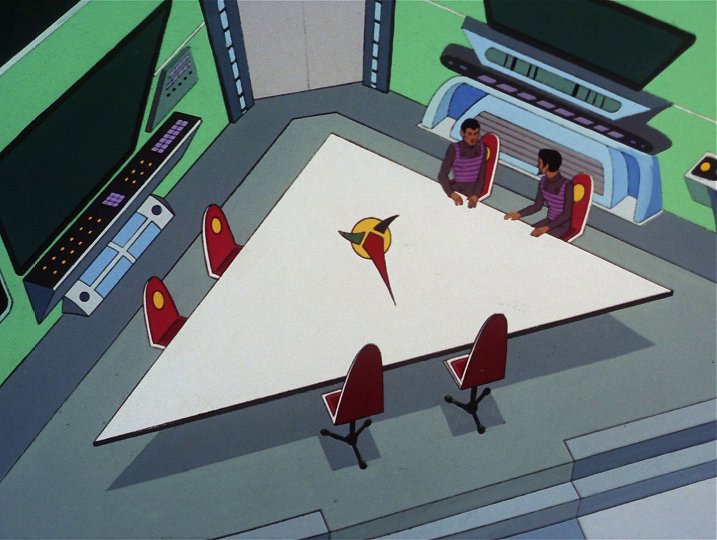 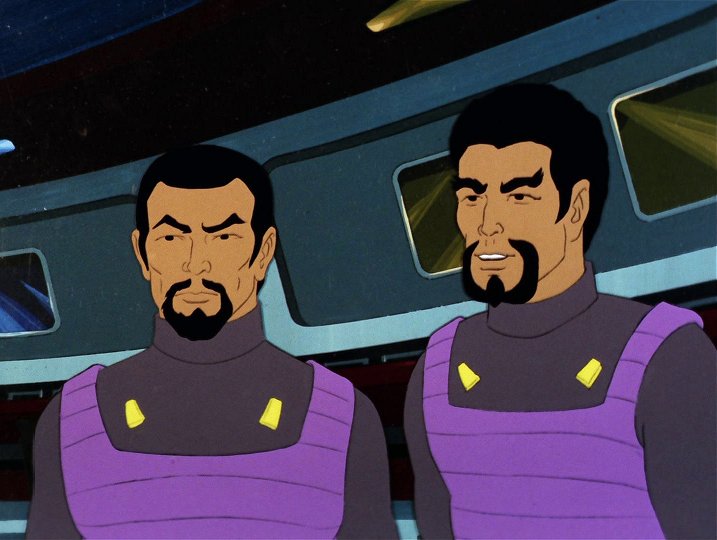 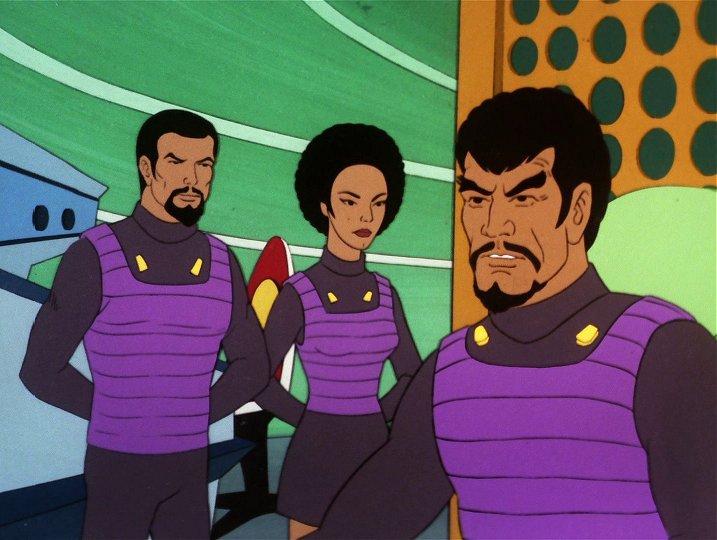 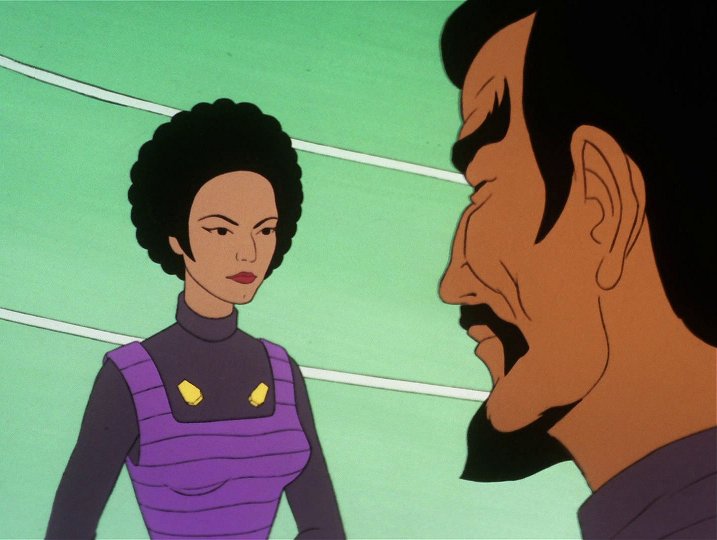 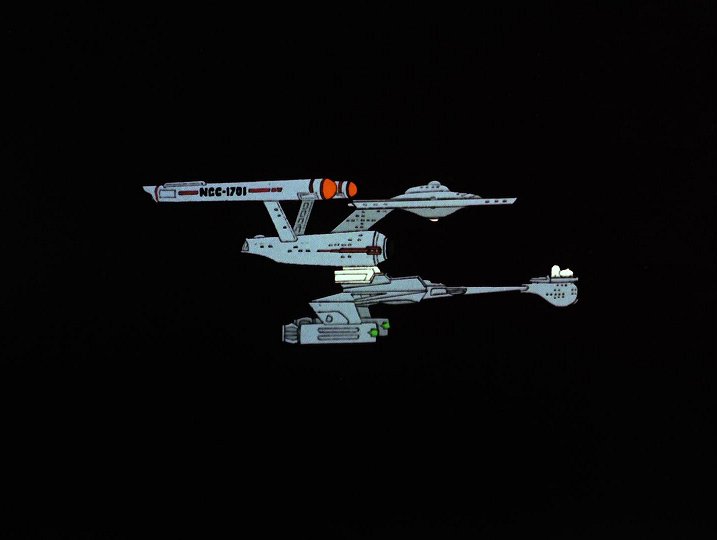  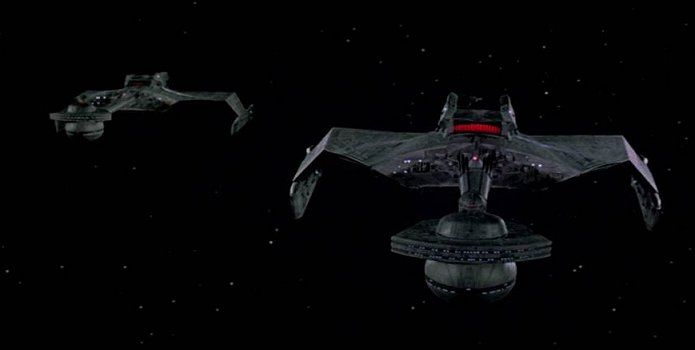 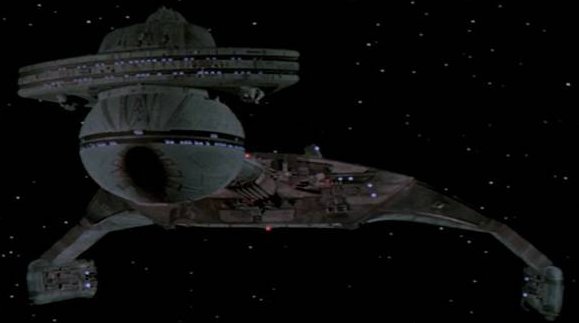 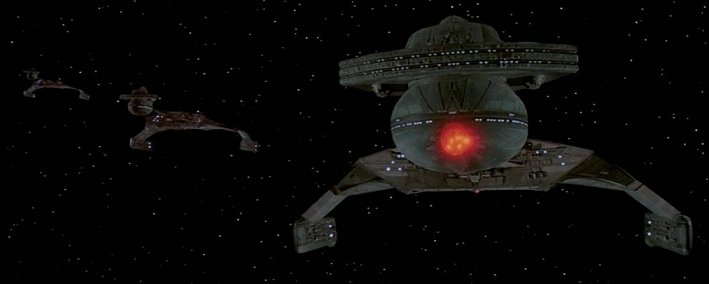 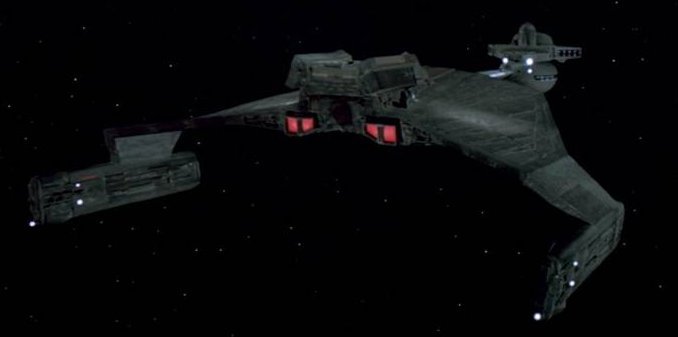  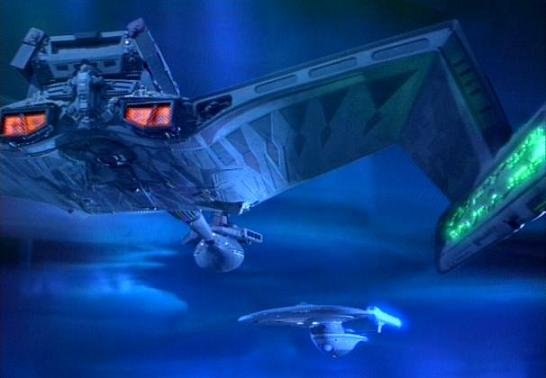 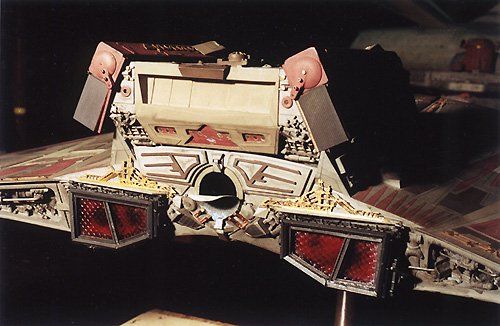 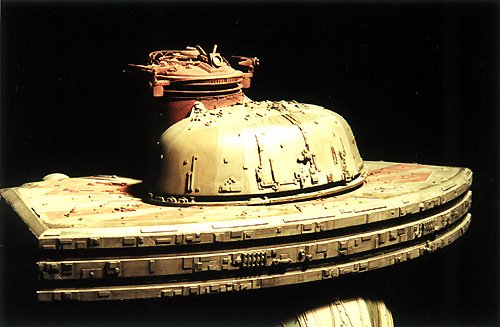 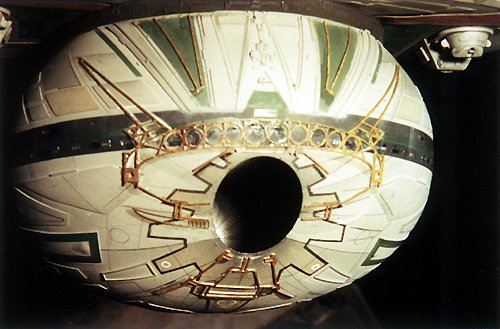 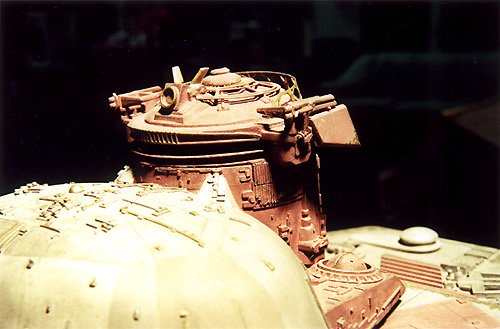 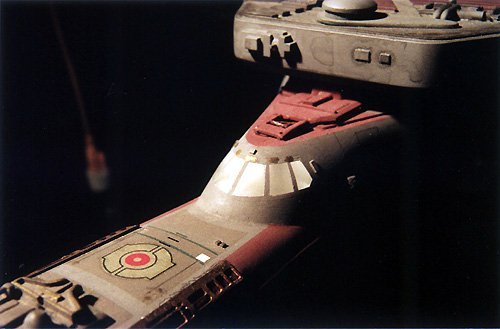 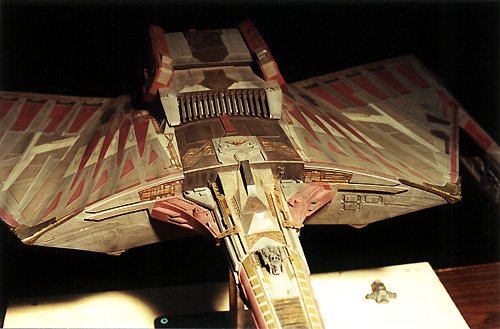 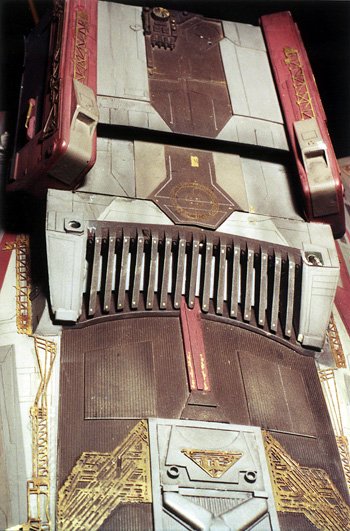 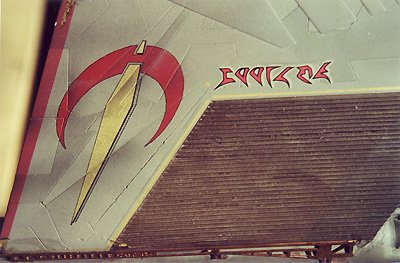 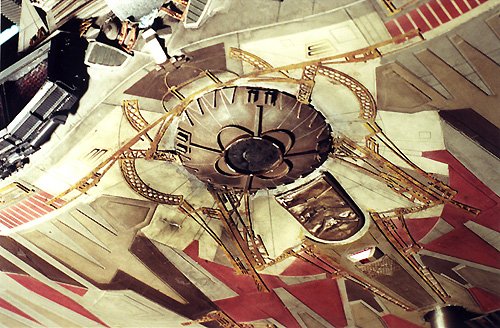 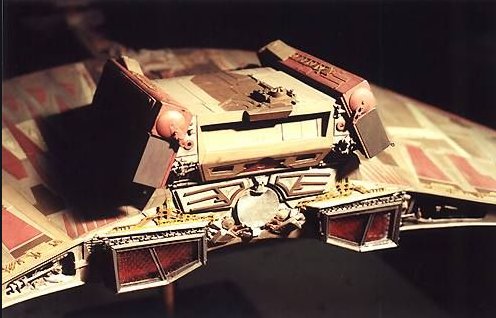 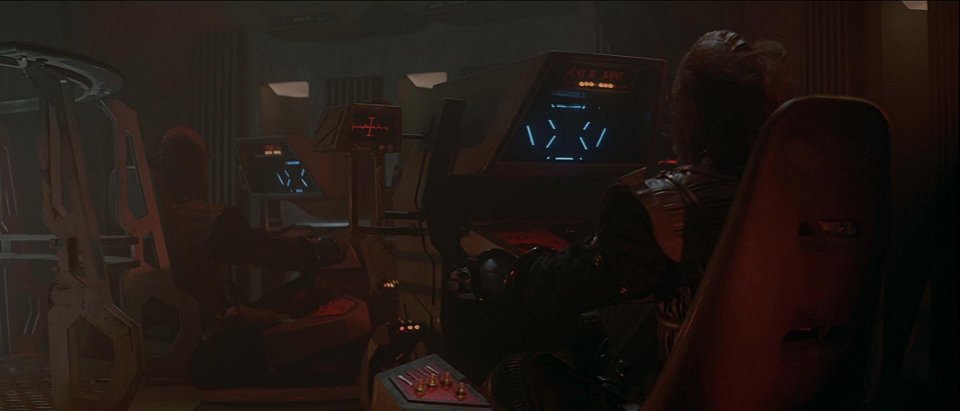 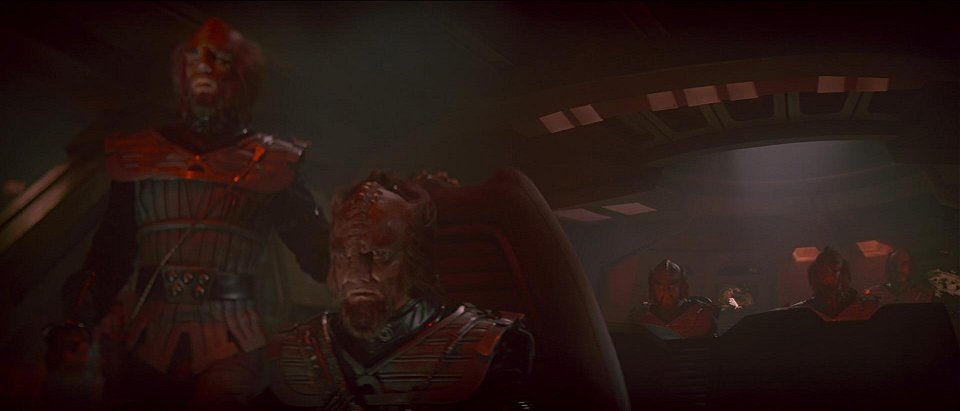 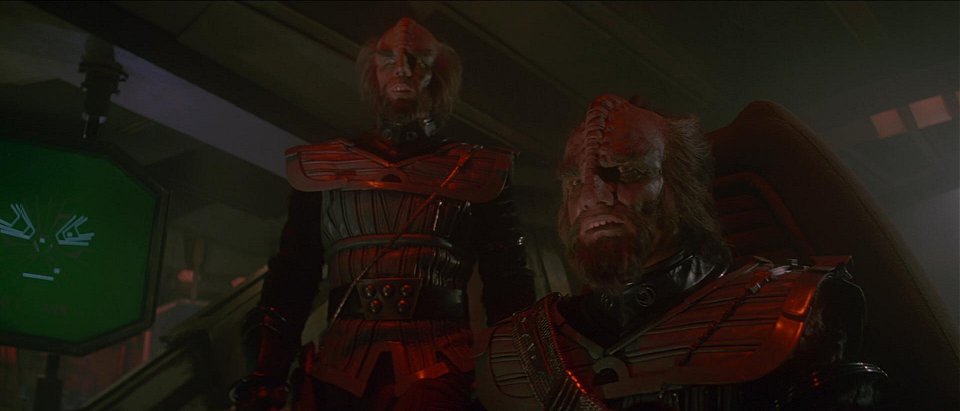 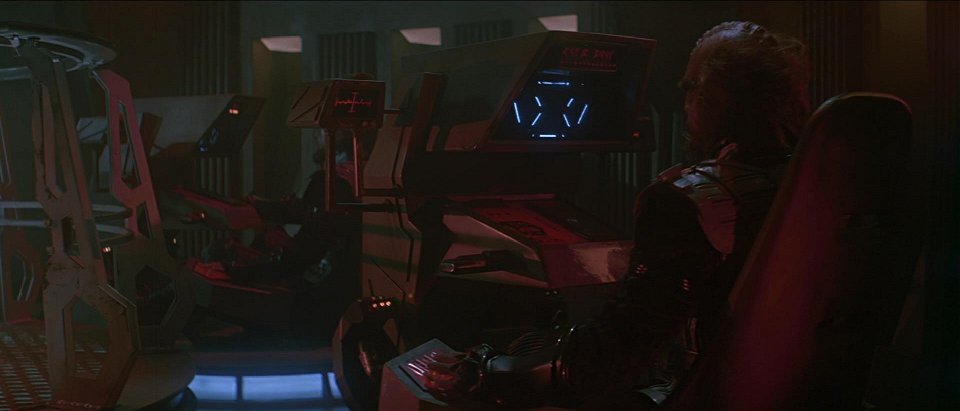 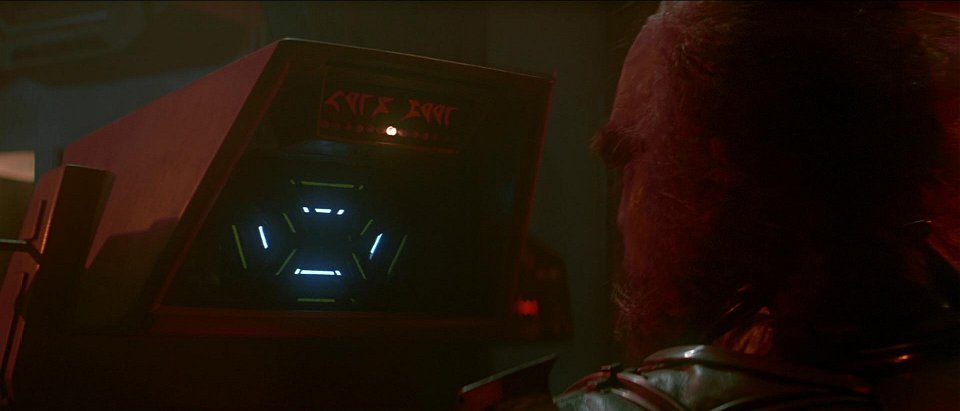 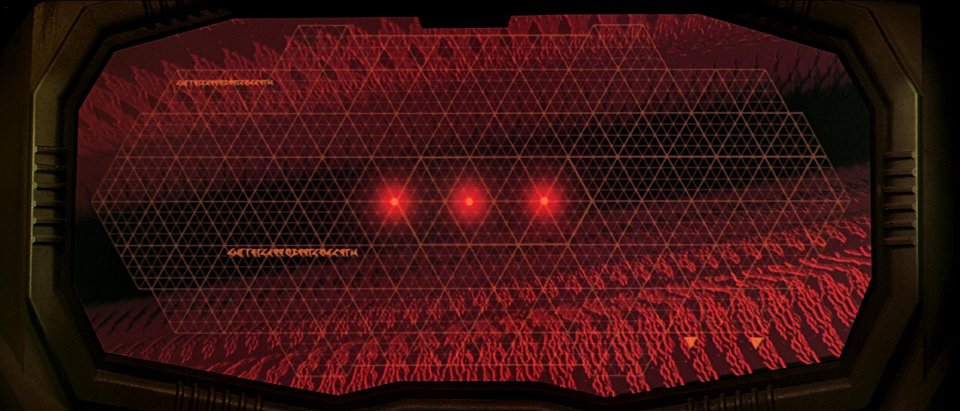 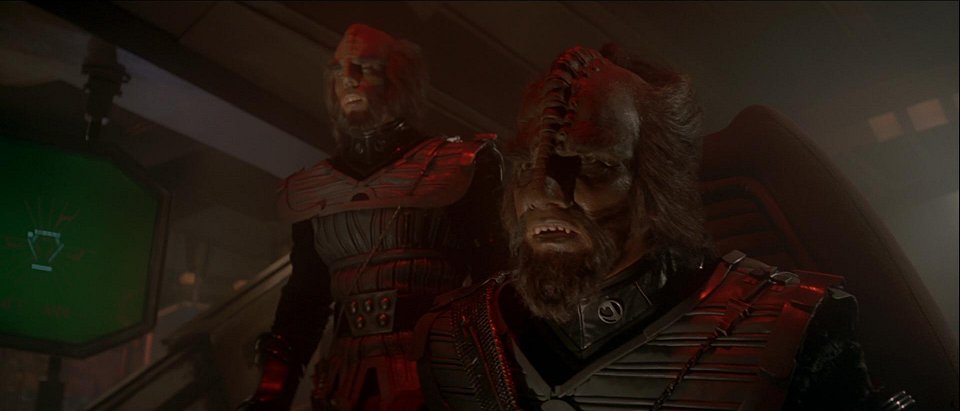 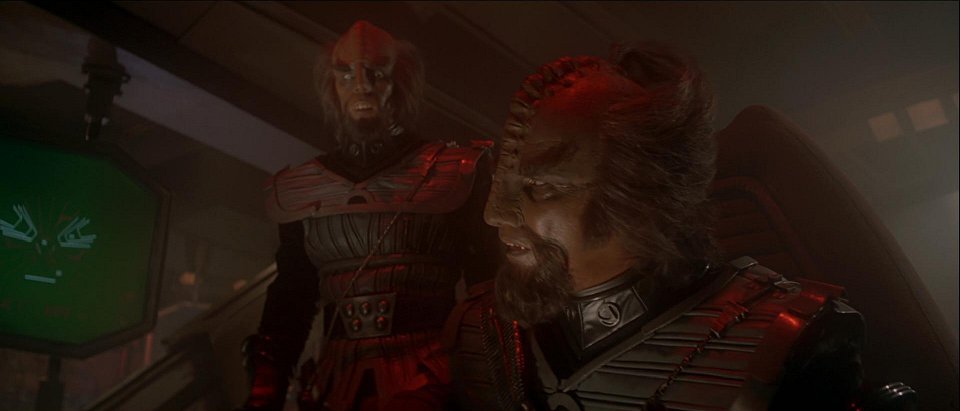 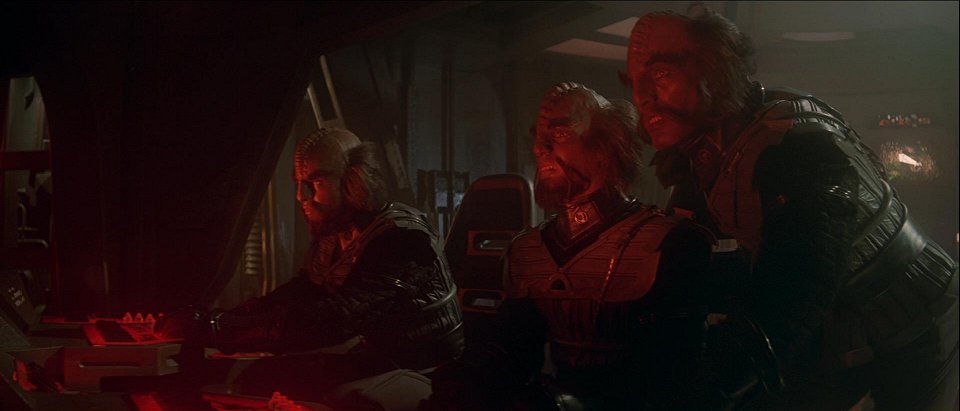 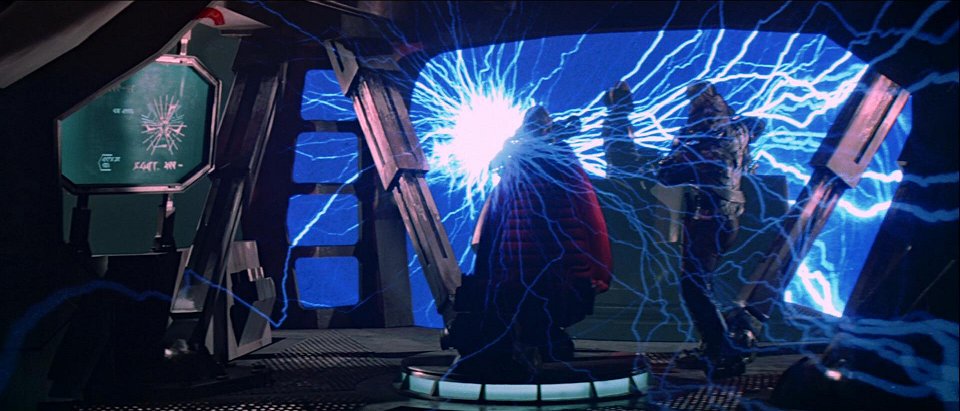 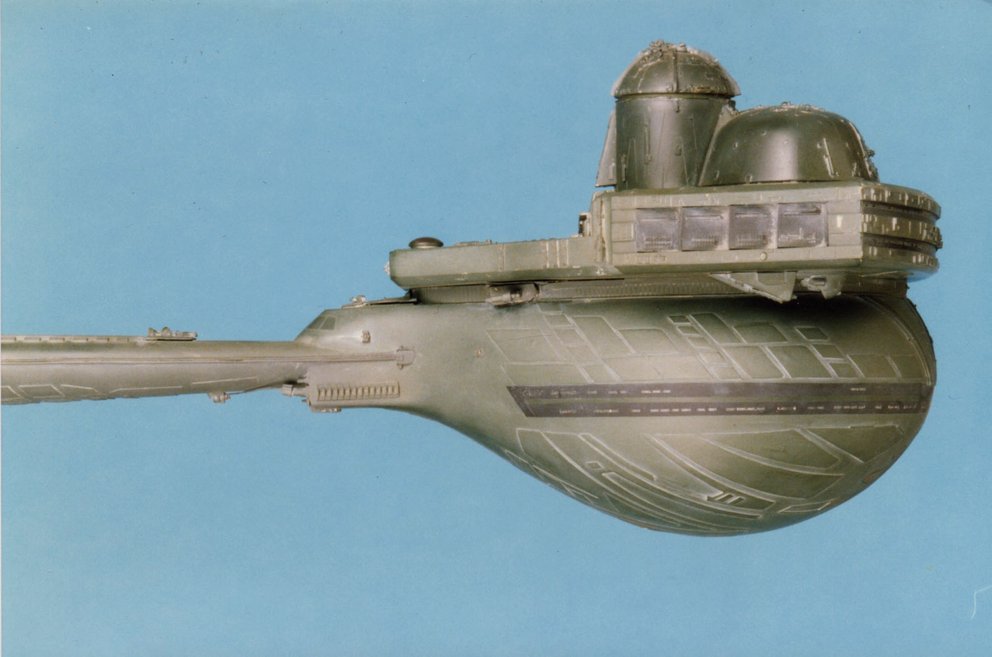 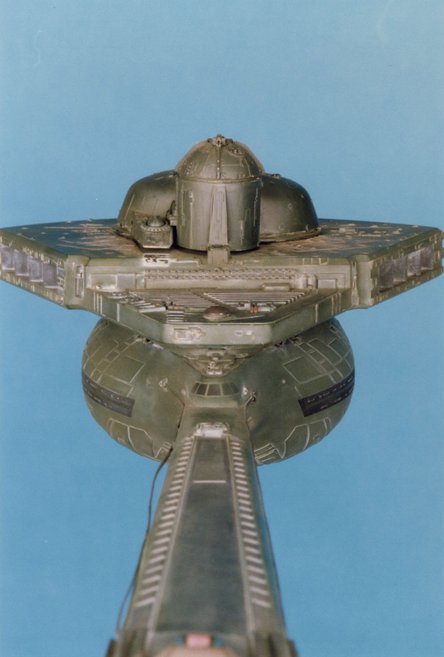 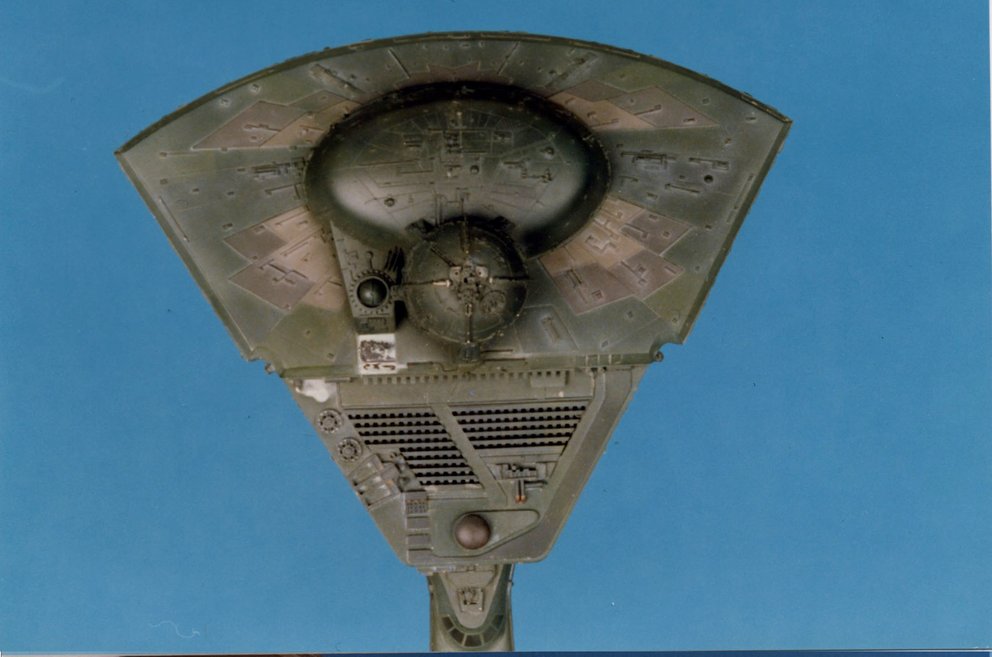 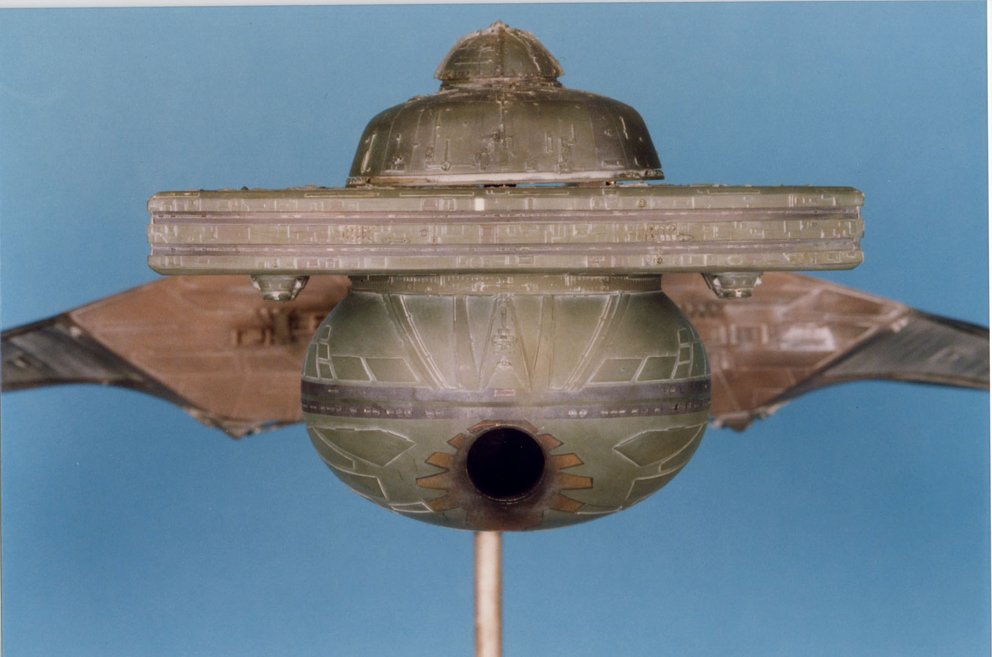 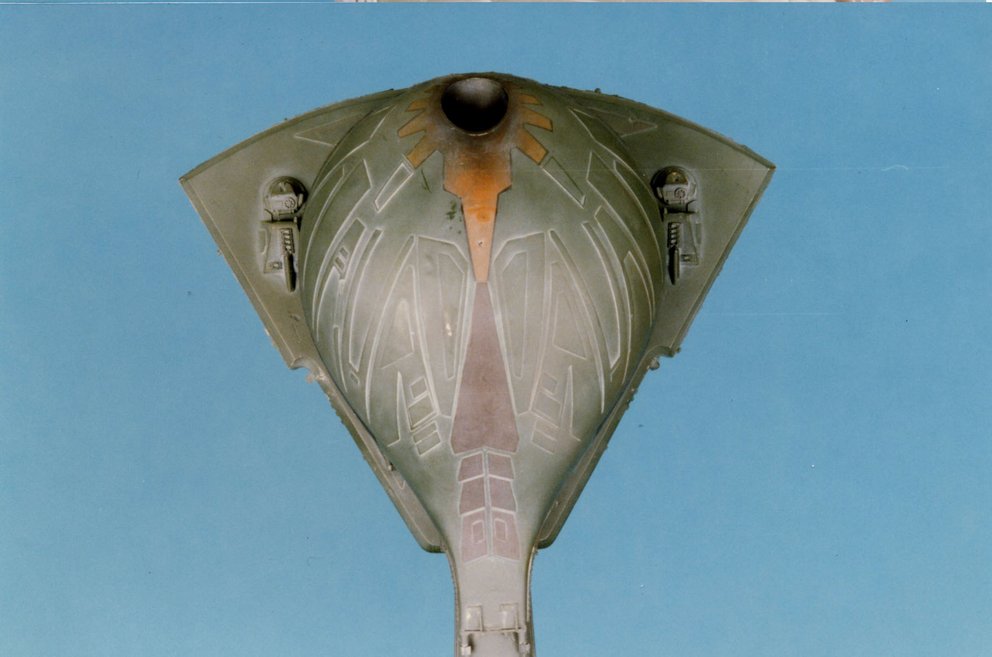 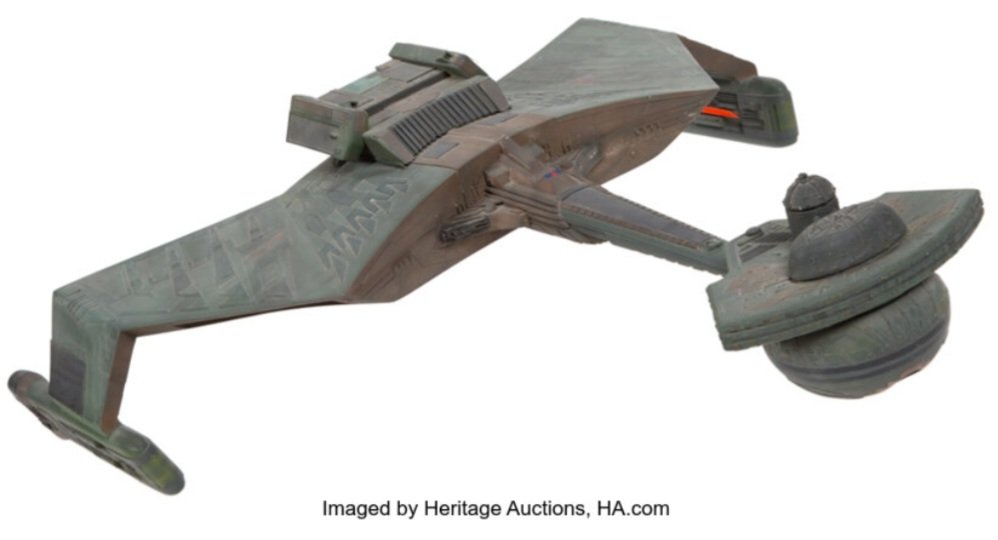 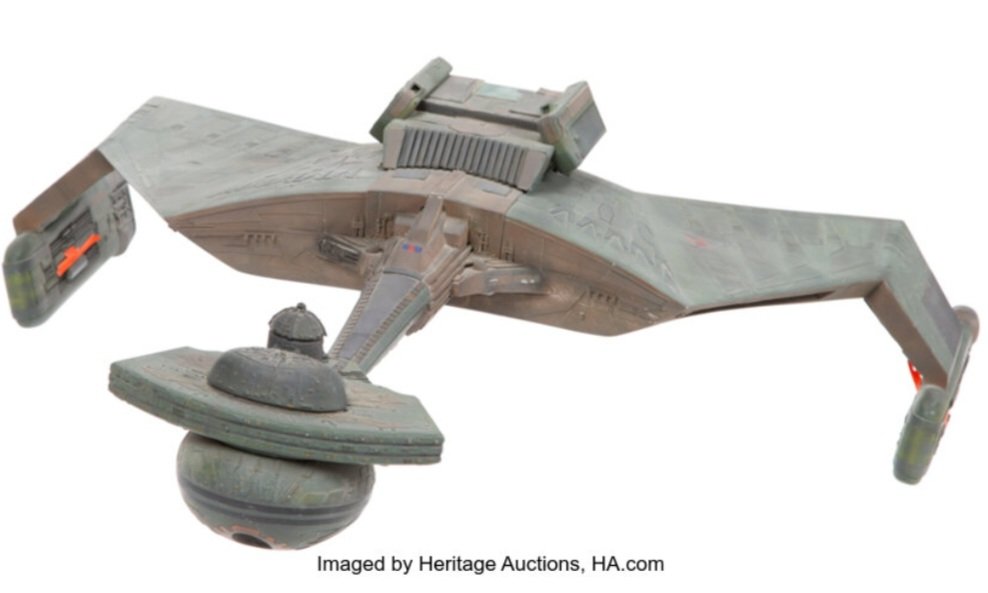 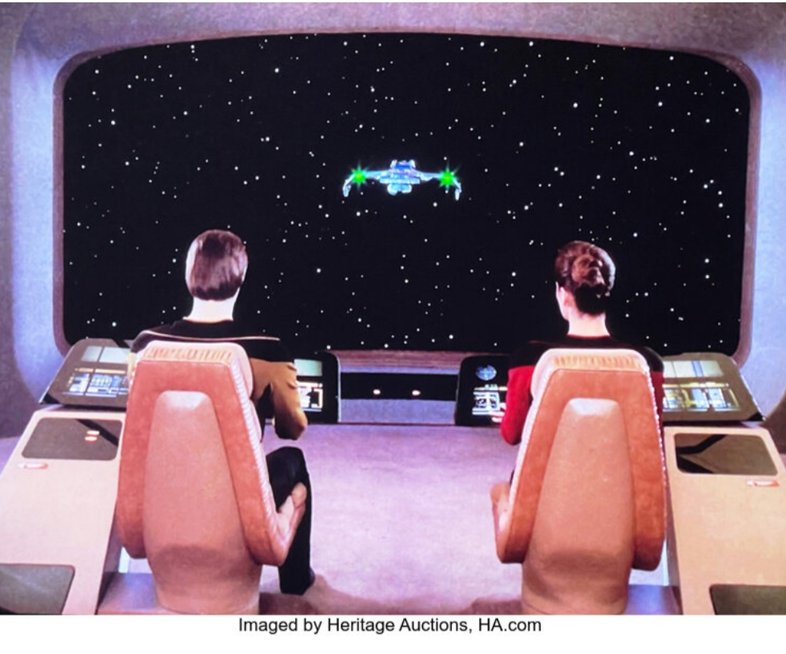 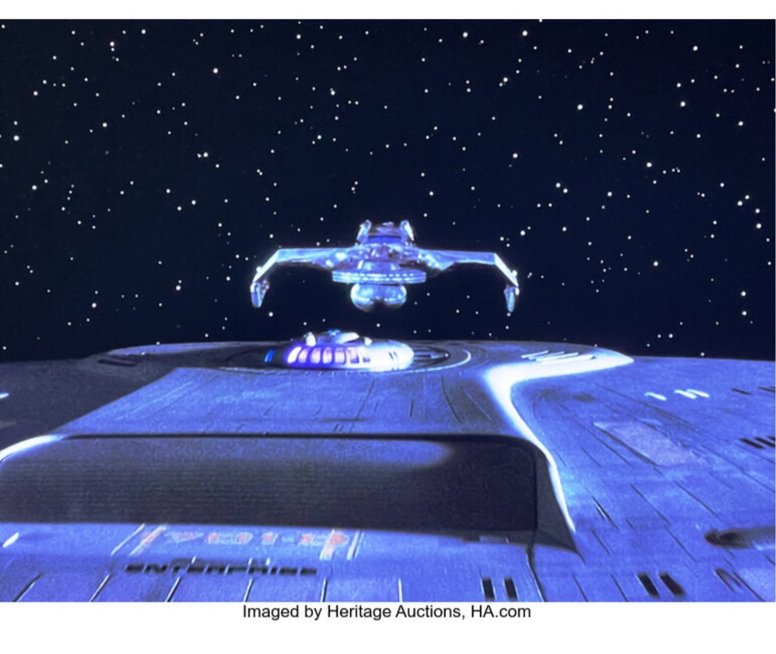 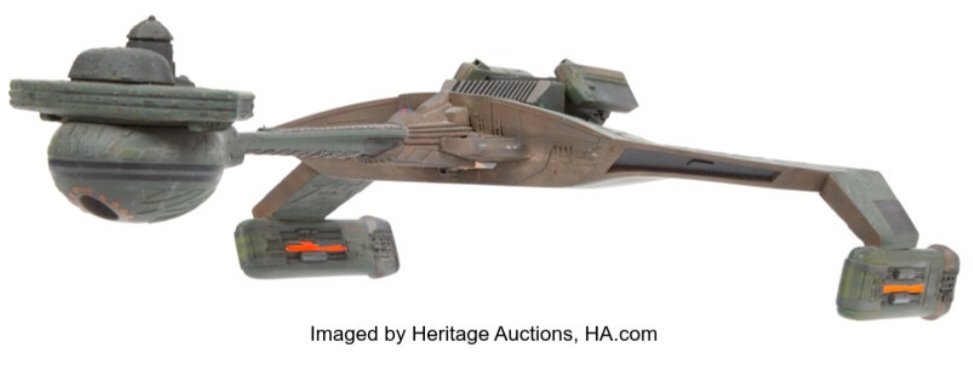  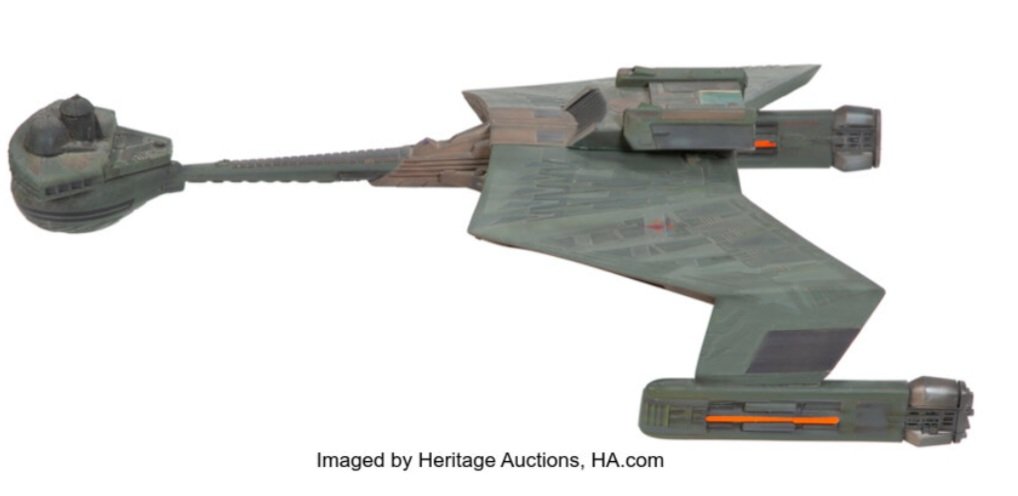 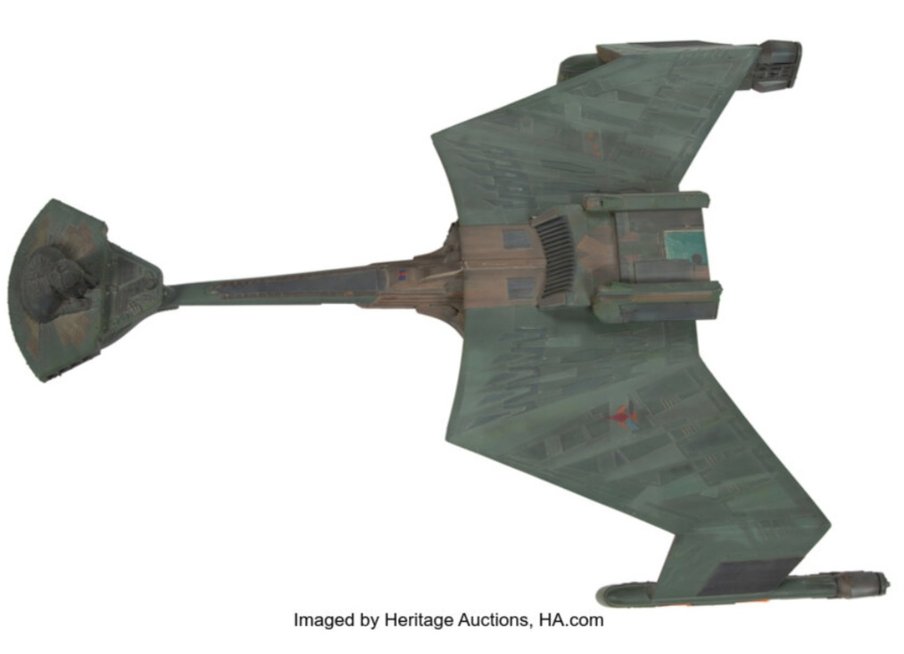 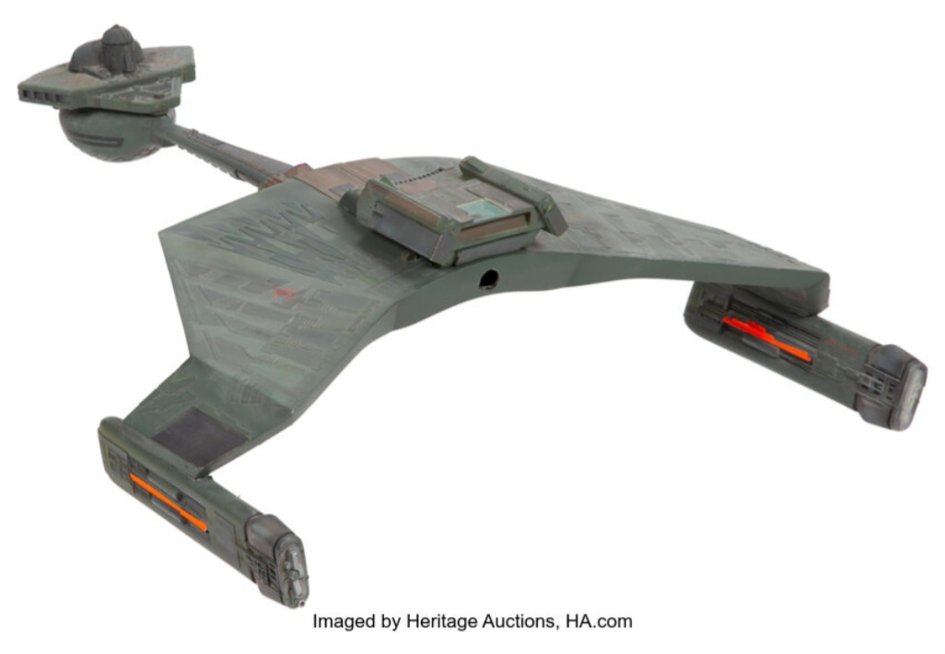 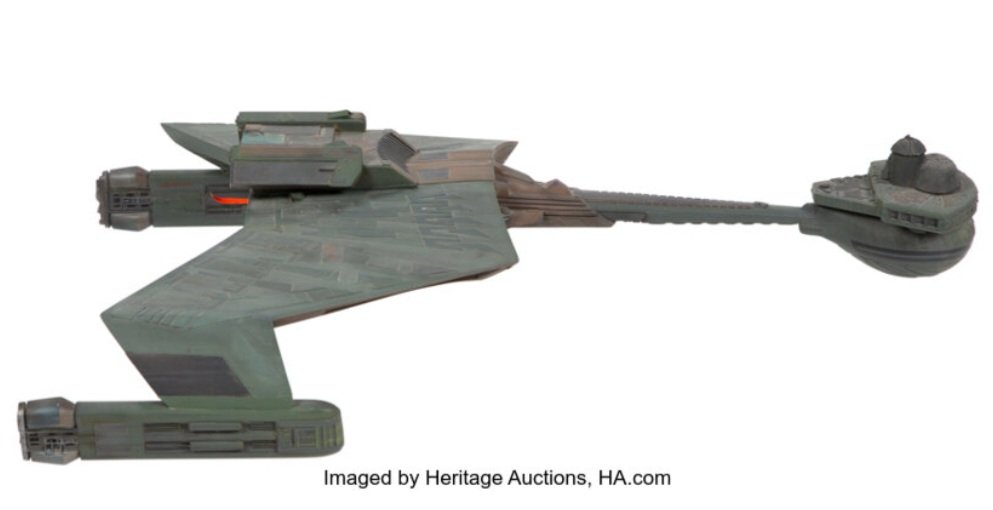 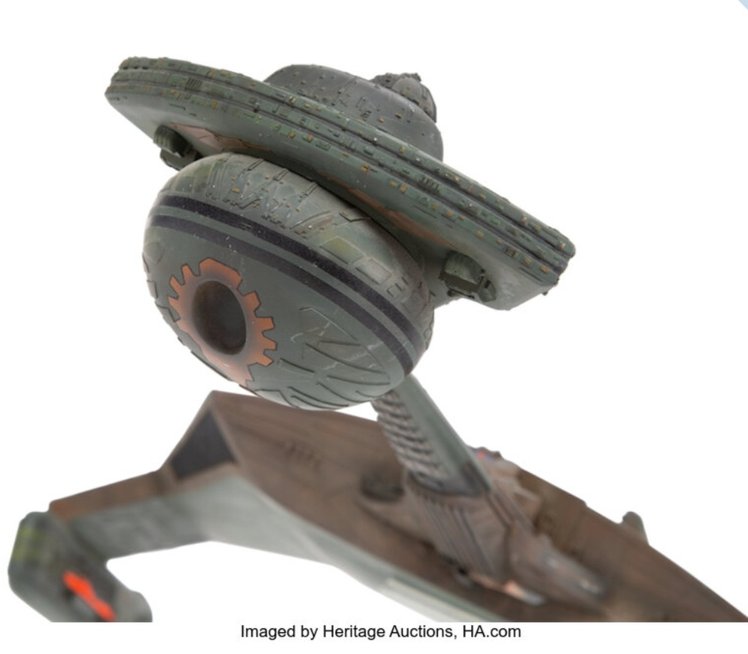 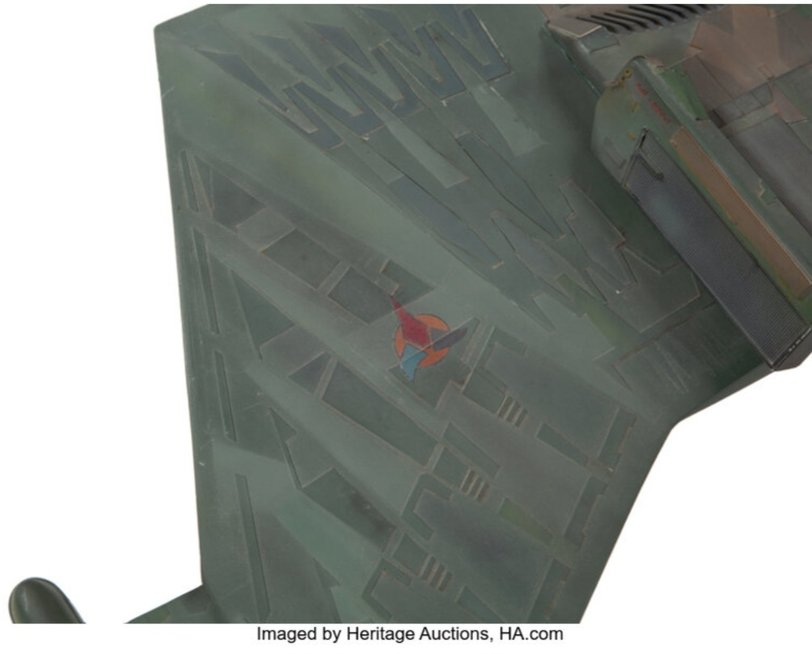 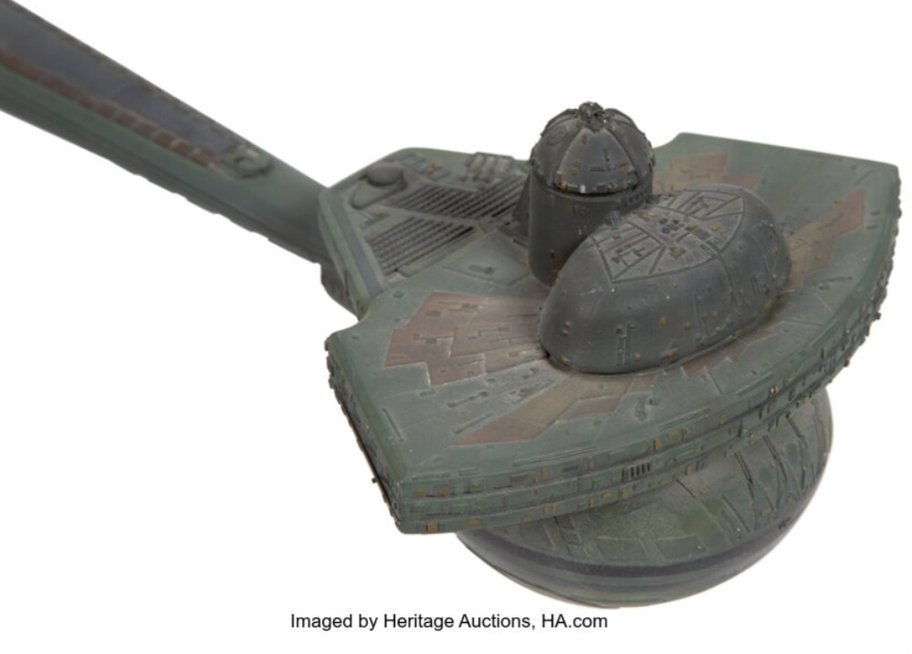 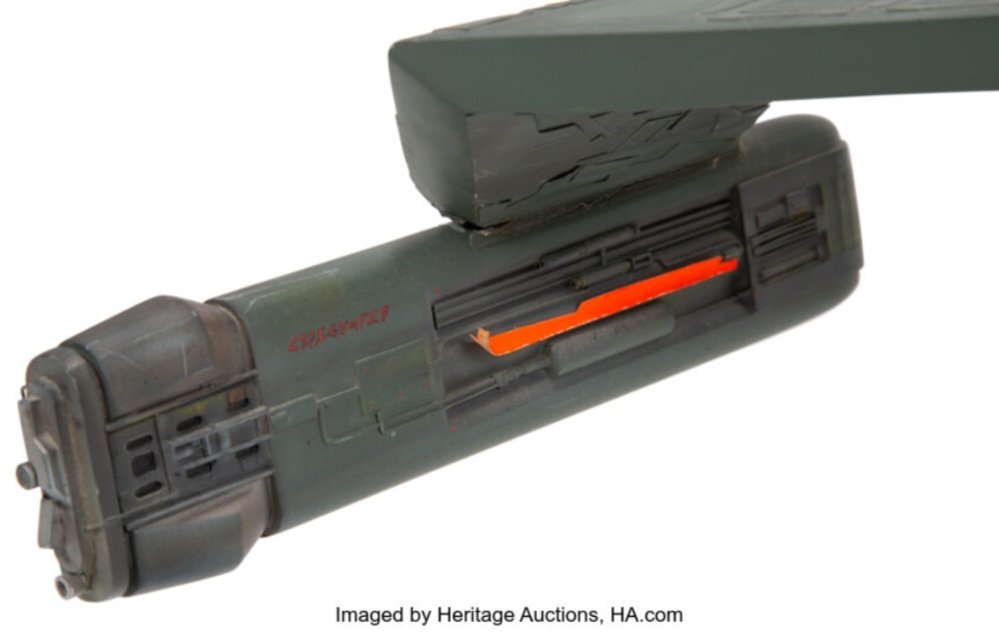 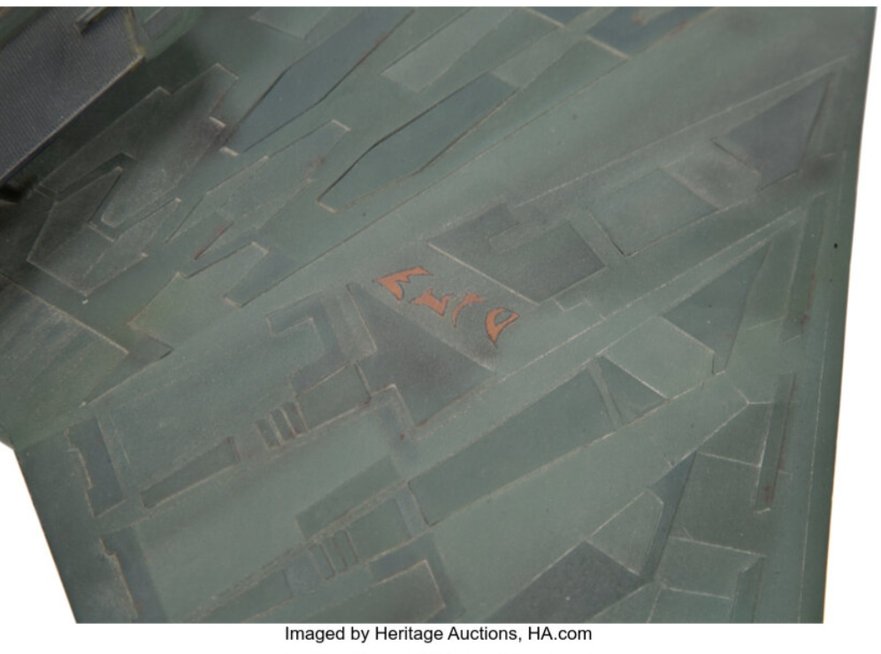  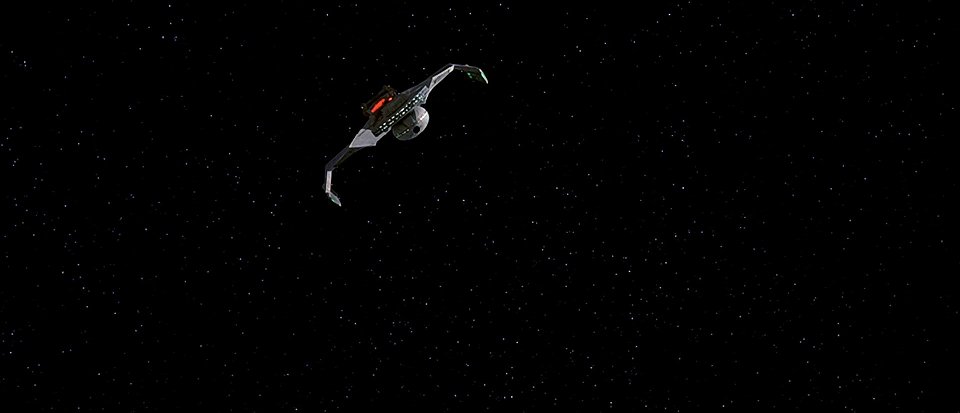 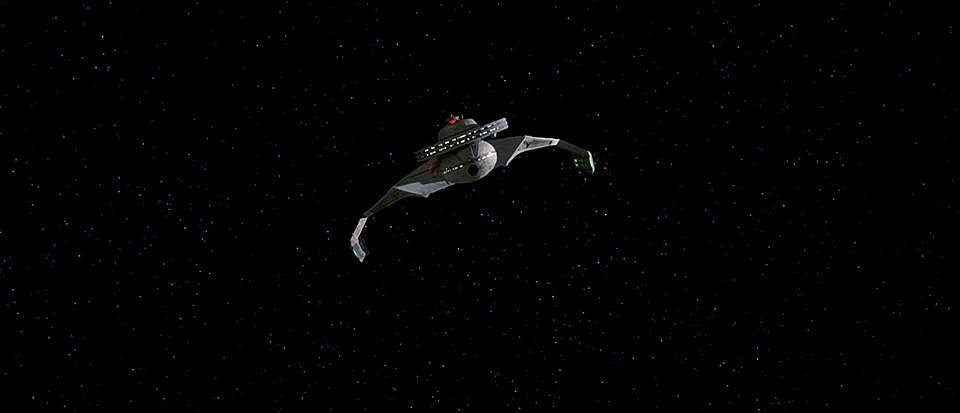 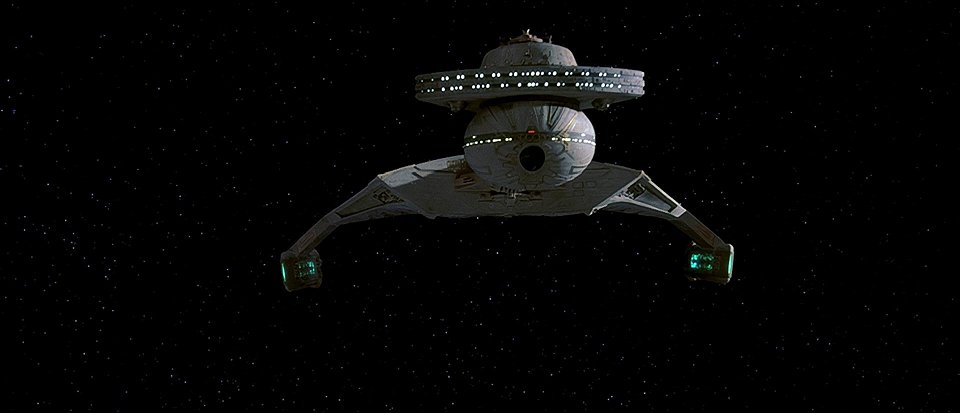 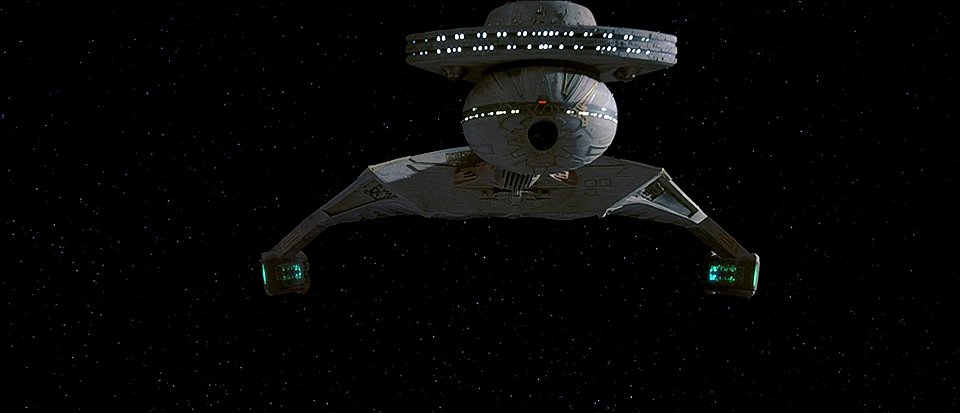 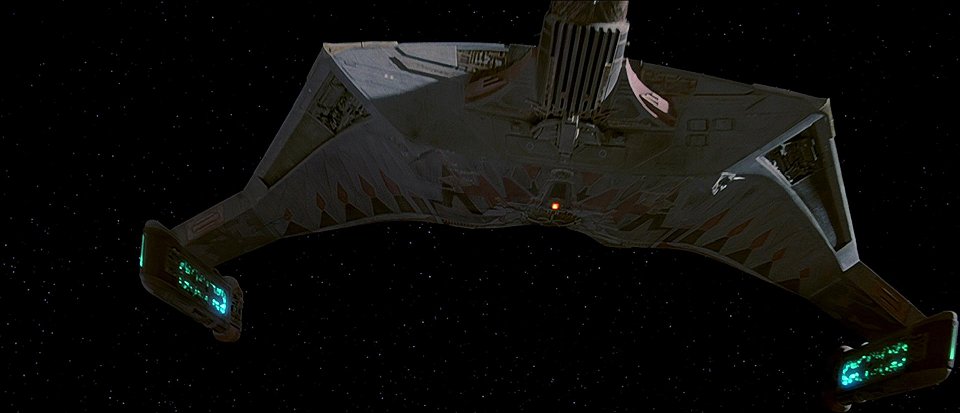 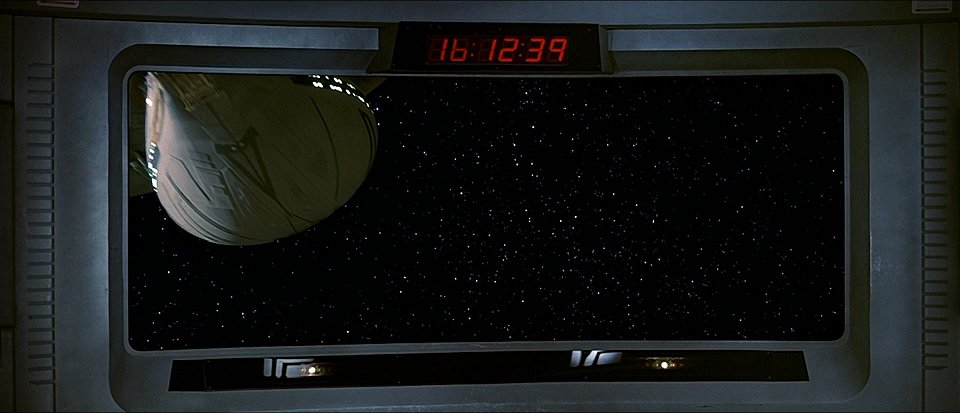 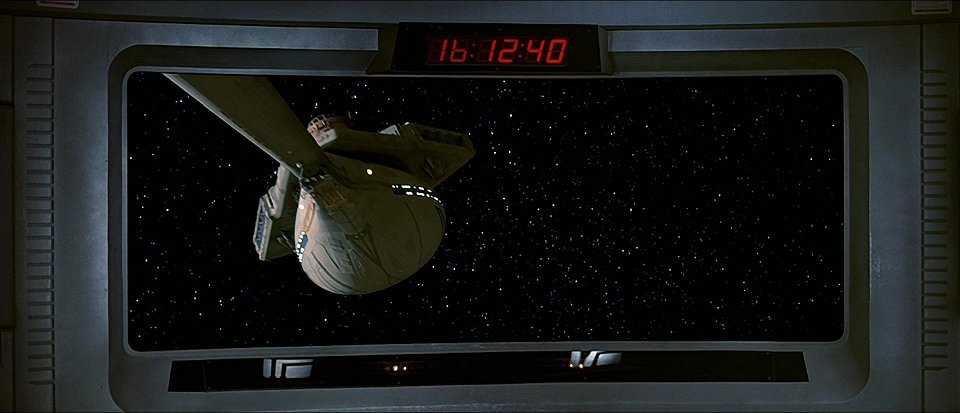 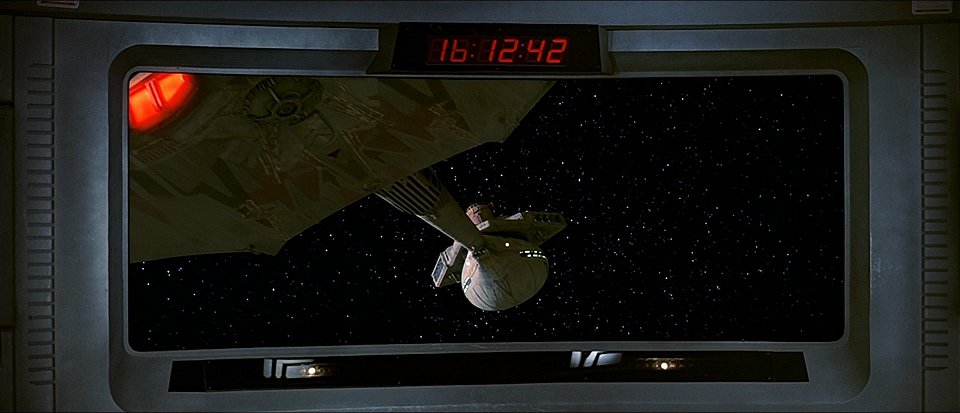 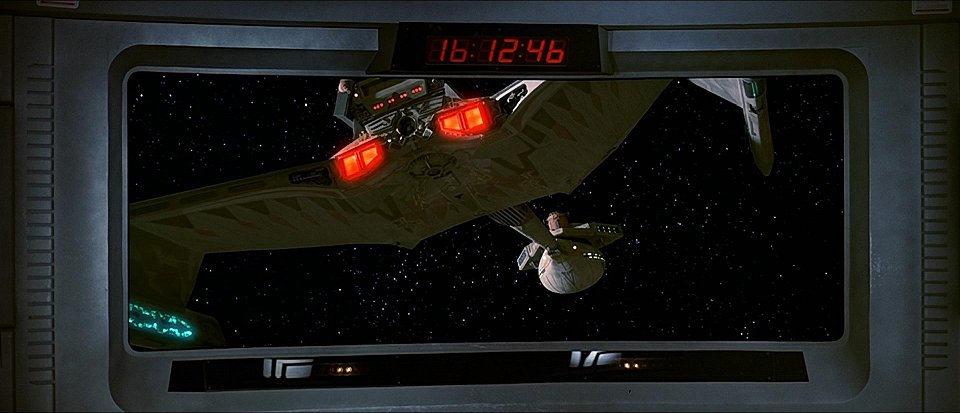 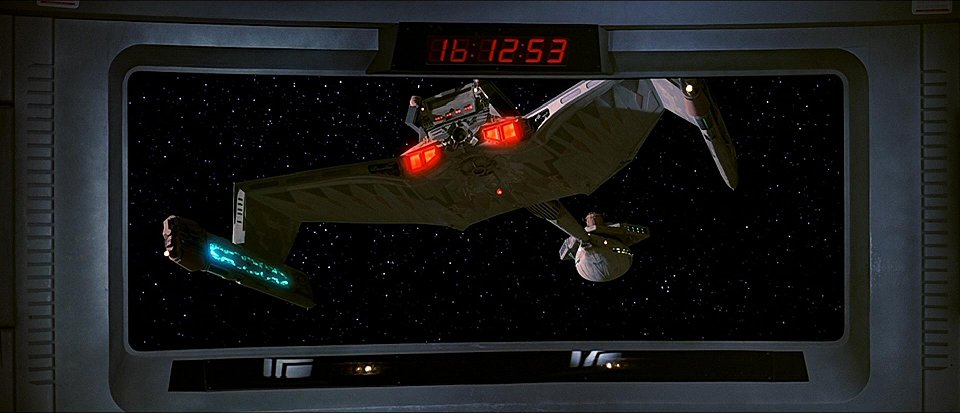 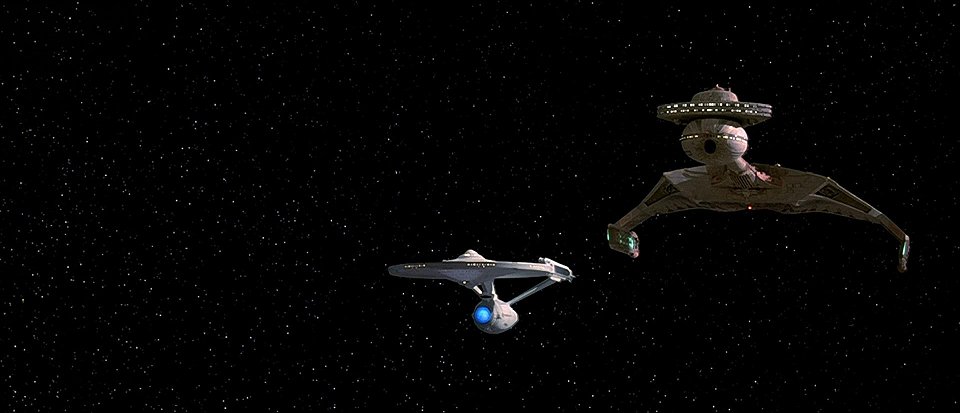 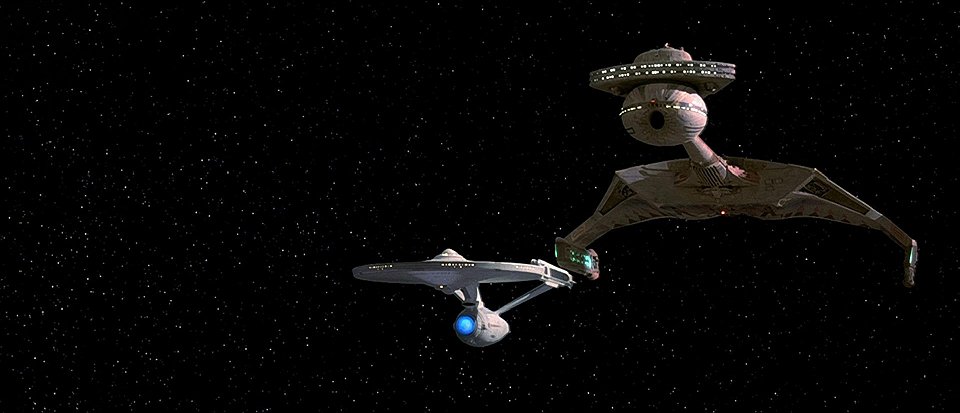 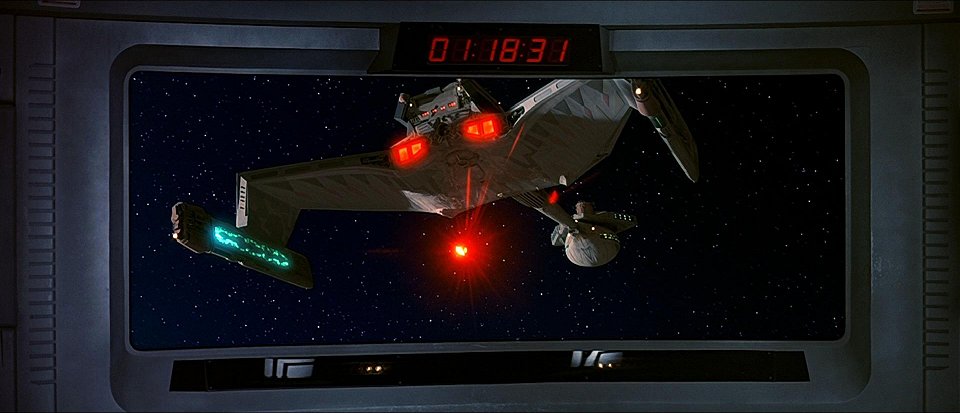 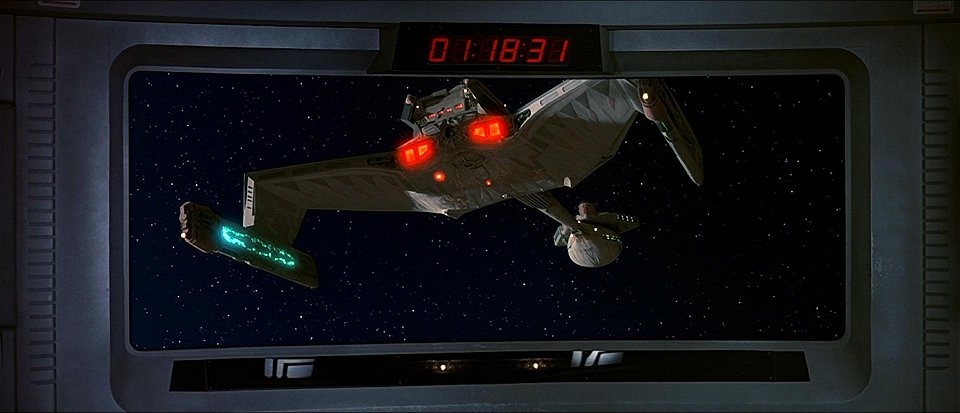 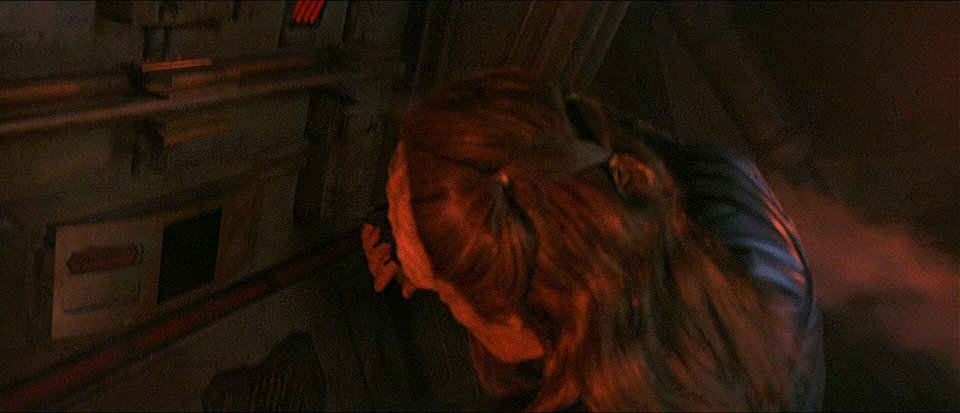 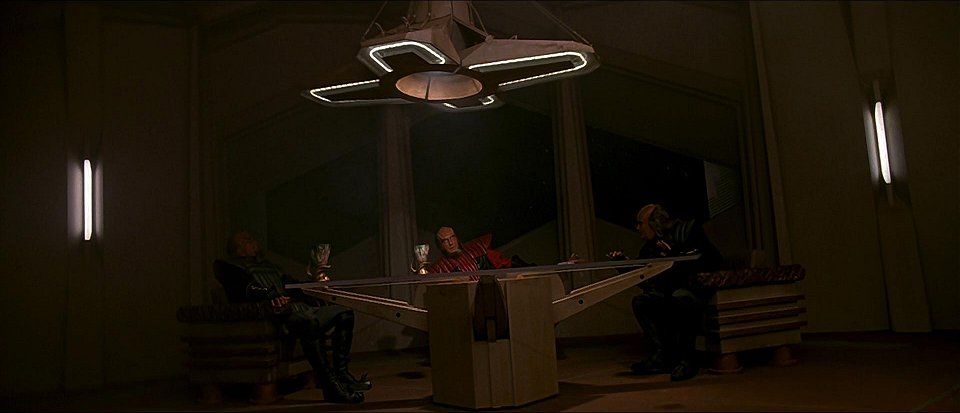 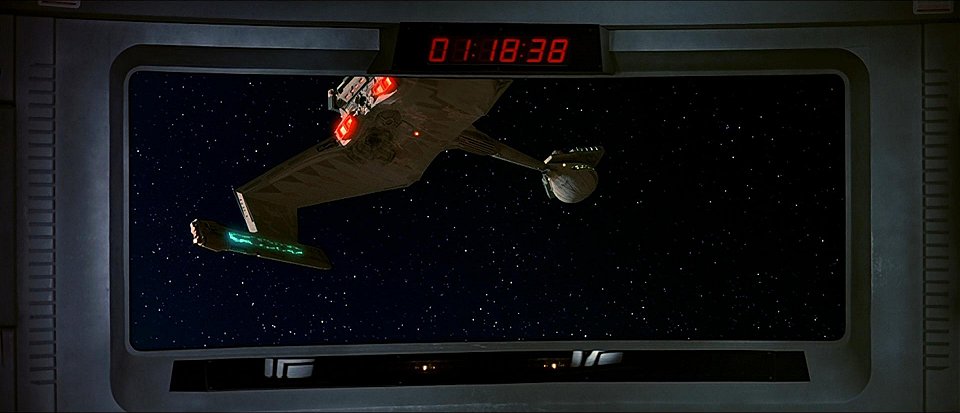 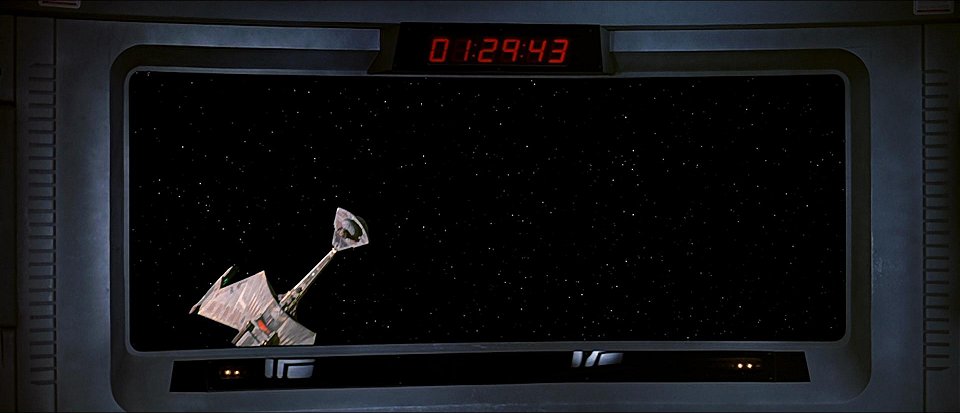 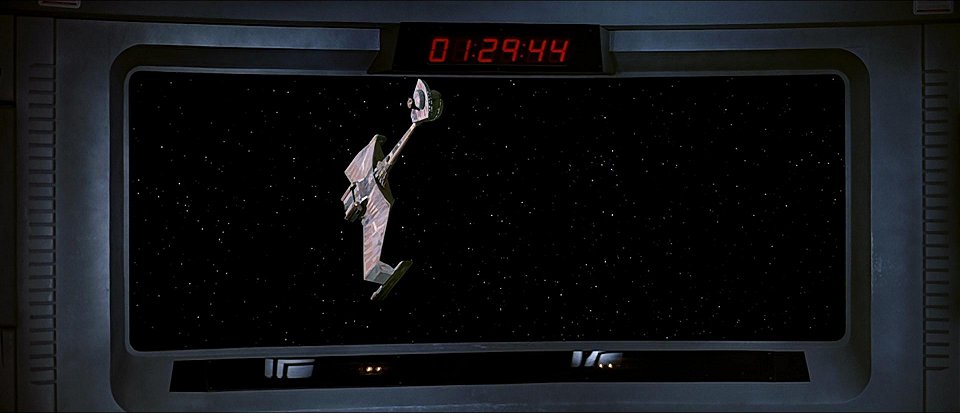 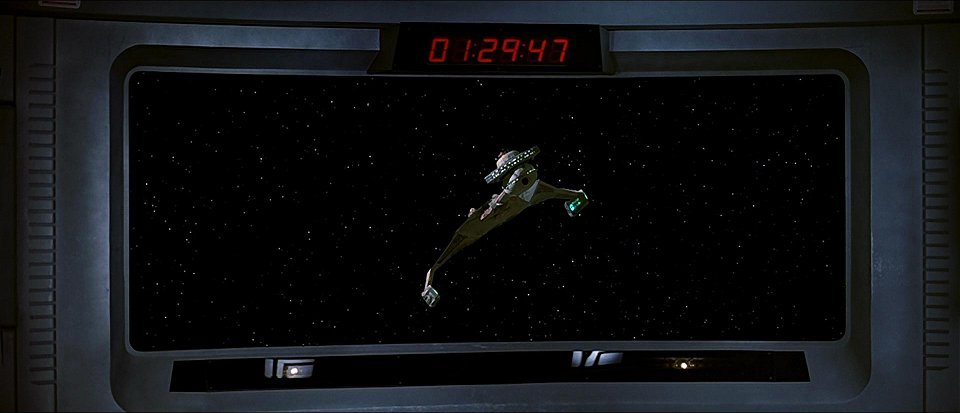 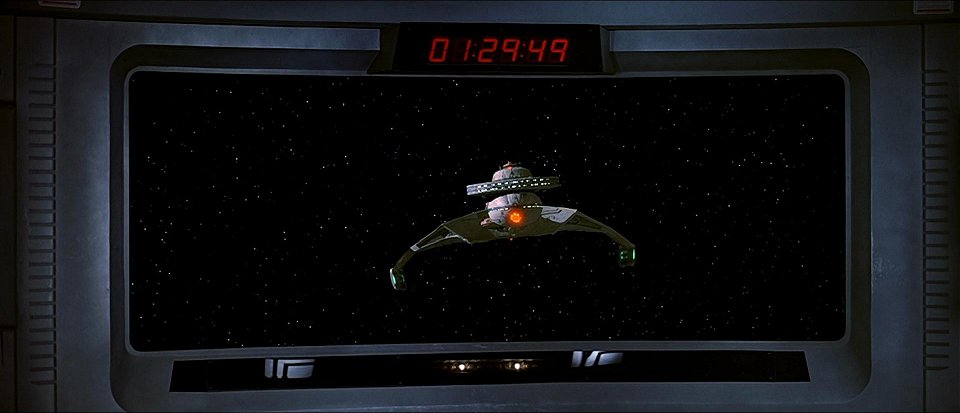 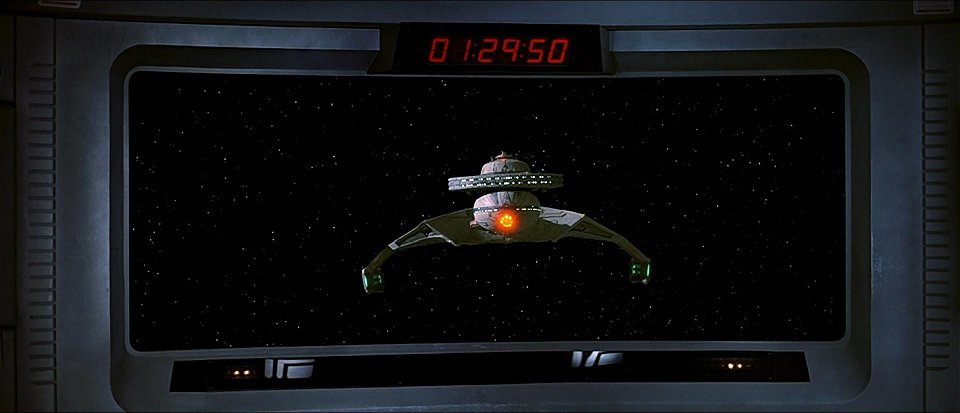 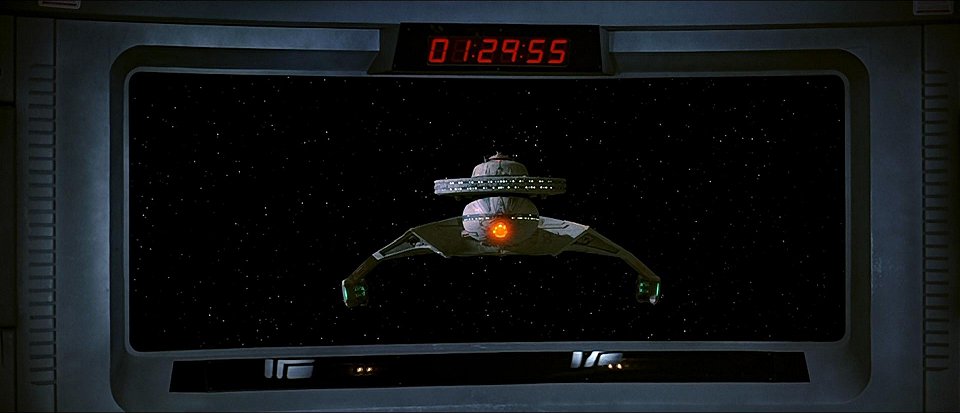 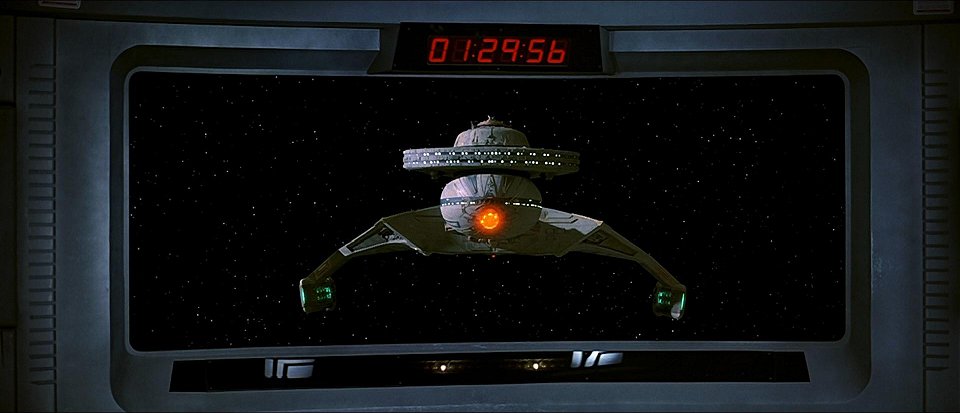 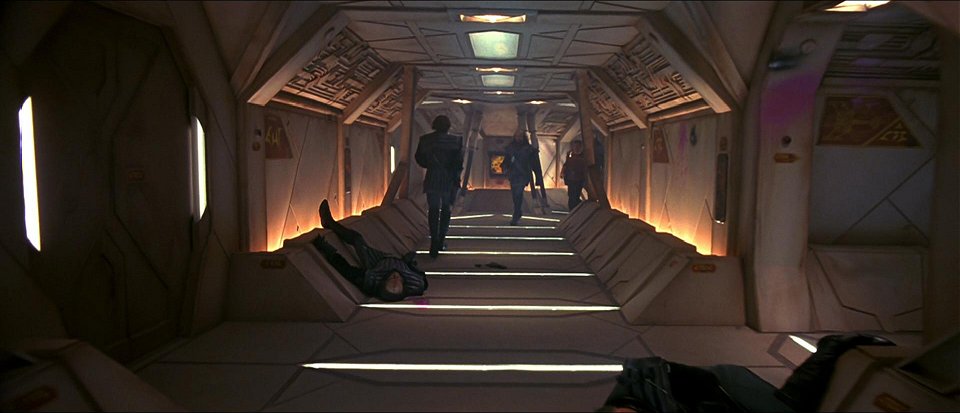 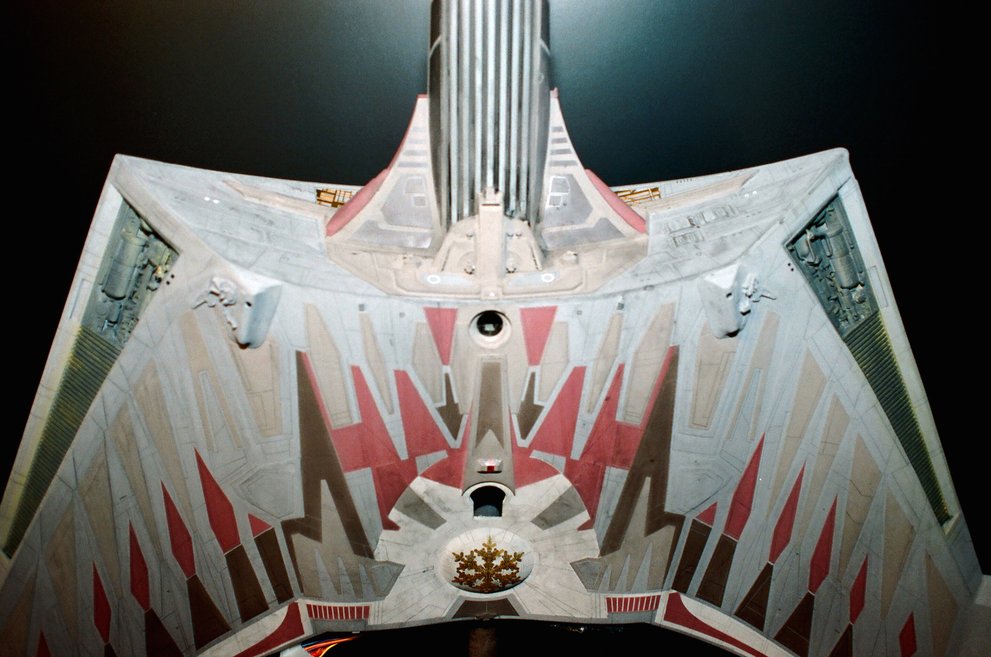 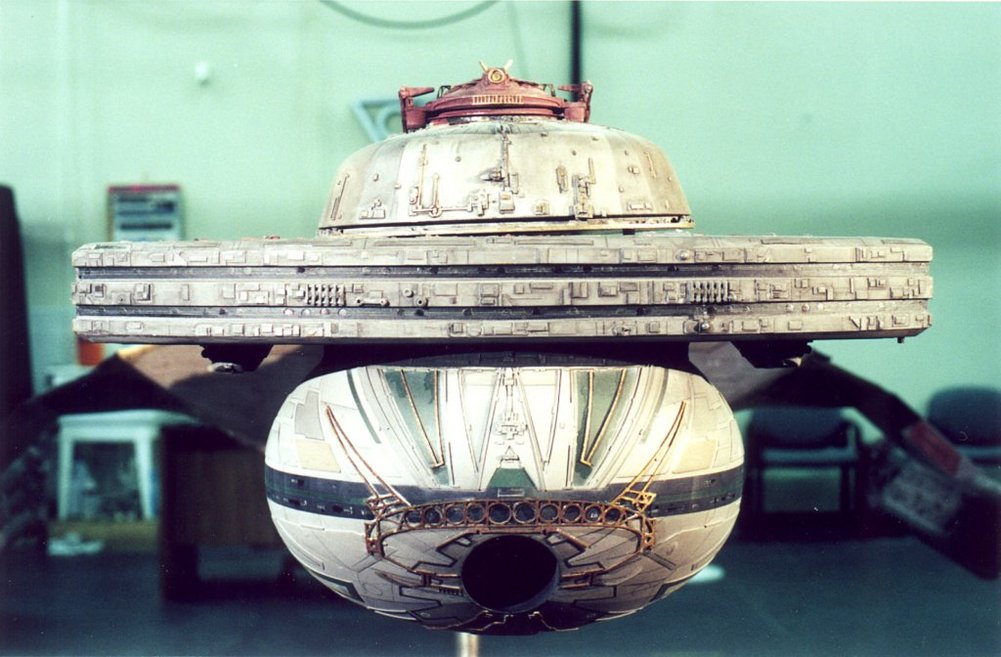 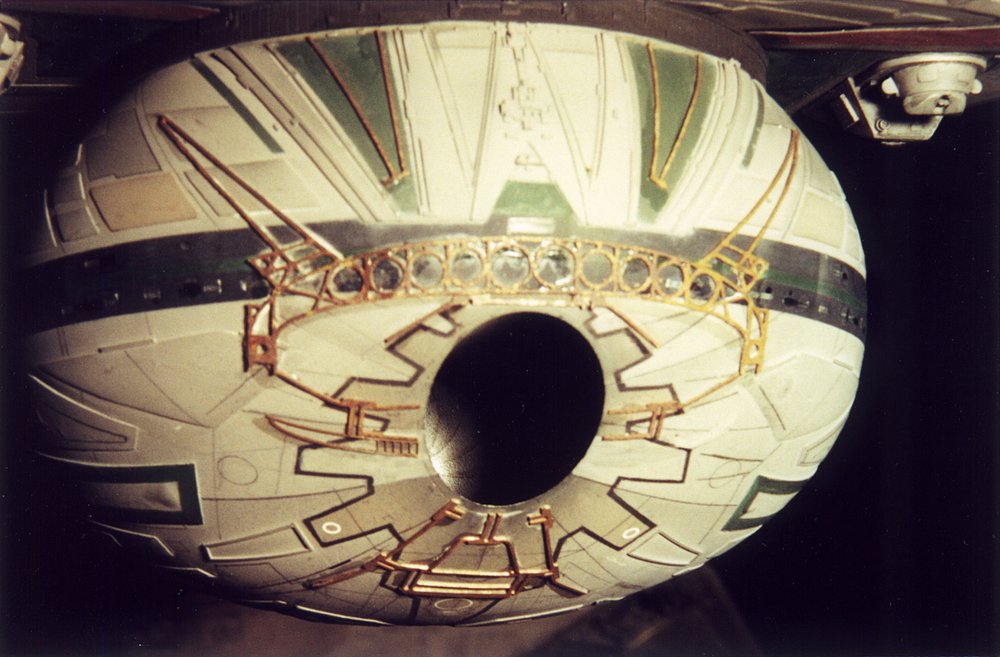 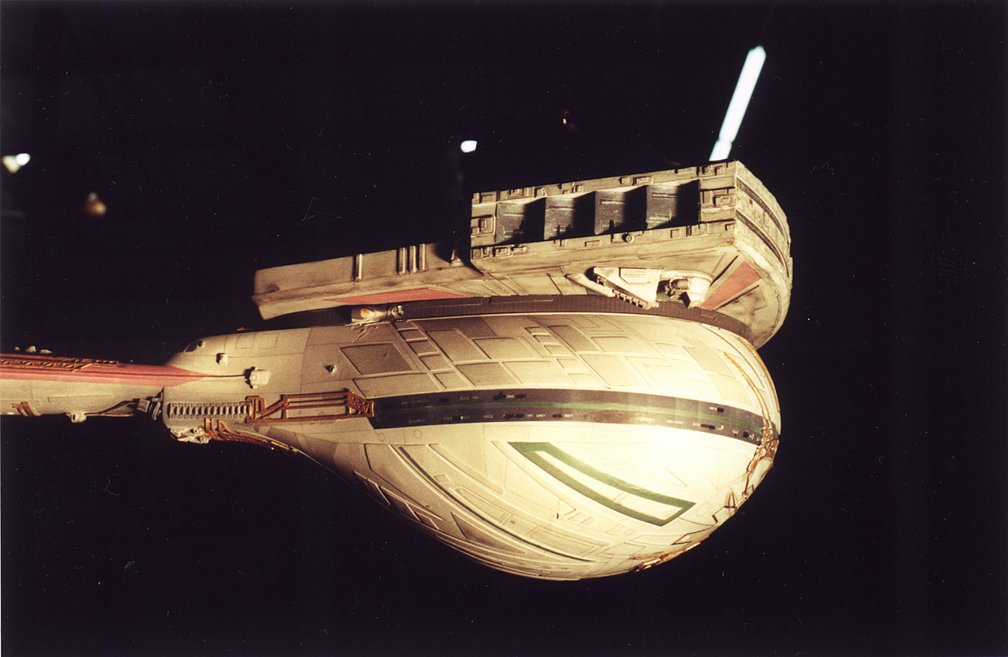 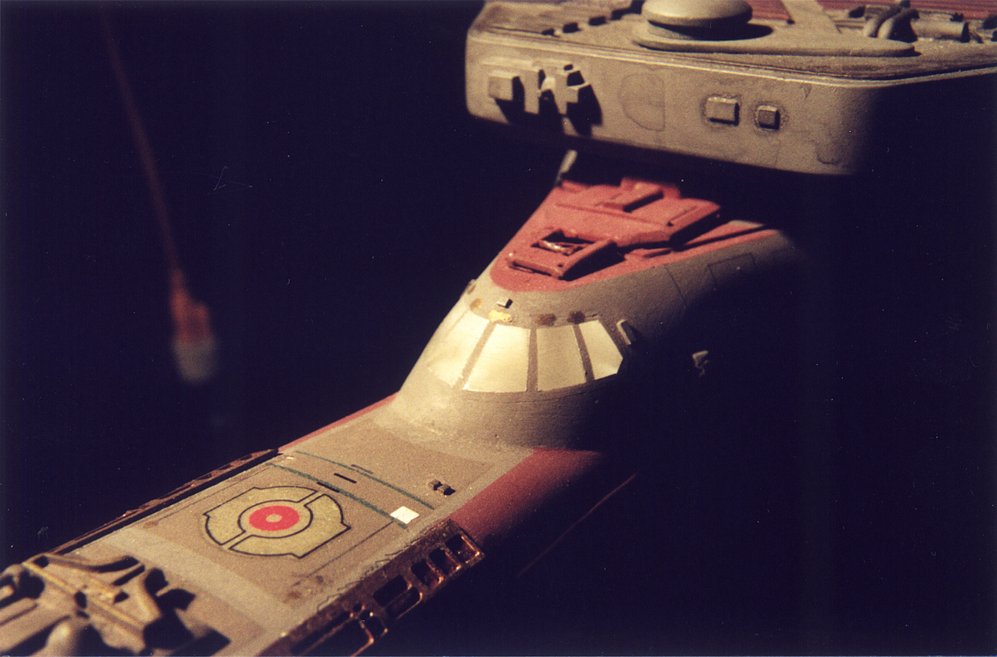 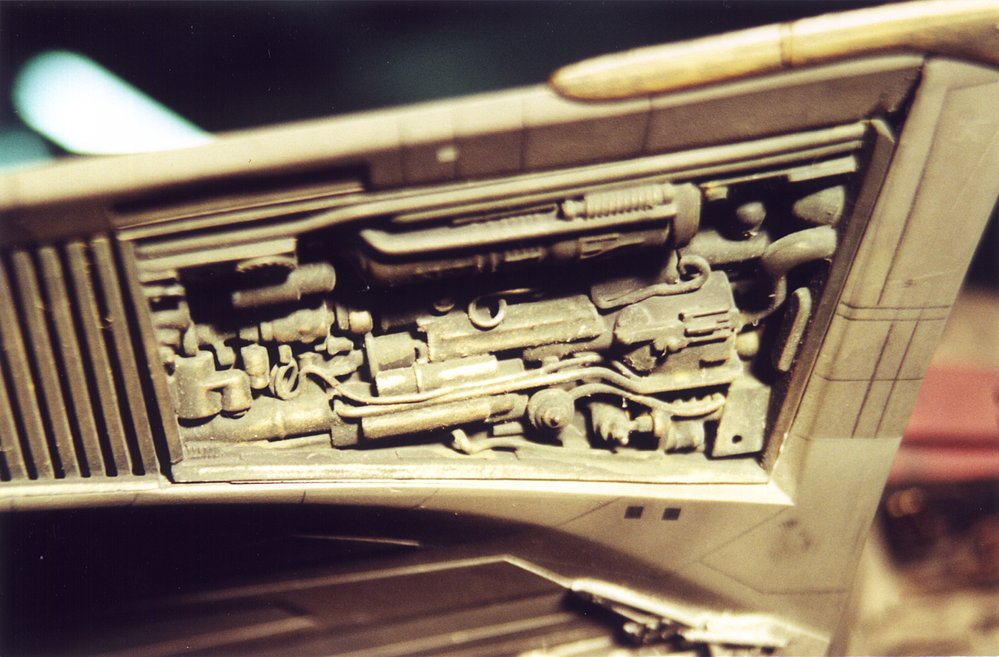 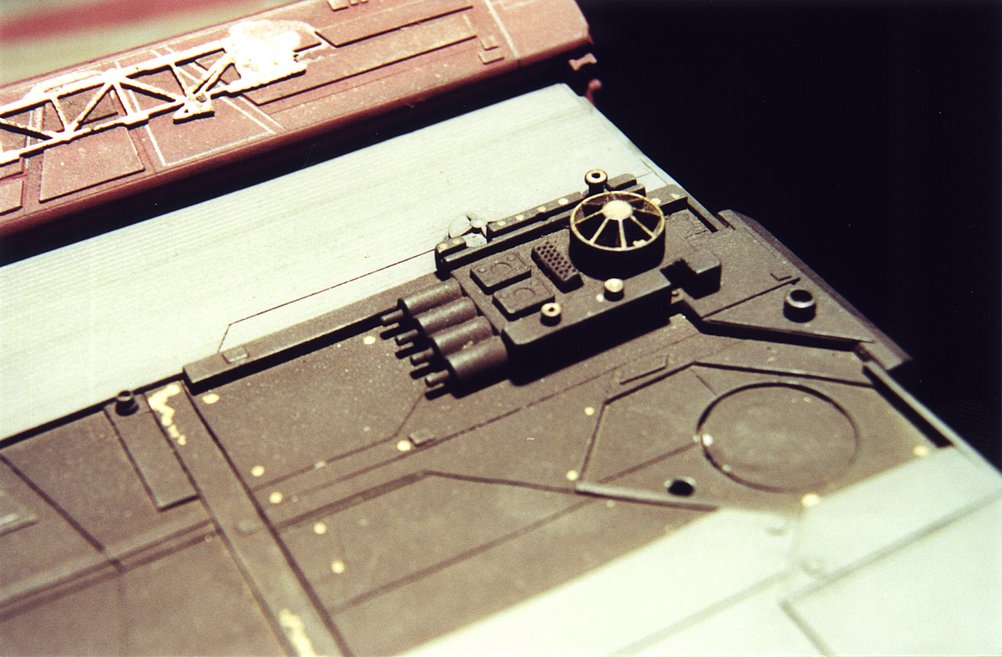 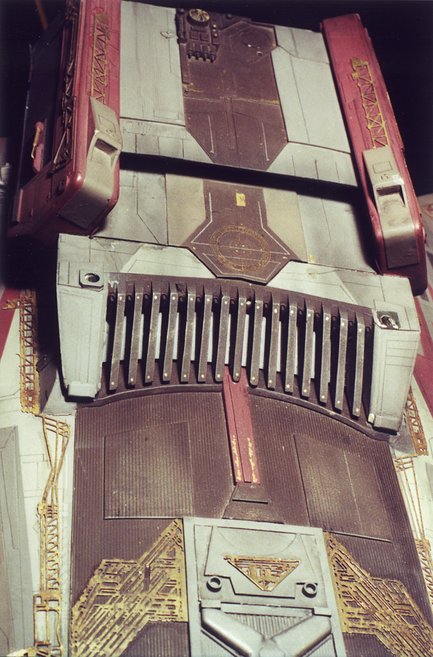  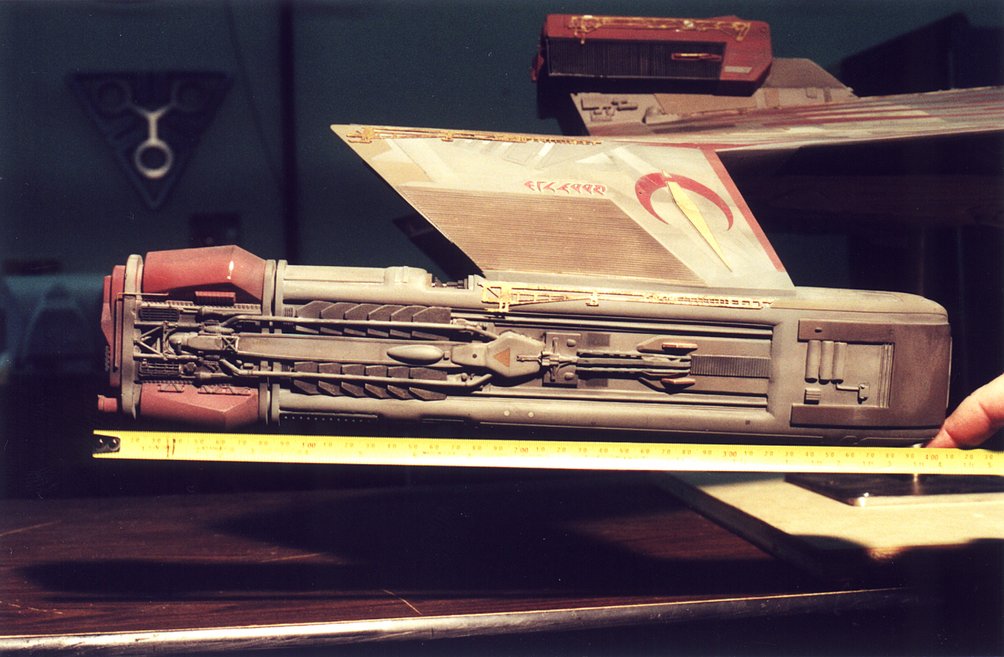 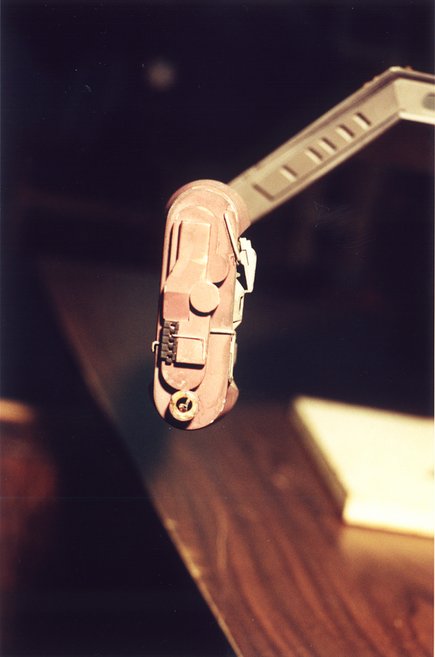 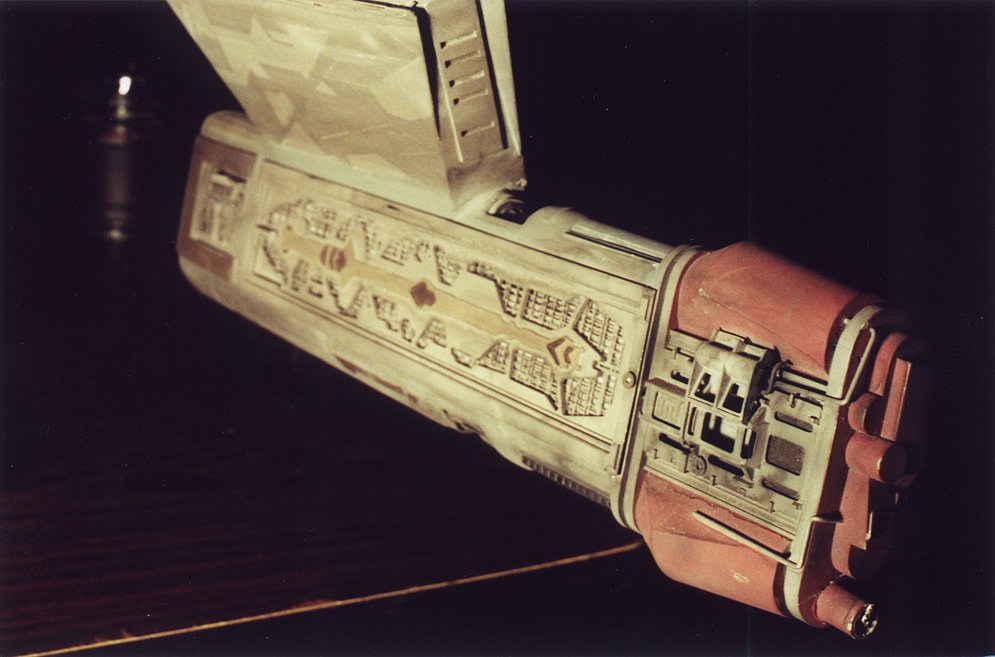 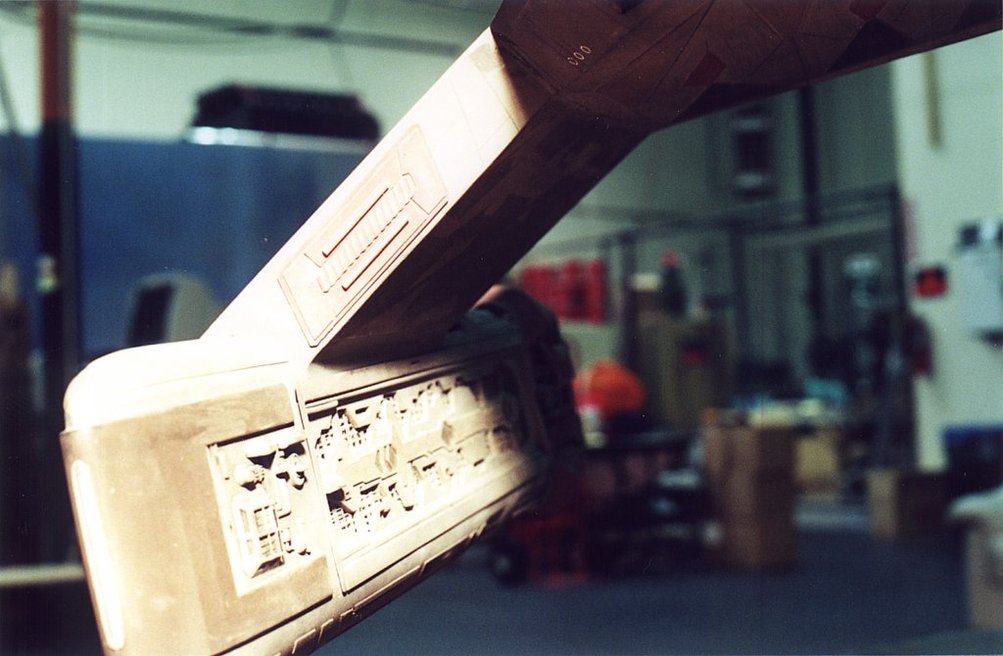  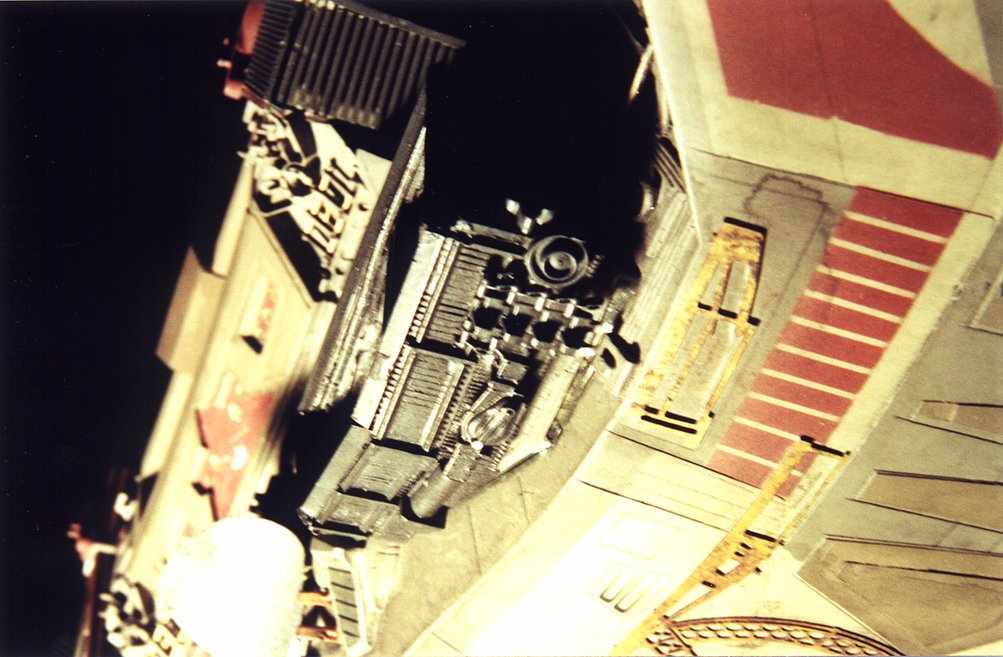 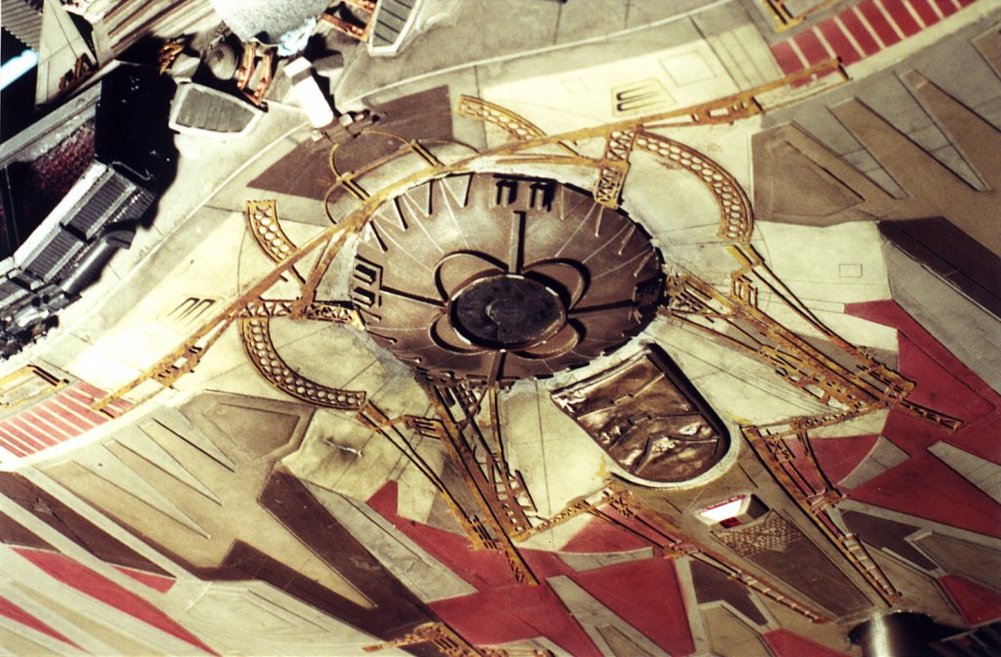 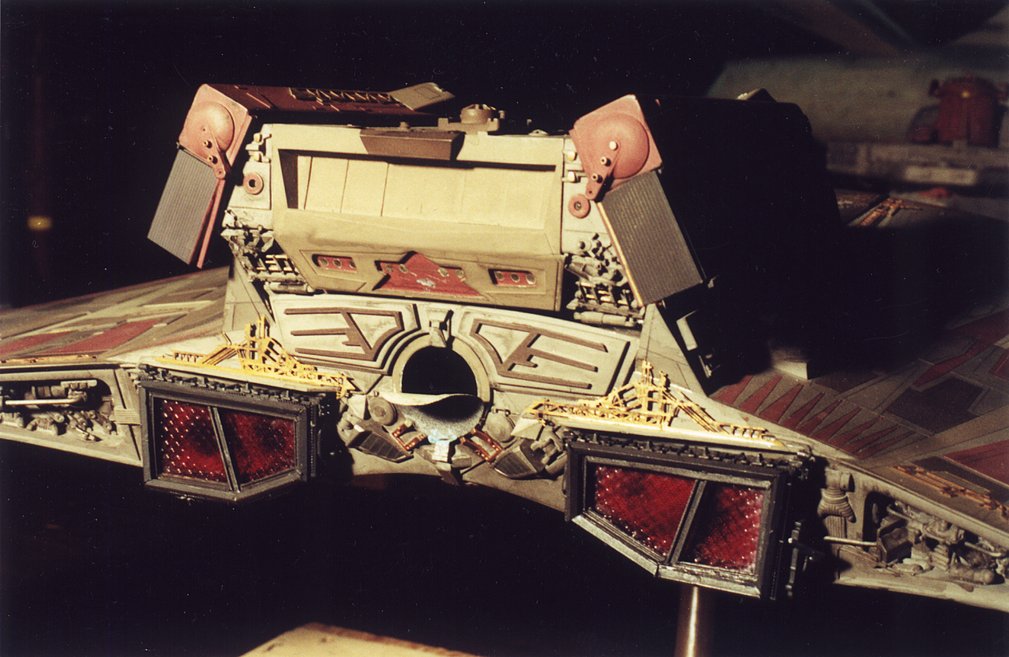 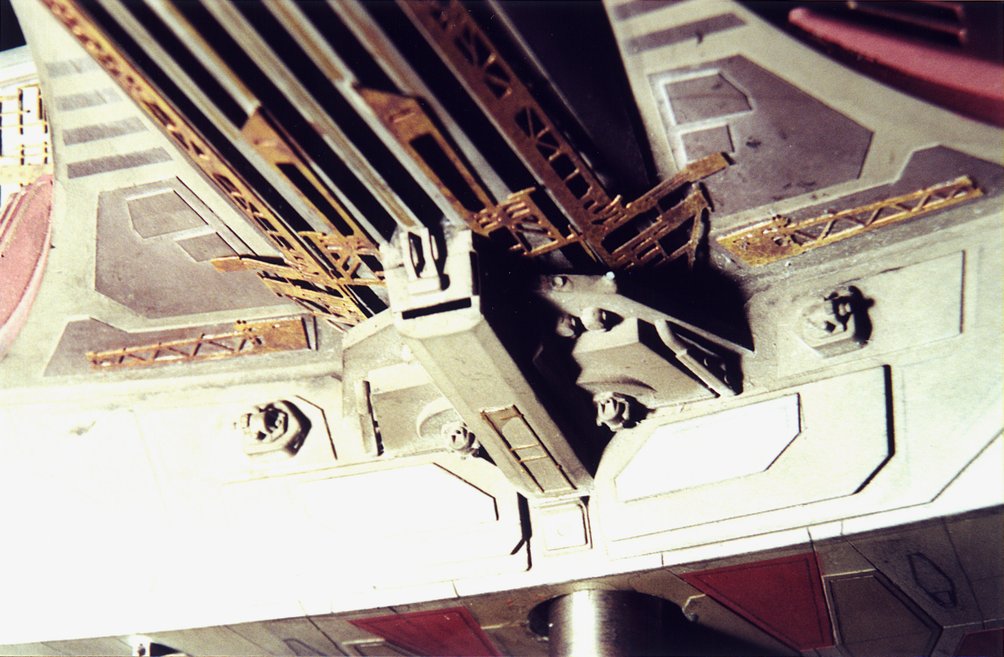 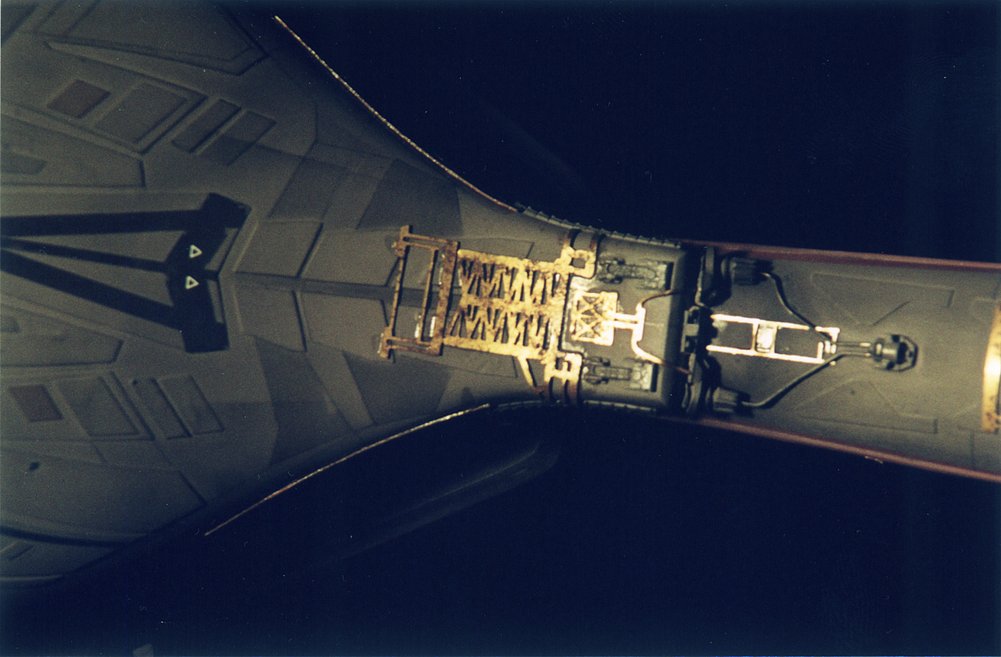 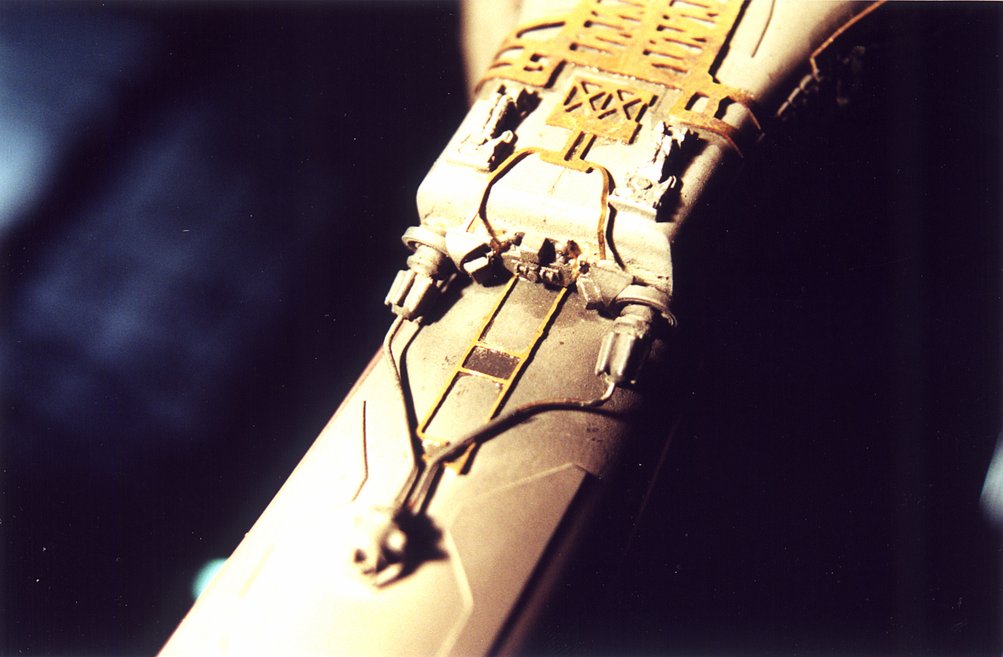 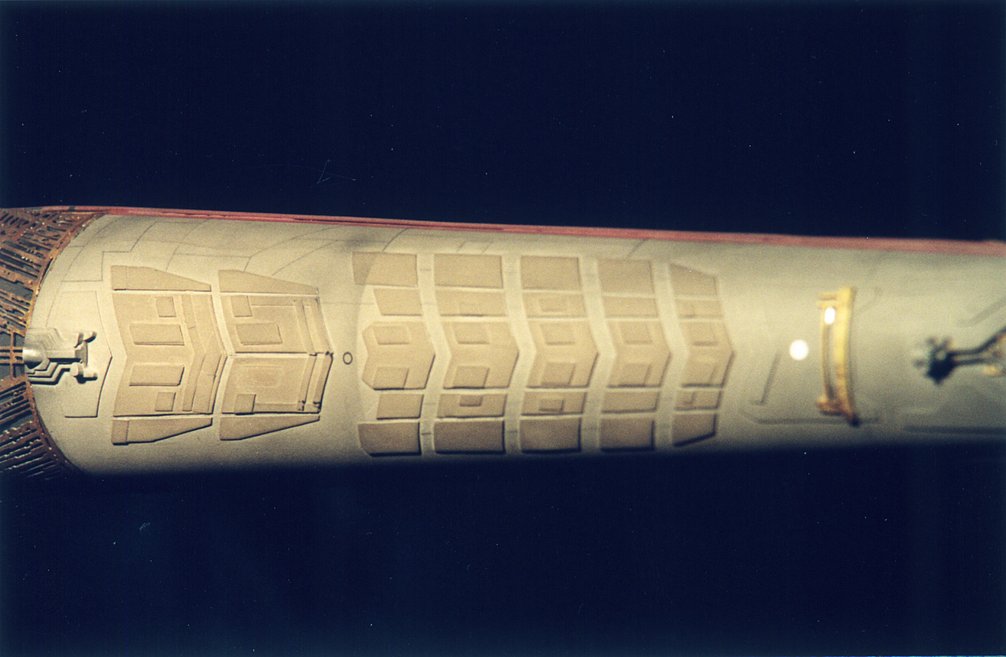 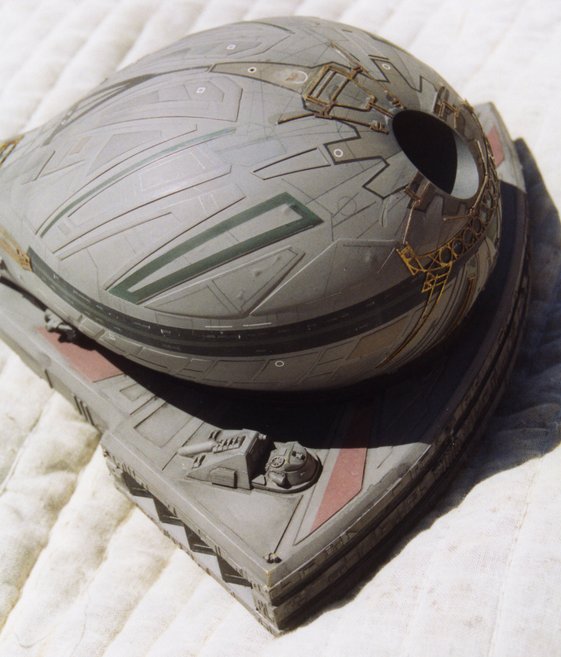 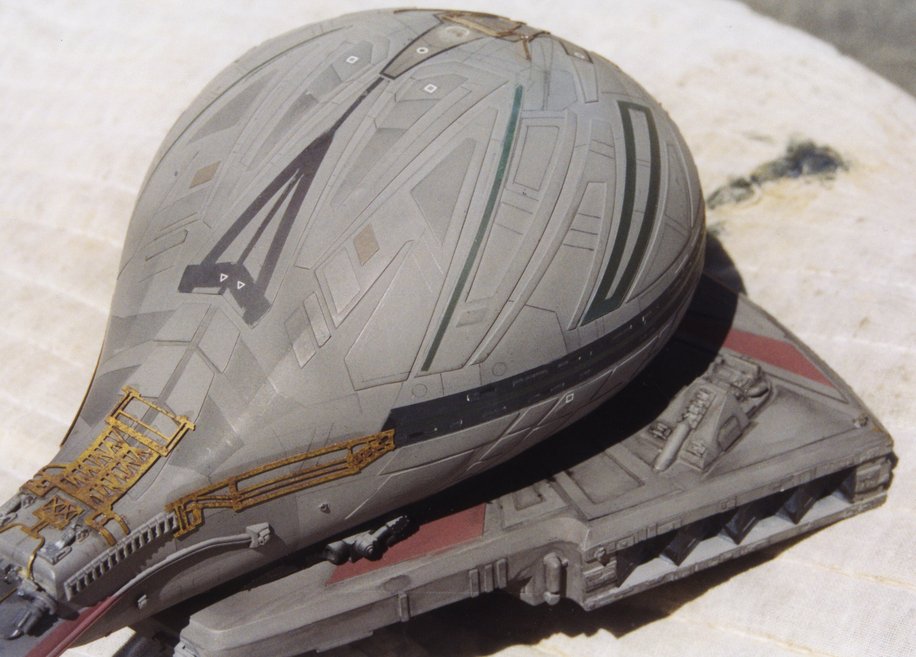 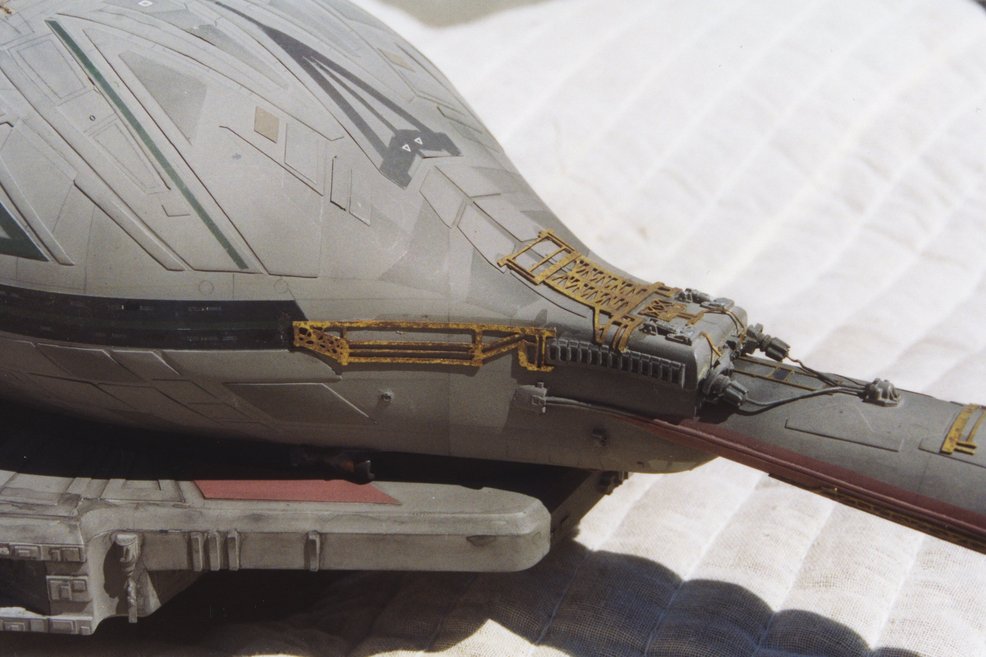 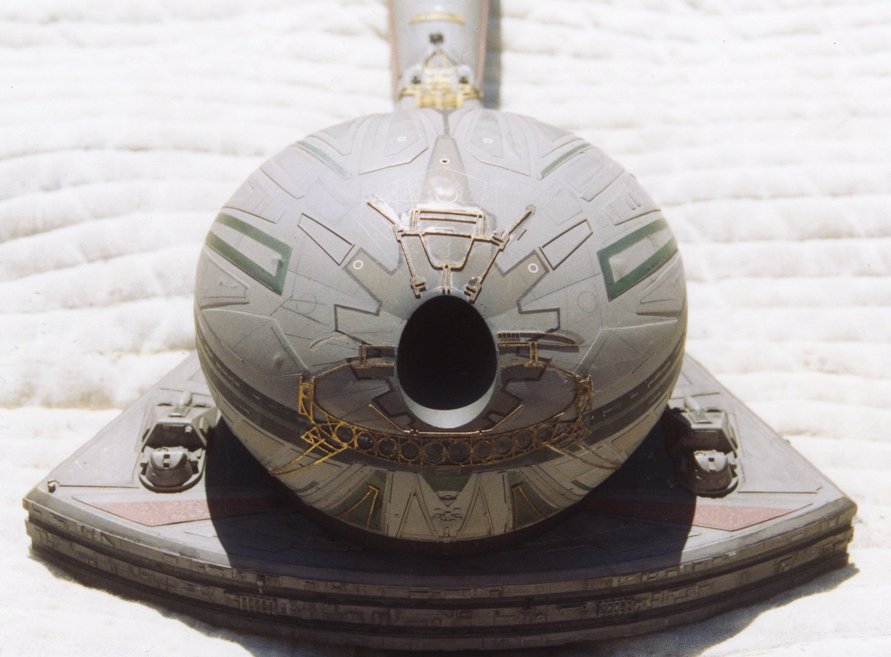 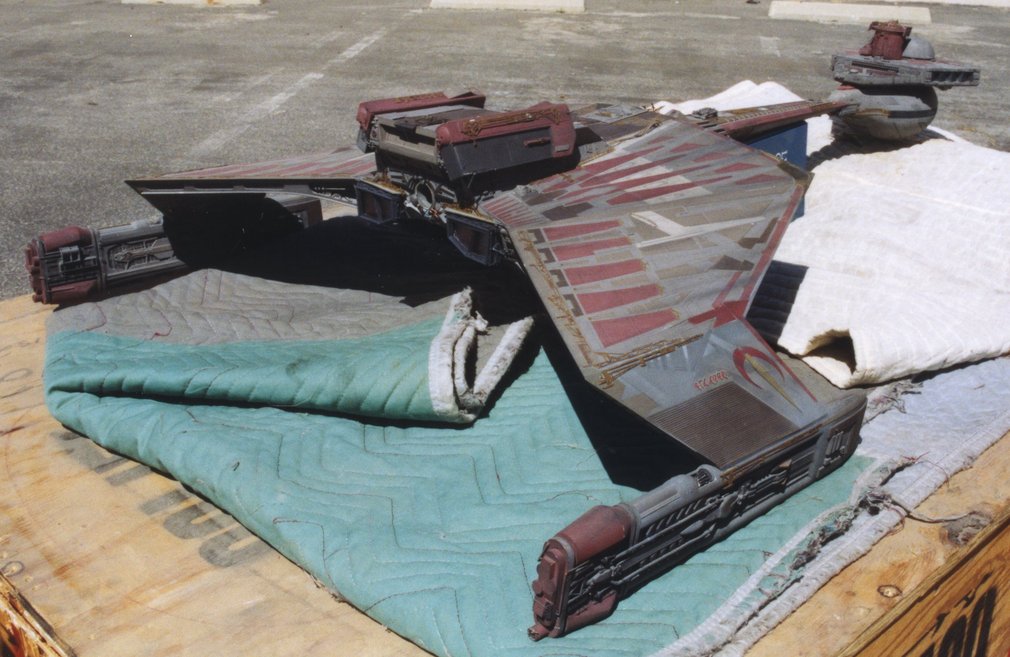 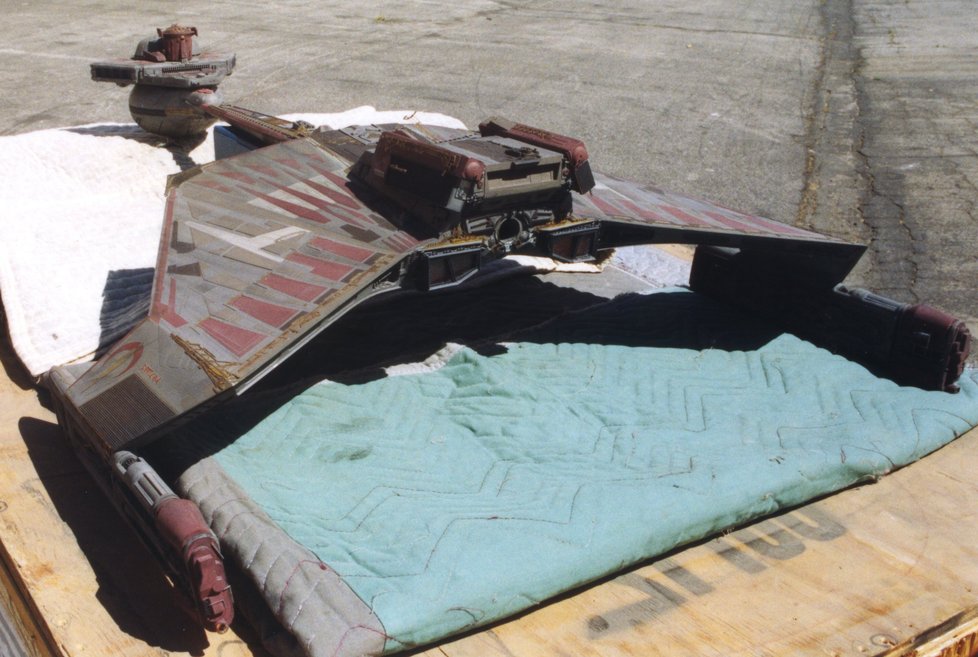 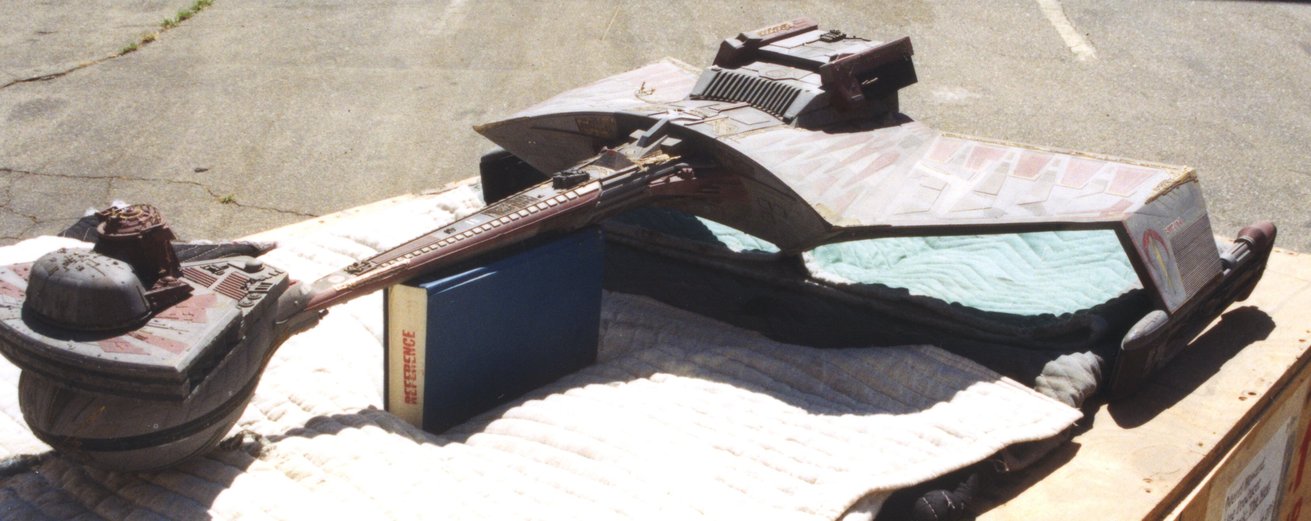 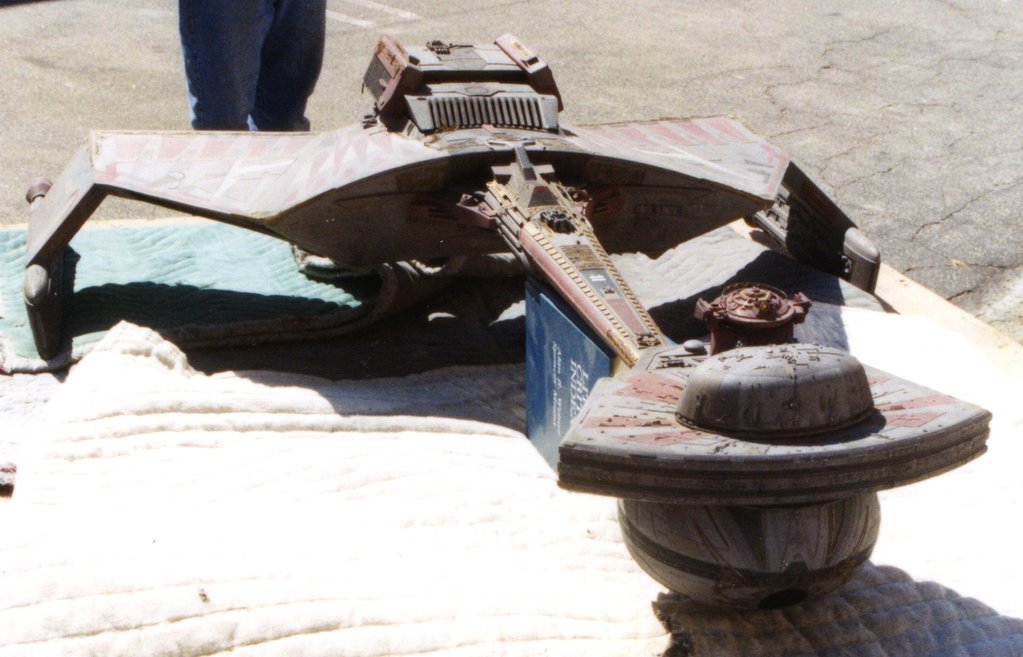 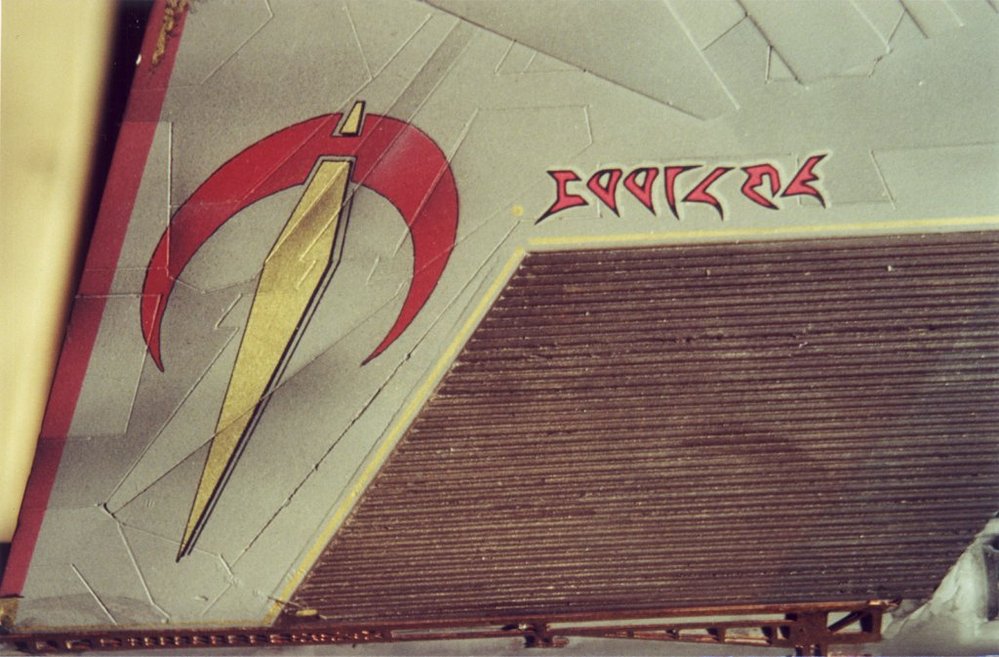 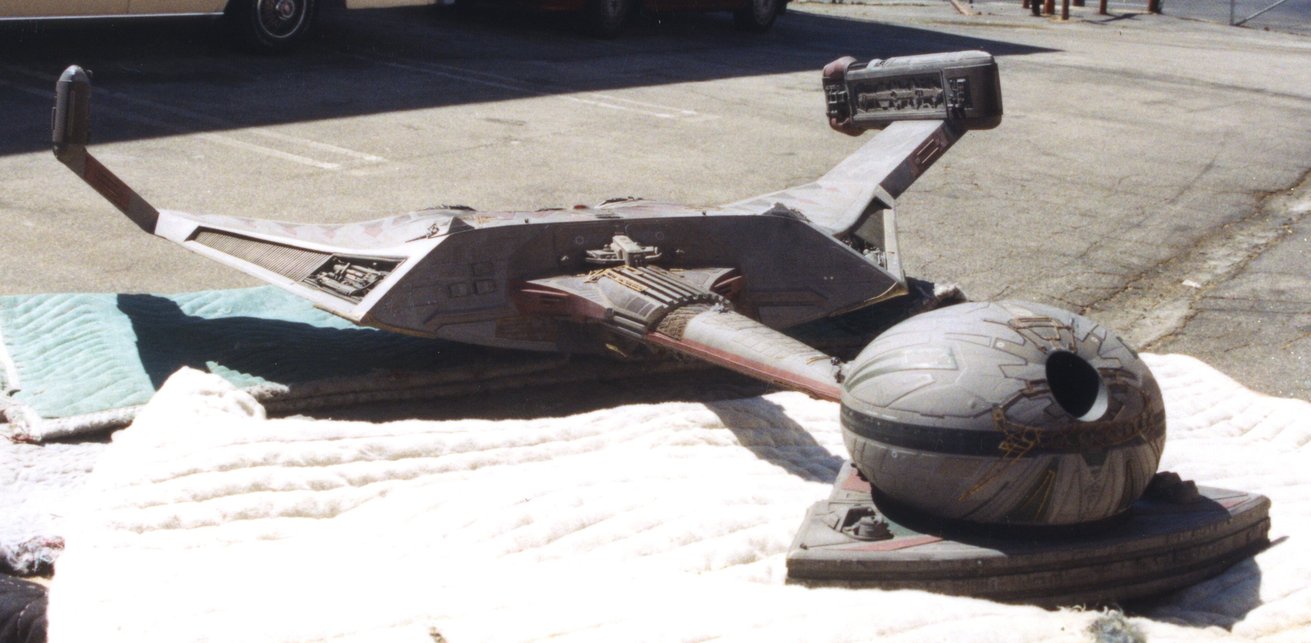 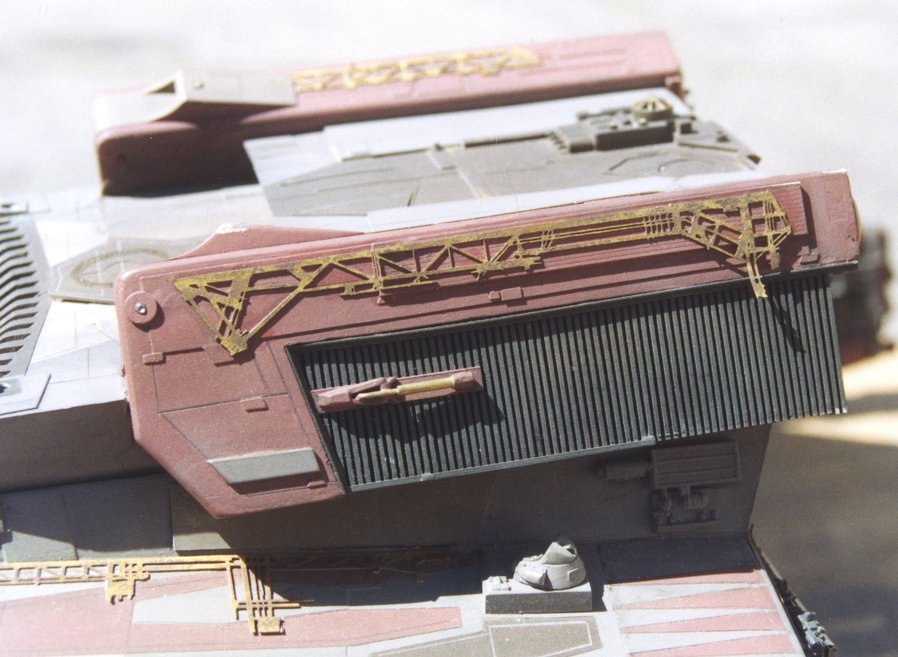  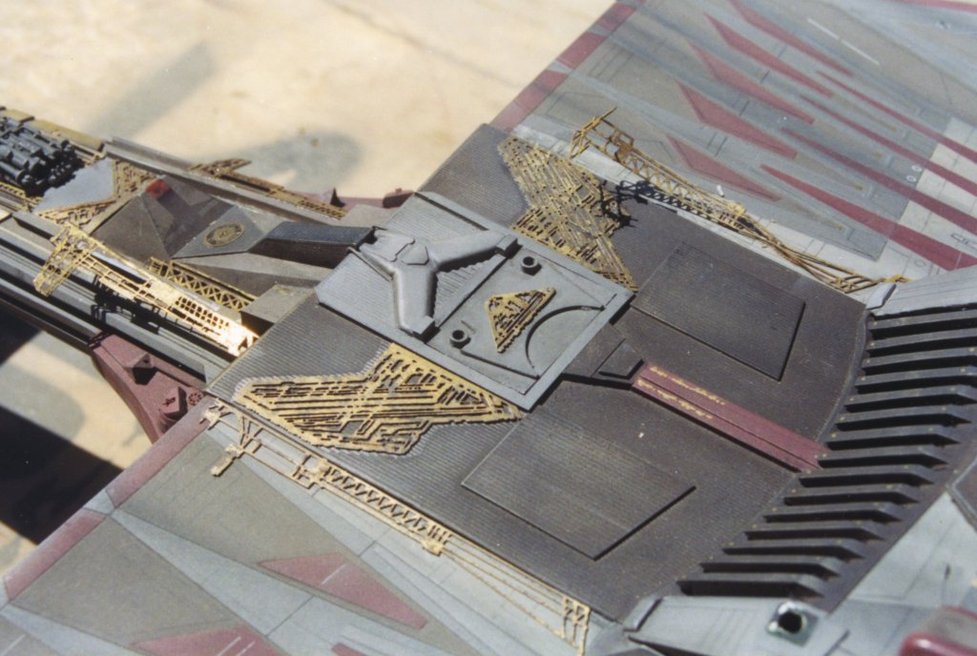 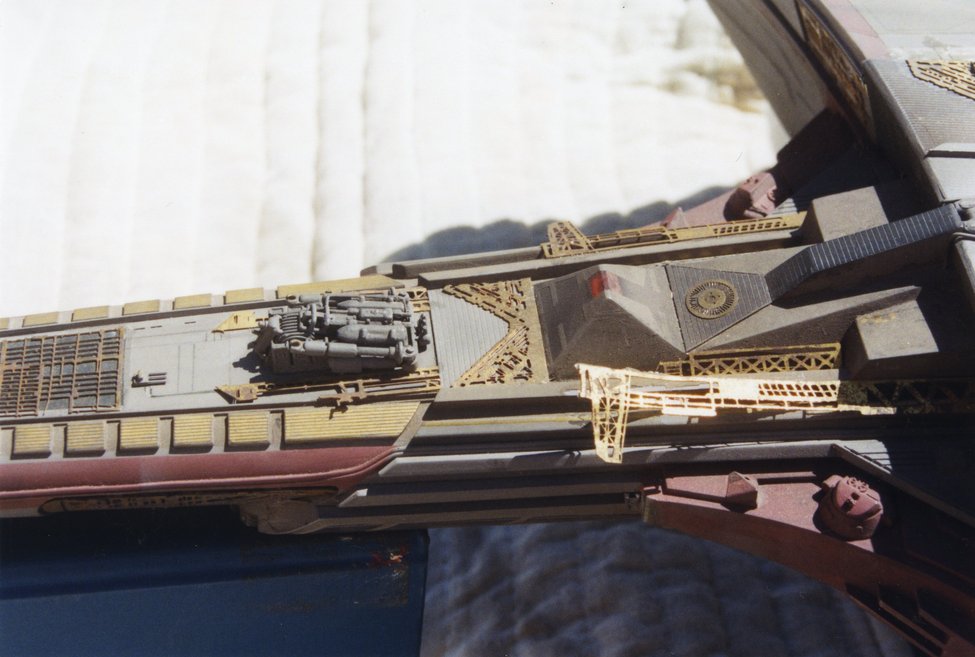 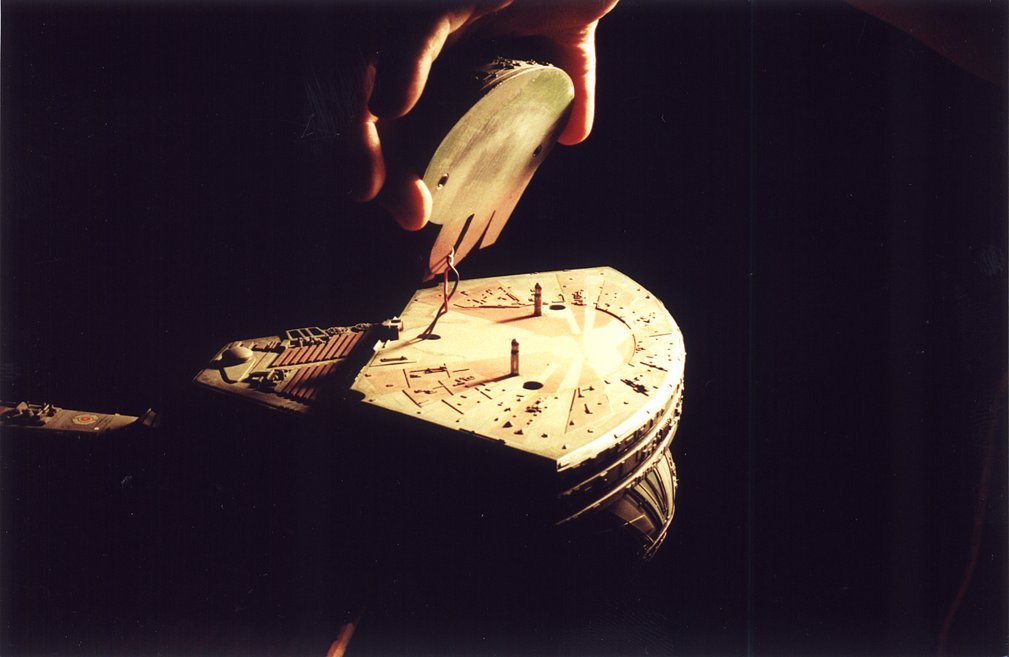 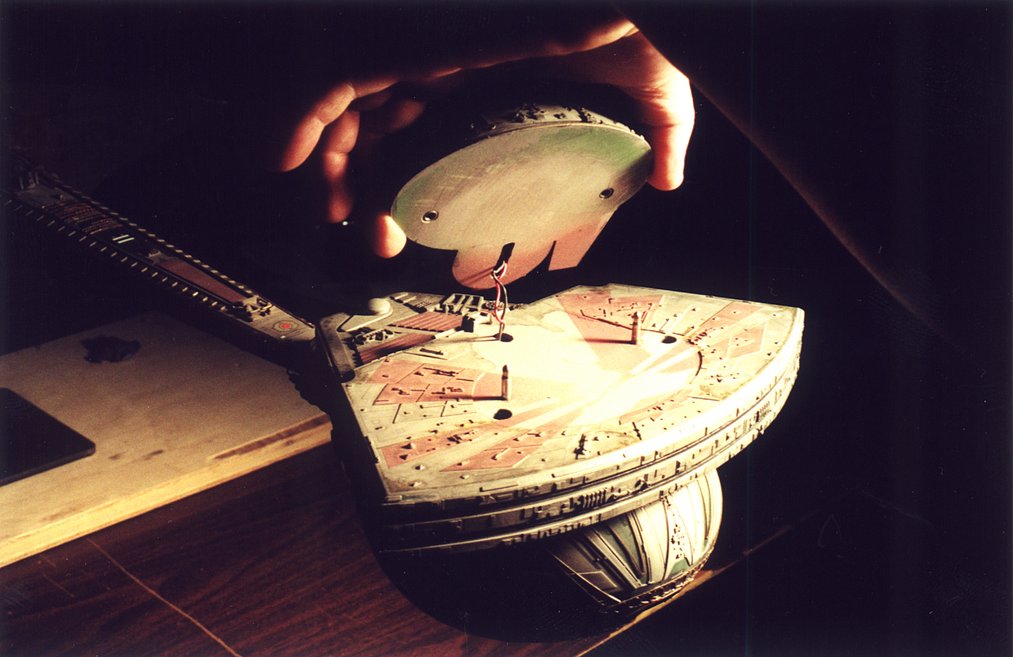 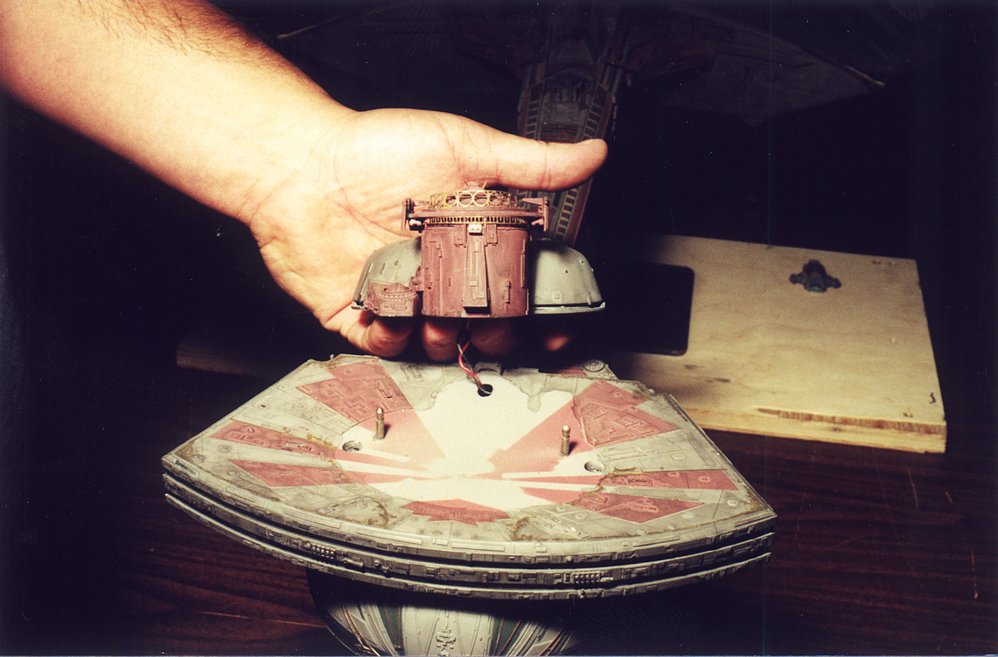 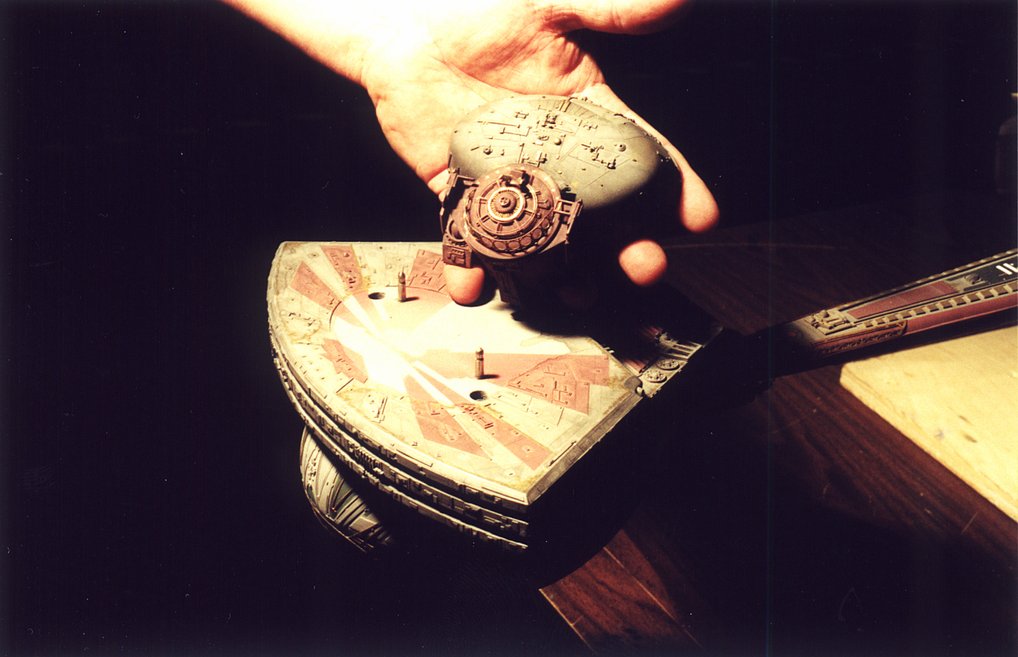 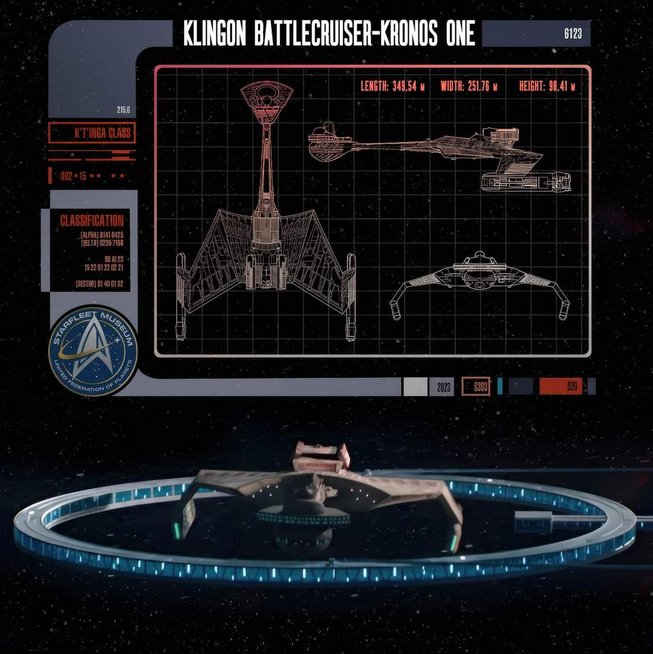  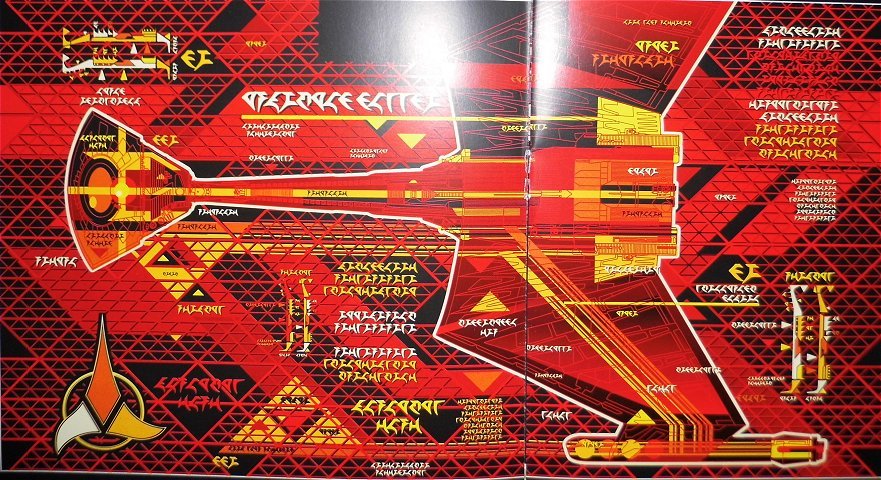 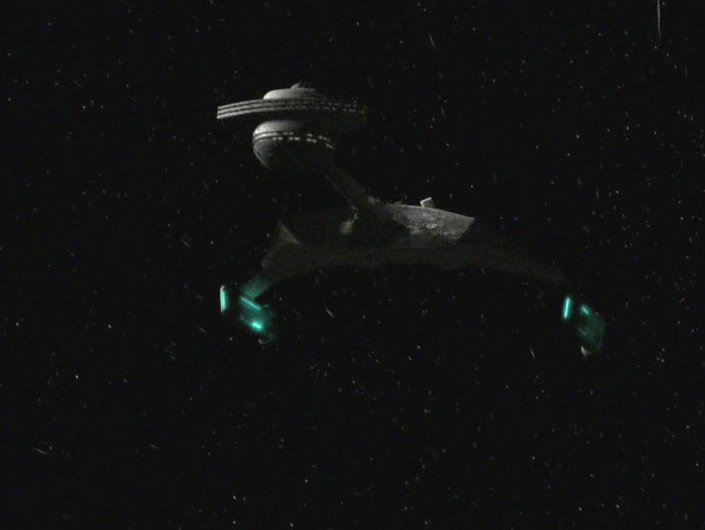 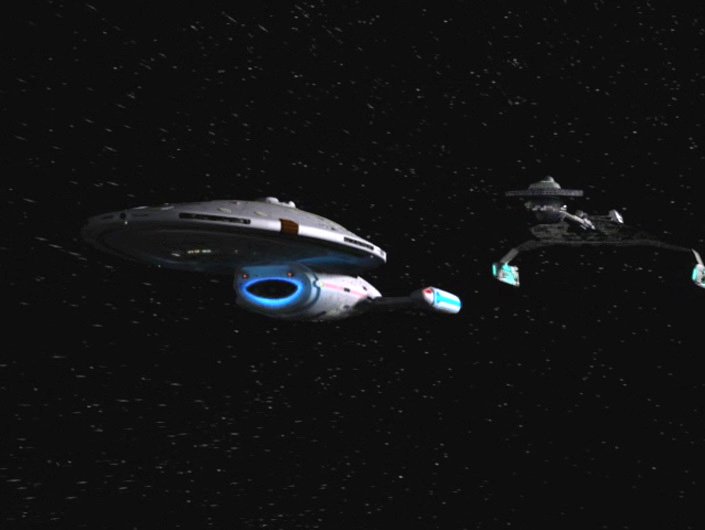 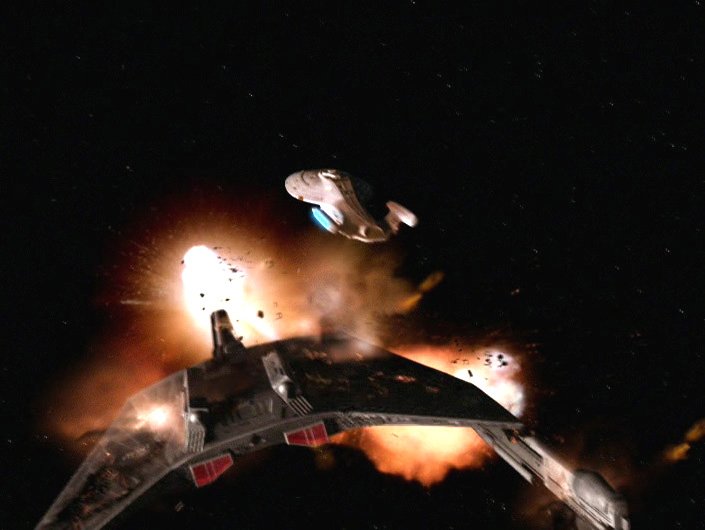 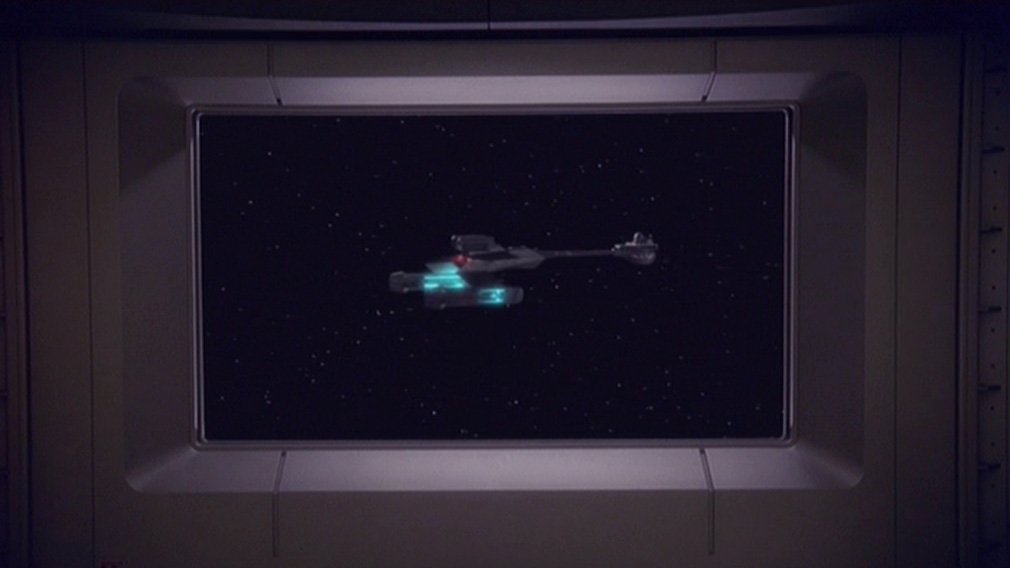 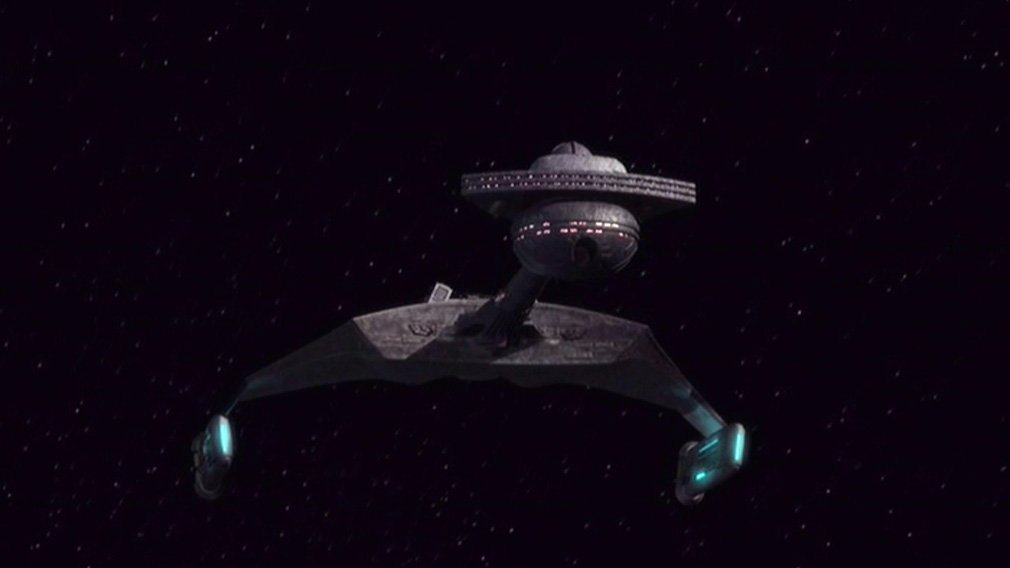 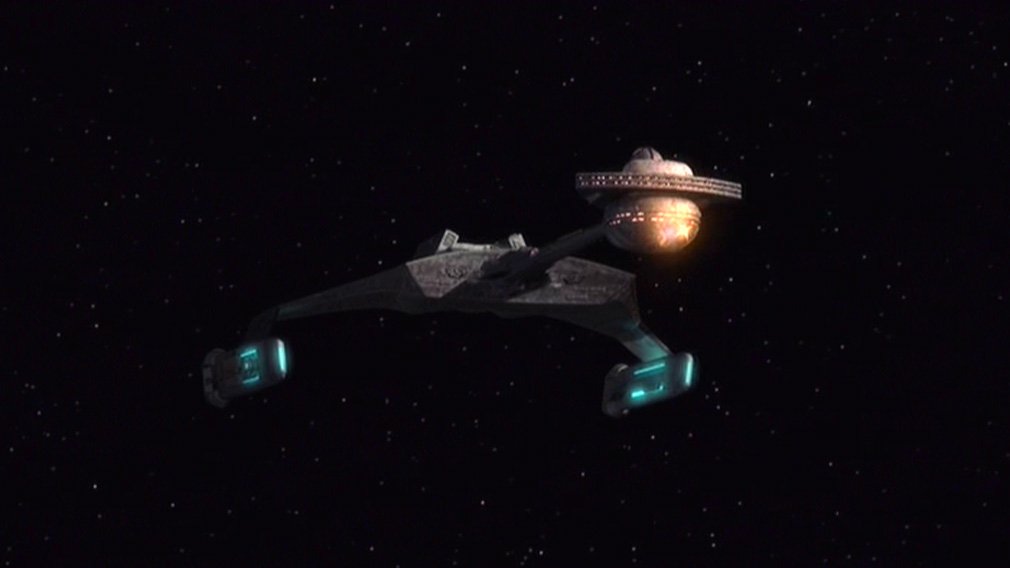 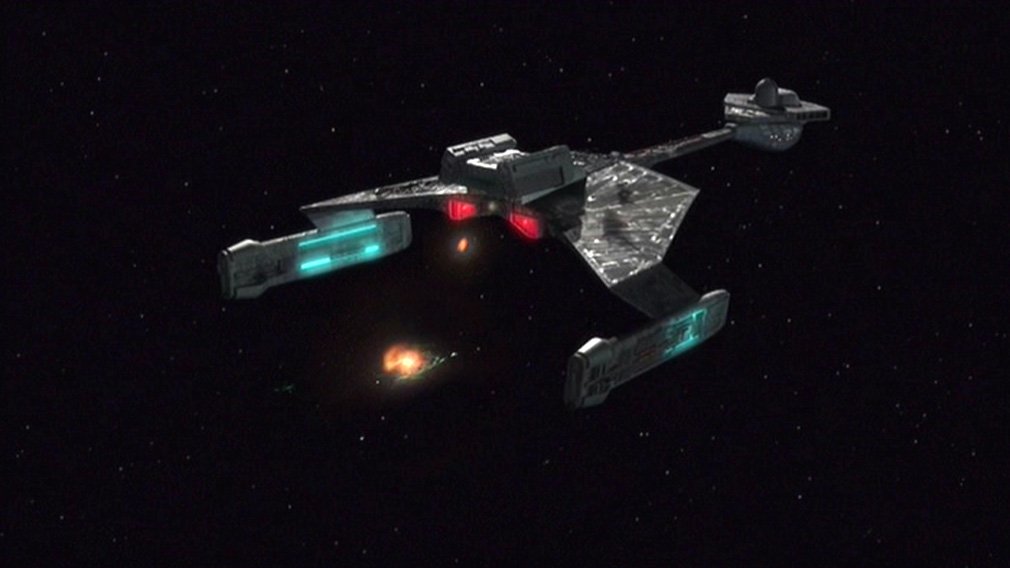 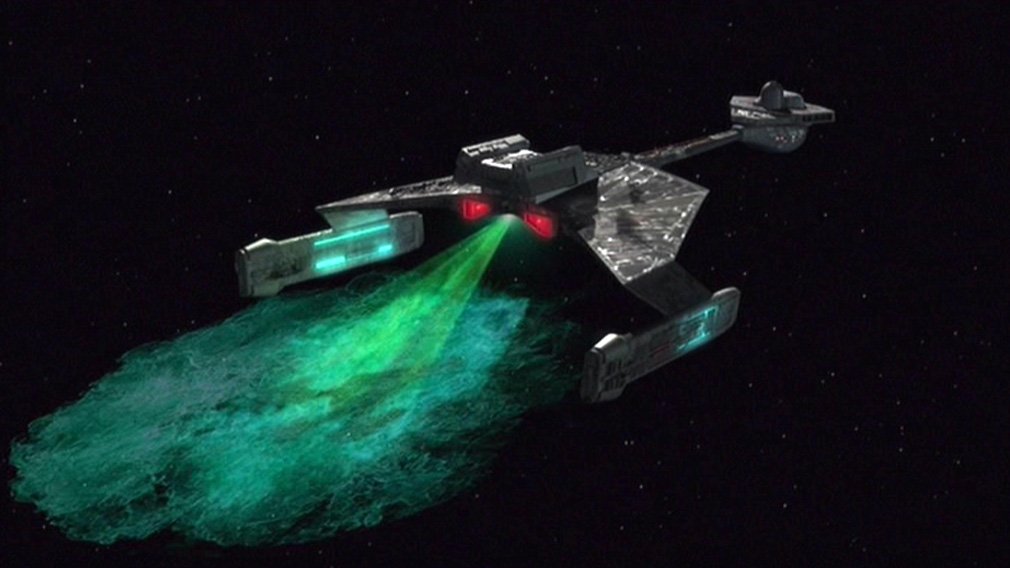 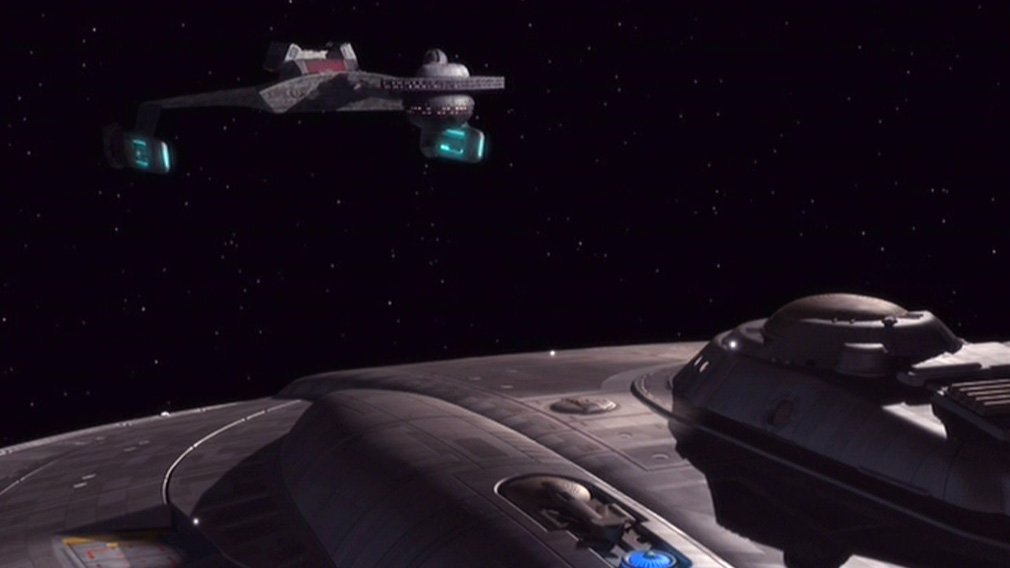 | The D-7 Koro class battlecruiser came as an evolution of the D-6. These were introduced in the late-2250s as the technological and military answer to the Federation Constitution class heavy cruiser. The previous D-6 class were matched by the Federation Ares class and the Klingons wanted to re-assert their military dominance. The Koro class was raced into service in 2257; later intelligence showed that this was at the cost of inferior construction standards and a lack of shielding on their reactors. In the event, the Constitution class was shown to be a match for the D-7. Between 2257 and 2265 the Koro class was built in numbers and became the standard frontline battlecruisers of the Empire; the status of any House was measured by how many D-7 Koro battlecruisers they possessed. These became the principal warship class of the Imperial Klingon Navy Order of Battle. During the Great Expansion of the Empire the D-7 was at the forefront, both in terms of battles, propaganda and exports. The D-7 offered for export were the 'monkey model' variants minus the ablative armour and better weapons systems. Intelligence showed that the numbers of D-7 bought by the Romulans were minimal and they never taken up by those nations. As the capabilities of the Constitution and Federation classes became known, the Dek'Go'Kor Naval Academy worked ceaselessly to further develop the D-7 design. Almost every House that ordered the Koro design had innovations to improve the combat abilities of this warship. The IKS Gr'oth was an example of the further ablative armour and upgraded weapons systems that the D-7 had over its predecessors. With these new developments the D-7 was quickly evolving into a new variant: the D-7L K'T'inga. The original design of the D-7A was a rush job with the aforementioned reactor and construction issues. The B model allowed these rushed factors to be ironed out and the later C, D and E models brought further improvements to the design. Cloaking technology was introduced in the later models after the short-lived alliance with the Romulans. Construction was wound down to a minimum after the introduction of the new D-7G K'T'inga class battlecruiser design. A programme was launched to upgrade Koro class to the new K'T'inga versions but for lesser Houses this was not possible. Hybrid D-7H Koro class appeared as Houses strived to have the best warships but lacked the resources for a full D-7 upgrade. Of the hundreds of D-7 Koro class built, most are still in service. The Houses continue to upgrade their Koro class warships with some enhanced to a degree that they are all but indistinguishable from the new K'T'inga class design. Author notes: The D-7 was the battlecruiser seen in the Original Series. Chronologically in-universe, it's first seen in the second trailer for the second season of Star Trek: Discovery. Always referred to as D-7, this received a fan designation of Klolode class. The original script for In Thy Image, the pilot episode of Star Trek: Phase Two - which became Star Trek: The Motion Picture - named the D-7 models that were used as Koro class. These were discarded when the change was made from TV to movie standard and a new design called K'T'inga class by Gene Roddenberry was used. I use this as justification to call D-7 Koro and D-7G K'T'inga. My use of the Koro and K'T'inga class as being variants of the D-7 class battlecruiser is due to the appearance of the K'T'inga class CGI model being described as a 'D-7' in ST: Voyager episode "Prophecy". The D-7 has been said to be Klolode class in fandom with a later model with detailing being the Koro class. The appearance of the D-7 with the ablative armour and detailing in Star Trek: Axanar set in 2245 contradicts this with armoured plating and similar details to the later K'T'inga class. Tom Paris said the D-7 was out of service 'decades ago' and this will be true as the 2250s vintage ship will be superceded by improved D-7 K'T'inga class over the decades. The original D-7 model did not have the detailing that the Koro class and Gr'oth had. This was, of course, down to the 1960s production budget and needs. A detailed ship was not necessary as it was only watched on an NTSC-grade television. With HD TV and movies, more detailing was needed and I would argue this is why the new Gr'oth-style Koro class is what they 'really' look like. Besides, in the series the D-7 seen most were the Romulan ones, so the smooth look could be put down to removing the ablative armour as the cloaking device makes up for this. Perhaps these light-weight D-7 had a better speed performance in exchange for less armour? D-7 versions include: Atropos (Invincible) KL 10097, Flethish (Prominence) ChR 222 (In Romulan Service), Gortuk (Furious) KL 08422, Hakask (Horrendous) KL 99019, Jurakte (Assassin) KL 32533, Kahless (The Merciless One) KL 08405, Klathas (Pestilence) KL 68953, Klolode (Destruction) KL 02529, Klothos (Carnage) KL 99970, Lachesis (Havoc) KL 66065, Luctas (Starfire)ChR 316 (In Romulan Service), Makita (Executioner) KL 31060, Marta (Corona) ChR 333 (In Romulan Service), Meninarca (Gauntlet) ChR 400 (In Romulan Service), N'lanaes (Predator) ChR 385 (In Romulan Service), Parno (Broadsword) ChR 381 (In Romulan Service), Tabor (Powerful) KL 85269, Thanatos (Vengeance) KL 63573, Tor'stog (Deviser) KL 73796, Trelinitu (Starlight) ChR 566 (In Romulan Service), Tuer (Murderous One) KL 74717. The D-7L Q't'inga/K'T'inga class battlecruiser has 340 crew. Their are multiple variants in operation: D-7M is a 2290s refit of the L variant. D-7N is a stop-gap refit of the M variant; involves a quick refresh of all systems. D-7R is a reconnaissance/picket ship variant. D-7S is a deep refit of the M version taking 18 - 36 months. Involves new technology and strip-to-the-frames rebuild. All M refits advertised as S variant - strike version - but in truth most are the N variant due to time and lack of new technology supplies from factories. D-7T is the tanker variant constructed from M variants robbed to do N upgrades. The K'T'inga is the latest incarnation of the designs dating back to the D-6 of the early 23rd Century. The D-7 Koro class was the standard design encountered in the 2260s. This was upgraded with extra ablative armour-plating such as as seen with Koloth's ship IKS Gr'oth. This was designated the D-7F by Starfleet. Later during the V'ger Crisis of 2273, the K'T'inga class was first seen by long-distance probe. This was a re-working of the technology and armour seen on ships like Gr'oth, shared amongst the rest of the Klingon Houses to better the Klingon warship design. This was designated D-7G by Starfleet to reflect both the lineage of the design and also named K'Tinga to show the extent of the design re-working. Klingon Houses took quickly to the new design, personalising the internal fitments to match with the personal philosophies of each House. This brought about a rapid appearance of the K'T'inga class from 2270 through 2280. Ship yards were quick to re-tool themselves from building the D-7 Koro class to the newer design. This brought about Starfleet designations D-7H, D-7J and later D-7L. A later, larger version was seen in the late 2280s designated the D-9A/D-7E. This was the Warrior's Anger class command cruiser. Earlier D-7 models had their major systems upgrading to the D-7L/D-7D specifications, enhancing the warp, impulse and computer systems. Many D-7 K'T'inga class have had their aft torpedo launchers removing and an array adding. This was observed on Captain Kang's D-7M/D-7E warship K'Tanco when it encountered the Excelsior in the Azure Nebula in 2293. Ths modification is thought to be for two reasons: the Amar was destroyed by V'ger when retreating. The shame brought upon the crew and the Empire when Starfleet observed this act of 'cowardice' prompted the removal of the aft launcher by many so retreat was not an option. Other intelligence reports suggest the array was either an extra sensor, a communications array or possibly a concussive charge weapon or drone of sorts. Some K'T'inga class vessels were fitted for long-range missions during the latter years of the Kesh administration. Some vessels, such as IKS T'ong in 2290, missed their intended targets and would return later (Author's note: TNG The Emissary). Deep range Federation facilities were on the hit list, as were options for striking the Alpha Quadrant portion of the Federation. Some of the deeper space regions exploited and protected by long-range specialist Houses and their D-7 K'T'ingas. The IKS Voq'leng - one of the first proto-K'T'inga D-7 class set sail to find the kuvah'magh - the chosen one that will bring about a Second Empire. The D-7N upgrade came out of the Pacification War with the Kinshaya. Several of the Houses had come up with innovations to fight off the superior Kinshaya warships, as had the Dek'Go'Kor Naval Academy. The result was superior shielding and enhanced ablative armour qualities, along with more powerful disruptors and torpedoes. A strike version, the D-7S was devised for hit and run missions, being of lighter alloys and specialised weapons combinations to quickly overwhelm threats. These variants allow Houses to cherry-pick the qualities they espouse in their warships. Some go for performance, others for armoured qualities and heavy weapons. The D-7 has show it has come of age and has plenty of space to evolve ready for the threats of the future. Despite the Praxis explosion, D-7 construction still continues, with Chancellor Kaarg encouraging Houses to order more. K'T'inga's are the primary capital ships of the Klingon Empire and as they gain victories and famous accolades, so they are embellished with markings and extra badges to illustrate this. Just as a Klingon is loud and proud about their achievements, so their ships reflect this. Earlier model D-7s can have many of these markings, especially I.K.S. ghyywlnga (Federation callsign KRONOS ONE), which was marked up with many victories. Additional markings have been seen by Starfleet Intelligence for ships loaned to llies of the Klingons. The advent of the D-7S as a strike version of the K'T'inga class has created a design that rivals the L-24 Komo Val. The design shares many of the systems of the L-24 and requires less of the rare minerals that have stalled the L-24 programme for the last 20 years. Whilst barely half a dozen L-24 Komo Val are in serviceable condition, the D-7 K'T'inga upgrade is based upon available technology and parts. The proposed D-7X builds upon the incorporation of the L-24 technology and has been posited as a new battlecruiser design that will replace the L-24 Komo Val as the next generation of Klingon frontline battlecruiser. Ironic given that the L-24 was introduced in 2287 as the successor to the D-7 K'T'inga class. The continued delay with initial production of the L-24B Komo Val and the stalled Hegh daS/Death Boot programme has provided a window for the D-7H K'T'inga family to be upgraded for the 24th Century. The naval architects at Dek'Go'Kor are at full tilt working on the D-7X/D-7J programme, utilising the mineral supplies coming from the driftward end of the Empire to work towards building up the Klingon Order of Battle once more. The ready supplies of hulls and parts is seen by Starfleet Intelligence as the most likely means by whih new Chancellor Kaarg will achieve his keynote speech declaration that he will build the fleet up to 18000 ships. It is a development that is to be scrutinised and followed with due concern. Star Trek: Voyager 'Prophecy' had the K'T'inga class CGI model used and identified by Tom Paris as a D-7 class battlecruiser. This makes the K'T'inga officially a direct refurbishment of the D-7 design from the Original Series, just like the Enterprise changed from the Original Series to The Motion Picture. The Klingons in Prophecy had set off in one of the intermediary designs from the Gr'oth to Amar evolution of the D-7 series. TNG: Emissary used a model made by the late Greg Jein, rather than reused TMP footage as quoted elsewhere. On a different note, the low res K'T'inga CGI model was used in the first season Enterprise episode 1x05 'Unexpected' as a Klingon battlecruiser. Obviously the design 'should' have been the D-5 or John Eaves' early D-6 model (then labelled D-4). The screencaps used here help to detail that CGI model. Typical K'T'inga stats are as follows: Vessels include: IKS SoDeq, IKS 'qowo, IKS Ghl, IKS maQmIgh, IKS Depuv, IKS bot'dleV, IKS ghoyj, IKS HojuyQ, IKS quqe, IKS tov, IKS nge'vth, IKS weyng-uyw, IKS vetlh Qo. D-7G K'T'inga variants: 98520 I.K.S. Amar, 11805 Arakkab (Indignant) and 83452 Eelst (Hunter) (all destroyed by V'ger in "The Motion Picture"] ,I.K.S. Arekkieh ("Epic Proportions" [DC TOS vol.2 #52]), I.K.S. B'Moth ("Soldiers of the Empire", I.K.S. Kerla ["I.K.S. Klinzhai: Glory and Honour" ], I.K.S. K'mpec ["The Dominion War" (SO) The K'mpec was part of Ten Forward's Klingon fleet. It was destroyed due to the Chancellor-class K'mpec in the I.K.S. Gorkon novels], I.K.S. Kluggoth ("All the Infinite Ways" [Marvel TOS #13]), I.K.S. Kor, I.K.S. Korrd, I.K.S. ghyywlnga (Federation callsign KRONOS ONE) ("The Undiscovered Country"), I.K.C. Qo'noS Wa', I.K.S. SoSoy tuj ("Ship of the Line" [Pocket TNG HC #8]), I.K.S. T'Acog ("Heart of Glory" [TNG]) I.K.C. T'Ong. Akif D-7 variants: I.K.S. Akif, I.K.S. Bortas, I.K.S. Fire Blossom ("How Much for Just the Planet?" [Pocket TOS]), I.K.S. Fury ("The Final Reflection" [Pocket TOS #16]), I.K.S. Gal'tagh ("In the Name of Honor" [Pocket TOS]), I.K.S. Gr'oth (varient) ("The Trouble with Tribbles" [TOS]; "Trials and Tribble-ations" [DS9 #104]; "Rules of Engagement" [Pocket TOS #48]). I.K.S. Hakask ("My Enemy, My Ally" [Pocket TOS #18]), I.K.S. Hakkarl, Defense Force registry KL-1017. ("Rules of Engagement" [Pocket TOS]), I.K.S. Klolode, I.K.S. Korezhima ("World Without End" [Bantam TOS]), I.K.S. Terror ("The Klingon Gambit" [Pocket TOS #3]), I.K.S. Terthos ("In the Name of Honor" [Pocket TOS]), I.K.S. Varchas ("The Fires of Pharos" [Marvel EV #2]). Other vessels identified as: 26803 ? [K'T'inga class], 35635 ? [K'T'inga class], 99817 ? [K'T'inga class]. Qo'noS 'wa/Kronos One images copyright © Mark Dickson. Author's notes: the K'T'inga class has been noted in various canon publications (including the excellent Haynes Bird of Prey Rotarran manual) to be a follow-up to the D-7 design from the Original Series. The designations used reflect an excellent real-world comparison to the K'T'inga: the Sukhoi Su-27 Flanker fighter. The Su-27 began life in the Soviet Union in the Late 70s as the prototype single-seater fighter designated the T-10/ RAM-K. This became a production model from the late-80s called the Su-27. Later designations came as the original single-seat Su-27 gained a second seat and other modifications. These were all Su-27 derivatives but given ther designations. Examples are: Su-30 twin seat fighter verion of the Su-27, Su-33 Flanker-D navalised version, Su-34 Fullback bomber version, Su-35(Su-27M Flanker-E modernised version) and Su-37 Flanker-F Thrust-vectoring improved two-seat fighter with multi-role. Just as with the new Sukhoi PAK FA T-50 being an upgrade of the Su-27, so the D-7 K'T'inga is likely to be upgraded and reclassified in the future as, for instance, the D-11, D-13 or D-15. As new major systems are created, so the D-7 design will evolve. The Dek'Go'Kor Naval Academy yards will create the new designs and the Houses will continue to personalise them to their own requirements. The Haynes Bird-of-Prey Rotarran manual makes it plain that each Klingon House that orders a ship personalises the weapons and general specifications of the ship to suit their own combat philosophy. This would explain Kang's ship IKS K'Tanko which was encountered in 2293 minus aft torpedo launcher. Major system upgrades would warant a new designation. The design changes from the TV show to the Motion Picture creates the D-7 designation to reflect this major change; the D-9 Warrior's Anger is another reflection of this major change. The D-7 designation is retained to reflect the lineage. This then brings up the issue of why the D-6 designation wasn't carried on. The simple reason is that Star Trek: Axanar's excellent D-6 design is a recent addition. On the 9th February 2013 I asked Rick Sternbach questions about the K'T'inga in relation to the Vor'cha: When asked about a design between K'T'inga and Vor'cha he replied: "Adrian - Not sure if there would be an intermediate step, but I suppose anything's possible. My sense of it is that the Vor'cha came about as an attempt by the Klingons to take in any technology that Starfleet had to offer (in the interests of friendship, uh huh) and quickly incorporate it into a new package. One could write entire techno-thriller novels over stuff like that." When asked about resource-heavy construction of Negh'var: "But knowing the Klingons, would they not put the effort into building the ships if they thought it necessary, even if it meant neglecting some parts of their civilization? Happens today in some places. This is what makes for cool stories." This makes the K'T'inga a long-lasting cruiser with plenty of room for upgrades. It also makes interesting comparisons to India (for example) of a country that put a lot of their GDP into military, above social needs. The D-7S/D-7H strike version as a rival to the L-24A Komo Val is based upon plenty of contemporary examples. The Su-35S as a stopgap for the PAK FA and the F/A-18 Super Hornet offered as a cheaper and available alternative to the expensive and delayed F-35 Lightning II. The YAH Commanche helicopter, a technical stealth marvel from the end of the Cold War, was cancelled in place of the AH-64D Longbow Apache due to the latter having active defence systems that the Commanche lacked. Note: IKS Gr'oth photos copyright © Doug Drexler 2014. |
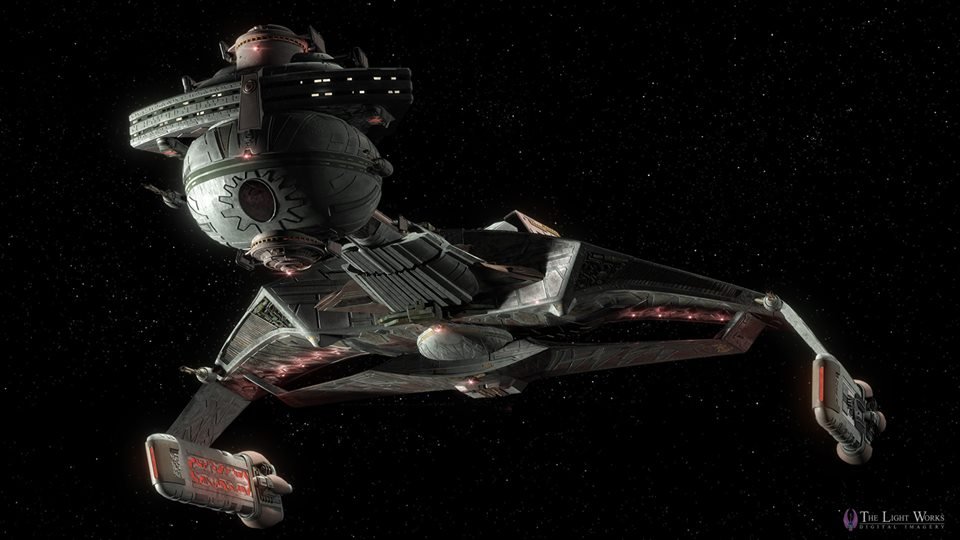 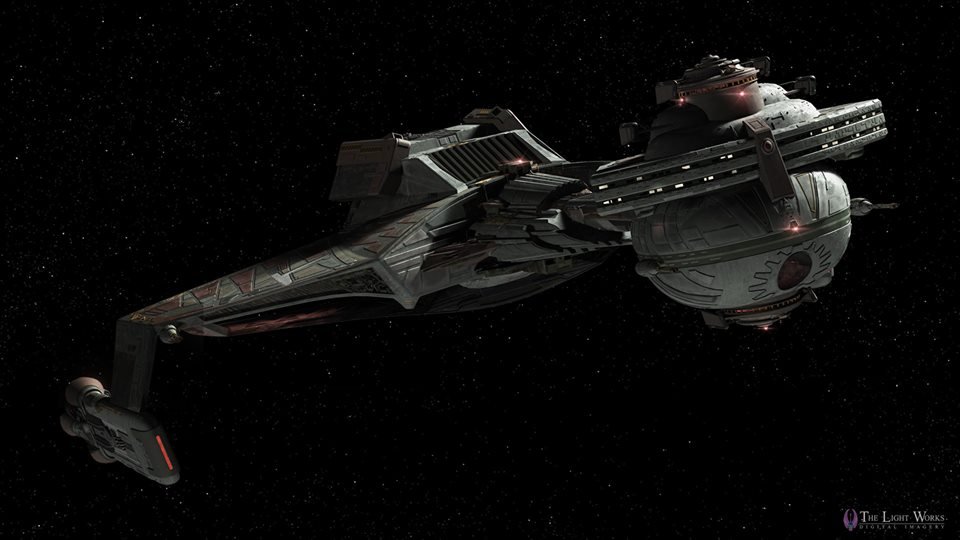 | The D-7F Koro class variant was a command cruiser design that was the fore-runner of both the K'T'inga class and the Warrior's Anger class command cruiser. The Enterprise under Captain Kirk encountered the design at Kronos when they were on their classified mission regarding the Kitumba. This D-7F had enhanced weaponry and capabilty which made it a flagship design. Further examples of this class have been seen as flagships for the fleets of other Great Houses. Where Houses could not afford to build of able to obtain a Warrior's Anger class, this D7F variant has been used successfully as a substitute. Starfleet Intelligence reported the use of this design in the prolonged Kinshaya campaign. Examples have been shown around the border region, along with some on the Romulan border. Author's Note: This D-7 derivative design is by Tobias Richter and was used in Star Trek: Phase 2 episode 'Kitumba' as the command cruiser over Kronos. |
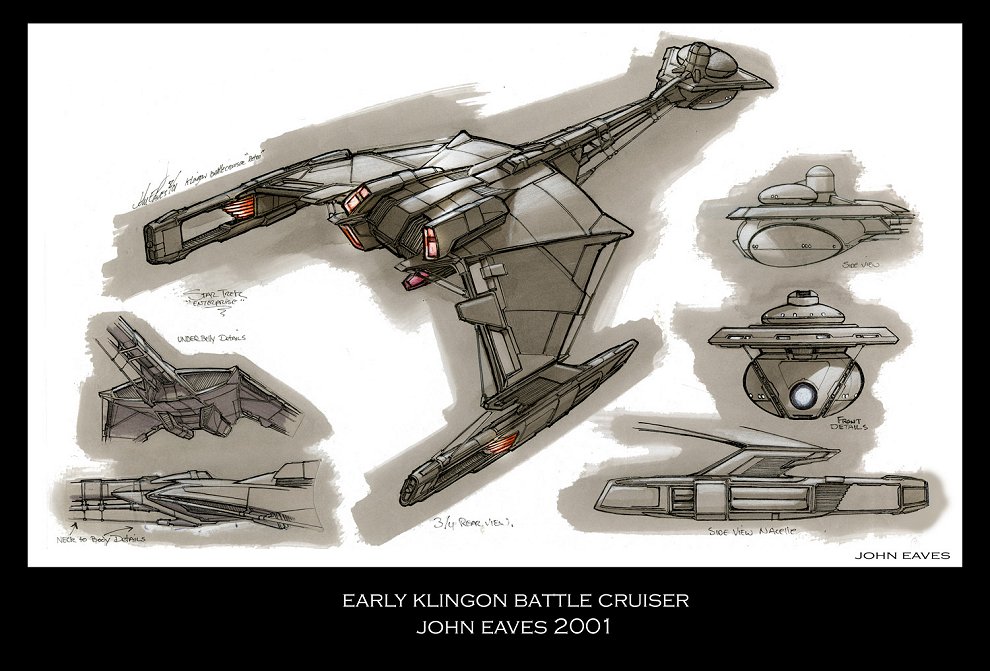 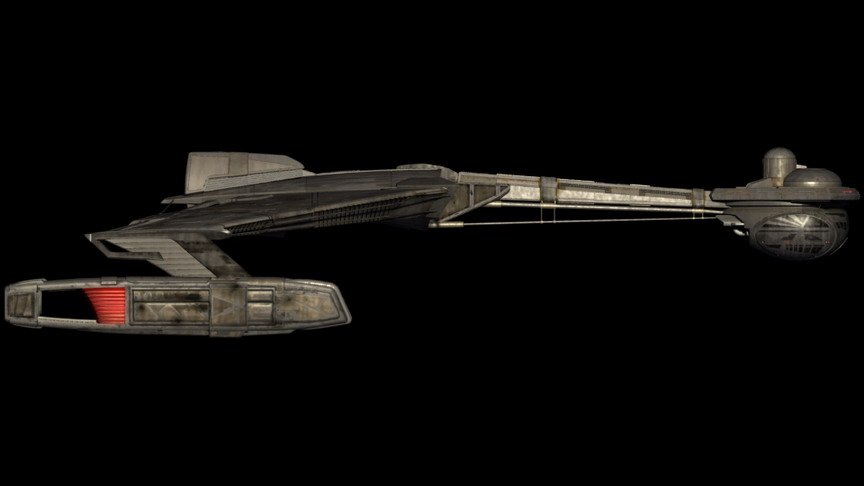 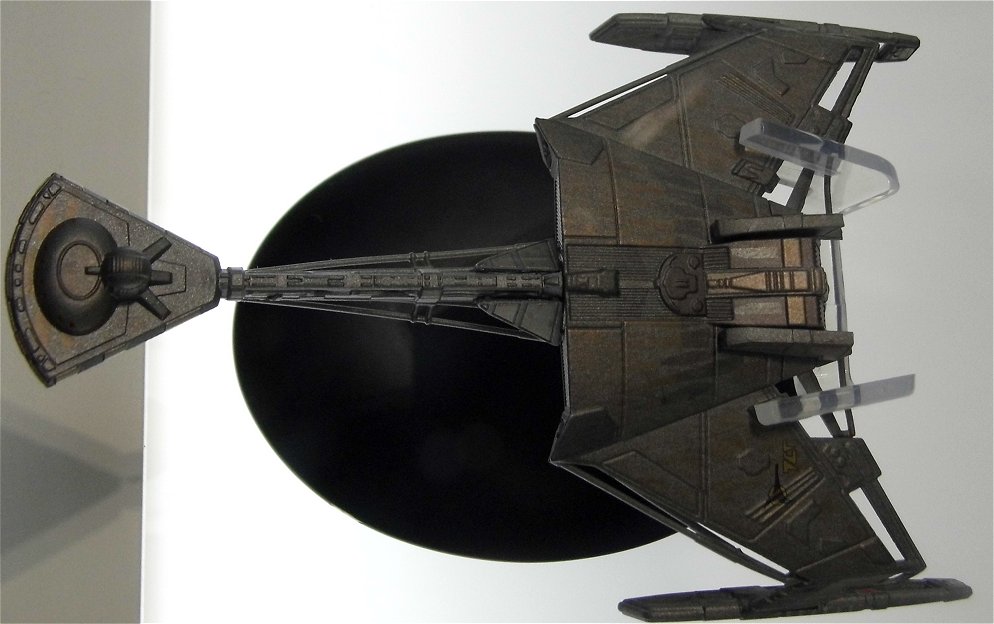  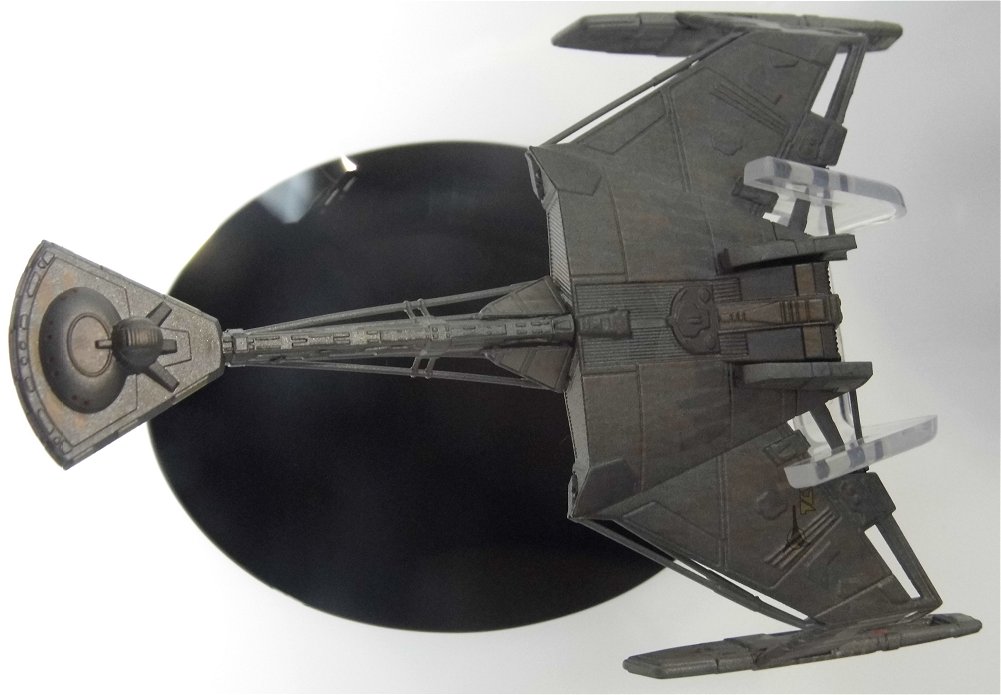 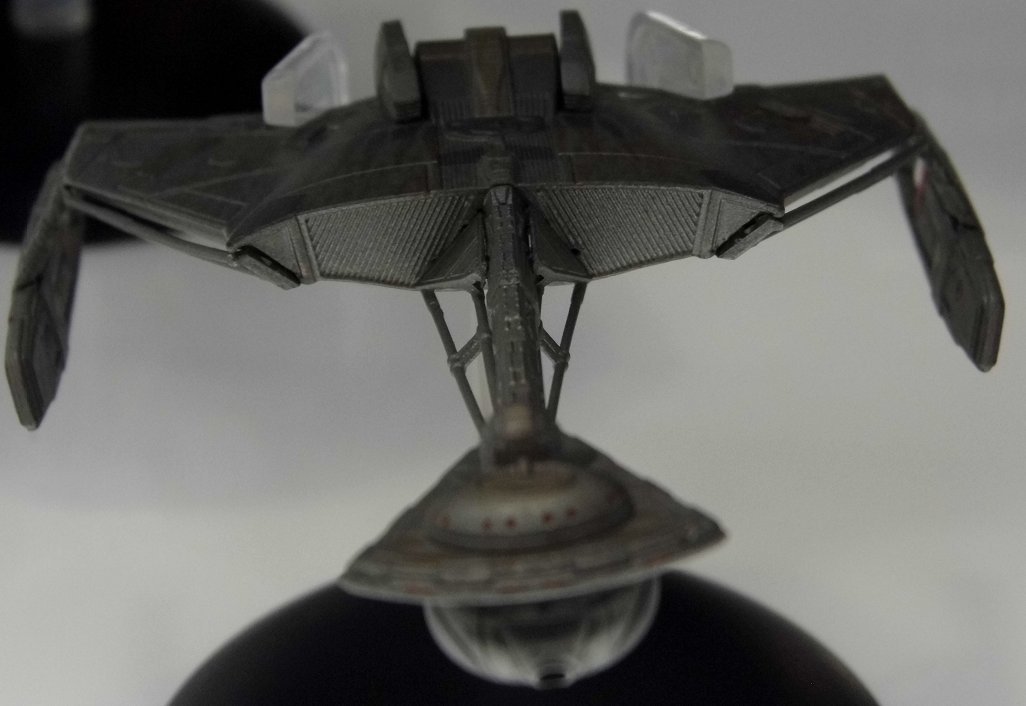 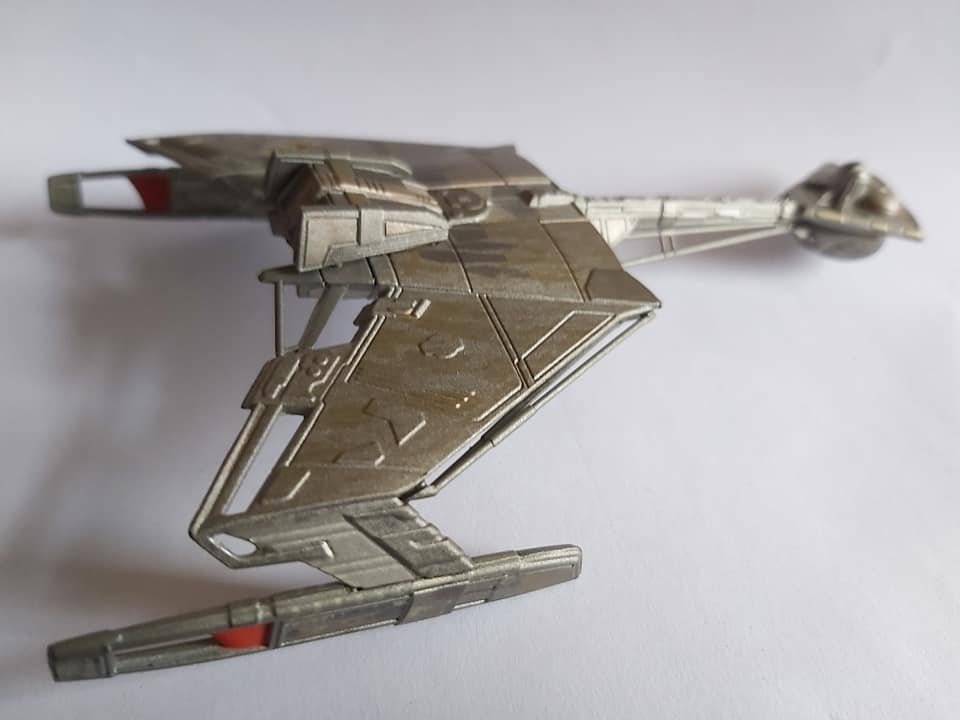 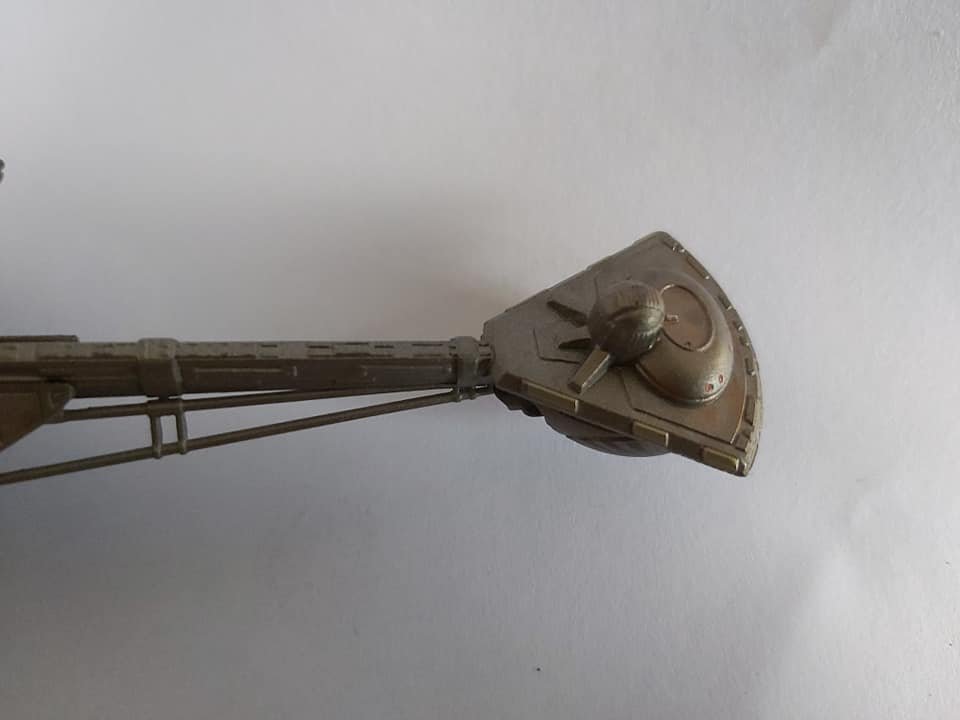 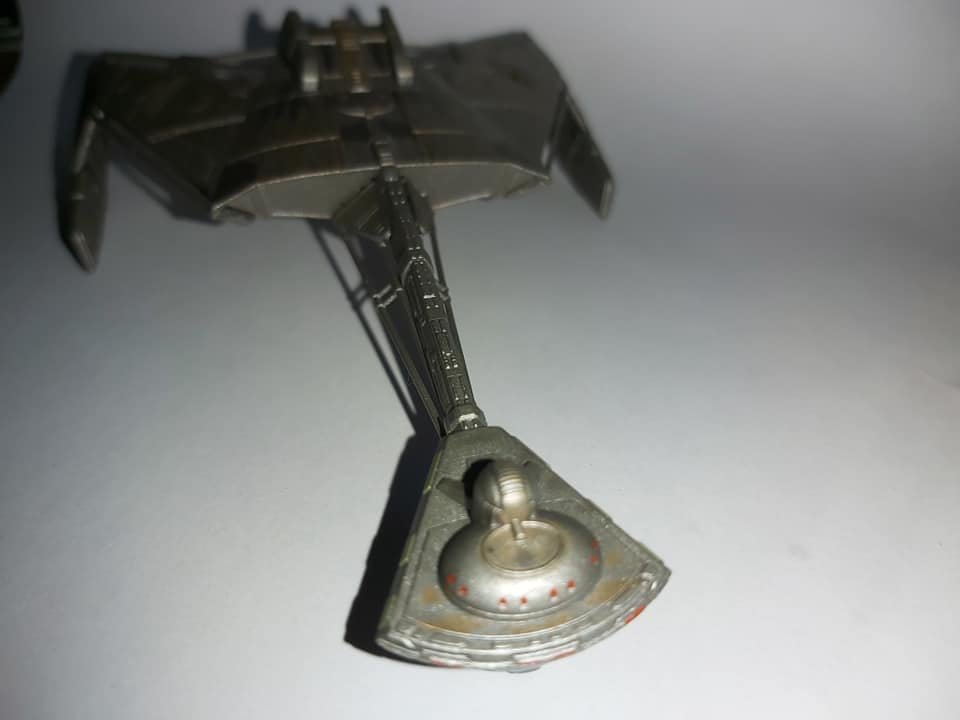 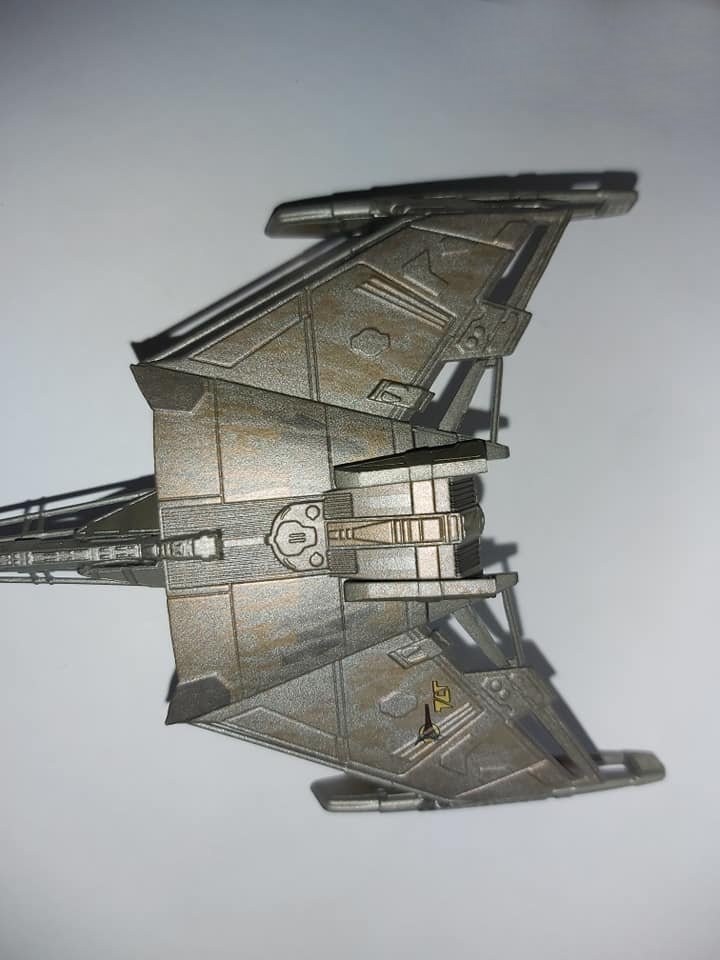 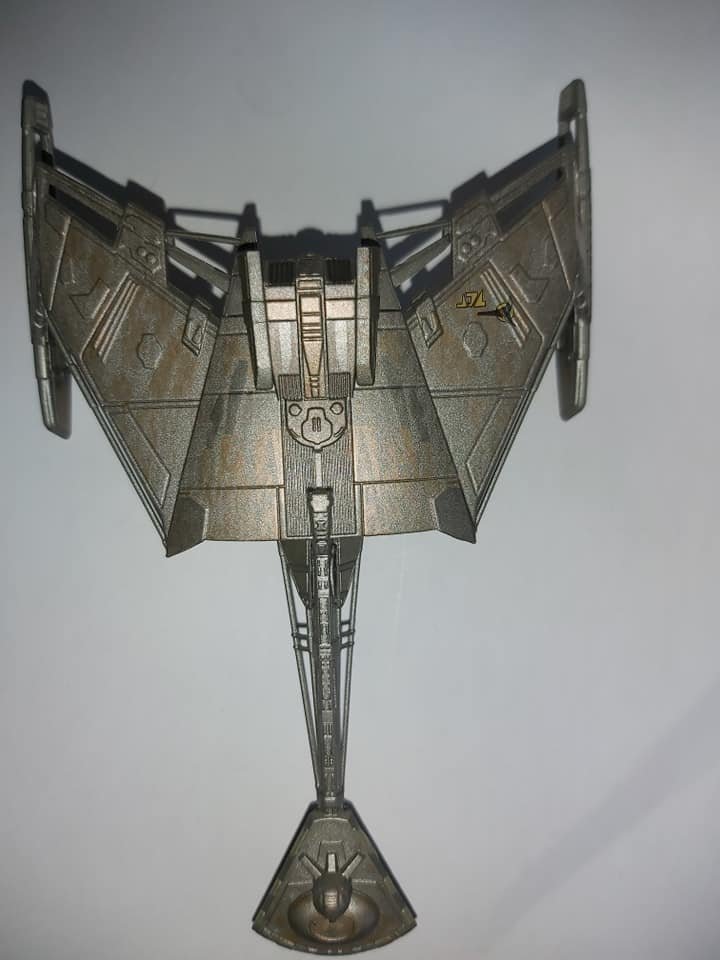 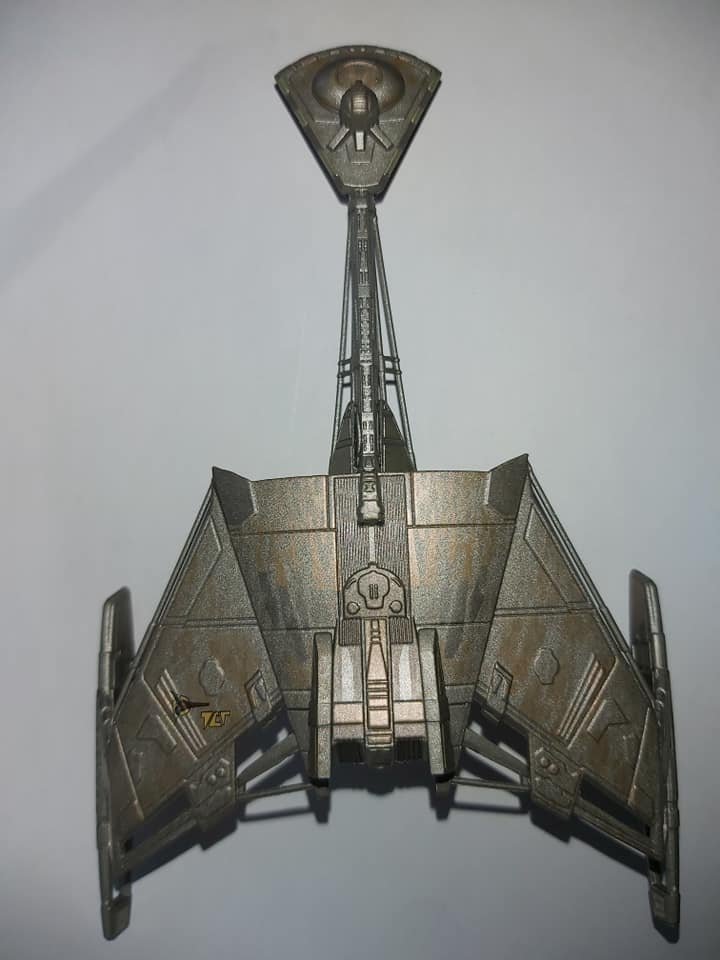 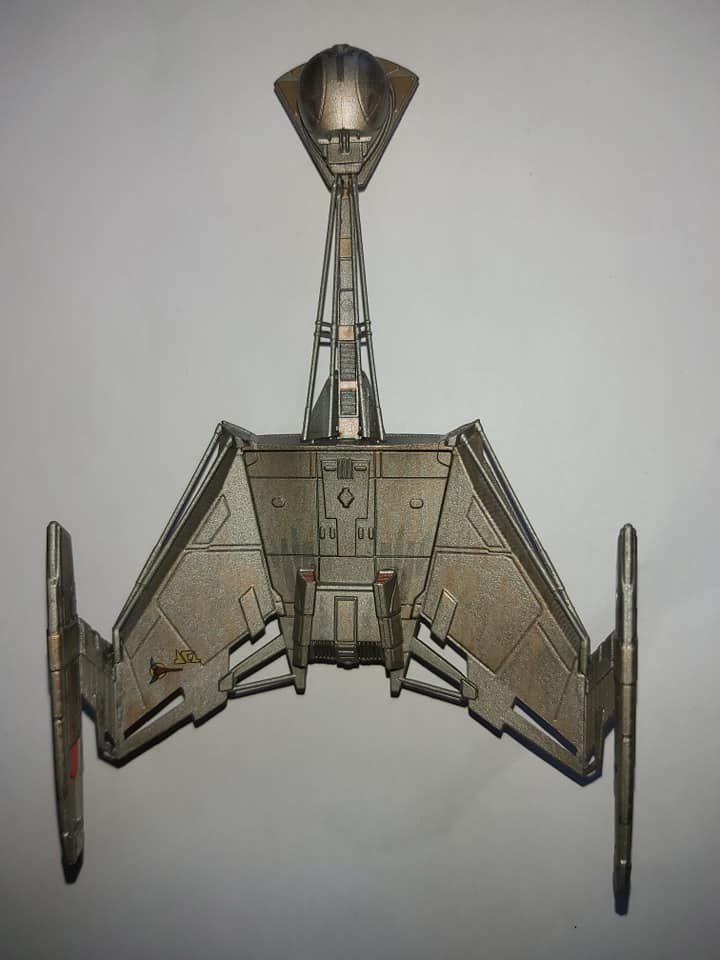 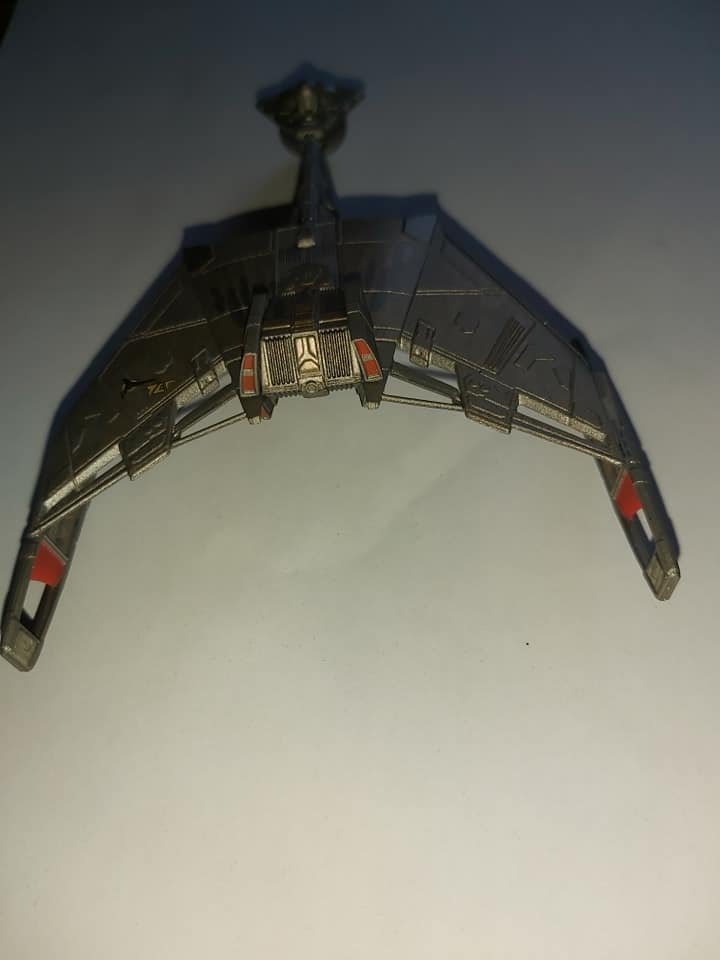 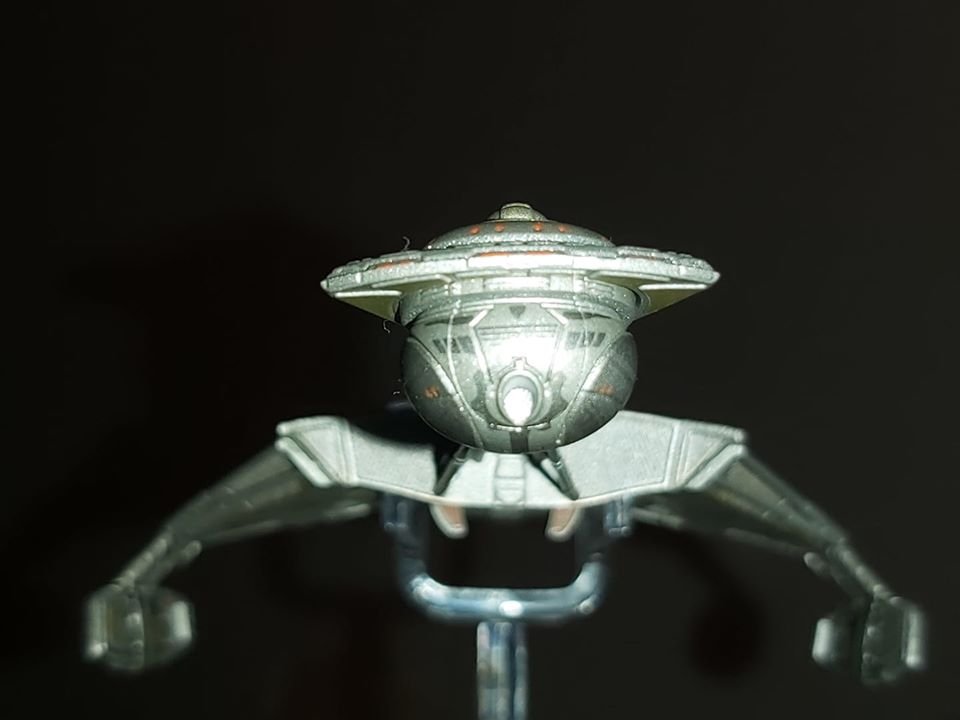 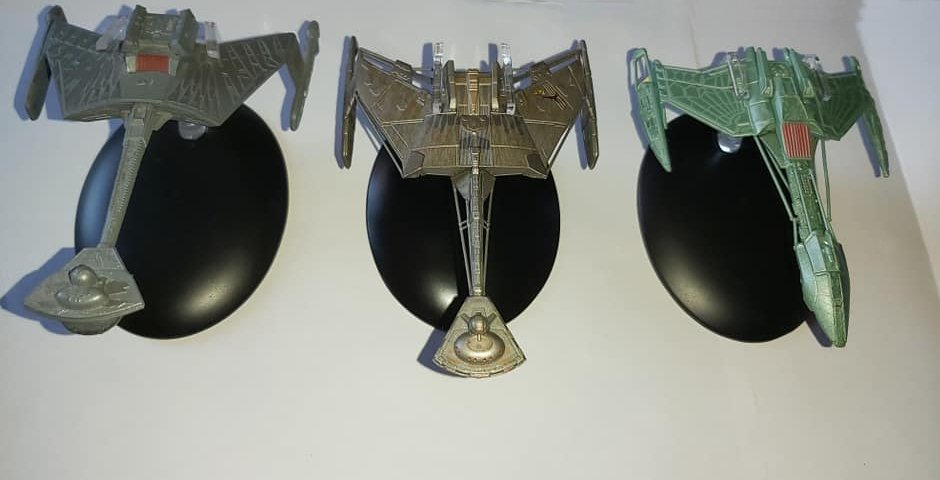 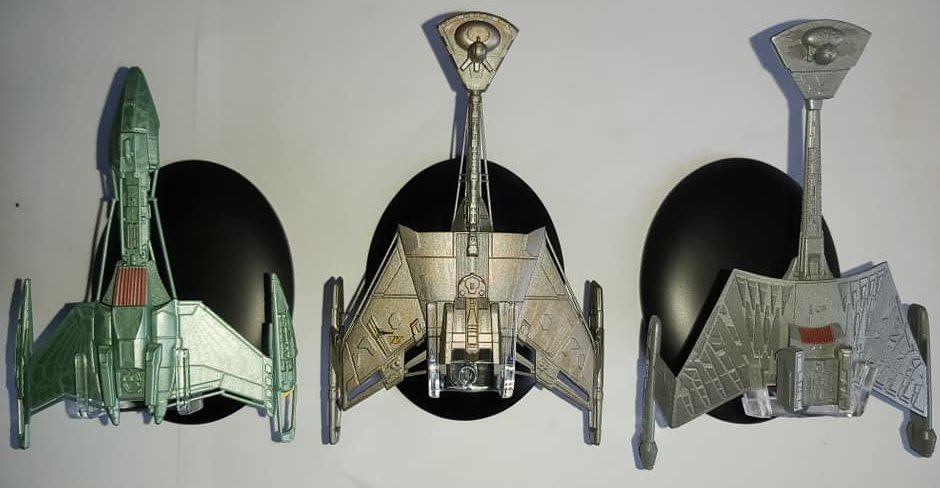 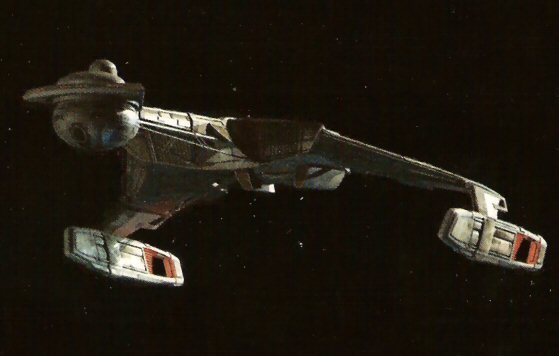 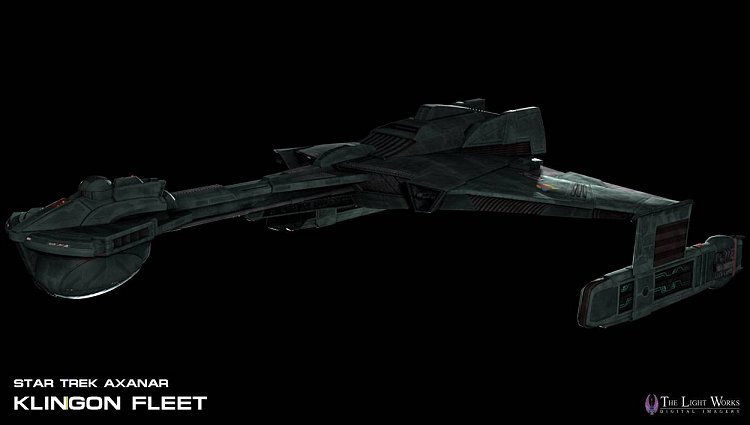 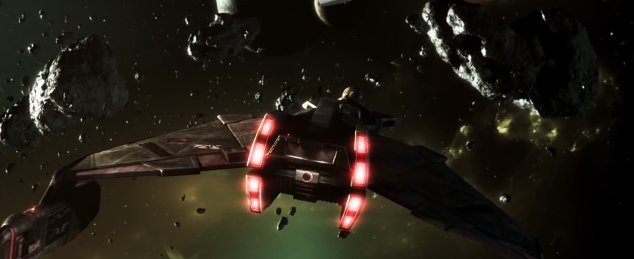 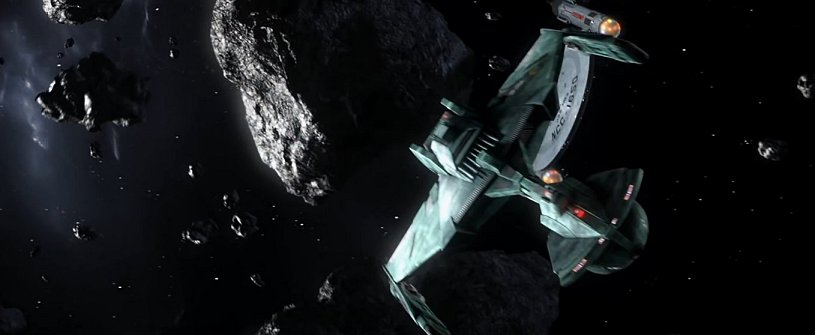 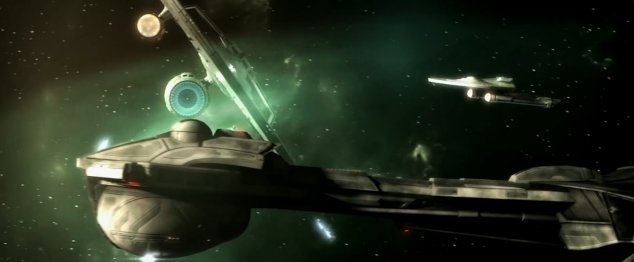 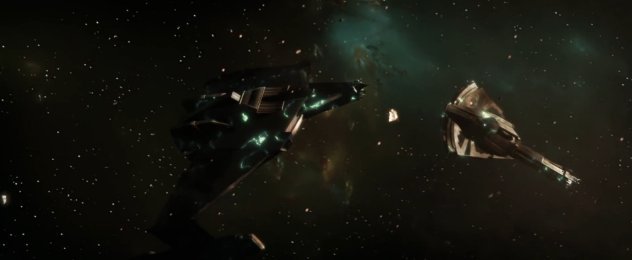 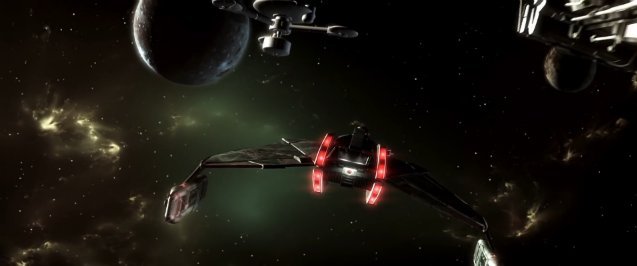 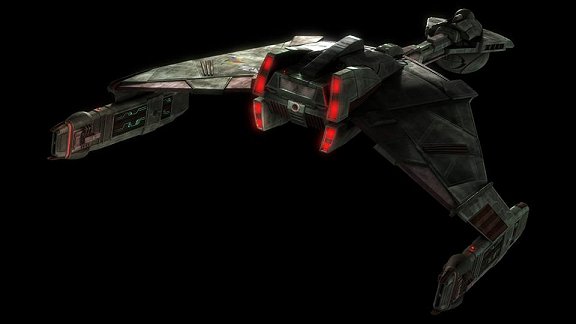 | Direct forebear to the D-7 design. This mid-22nd Century battlecruiser succeeded the venerable D-5 design as the primary Klingon warship. This was the last collaborative design of Klingon warship prior to the D-7 in 2257. Introduced in the 2150s, the design could outrun the fastest Starfleet vessels then in service. In its so-called supercruise mode, the D6 was able to sustain a speed of warp 7. Crew of 250. The design evolved through the 23rd Century, losing the extraneous support struts and gaining extra structure around the command pod. The D-6 remains the principal warship of the Imperial Klingon Navy from the 2150s to the introduction of the D-7 in 2257. D-6 was refurbished in both the 2270s and 2290s, with a further series of upgrades now underway. Service Life Extension Programme (SLEP) is underway to ensure they can remain at the forefront of the Klingon Order of Battle (ORBAT) for the next twenty years and beyond. With well over 4000 D-6 class cruisers built, many of them are still frontline warships - especially in the deeper and backwater regions of the Klingon Empire. The design has been updated over the decades with cloaking technology, transporters, weapons and sensors. The ablative armour has been patched on many examples. Examples entering service may be decades old, have patched-up armour, may rattle at warp, with a reactor pit that irradiates you constantly, however the D-6 is held in high regard, being the principal cruiser design in terms of numbers. It is a common misconception that the IKN uses only the latest warships. Even in 2312 there are D-5, D-6 and early series D-7 warships still in service. Most Klingon commanders who have earned a cruiser command will get a D-6 warship. The D-7 design being retained for the more senior commanders. With the Klingon culture favouring constant combat, the Klingons have evolved to use whatever weaponry they can get. Vessels include: IKS Begh'poQ, IKV Blue Fire, IKS Chong'pogh, IKV Death Hand, IKS Deb'choS, IKS Duy'Hub, IKV Fencer, IKV Fury, IKS Gho'be', IKS GhoH'Sot, IKS Hob'DIS, IKS Hurgh'ragh, IKS Luq'argh, IKS MajQa'be', IKS NaS'puchpa', IKS Nay'par, IKS PiqaD'nem, IKS Qugh'tung, IKS Qup'SoH, IKS Qut'Such, IKS TaD'moH, IKS TajHu, IKS Tar'be, IKV Two Fingers and IKS Wuv'a'tem. The main vessel for the Interim Years for the D-6 class warship is IKS yoH (Brave), Commander L'mak's ship. Like his previous ship, MK1 Bird of Prey Duj Puj, the yoH is old and has a well-used feel. No cloaking device, the yoH has a reactor pit that is so radioactively dangerous, the Chief Engineer has a half-melted face ("A small price for the honour of the Empire"). This ship has been jury-rigged, repaired and modernised so many times that little of the original design can be seen. This is very much a frontline warship of the Imperial Klingon Navy. The design of the 23rd Century evolution of the D-6 was done for Star Trek Axanar. Original version of the D-6 was designed by John Eaves as the D-4, later used as a designation for a patrol vessel in Star Trek Into Darkness, hence the change from D-4 to D-6. The similarity of the D-6 design to the D-7 is my justification how the Klingons were able to design the D-7 in ST: Discovery and build the lead ship in less than a year. The uprated D-6 served as a template for the new design.. |
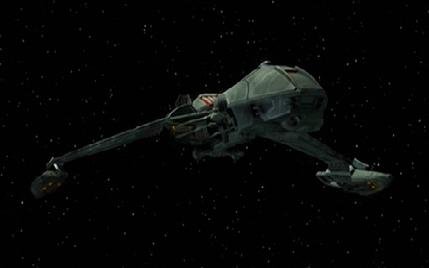 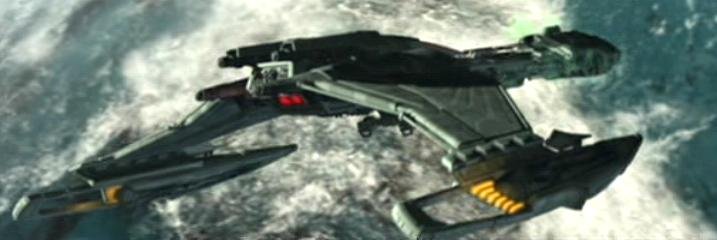 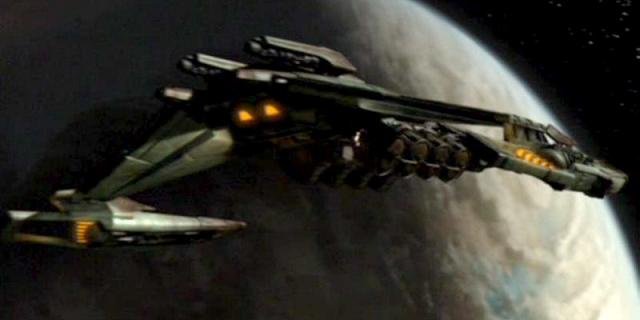 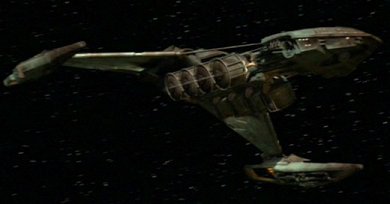 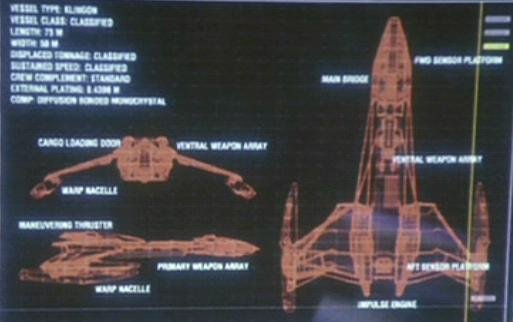 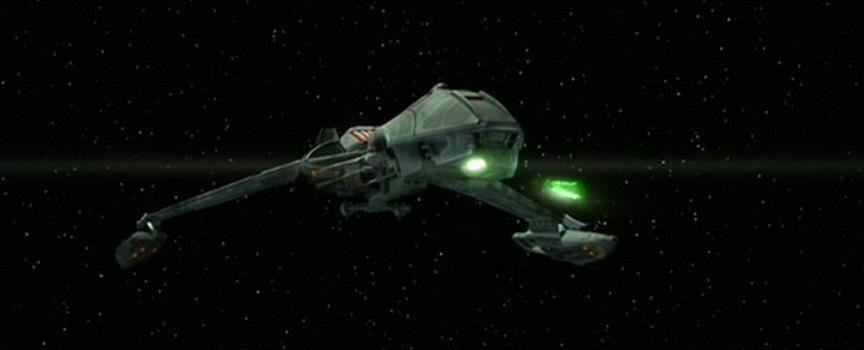 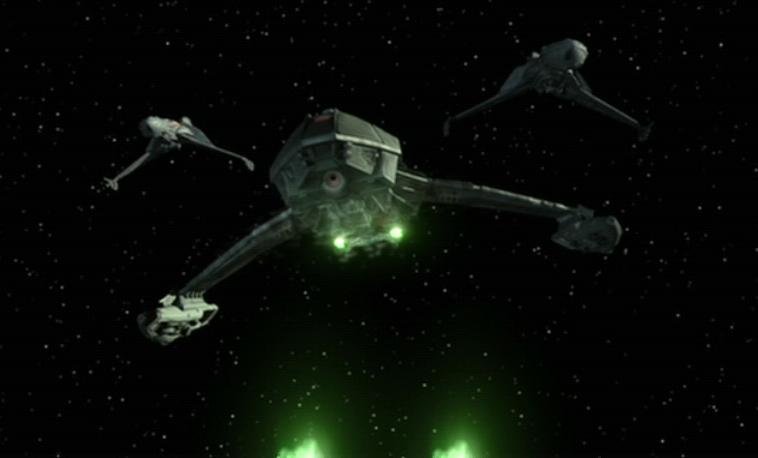 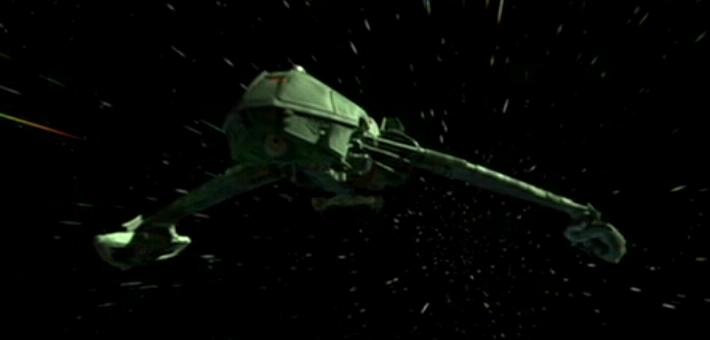 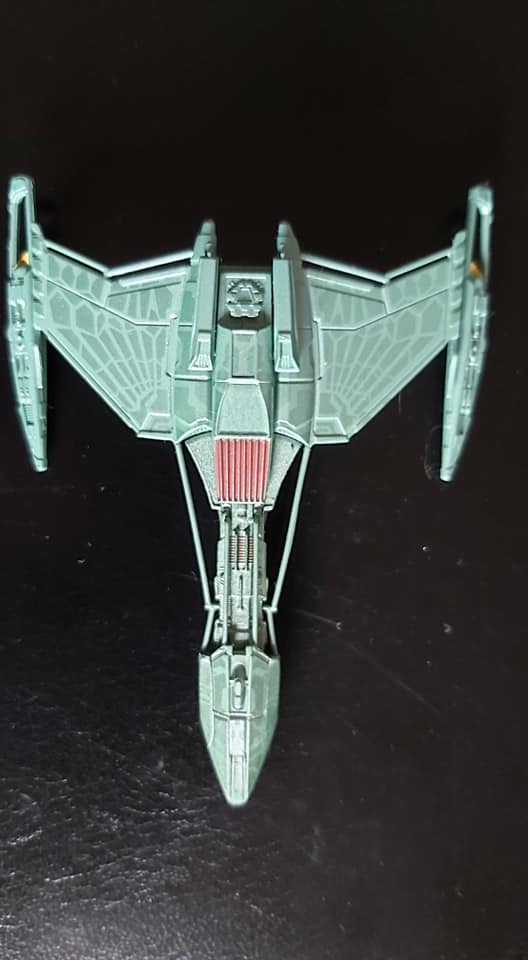 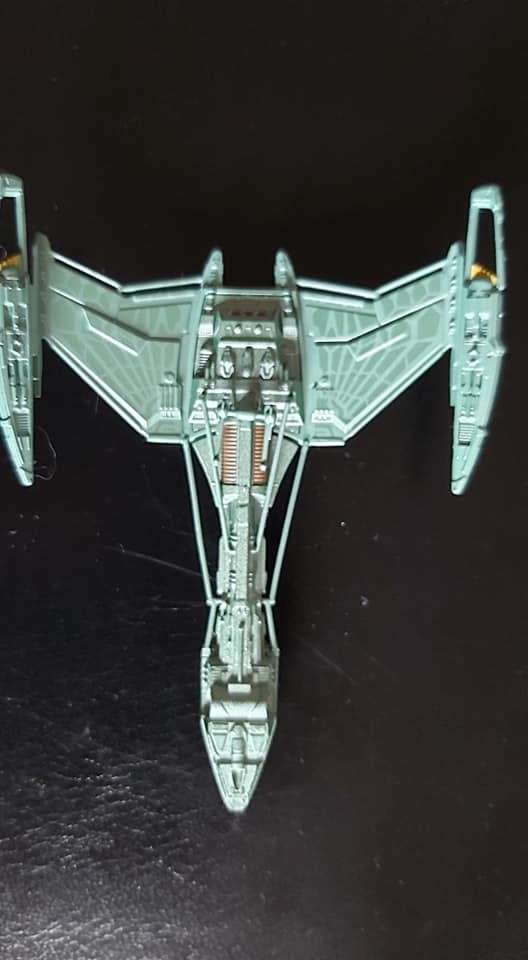 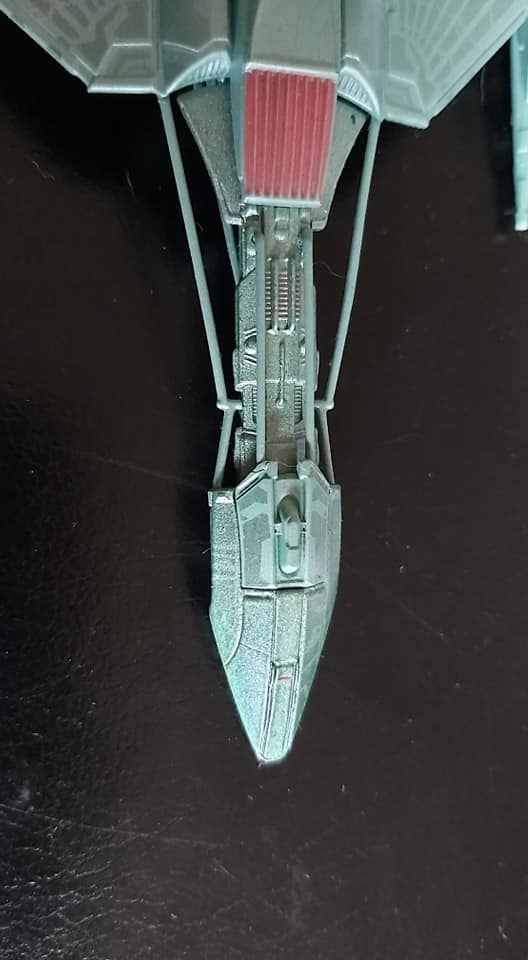 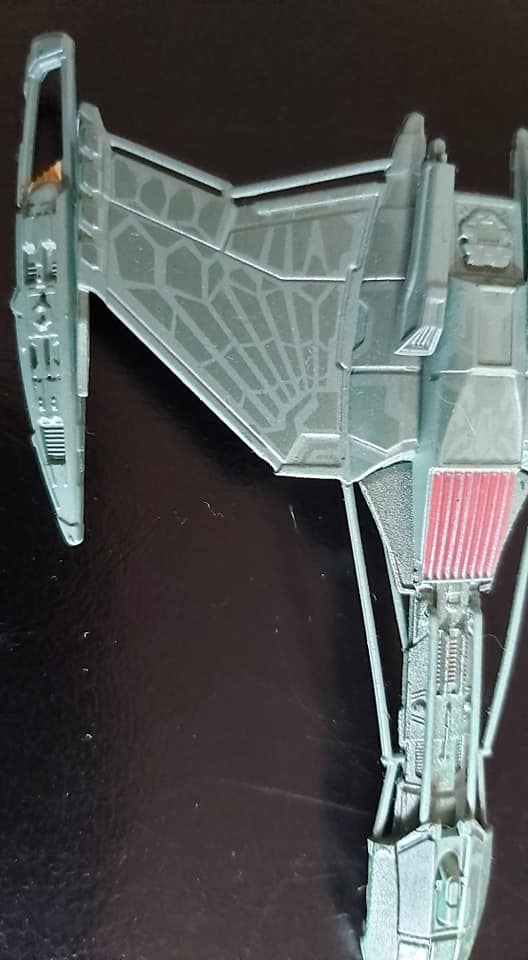 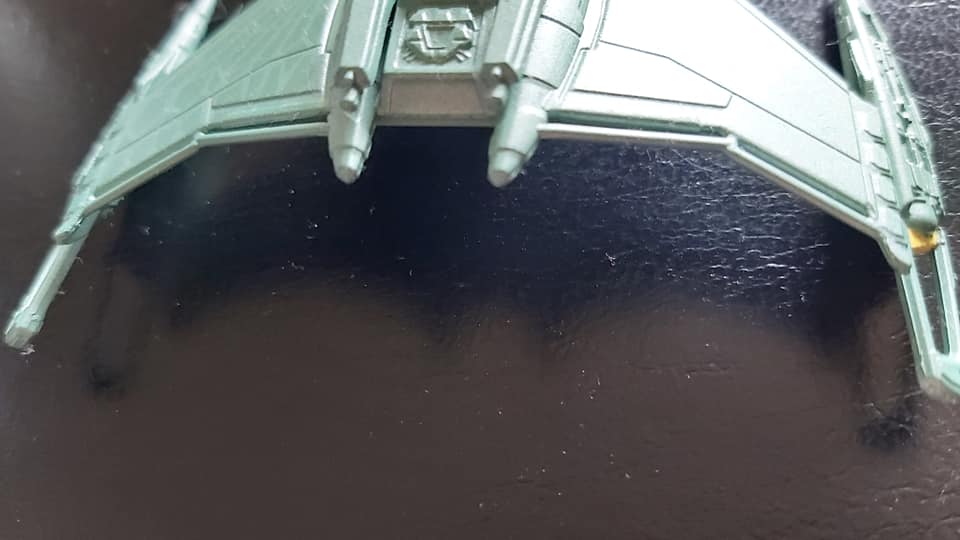 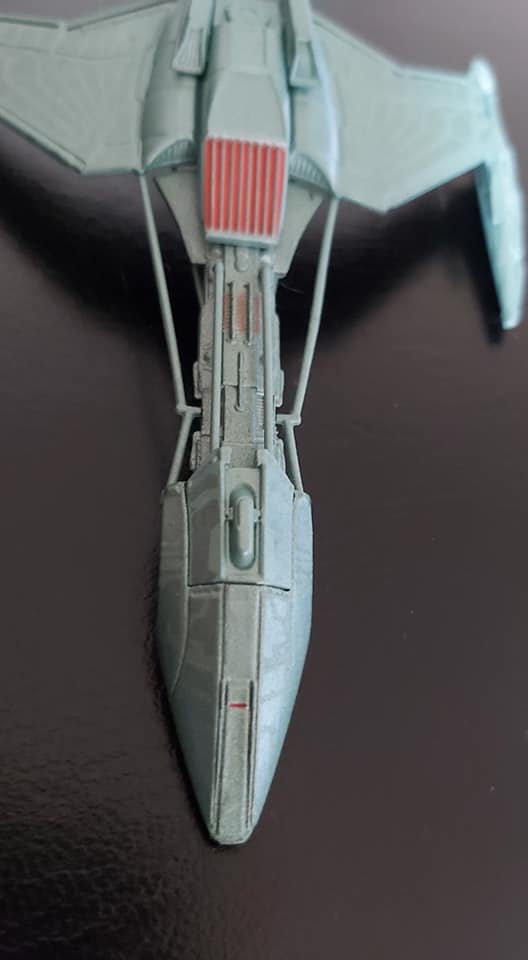 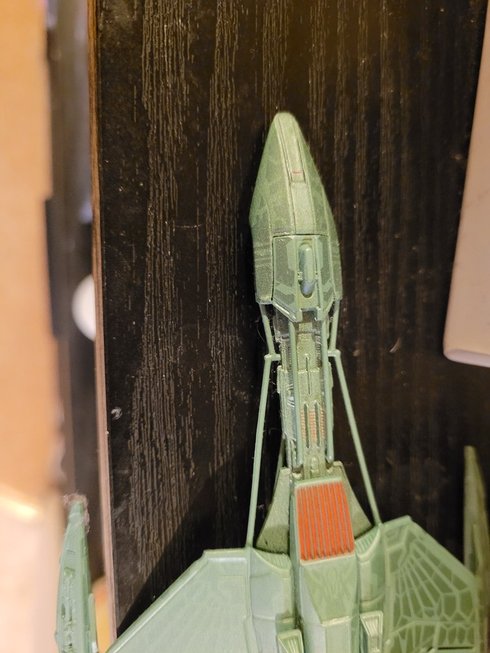 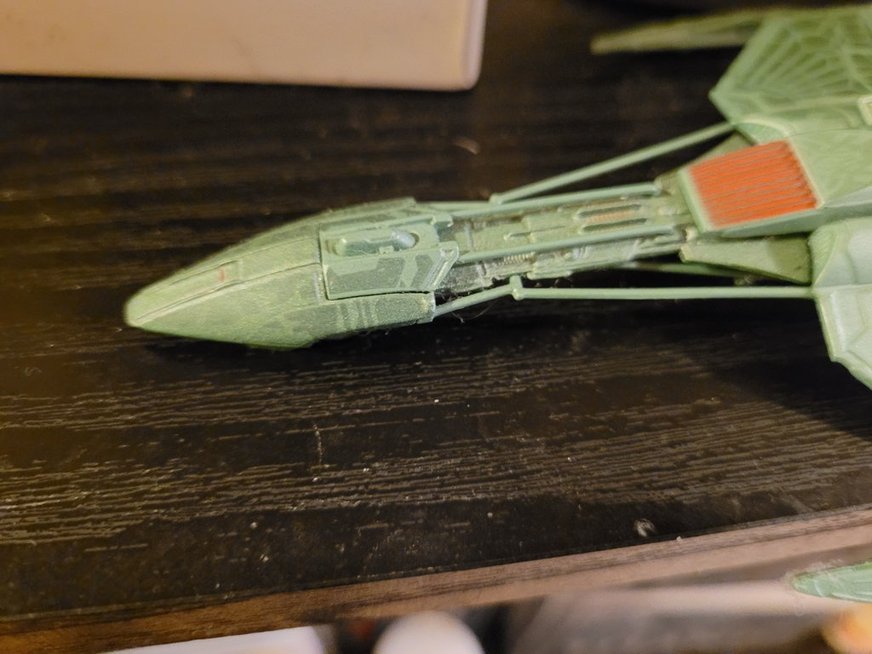 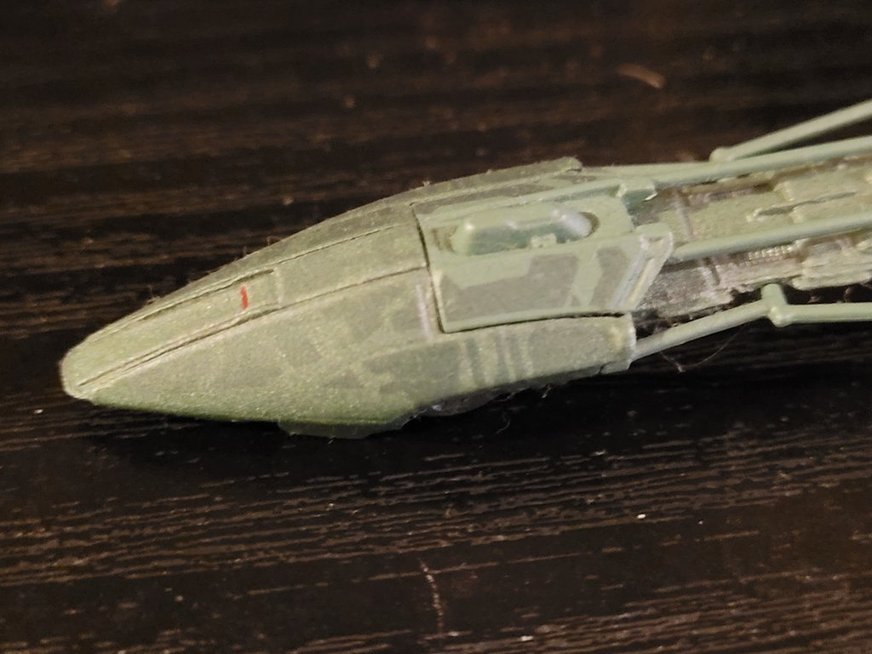 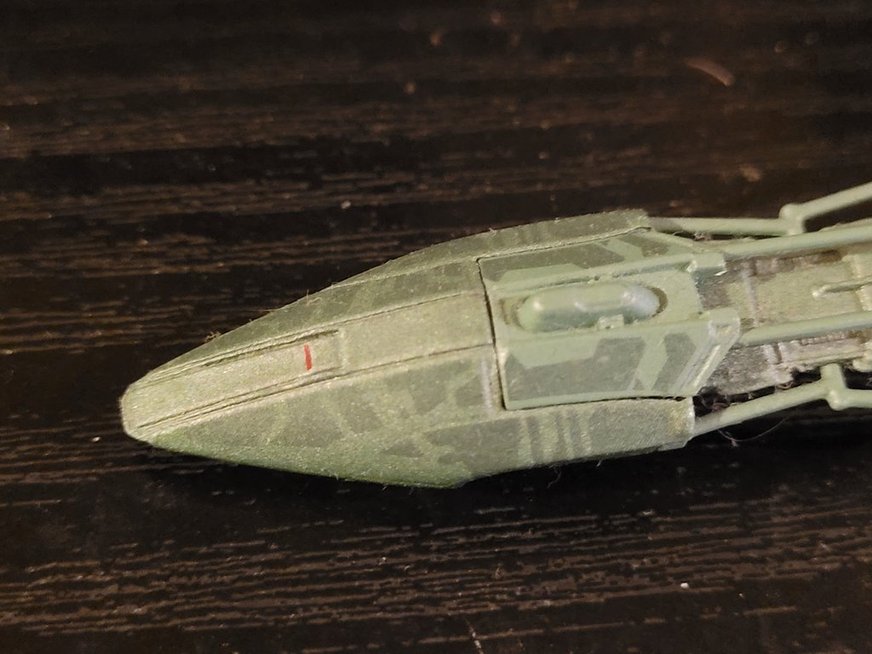 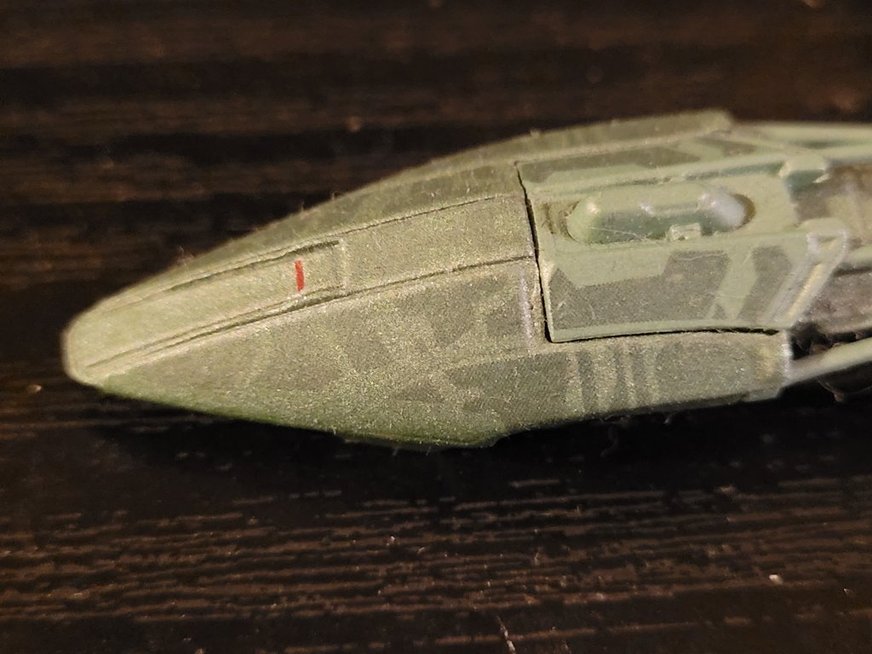 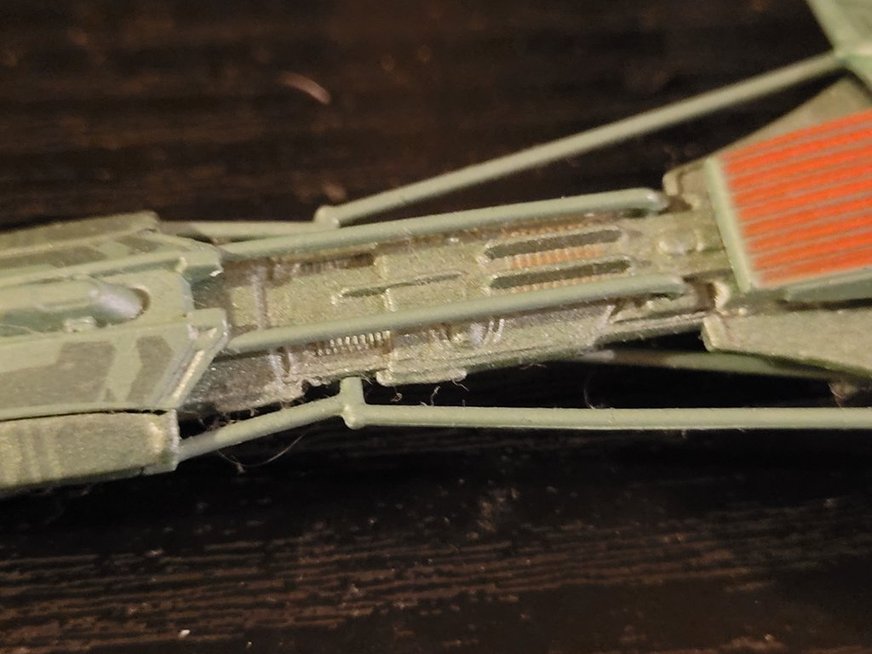 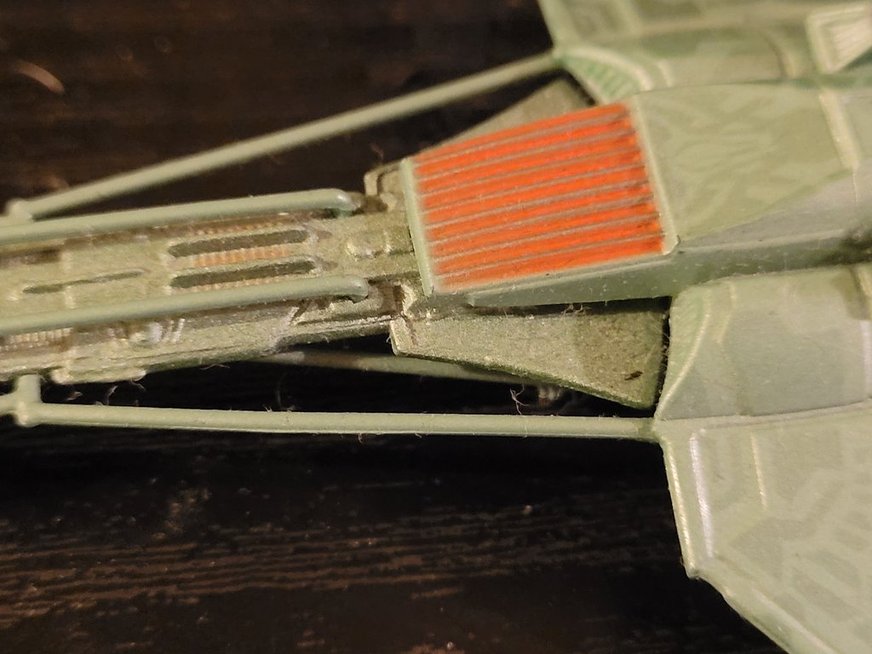 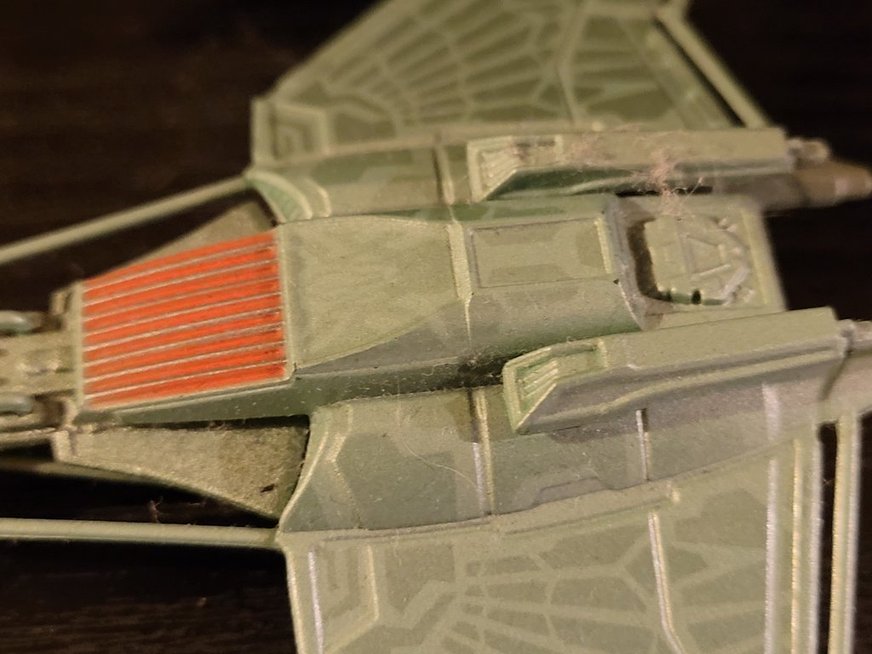 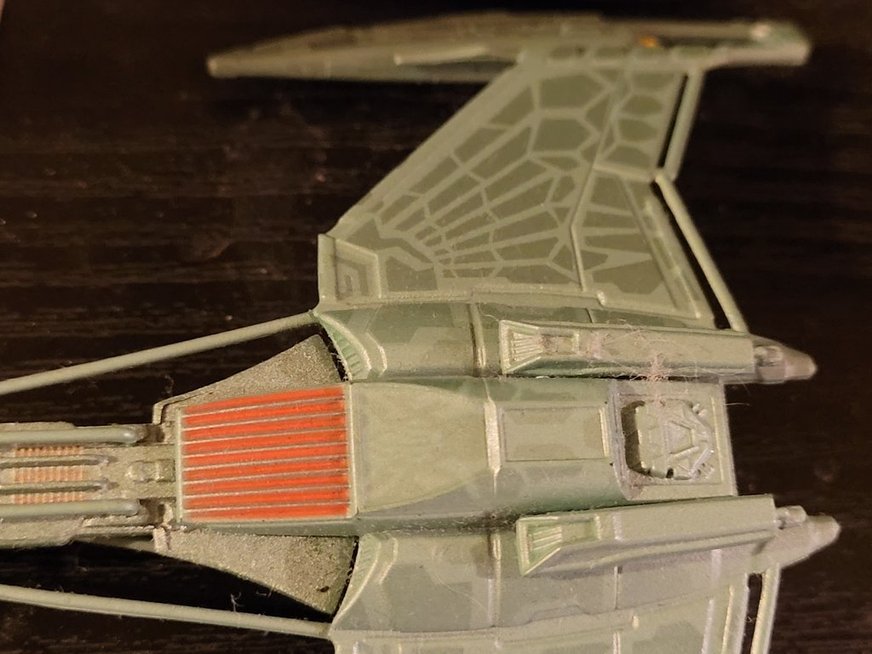 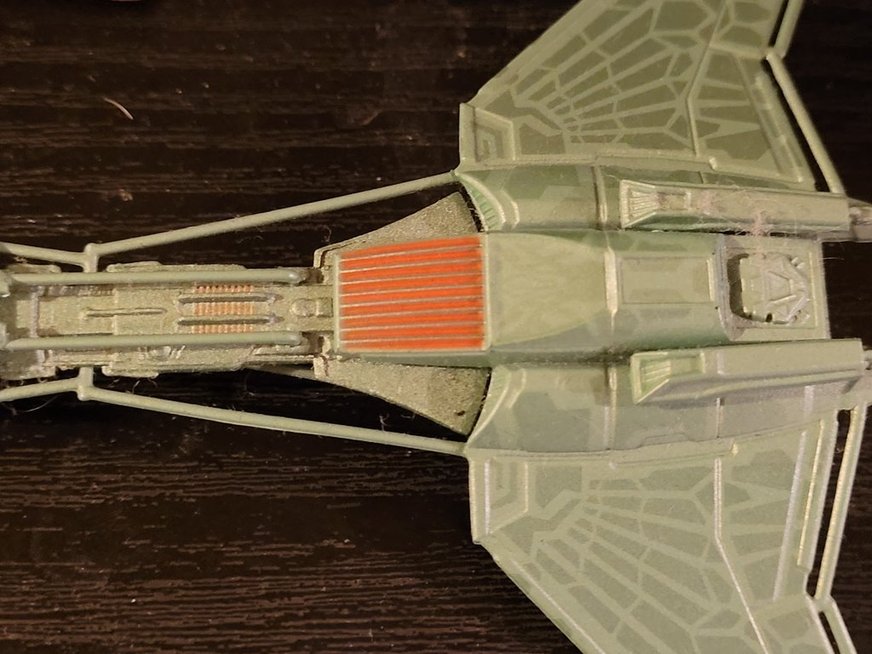 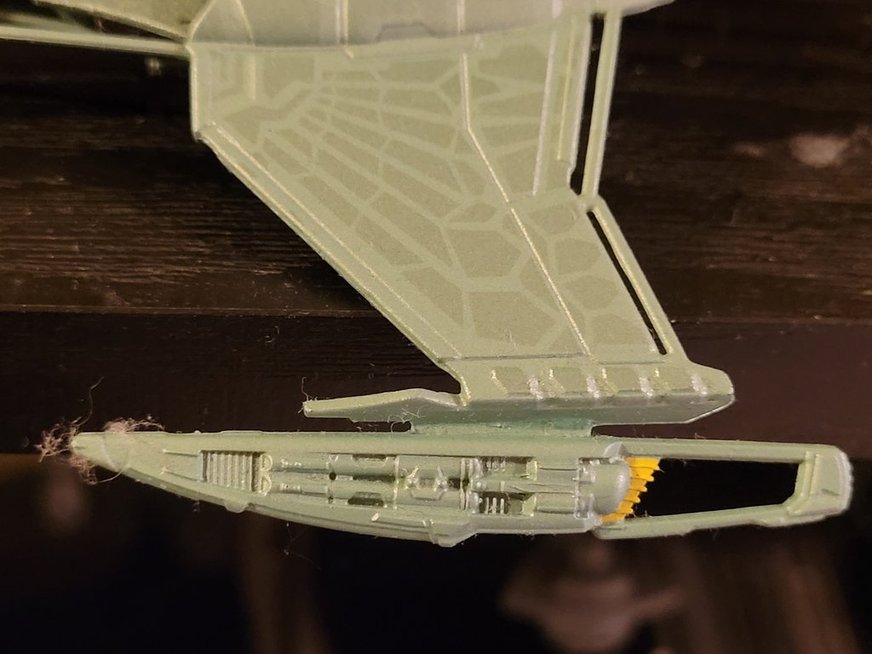 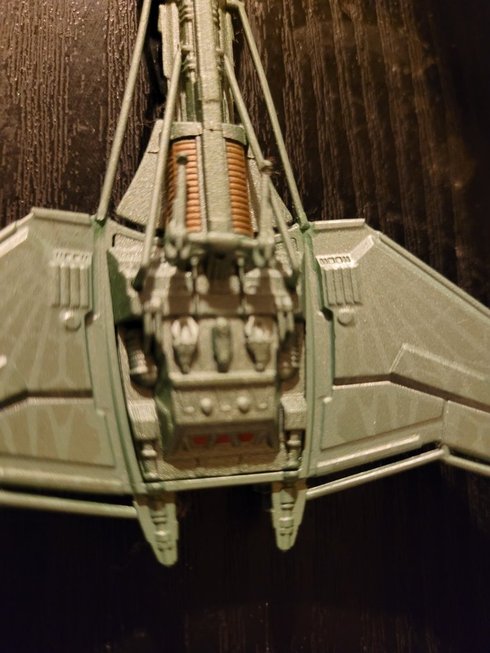 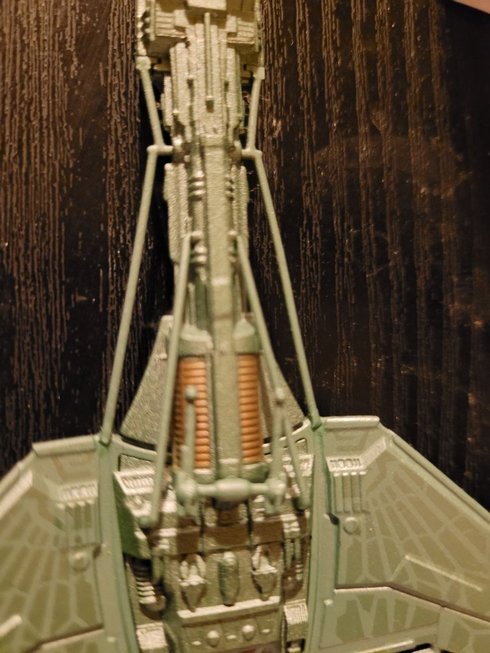 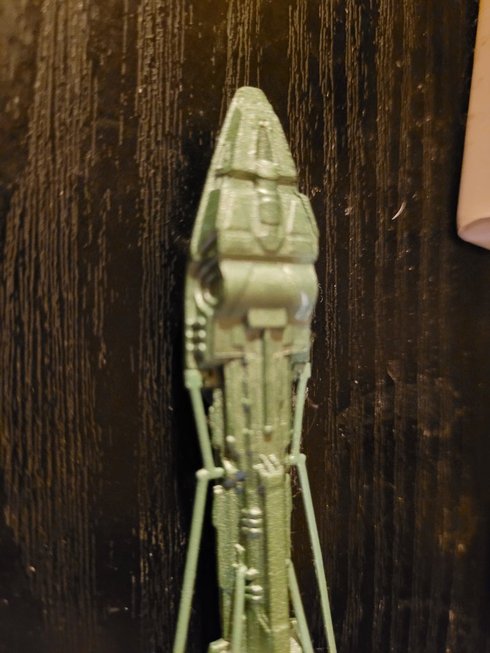 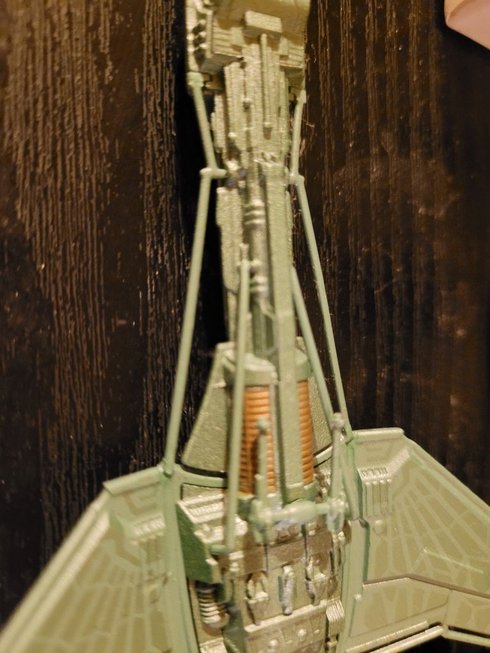 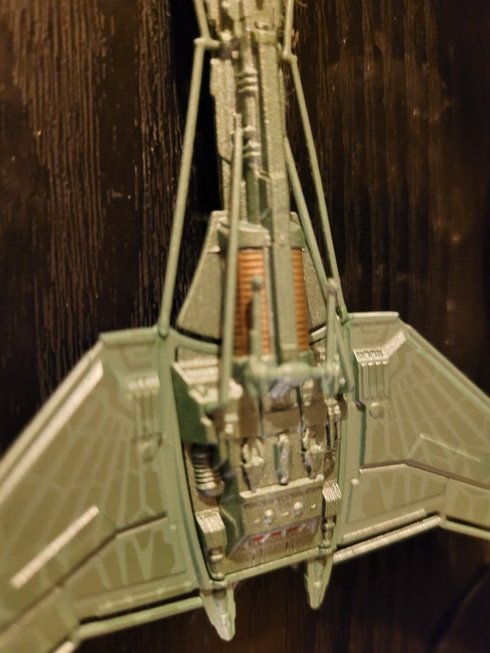 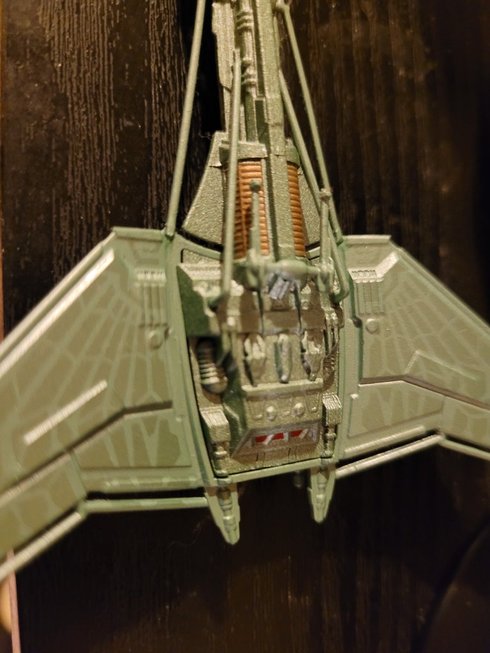 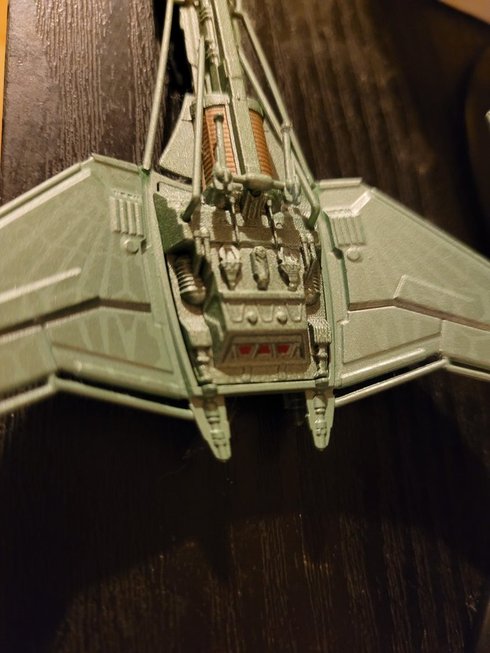 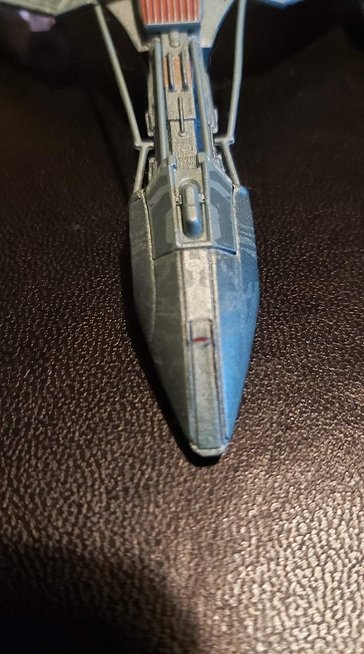 |
The D-5 Battlecruiser dates back over a century and a half. This was the principal warship in the era of NX-01 Enterprise. Updated over the decades, this is the warship most often seen in the backwaters and frontiers of the Klingon Empire. The Kronosian Klingons entrust these 'monkey model' cruisers to the non-Klingon officers of the Empire. The central 'desert' region of the Empire and the Southern and Eastern frontier regions are the highest concentrations of the D-5 cruiser operation. Kor has his warship Klothos, that was one of the first warships to be upgraded with a cloaking device. His D-5, like others, has cables and equipment crudely attached to the warship as upgrades (such as the cloaking device). More commonly, the D-5 aren't cloak-enabled and are for the auxiliary and reserve forces of the Imperial Klingon Navy. The IKN forces in these more remote parts of the Empire have older Bird of Prey and Raptor warships. The D-5 operate as command vessels and flagships for these forces. The 2293 D-5 are able to operate modern photon torpedoes. Some have been modified with ablative armour, like modernised D-6 have been. One hundred crew are crammed into the D-5 in a space made smaller than original by the influx of new equipment to modernise the warship to acceptable modern standards. The robust spaceframe is more than capable of taking on the new sensor and weapon systems. Some D-5 deemed to old for upgrades have been converted to tankers. Thousands of these cruisers were constructed by the Klingons over the century and a half, which is why there are still a significant number still in service. Older, damaged vessels are used for spare parts to keep the remainder in service. D-5 warships have reactor pits that are so old as to be dangerous. It is common for the life expectancy of engineers to be limited by this radiation. Kor's Klothos is a rare example where his influence was sufficient to get a replacement, modernised reactor installed. Non-Klingon warships aren't likel to have the same influence. Headroom is at a premium in the ships due to additional equiment installed. The bridge is usually the worst area for additional equipment being installed where space can be found. Vessels include: IKS Klothos, mupwI, IKS VoyQong, IKS voyje, IKS voH. Author's Notes: The D-5 battlecruiser dates back to Jonathan Archer's time. Designed by John Eaves, this is an old battlecruiser a century+ old by 2293. For the non-Klingons in the Empire, this, and the D-6, are their cruiser elements. Like the Soviet Union in the 1980s with the old MiG 17 and 19s, or T-34/85, T-10 and T54/T55 tanks or November class nuclear submarines, these are old, robust and reliable pieces of weaponry making up the numbers in the fleet. They may be warp 6, however they've been modernised over the decades. DS9 confirmed Kor's old favourite ship to be the Klothos, one of the first fitted with a cloaking device. |
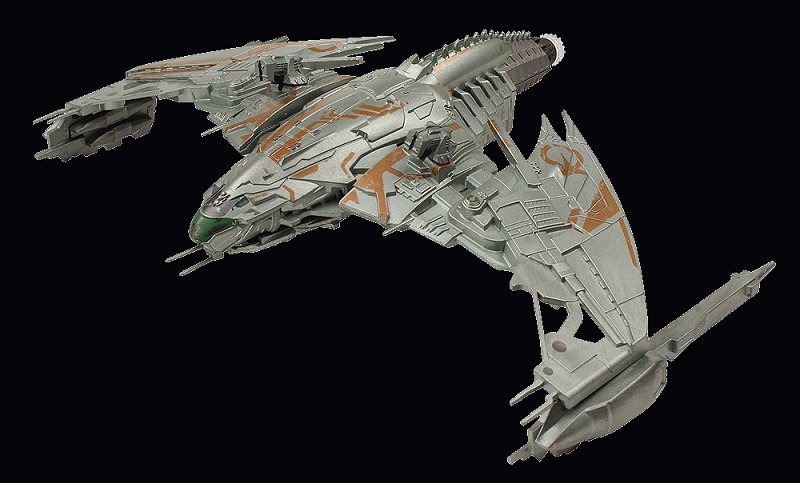 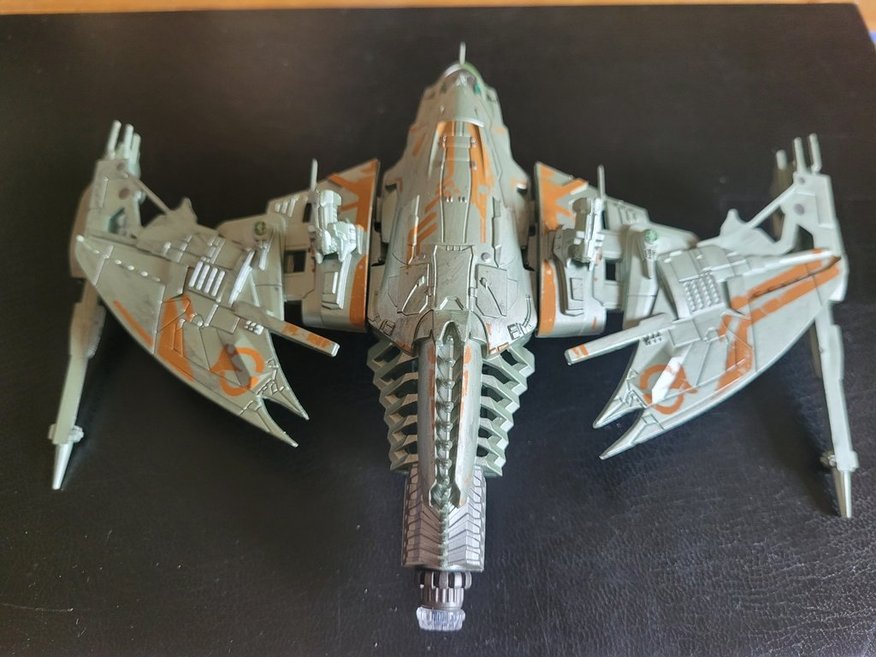 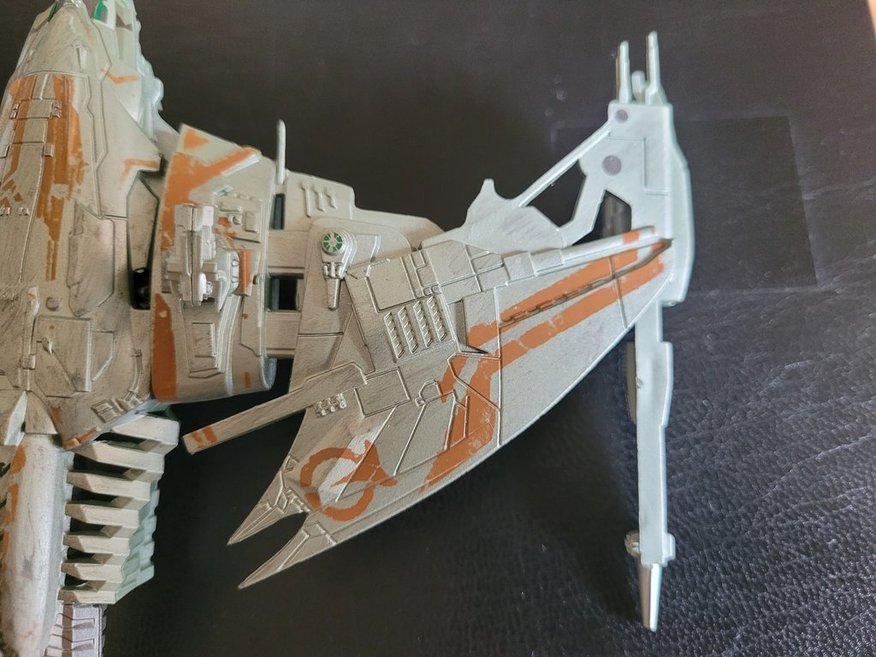 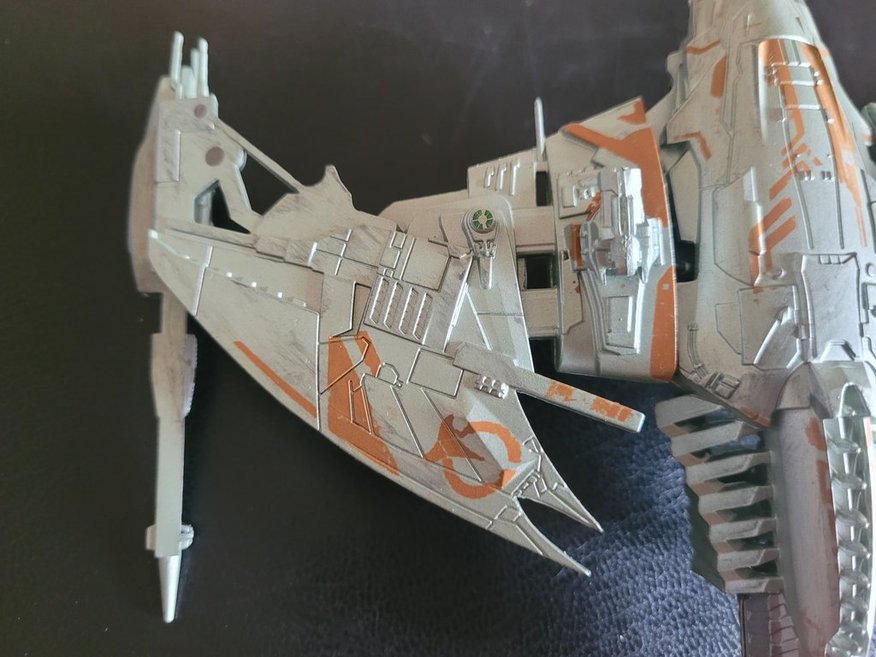 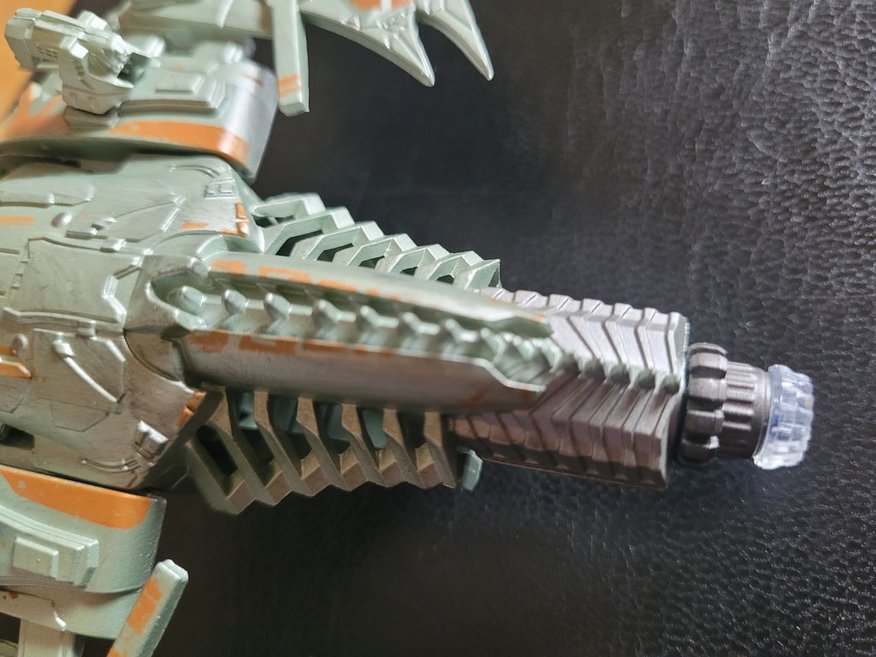 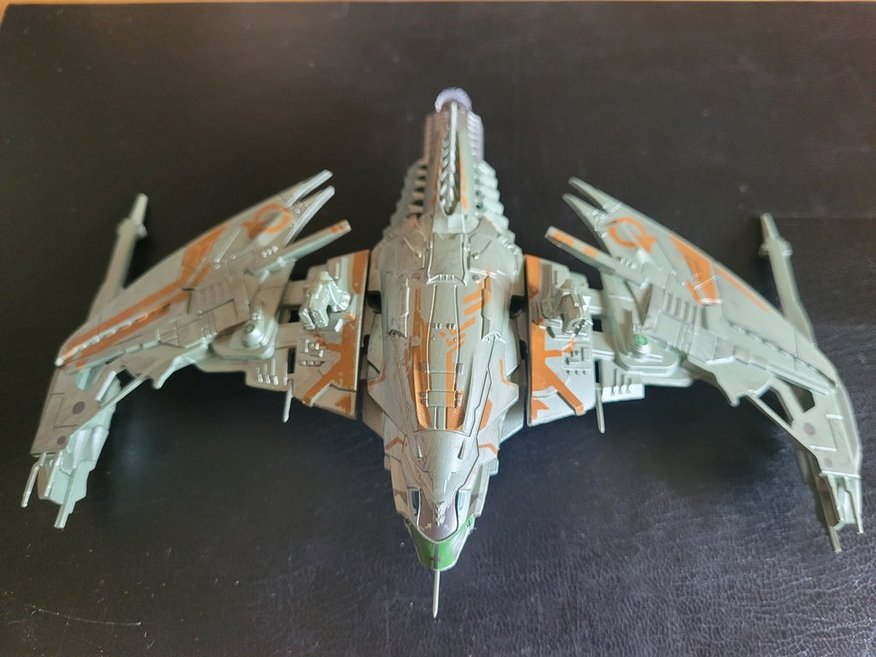 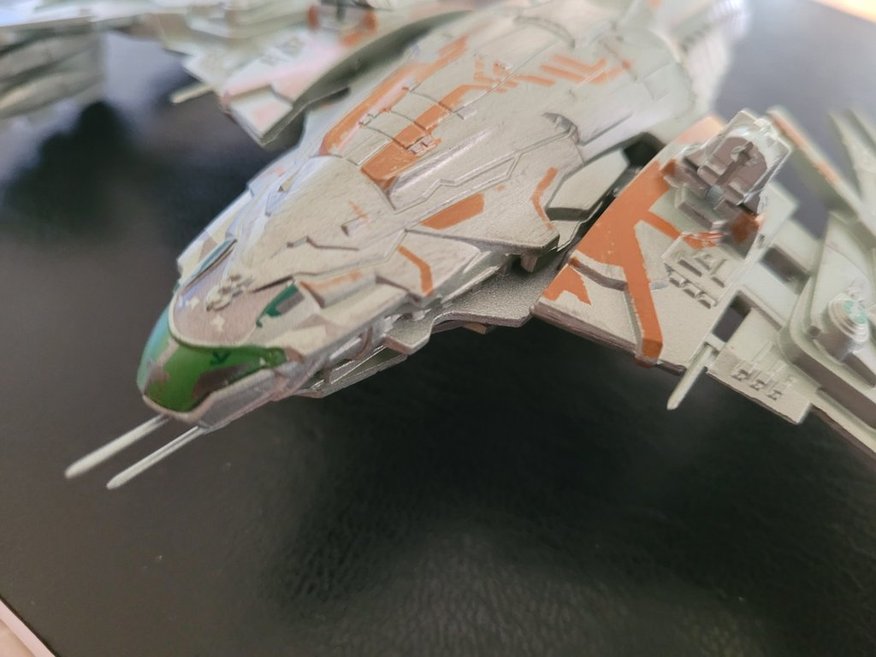 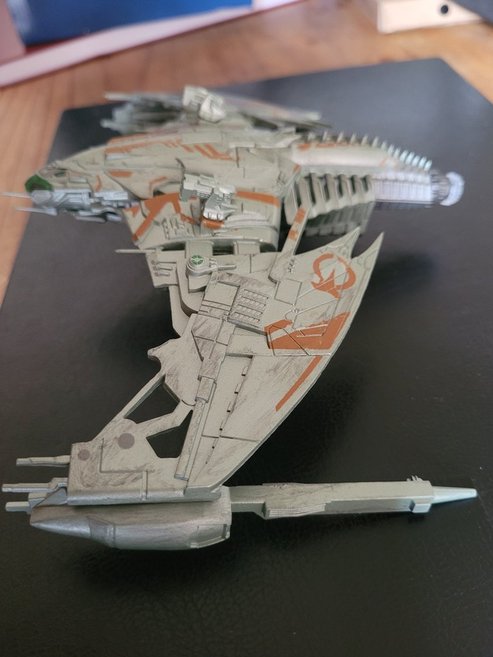 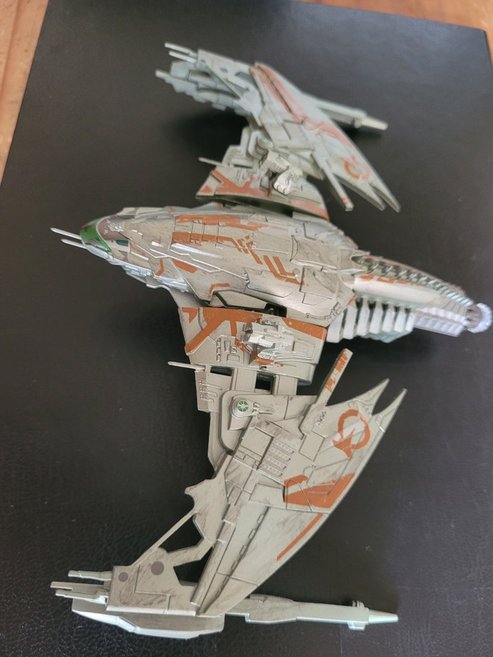 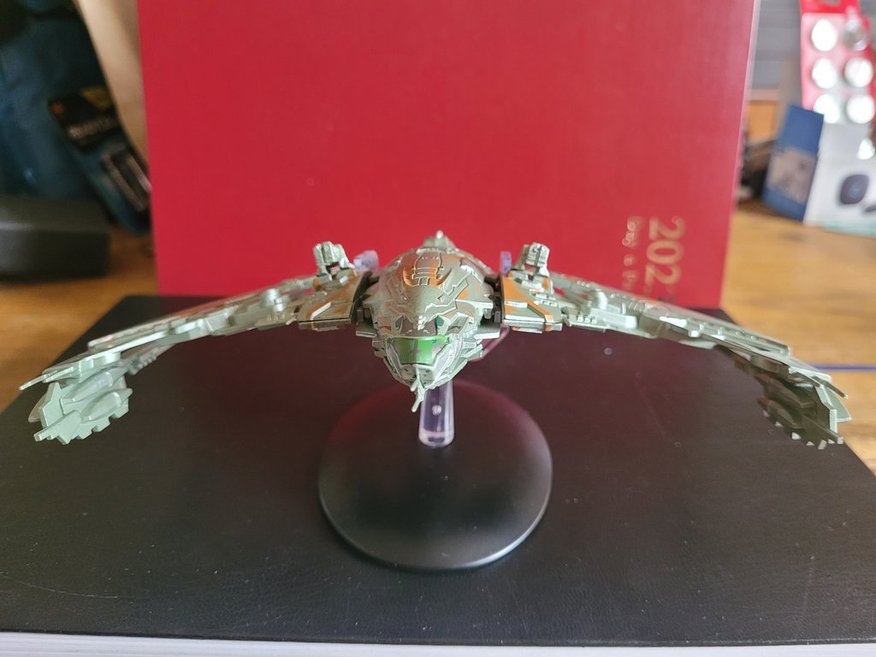 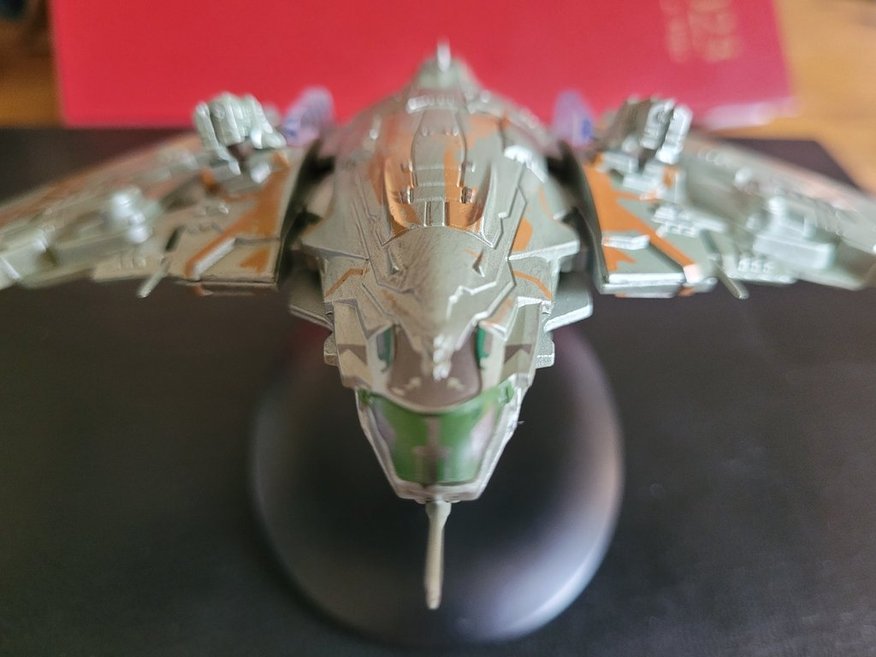 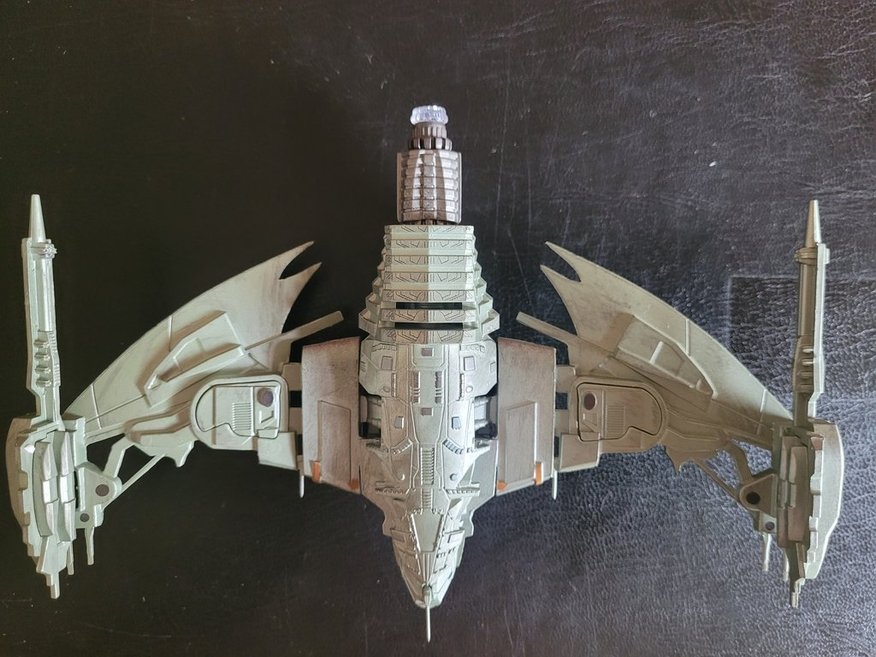 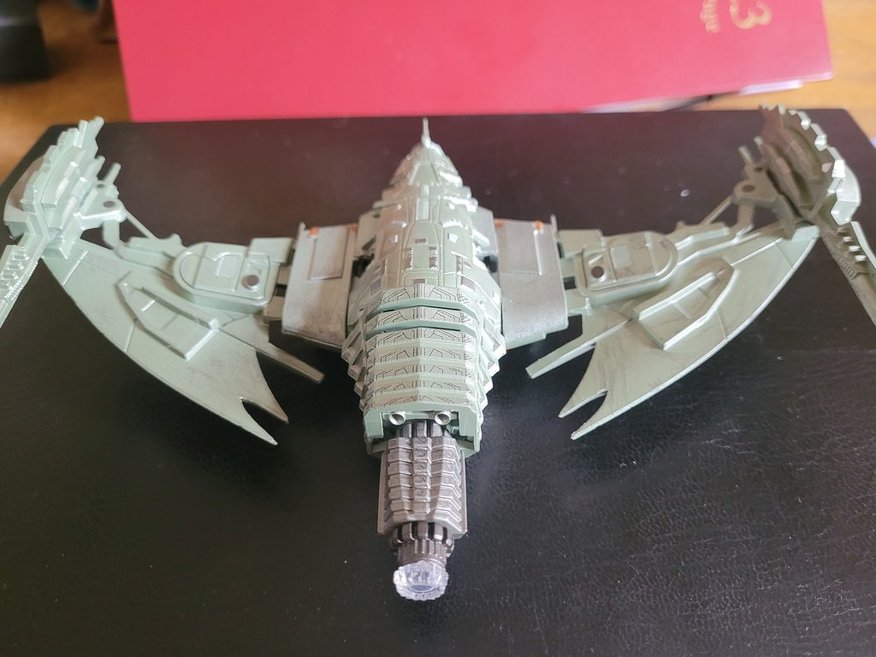 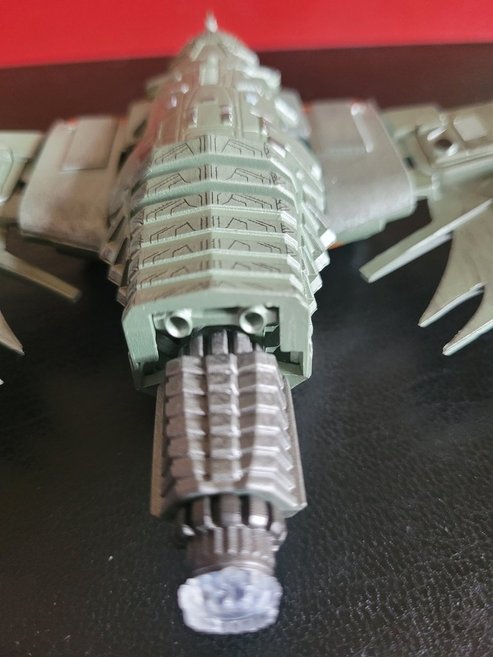 | D4 D'ama with crew 12. This was seen in Star Trek Into Darkness. Patrol Vessel. |
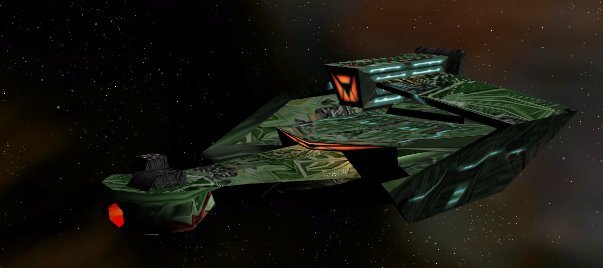 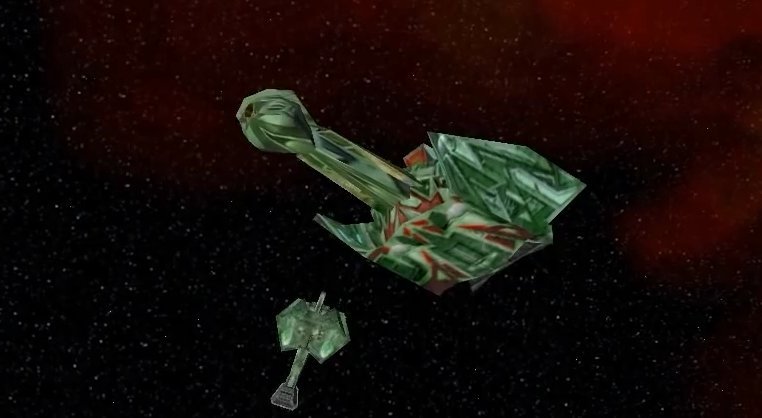 | qa'HoS/ Relentless Light Cruiser with 280 crew. This light cruiser is based on the old D-6 design. This is the Klingon equivalent to Miranda class and can be an early command for a Klingon officer. With over 50 torpedoes onboard, this ship is the typical border patrol ship, ready to defend the Empire from invaders and stop escapees. Unlike the Miranda class, this vessel is still a combat-specialist with little scope for scientific study. The Suspicious class science vessel is reserved for this function. D-17E and -F variants are latest in service with -G version coming online. Vessels include: IKS Yawpl, IKS Howwu, IKS YoD DoS, IKS DuyHov, IKS puyngoygh, IKS wepung, IKS ngawtuy, IKS divomi, IKS NgighoS, IKS mIq, IKS temey. |
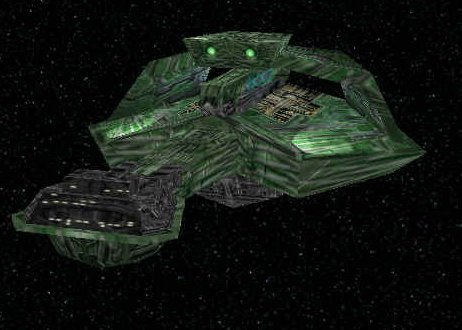 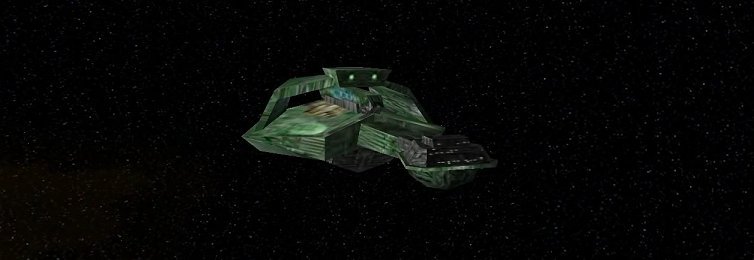 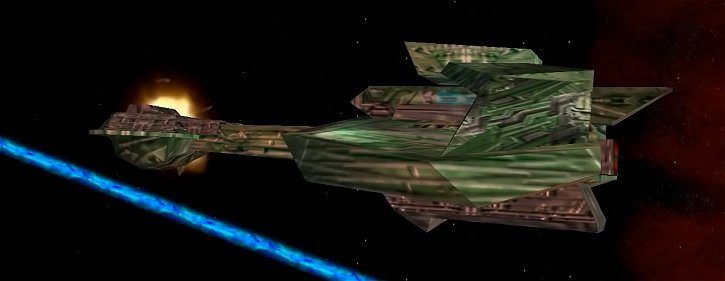 | The PIh/ Suspicious class battle frigate has a crew of 45. This is most often the first command for a Klingon officer once they graduate from military academy. The Suspicious class comes in three versions. The battle frigate has a torpedo rollbar and marines for dealing with border patrols. These small ships offer a good potential for personal glory and have a closer-knit crew than perhaps a larger cruiser-sized vessel does. When comparing combat capabilities, the Suspicious class has the edge over the Federation Okinawa class. This is an acceptable compromise to Starfleet as the Okinawa class has a scientific cability the battle frigate Suspicious lacks. A lieutenant on the rise may be assigned to command a Suspicious class, patrolling the border regions or perhaps a sensitive region of facility. Vessels include: IKS Pak ToraS, IKS YiV |
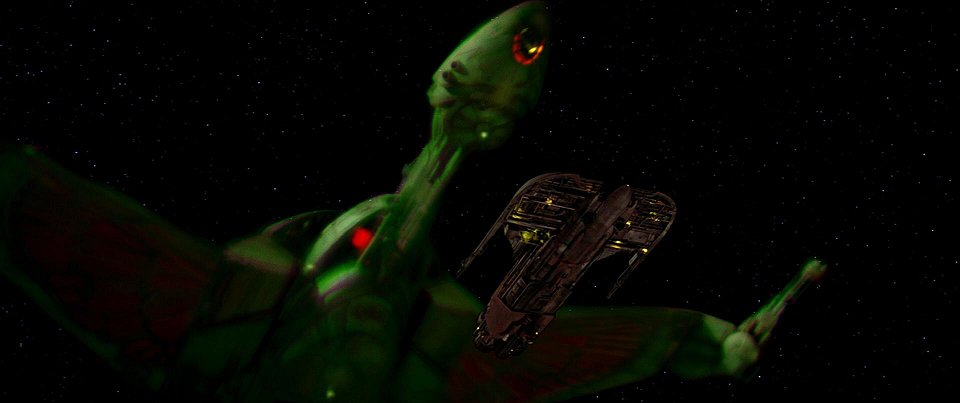 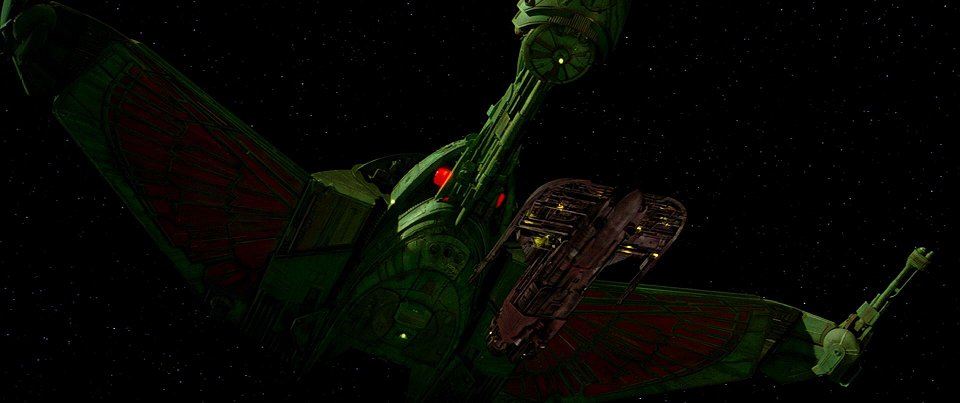 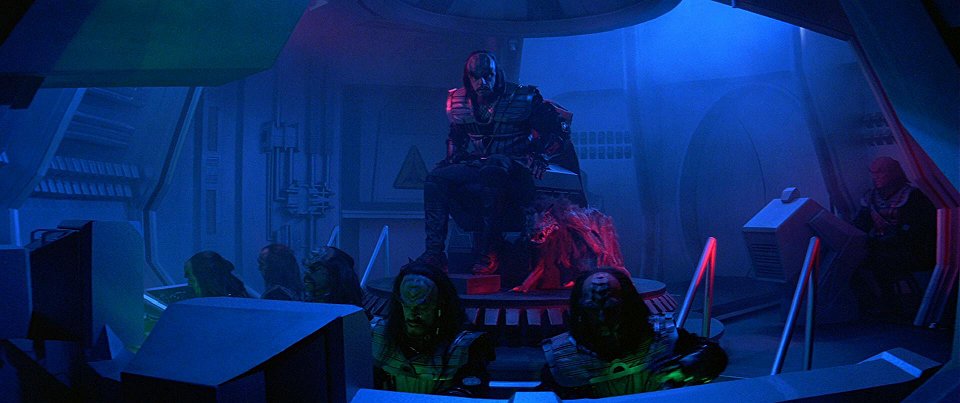 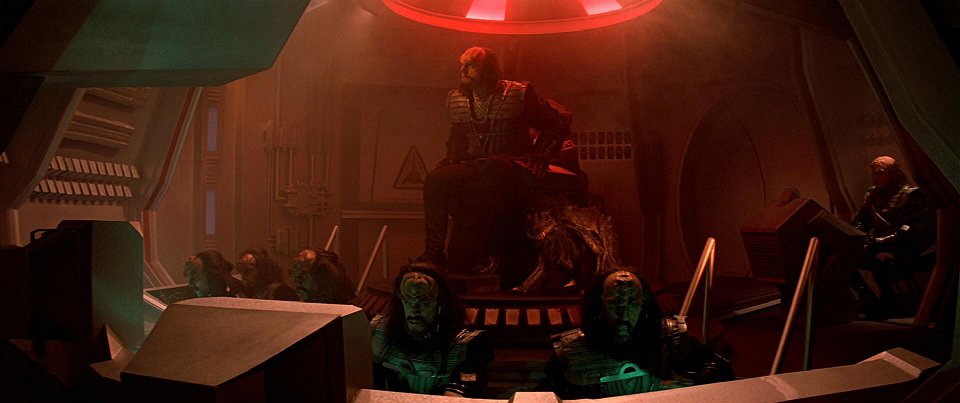 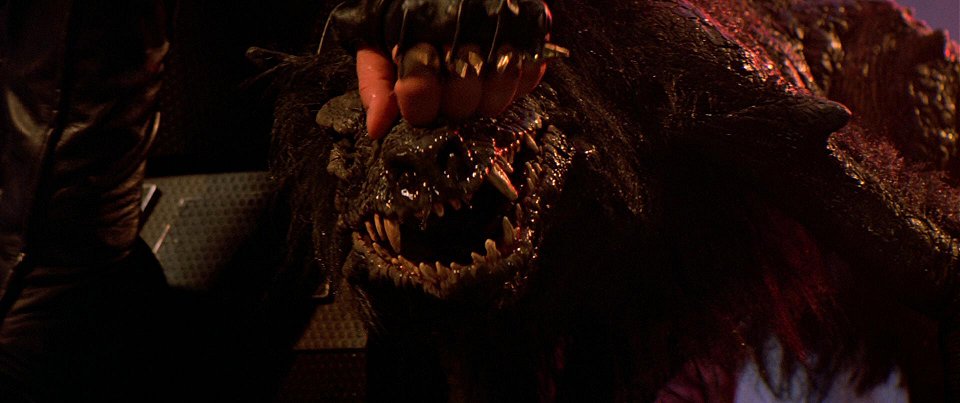 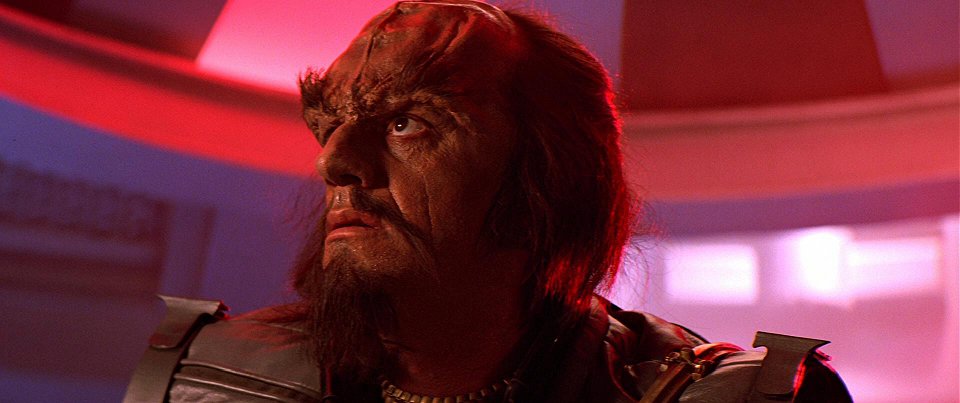 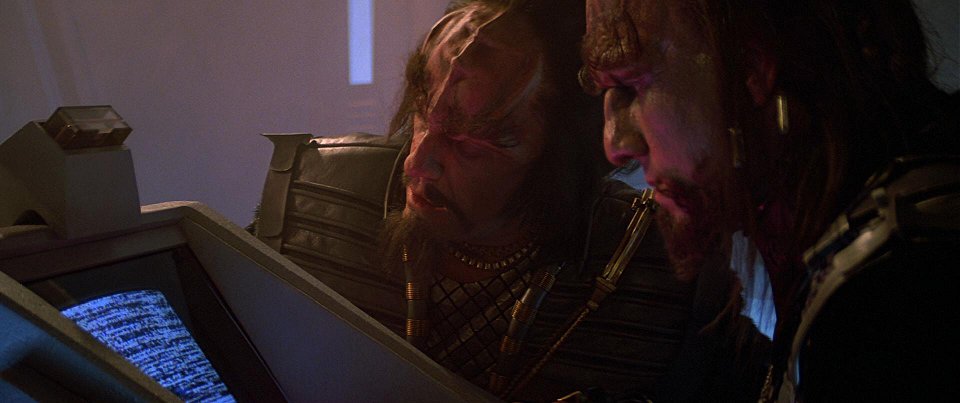 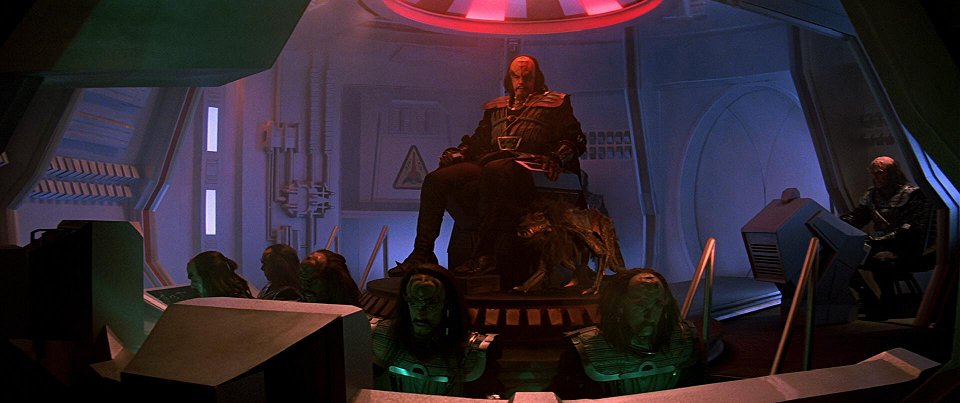 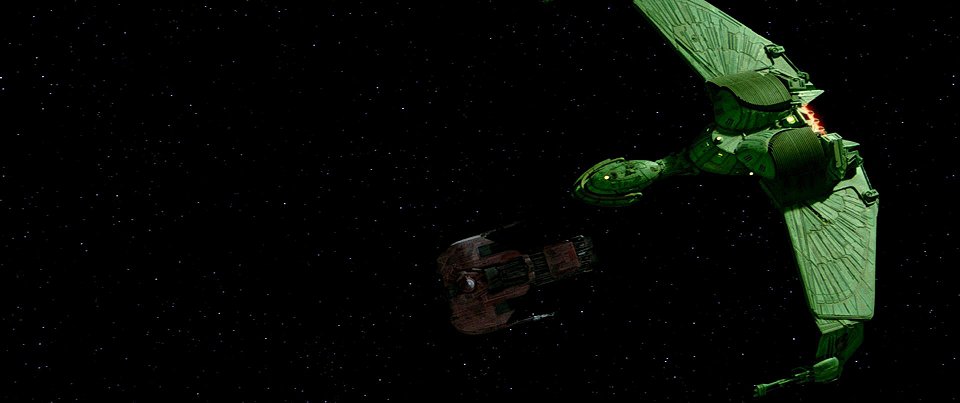 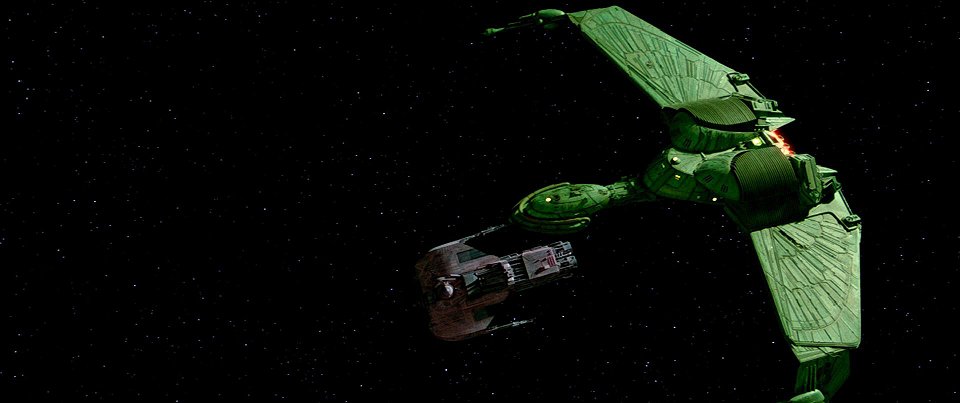 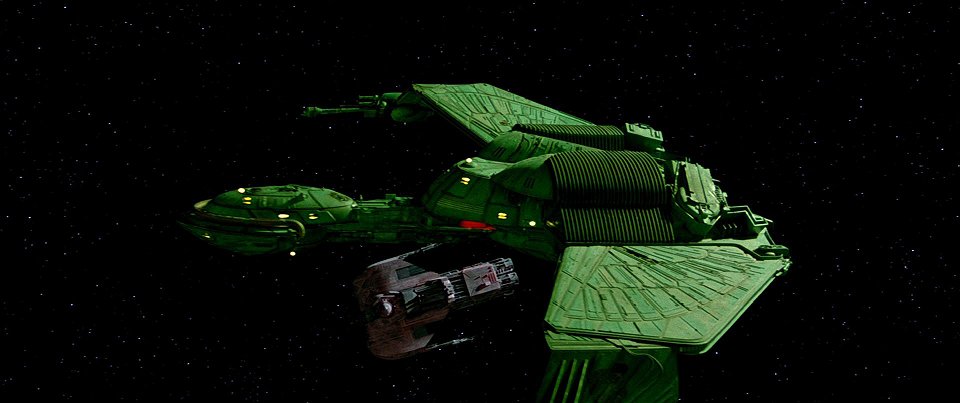 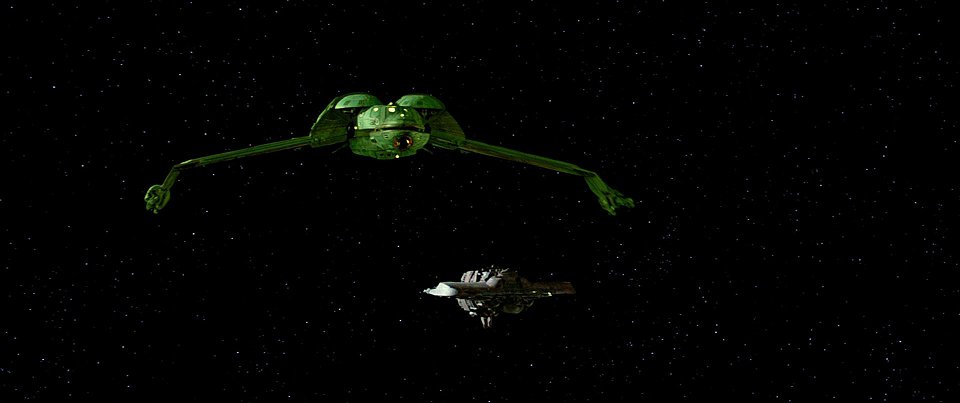 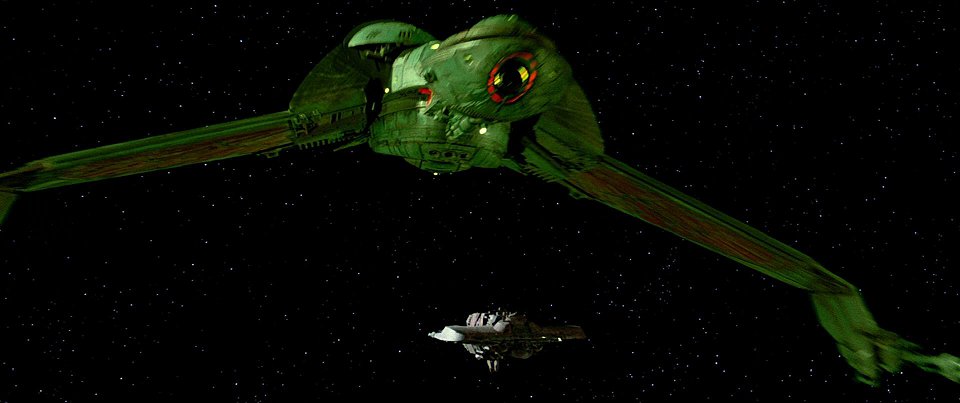 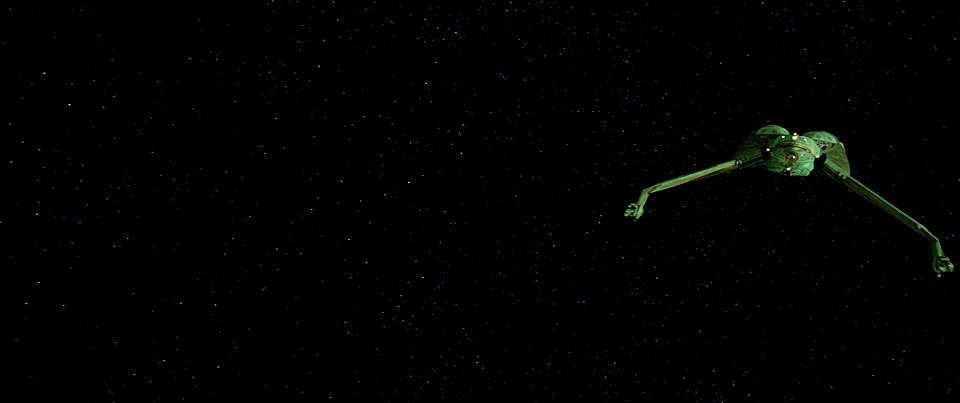 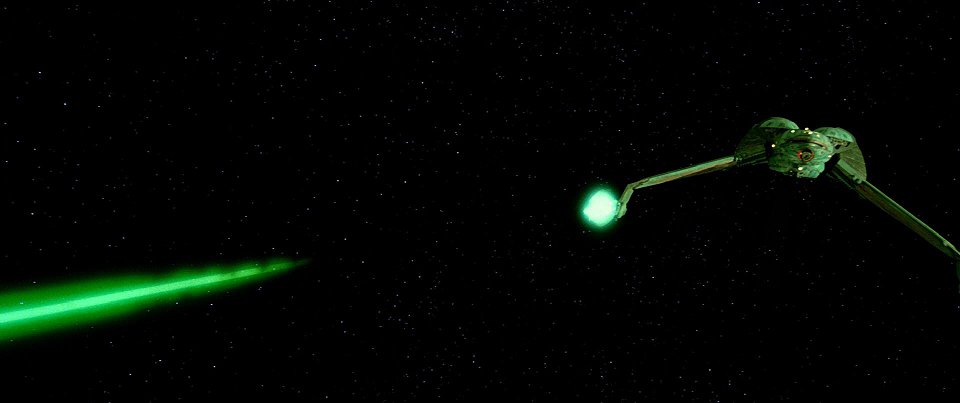 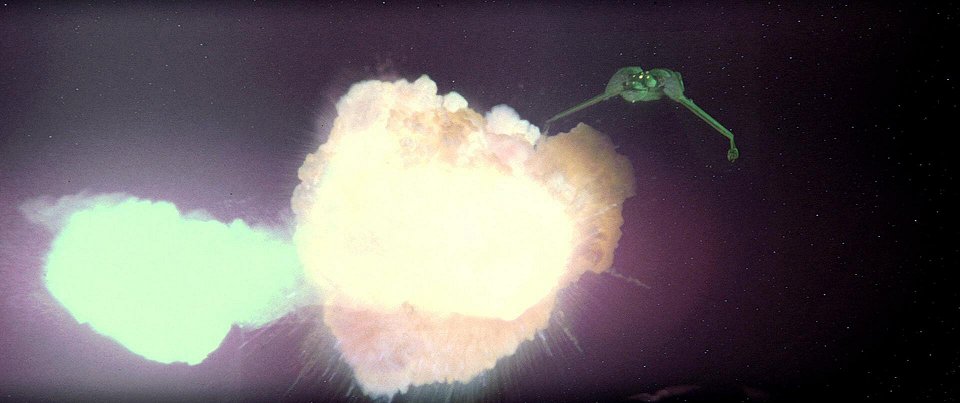 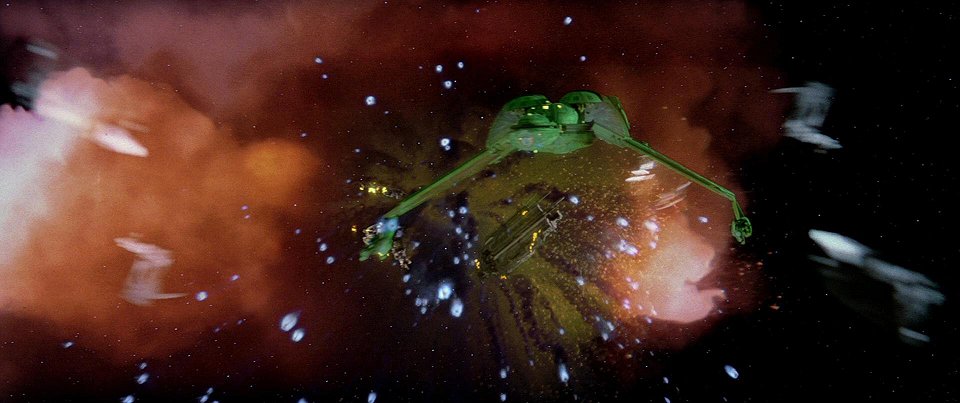 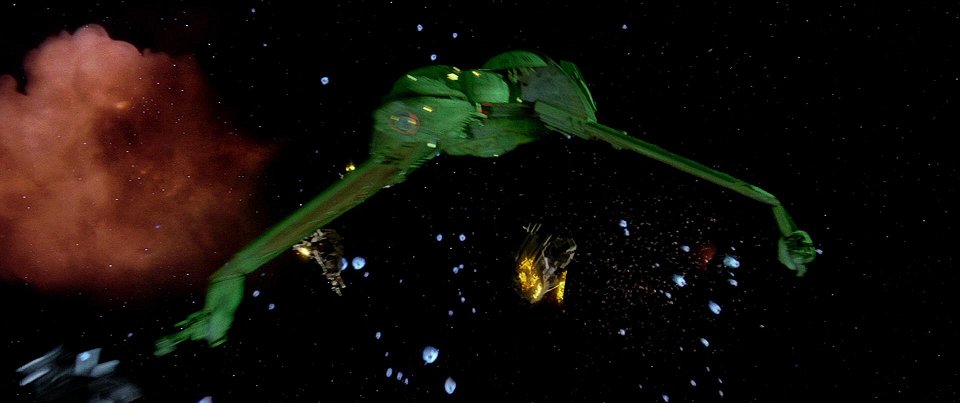 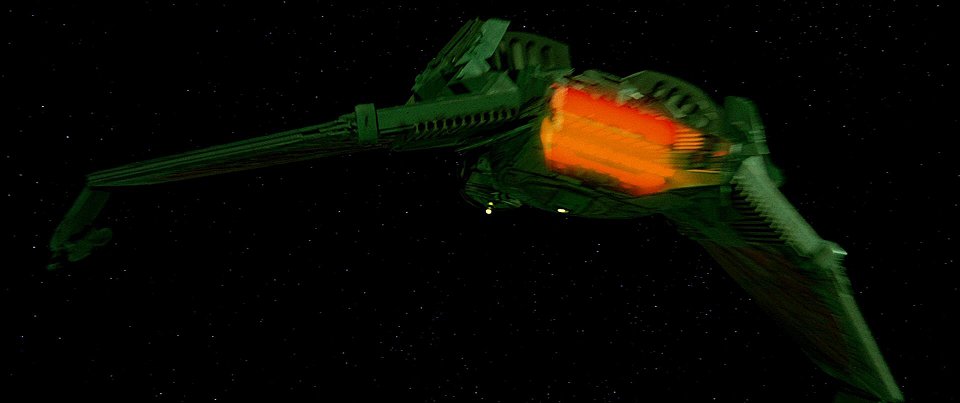 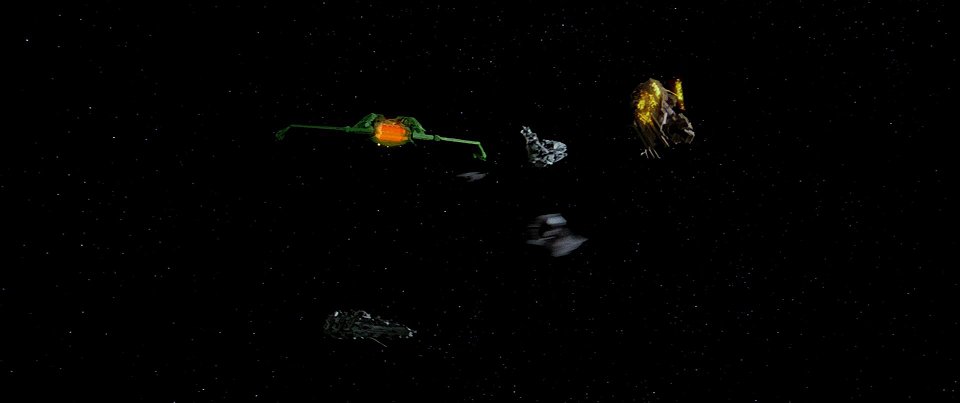 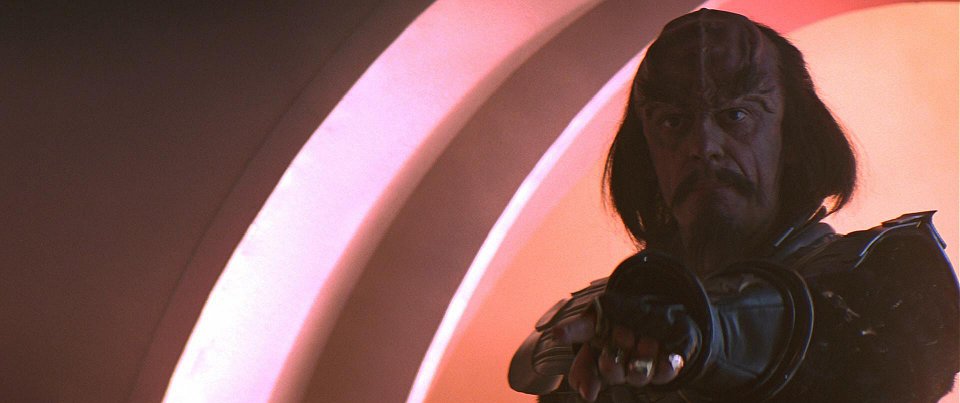  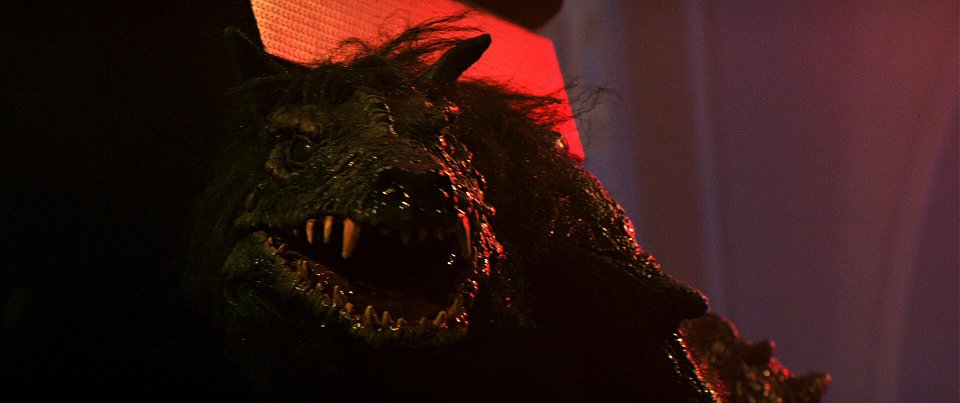  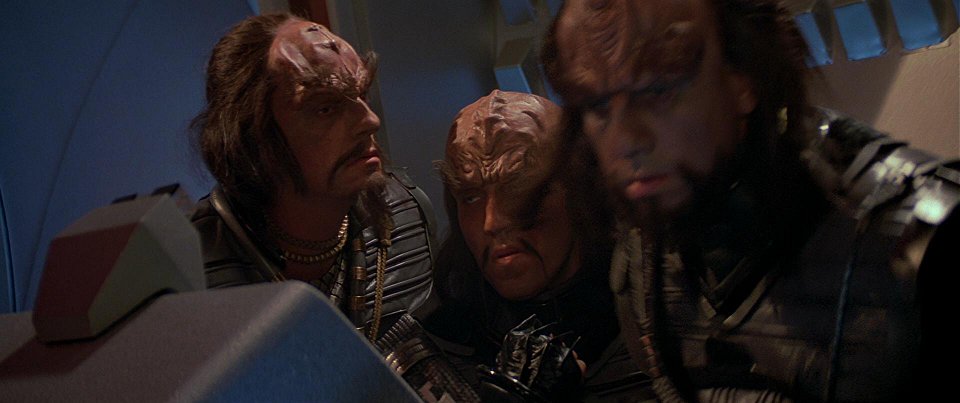 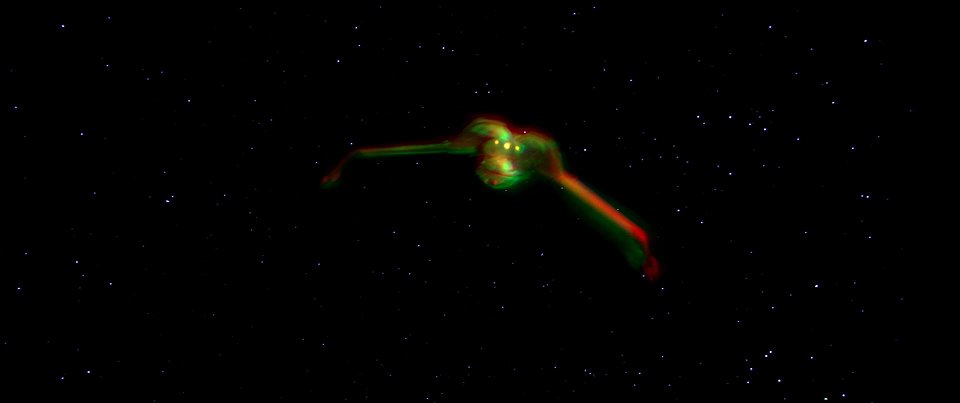 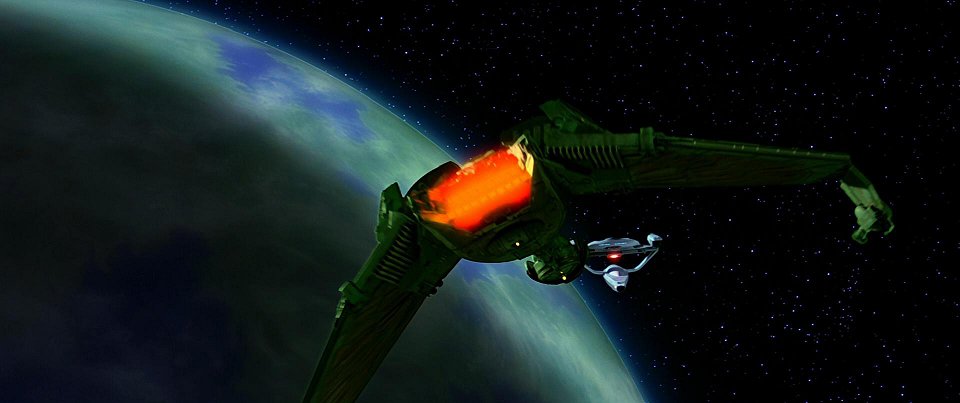 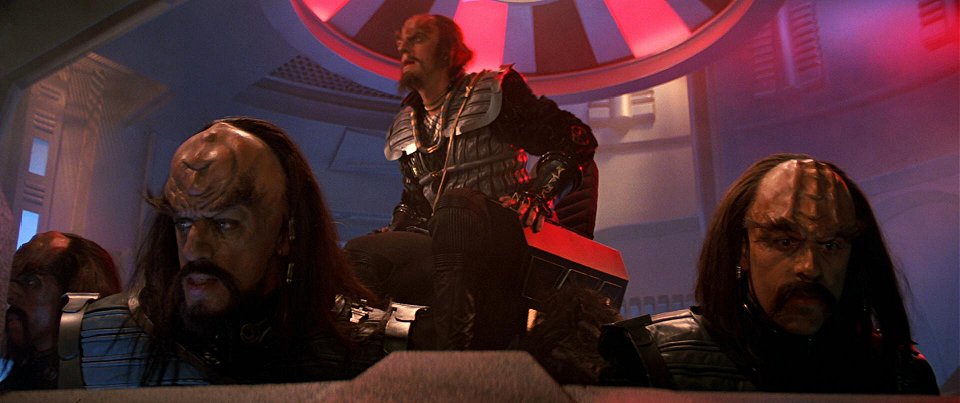 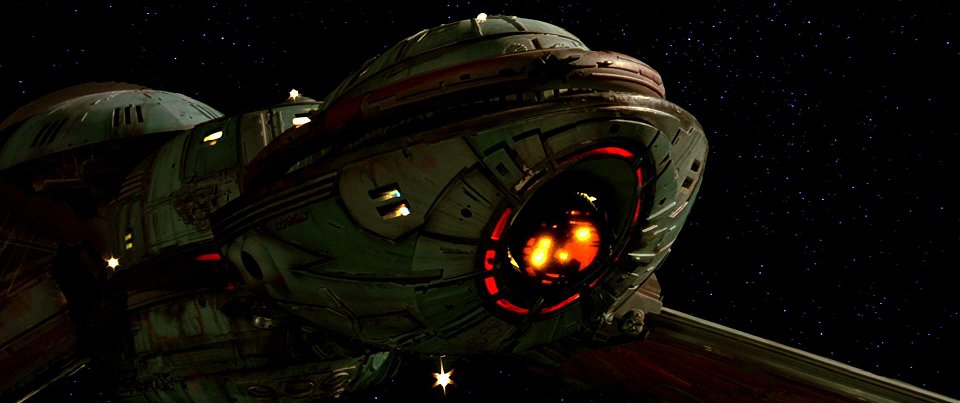 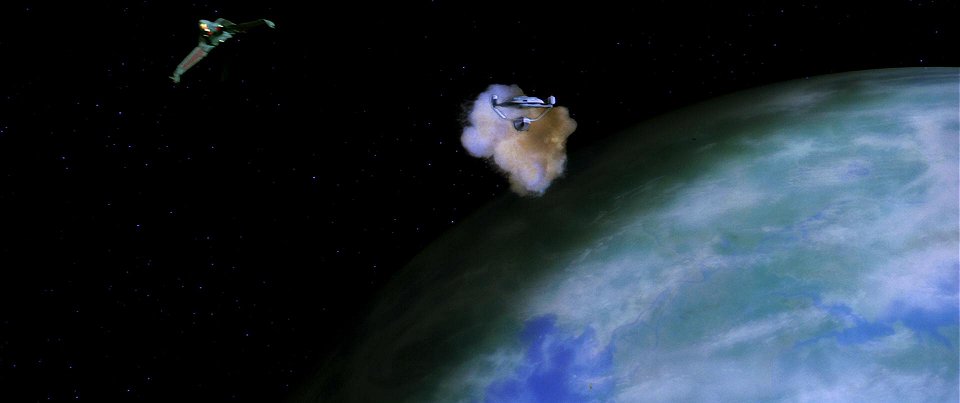 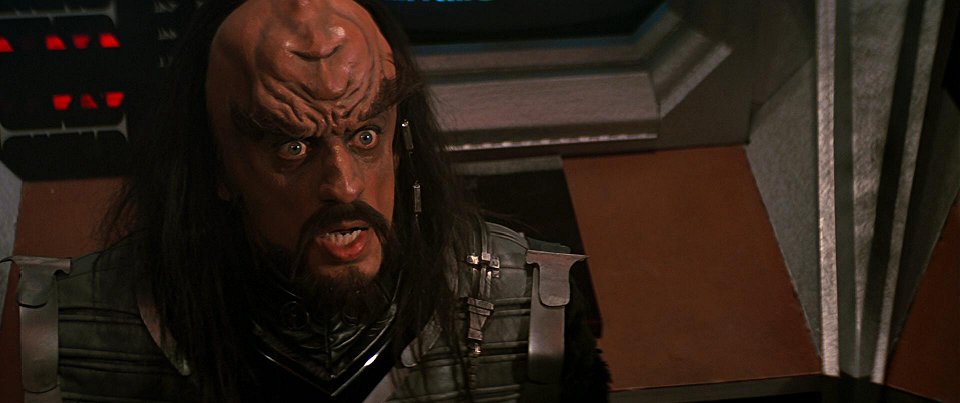 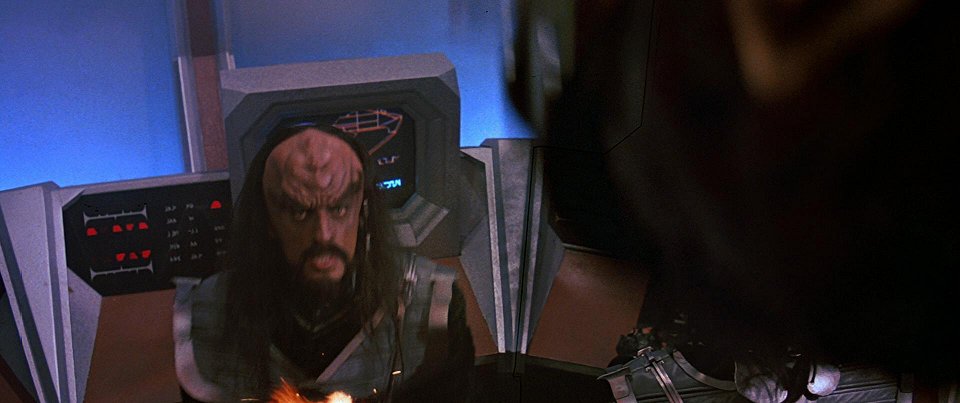 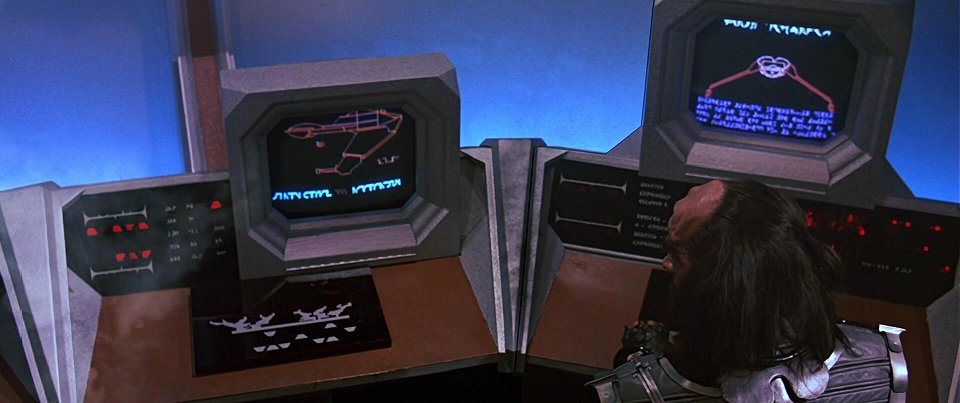 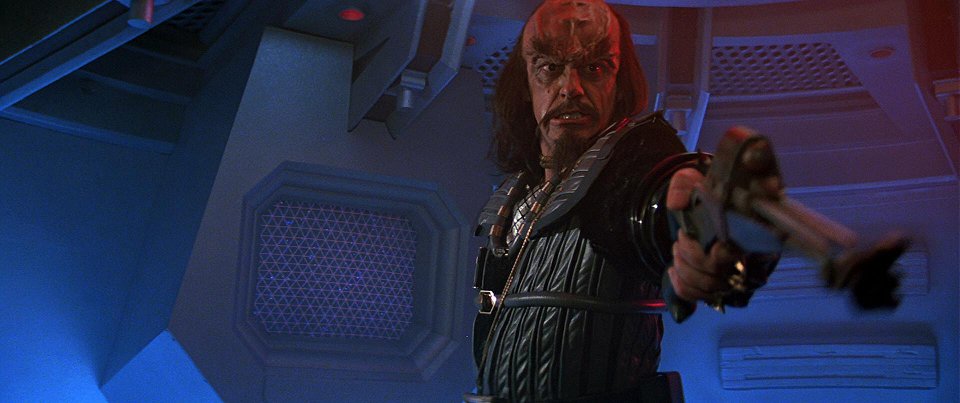 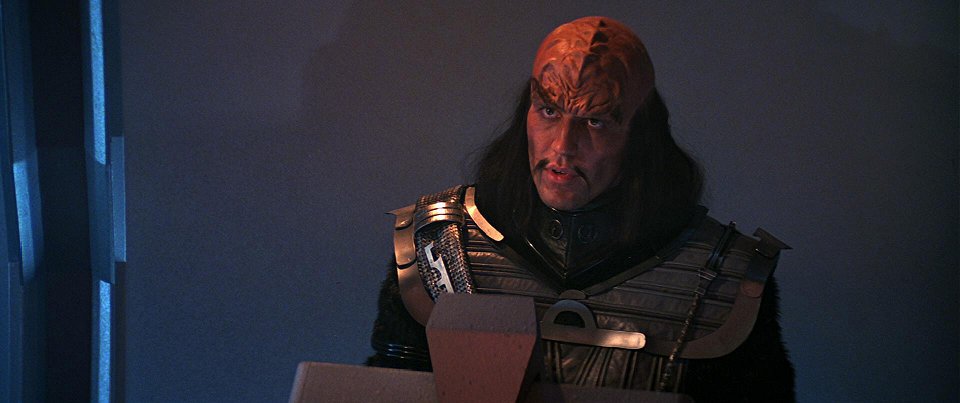 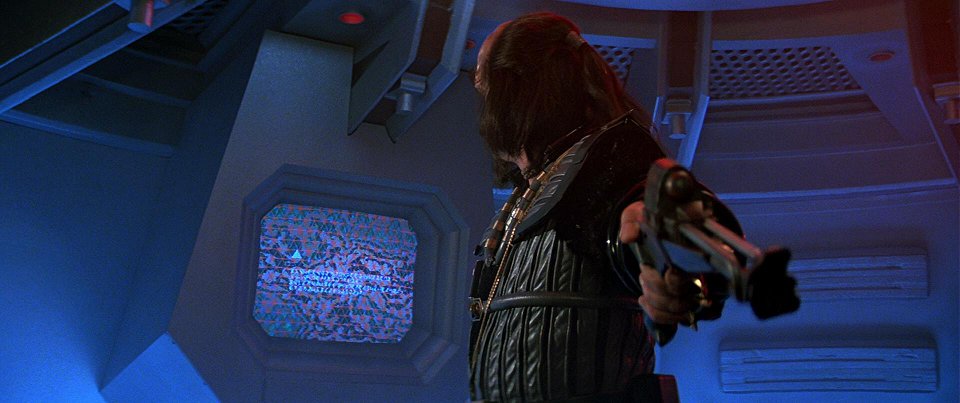 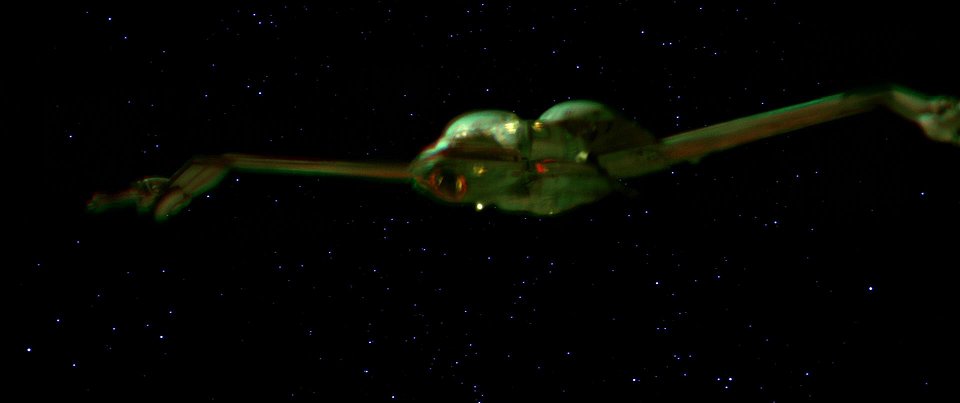 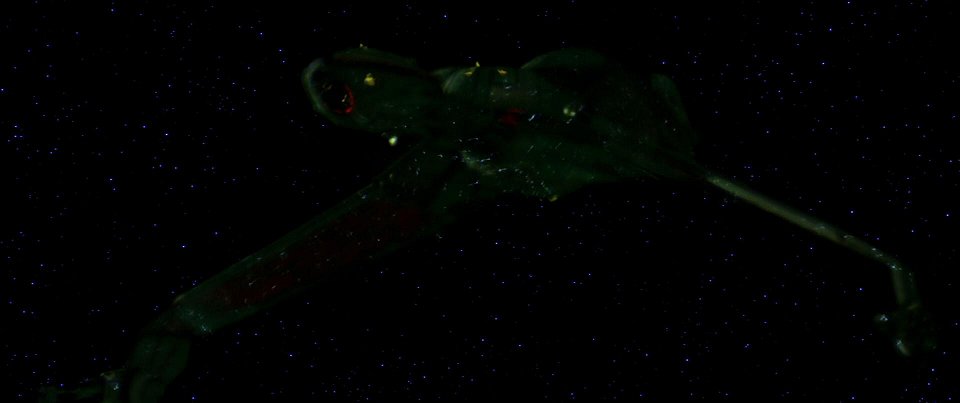 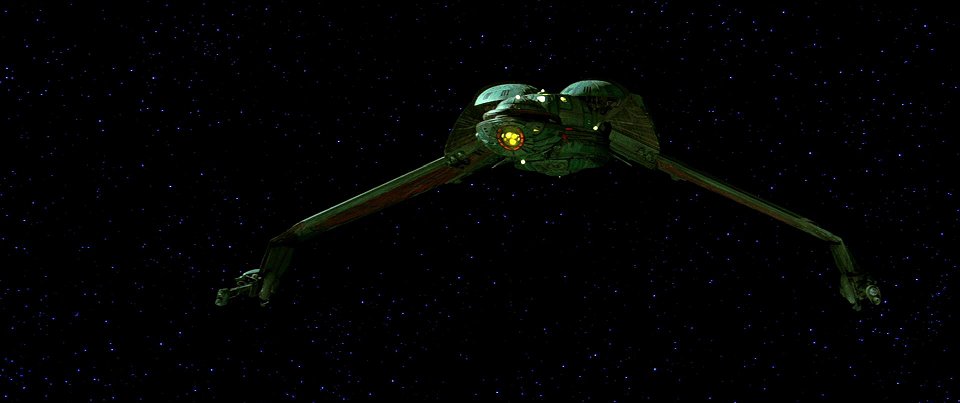 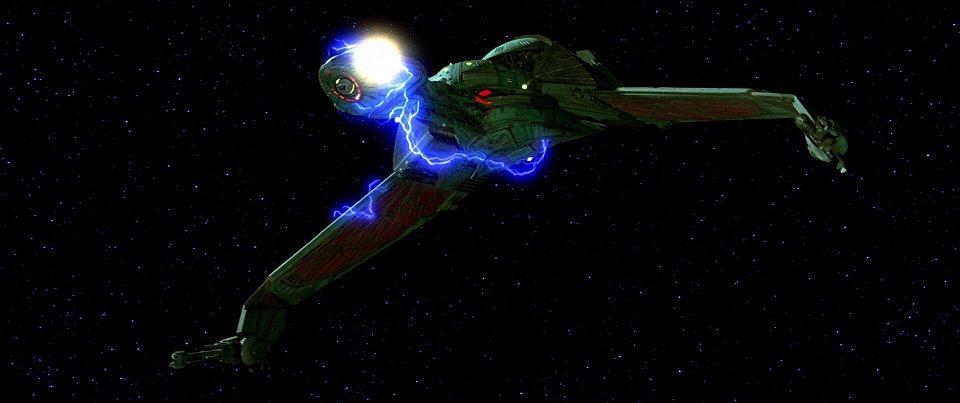 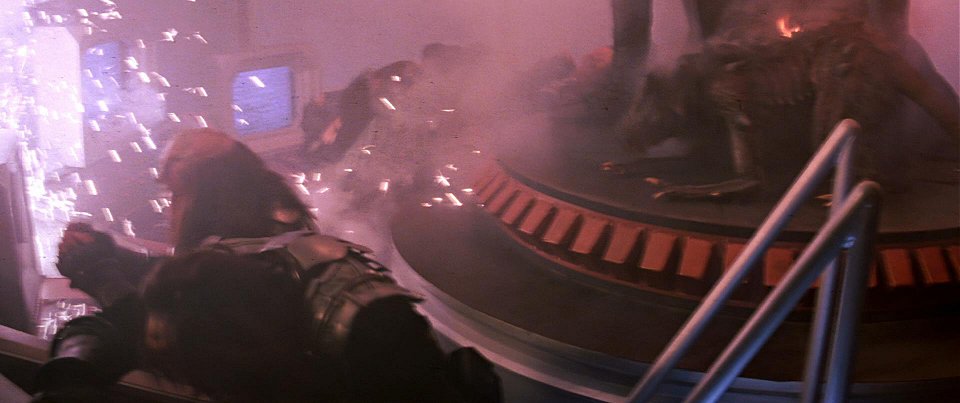 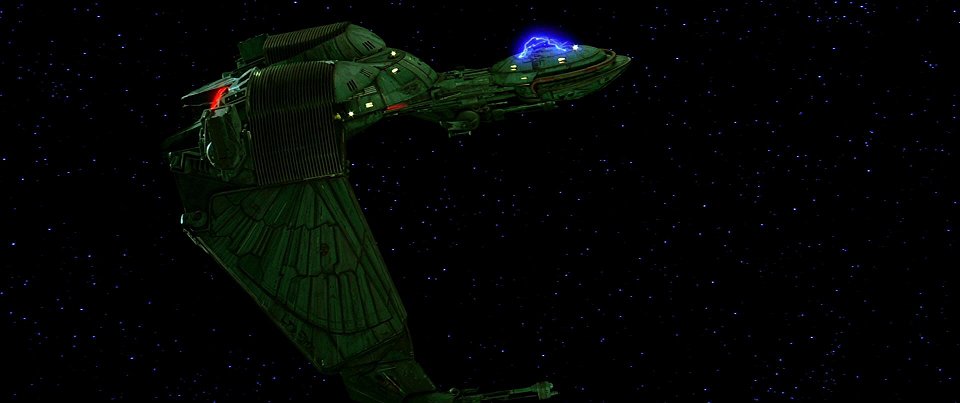 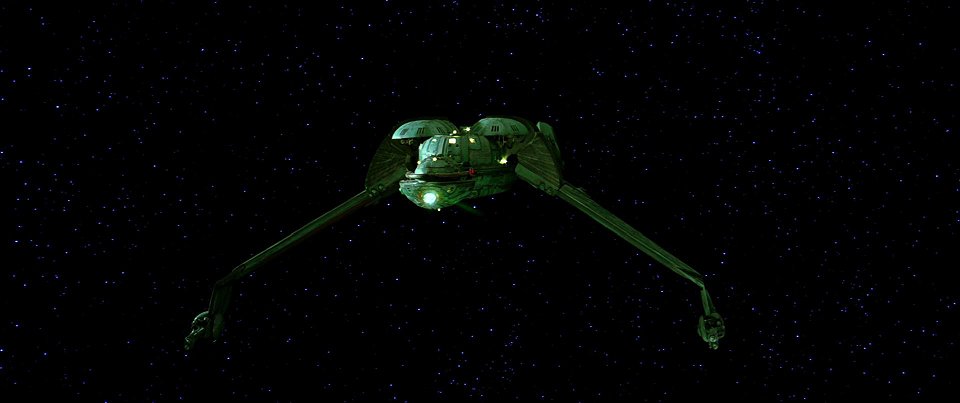 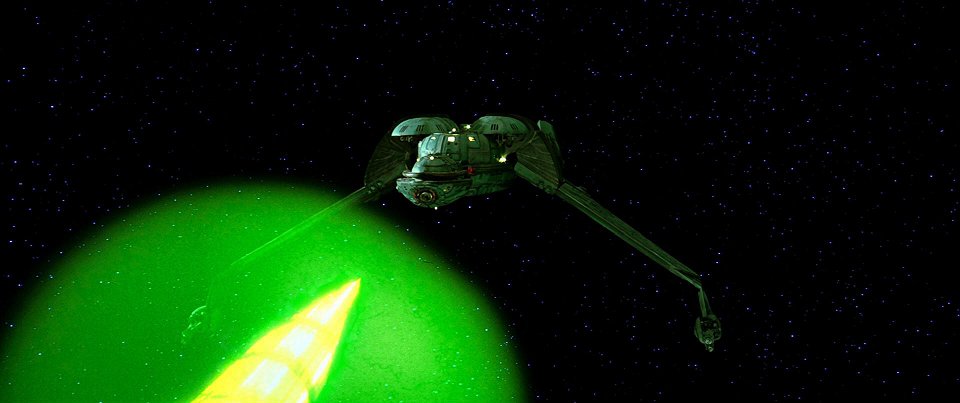 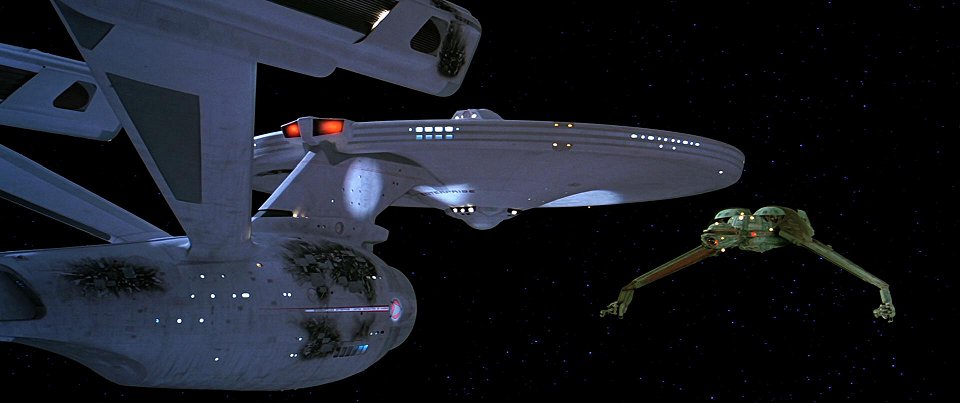 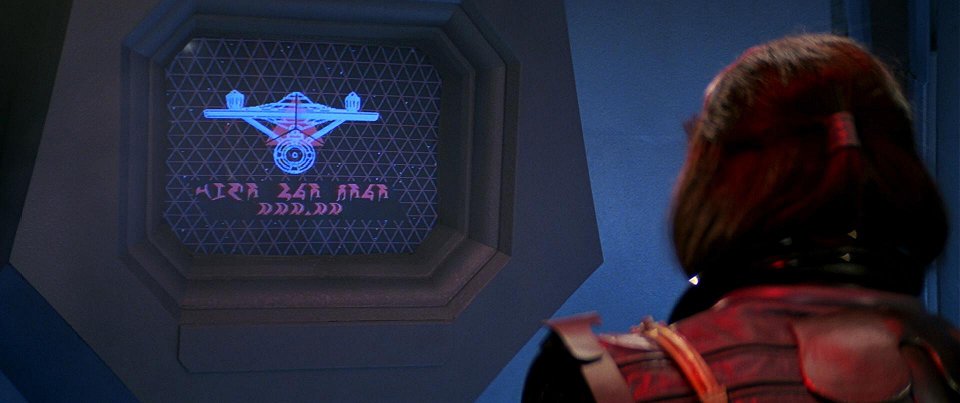 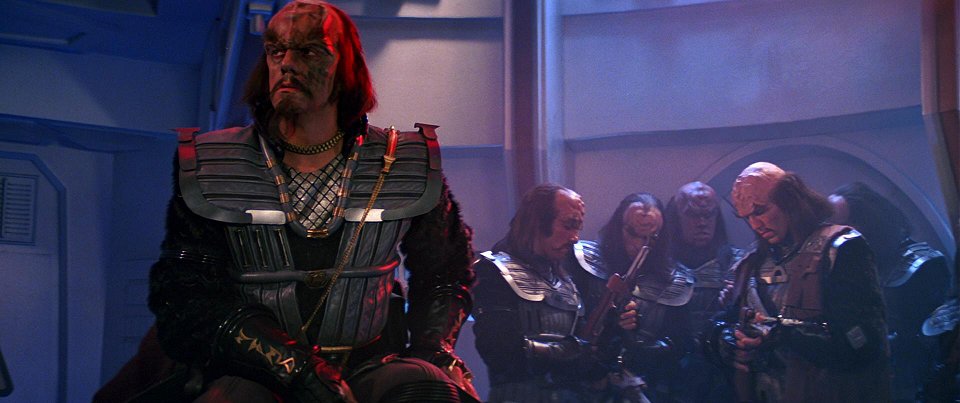 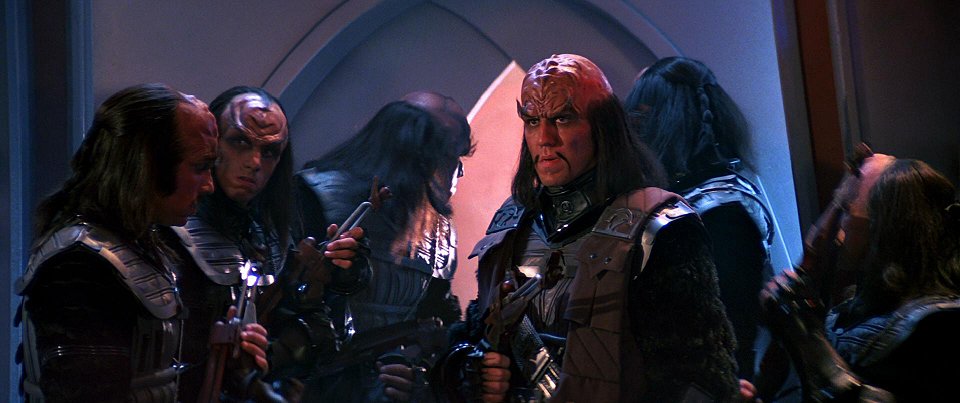 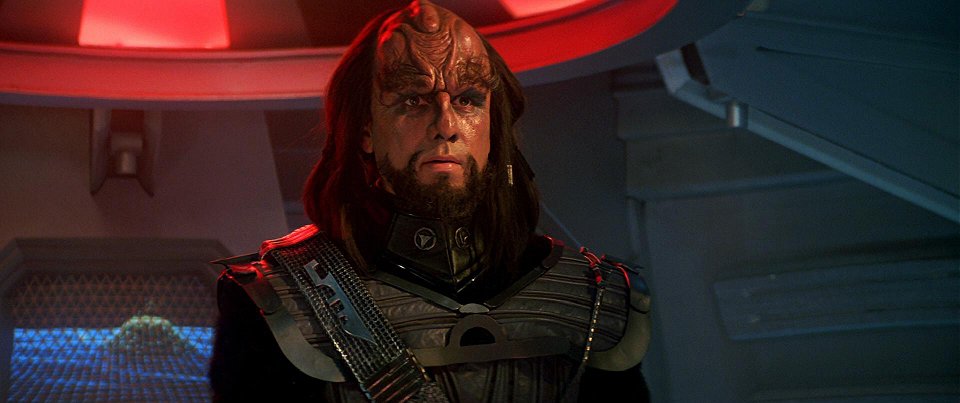 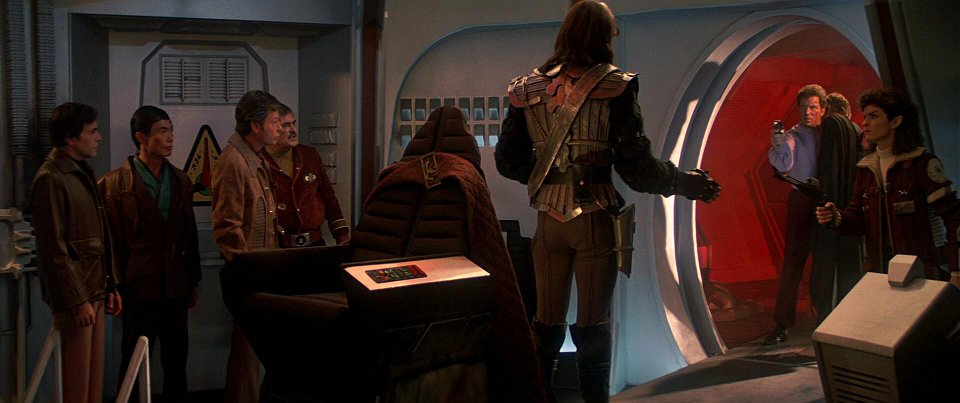 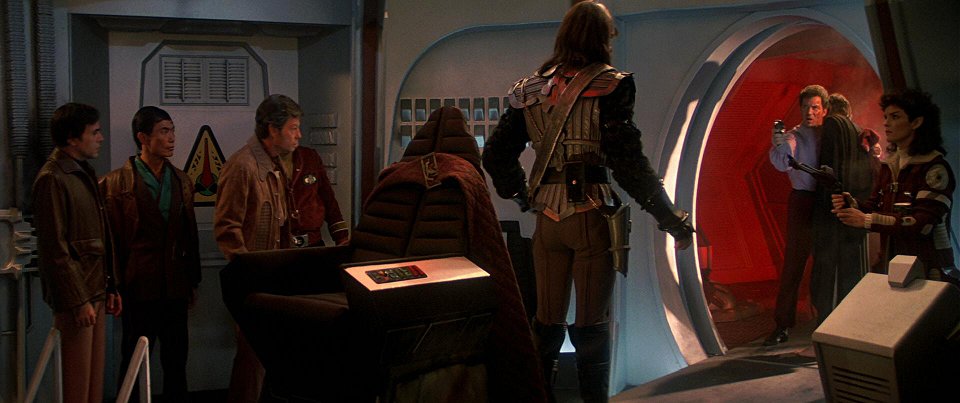 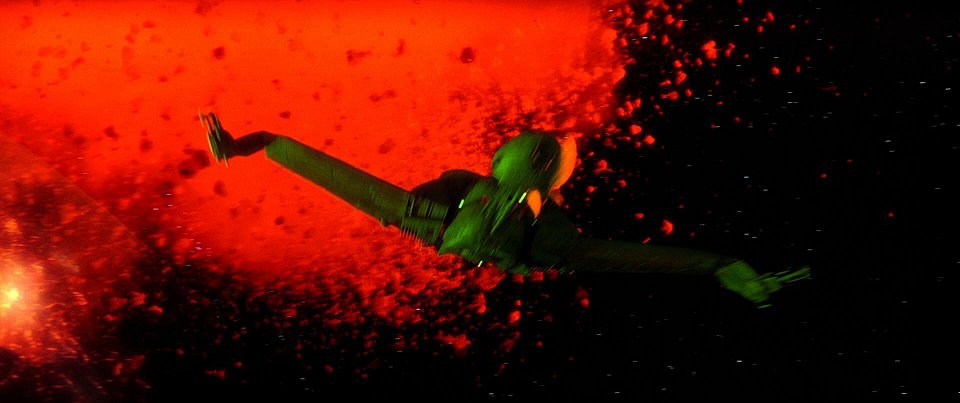 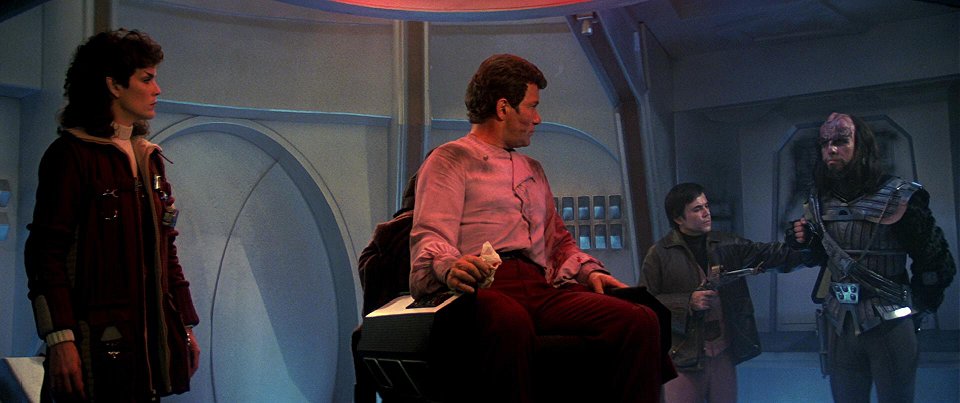 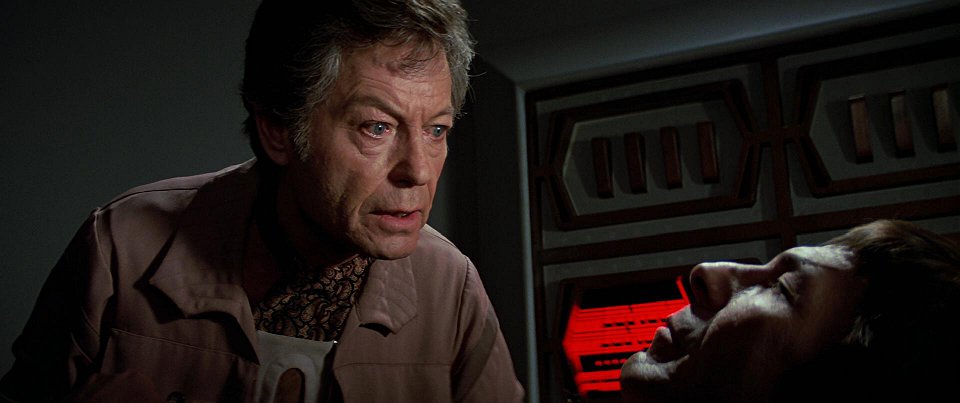 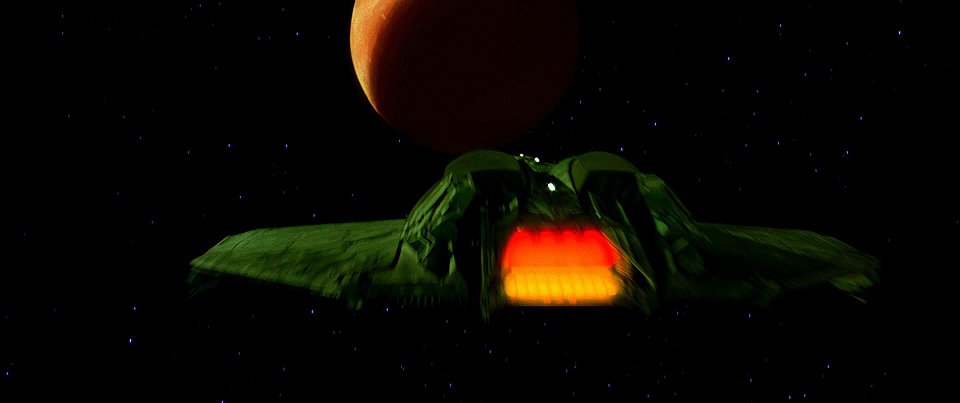 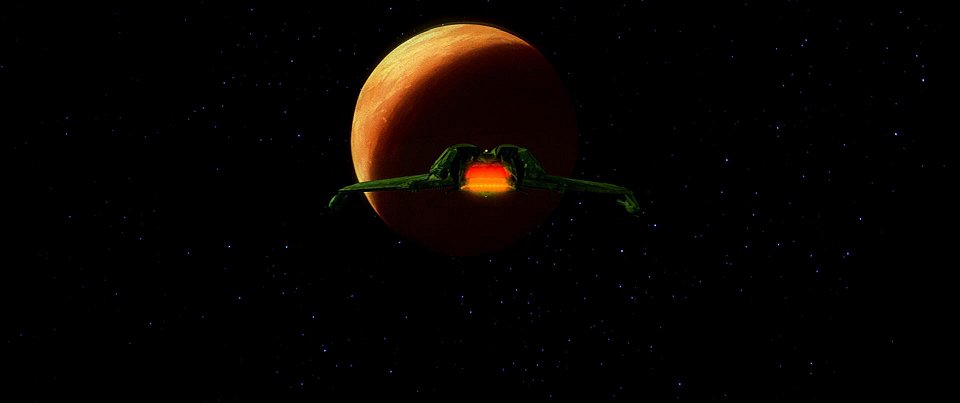 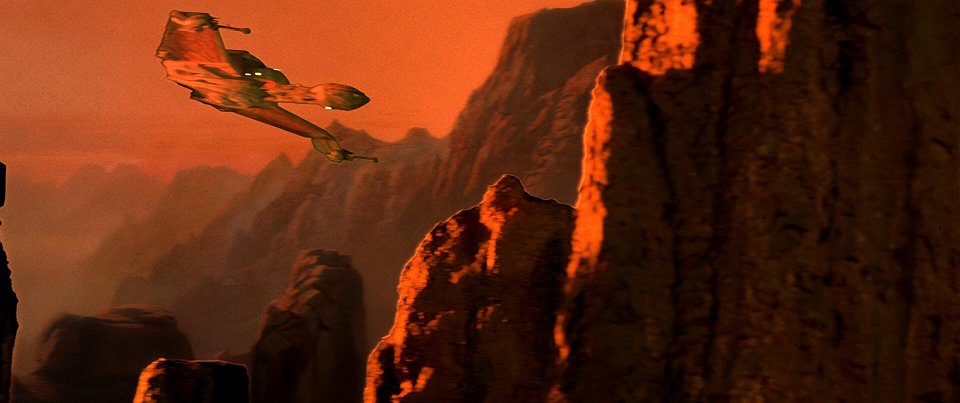 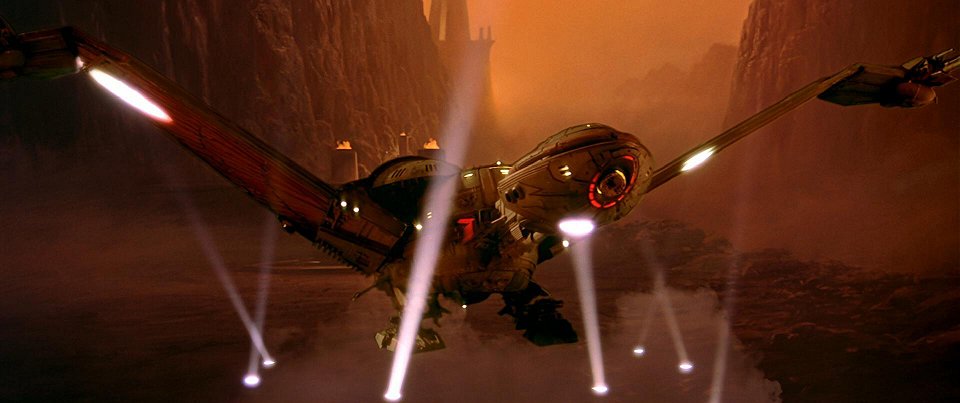 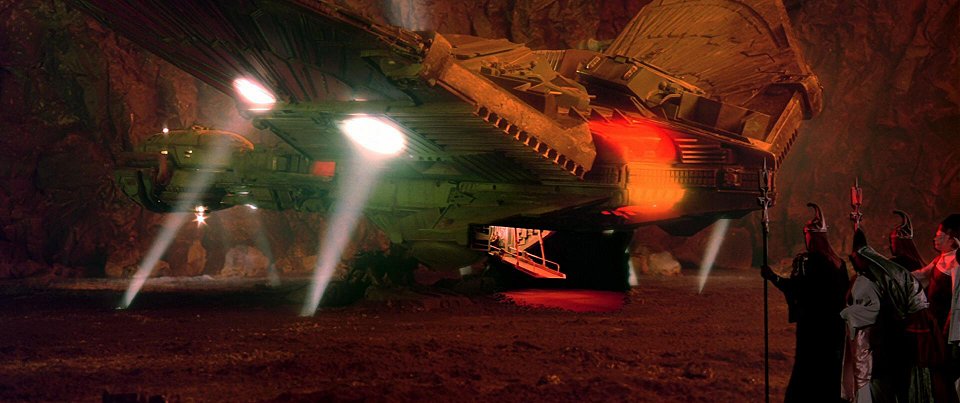 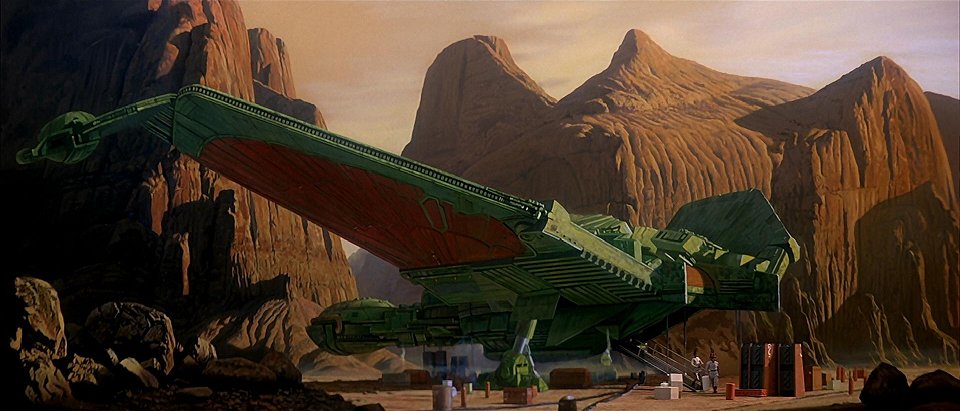 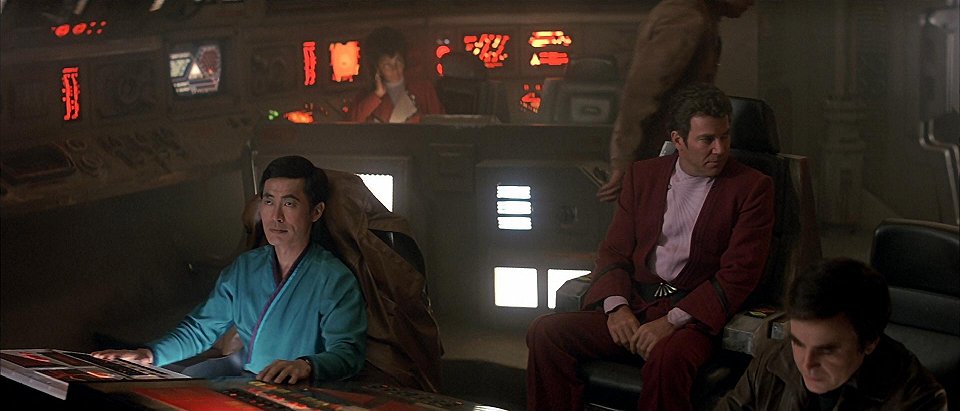 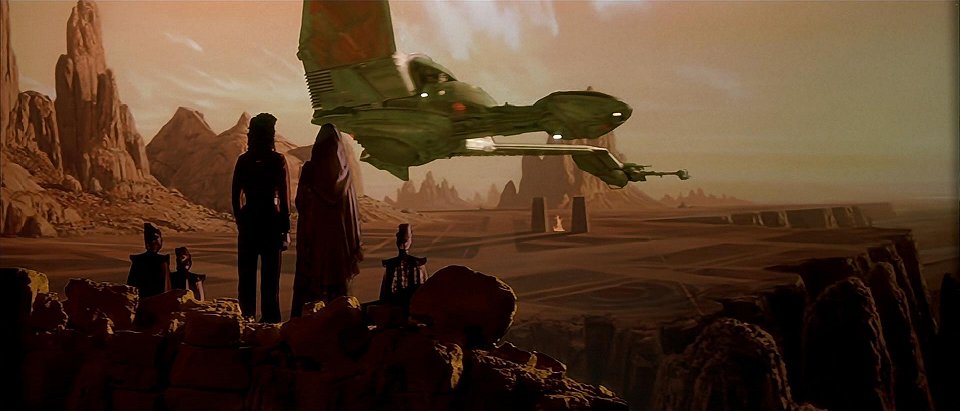 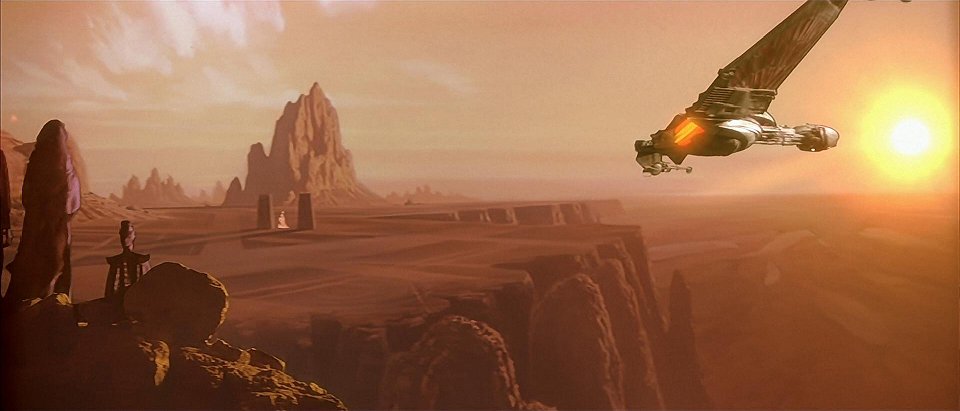 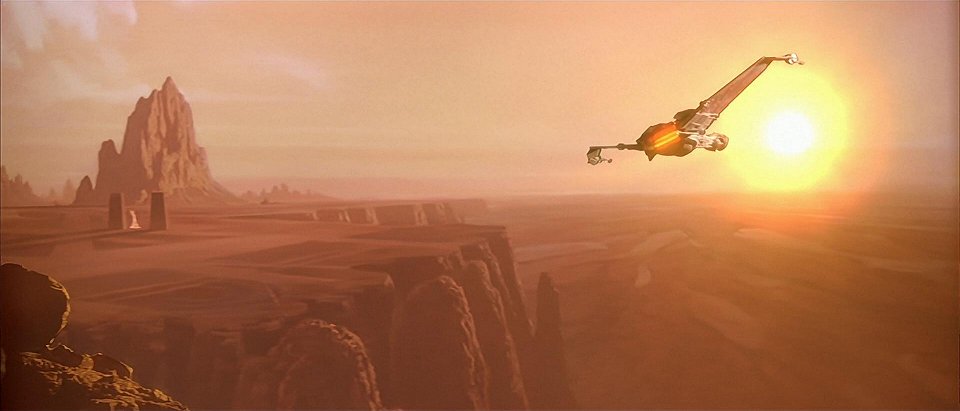 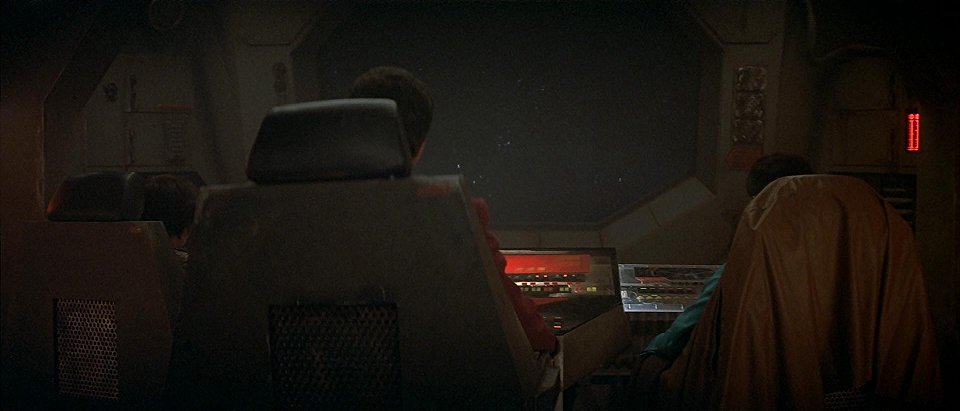 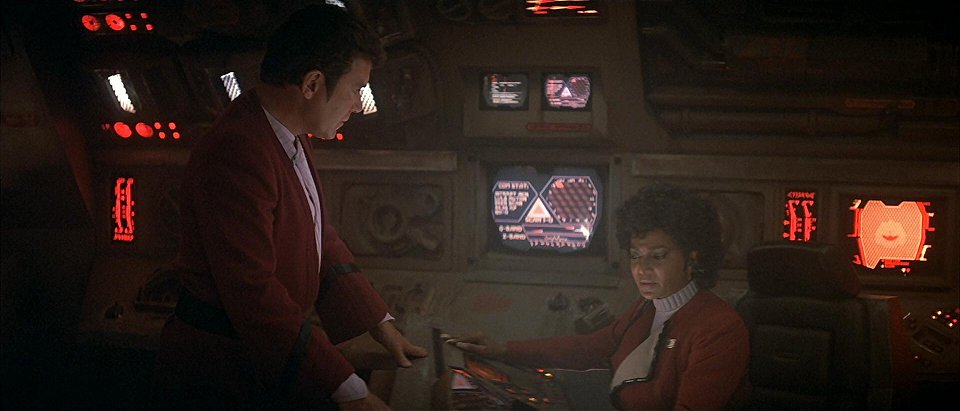 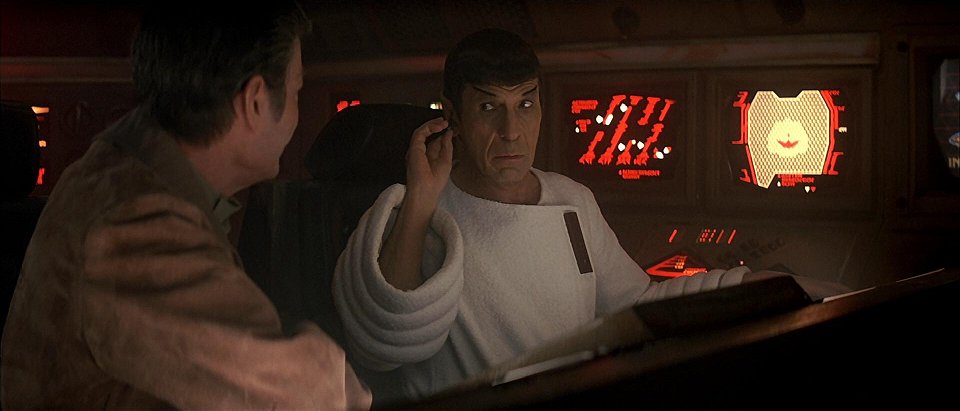 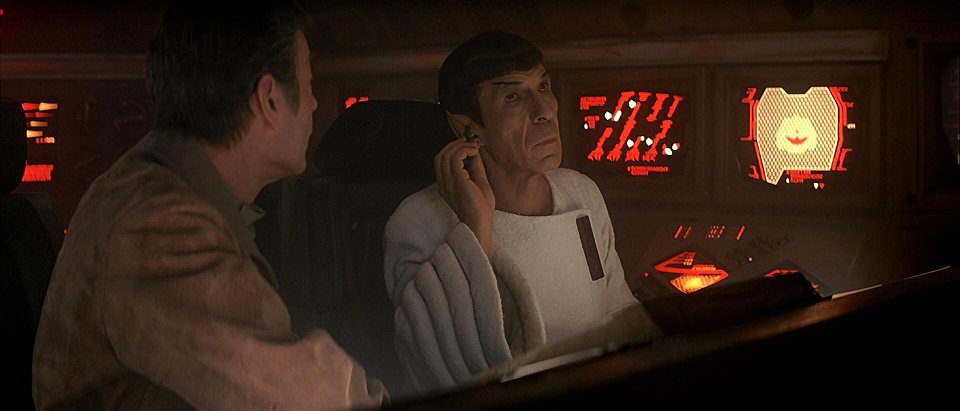 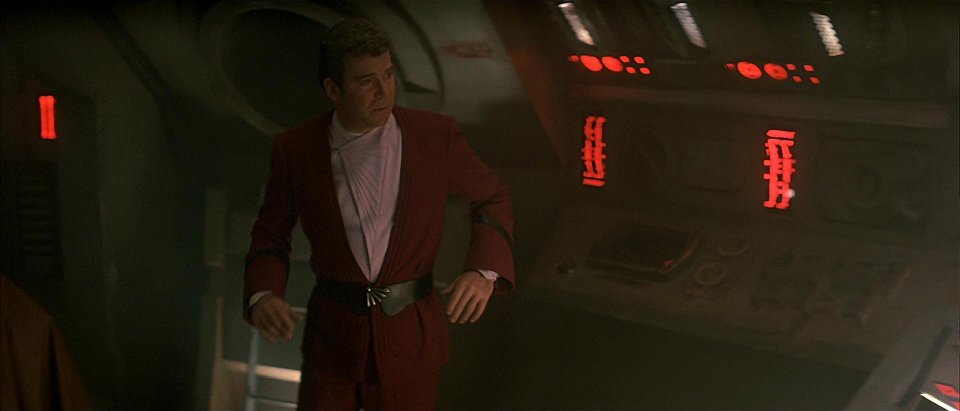 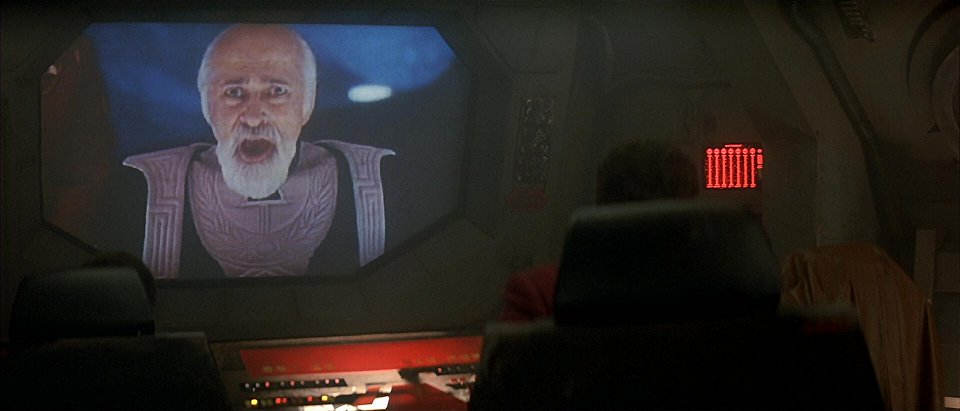 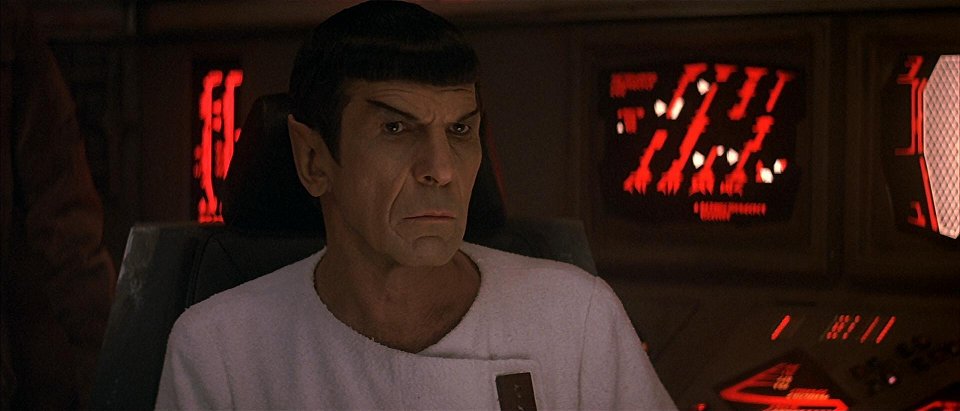 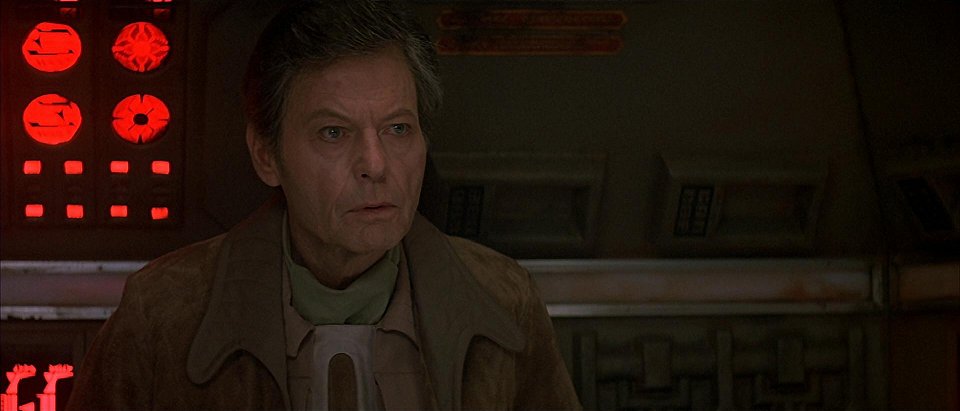 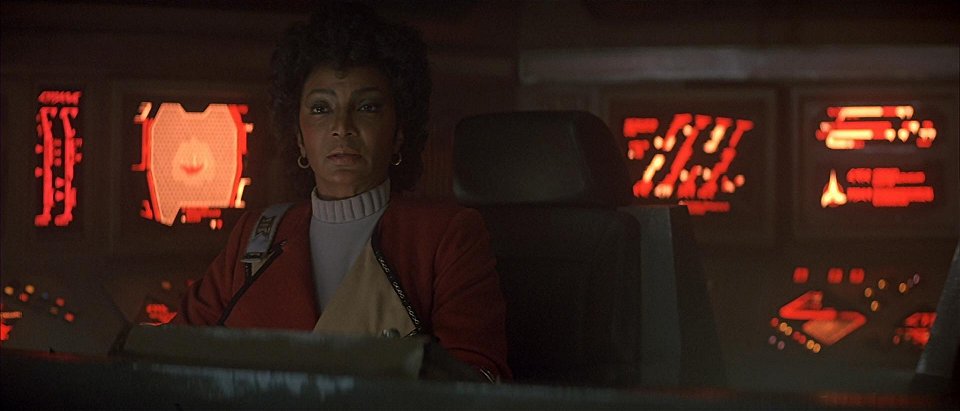 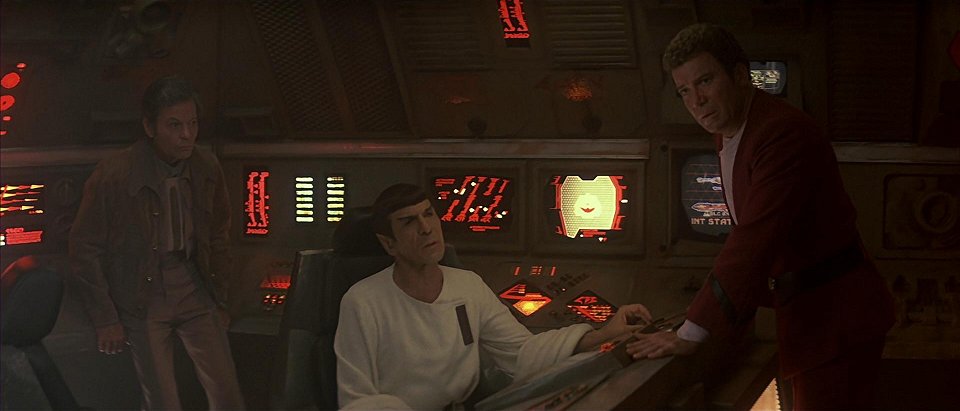 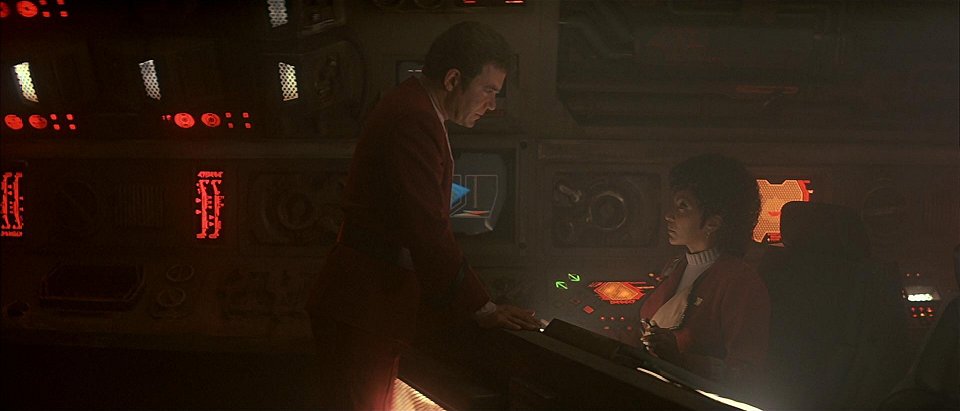 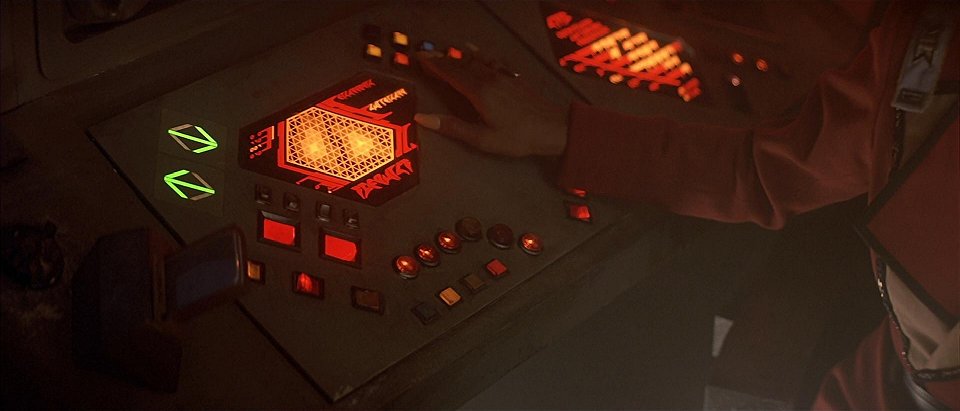 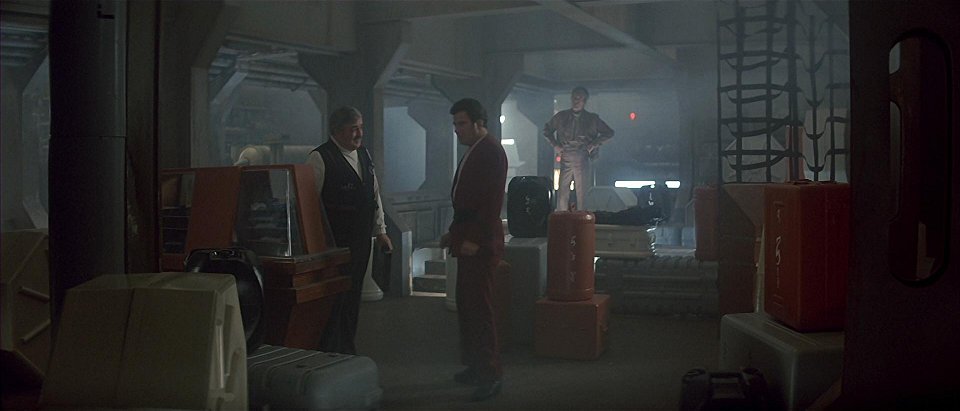 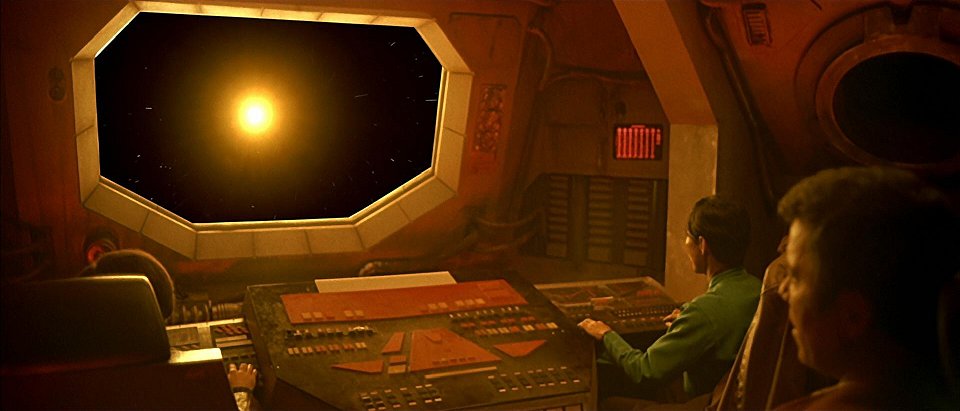 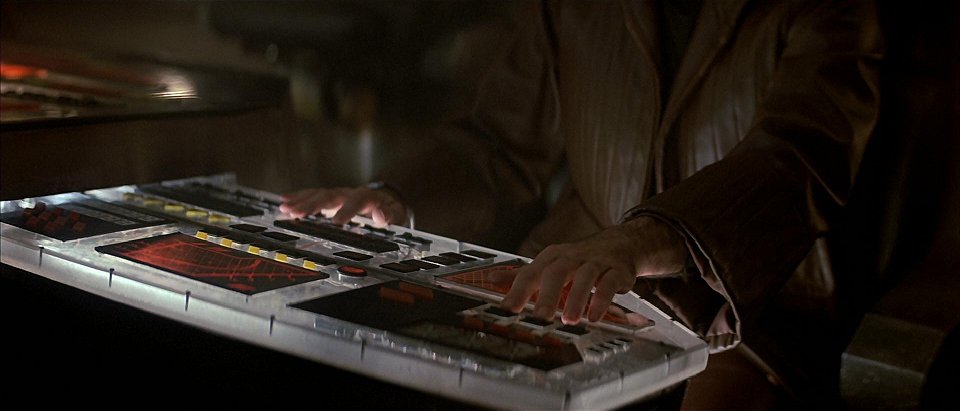 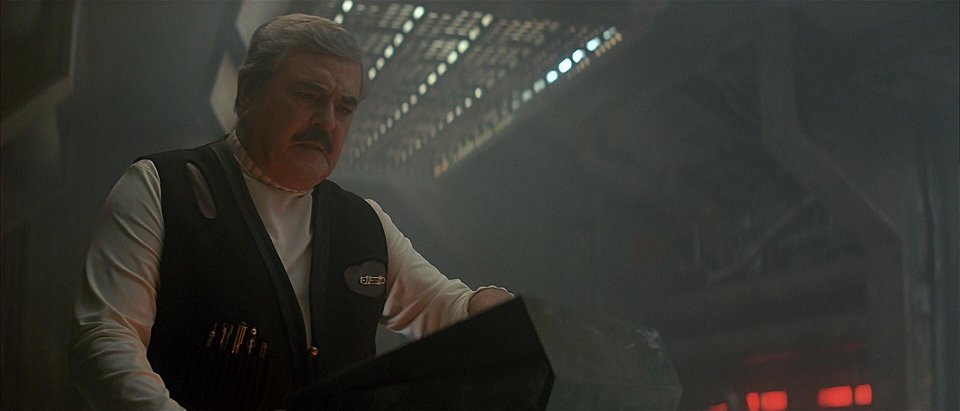 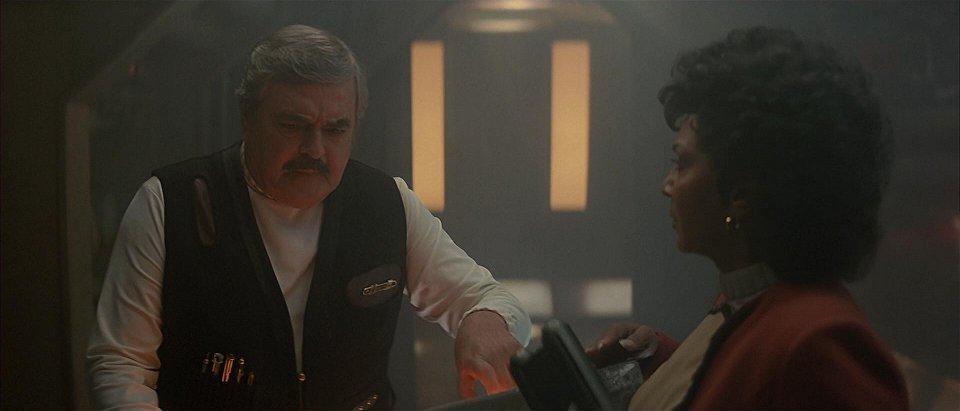 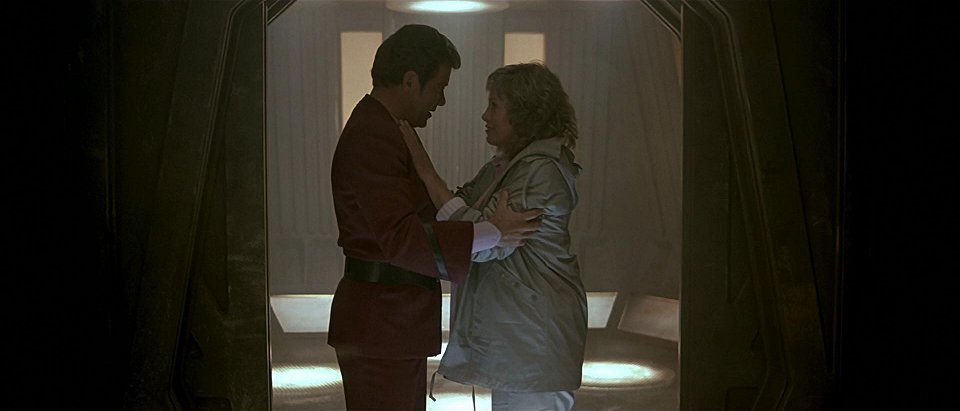 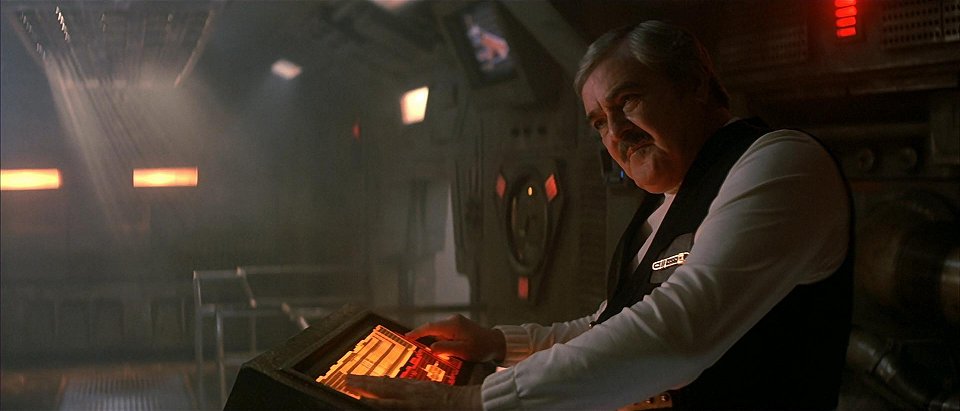 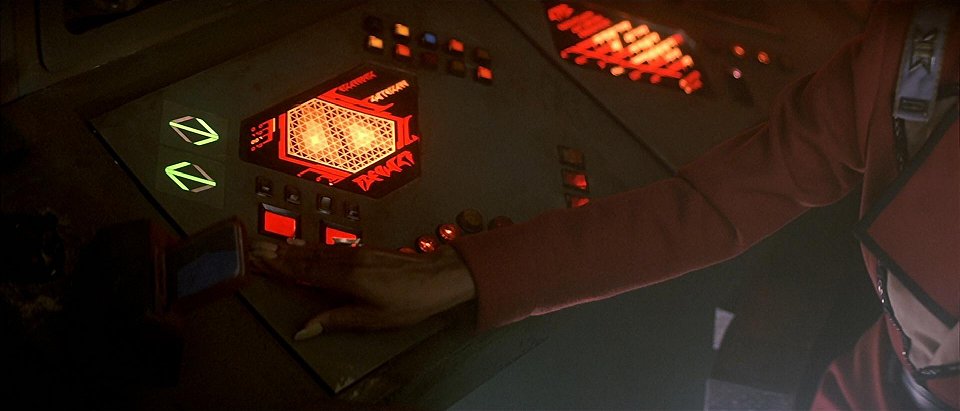 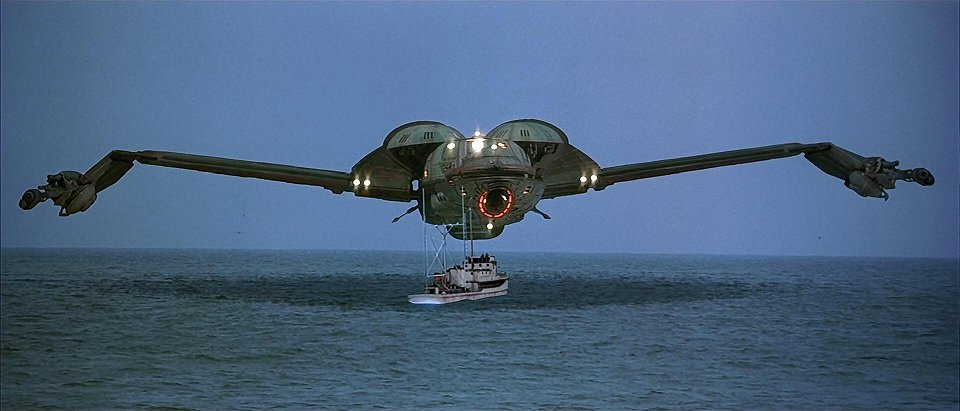 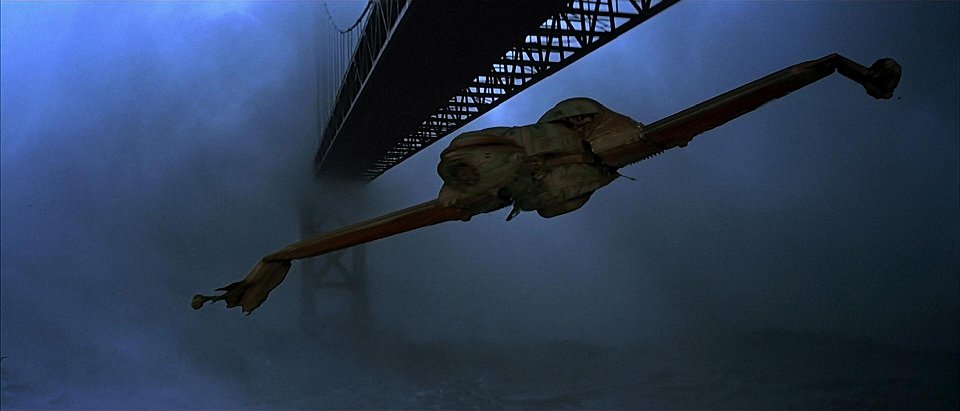 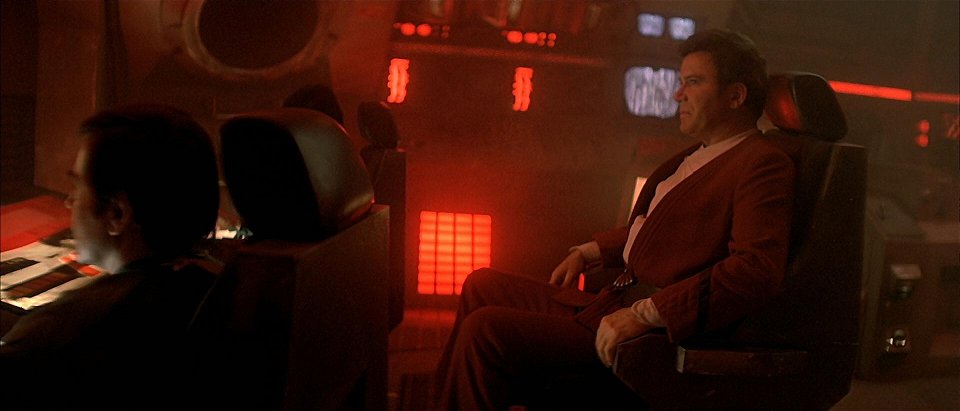 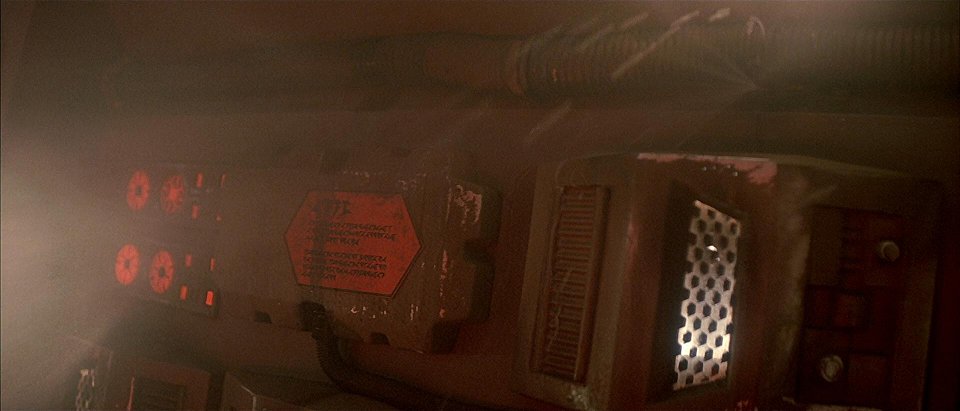 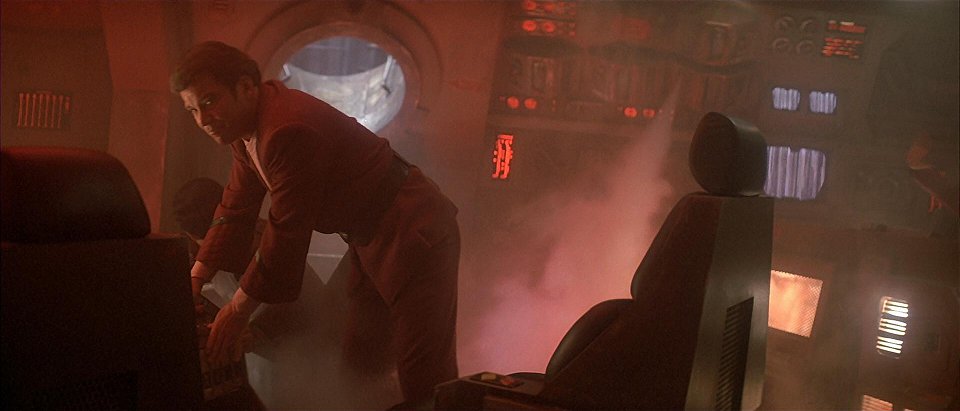 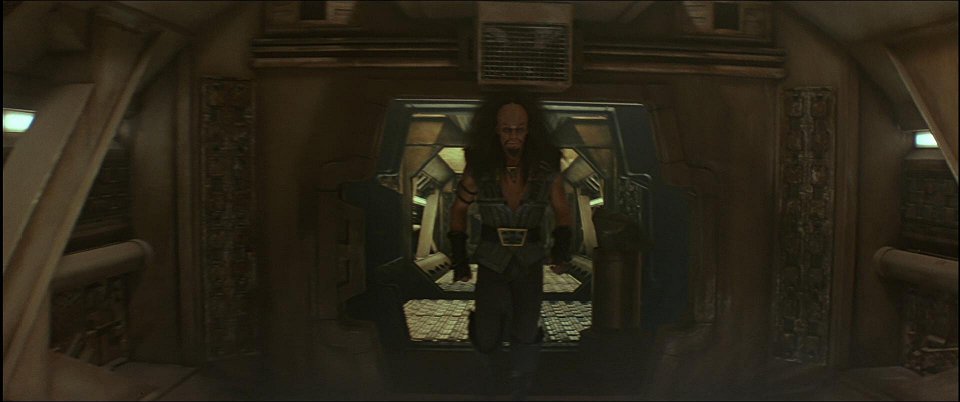 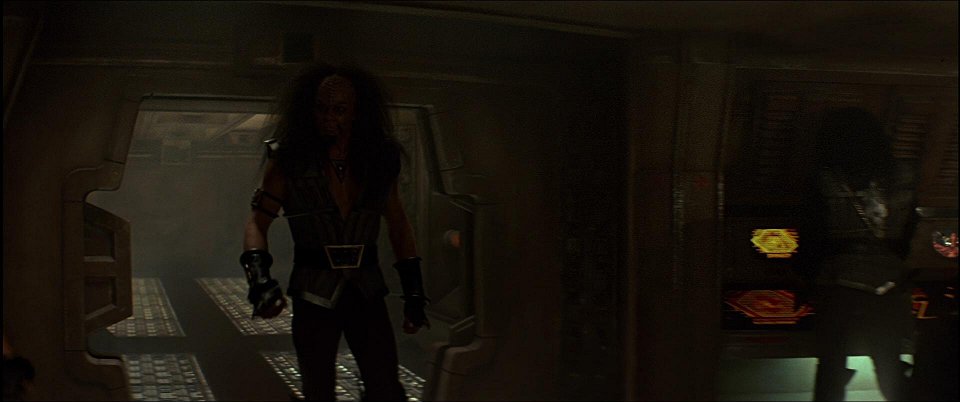 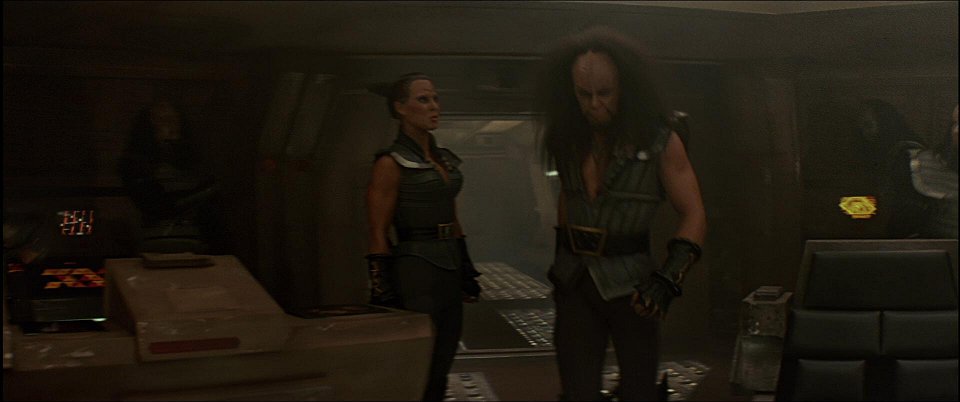 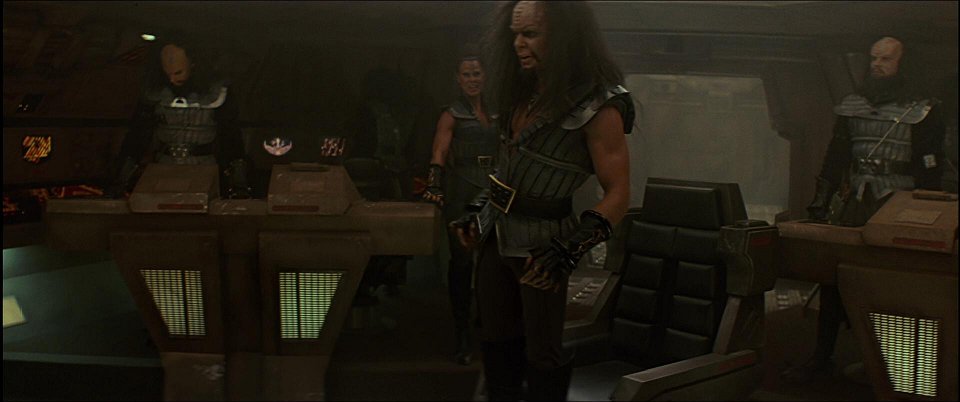 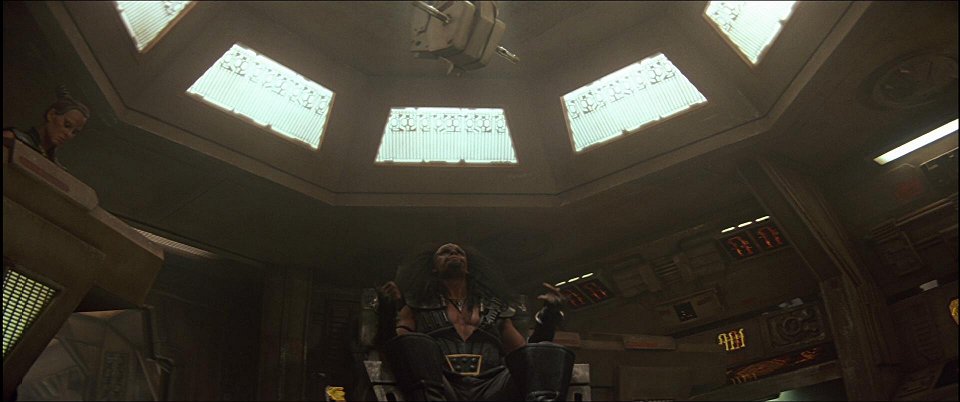 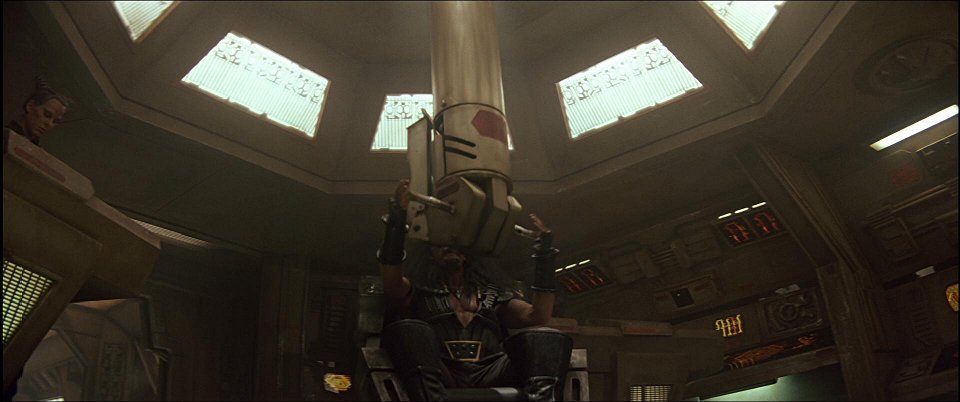 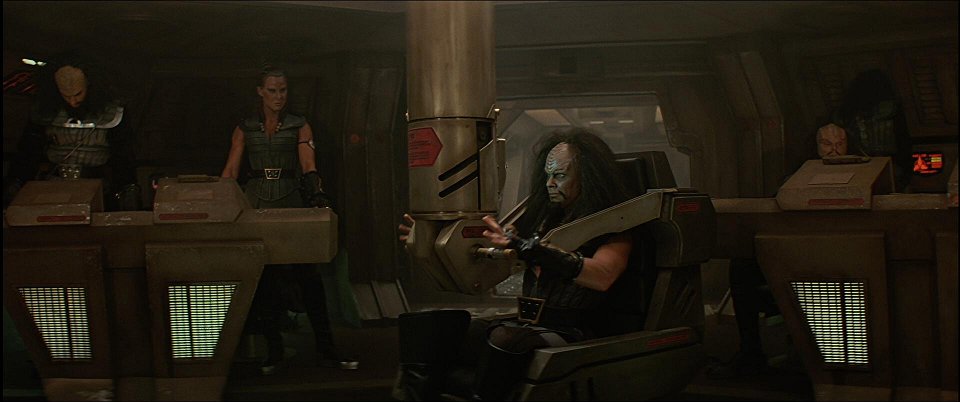 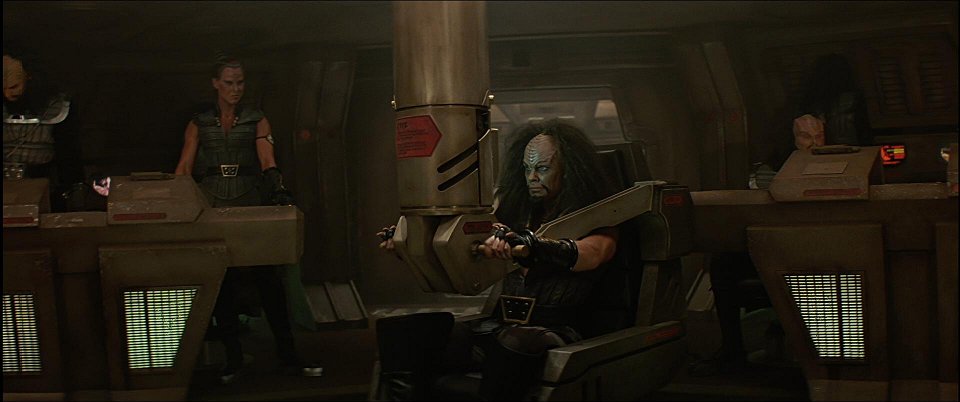 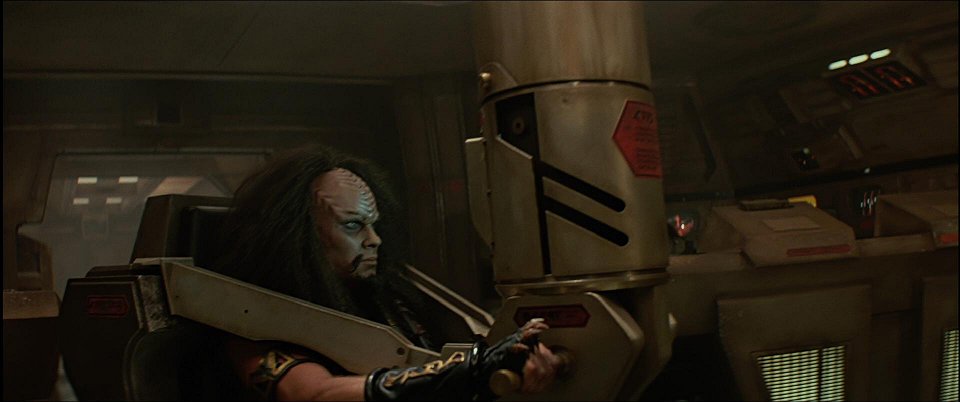 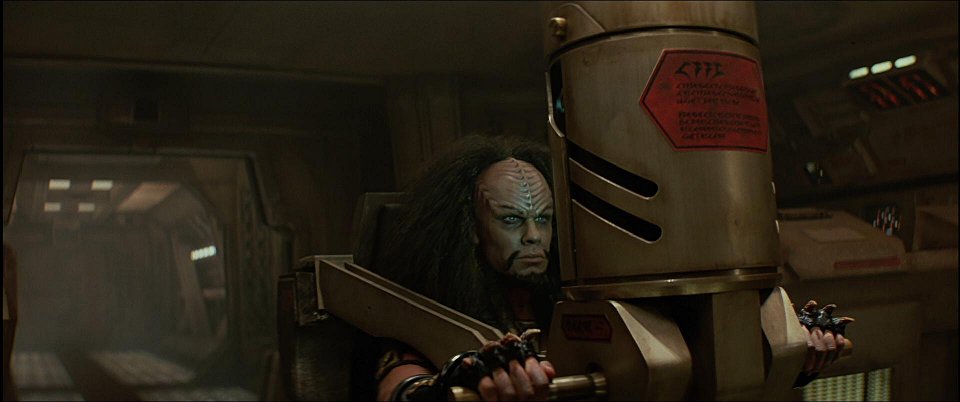 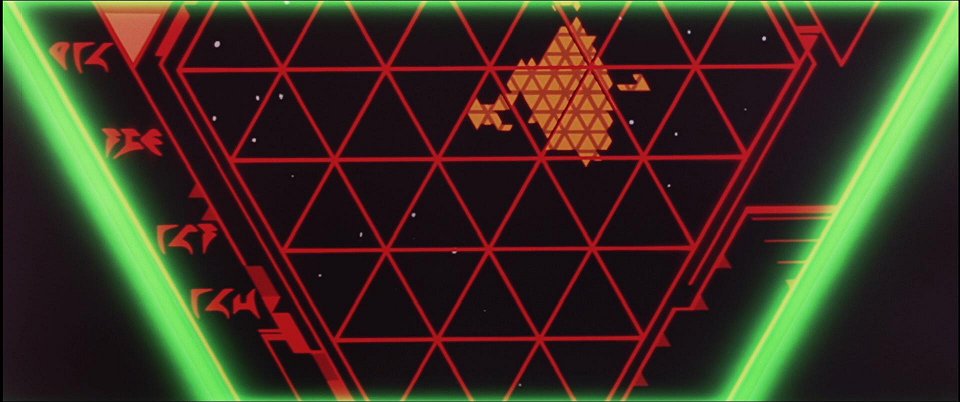 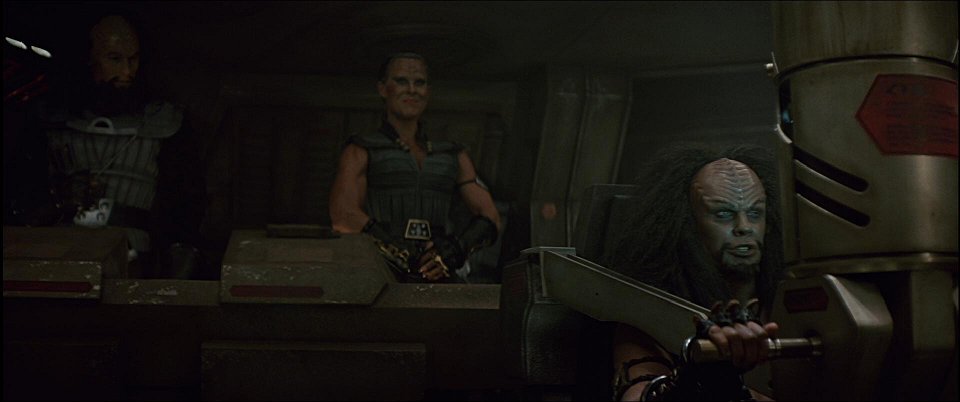 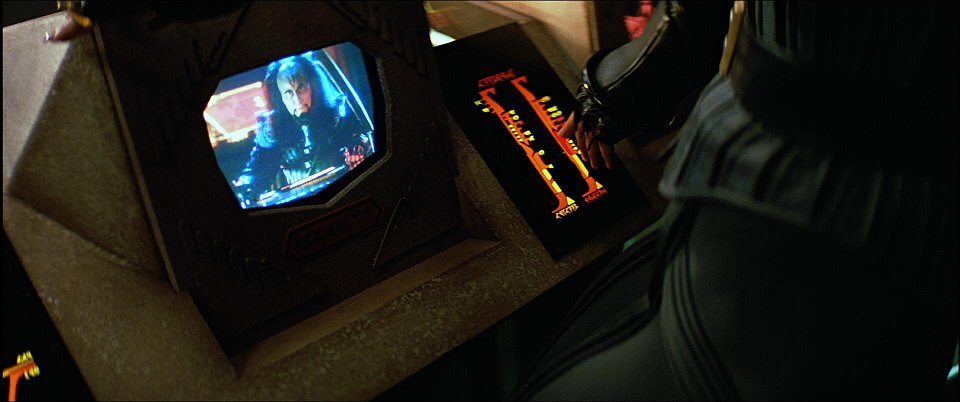 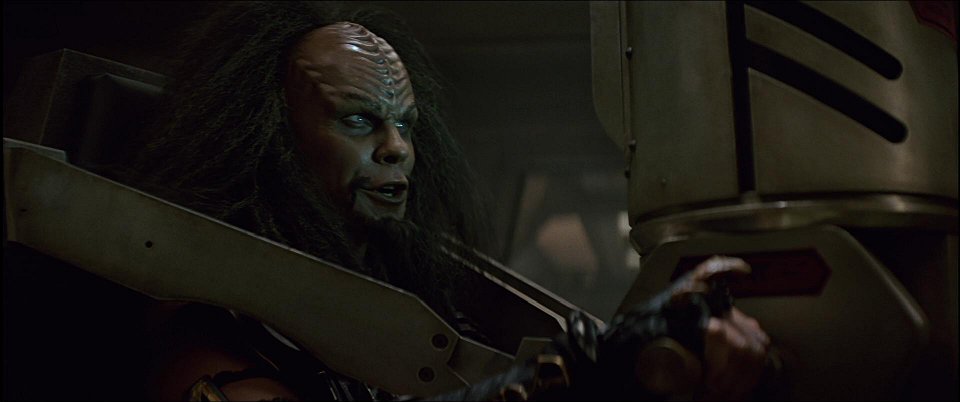 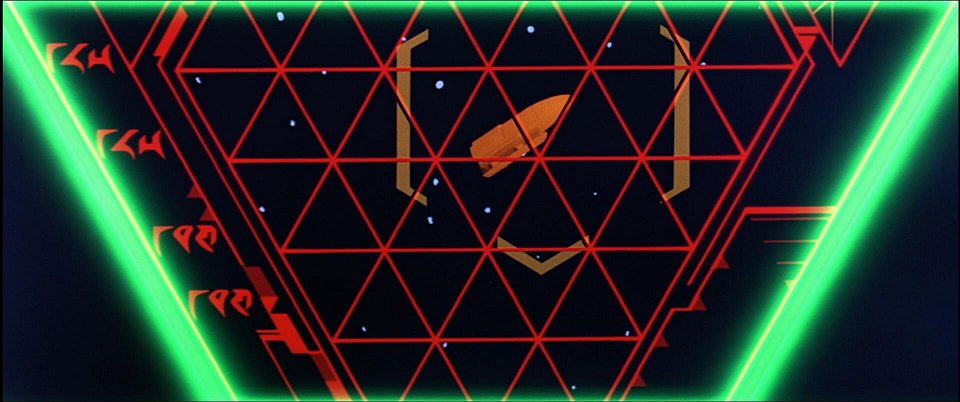 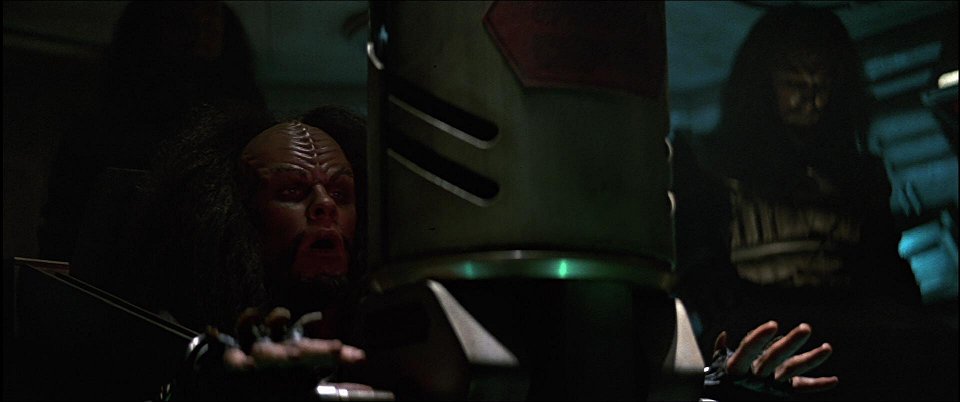 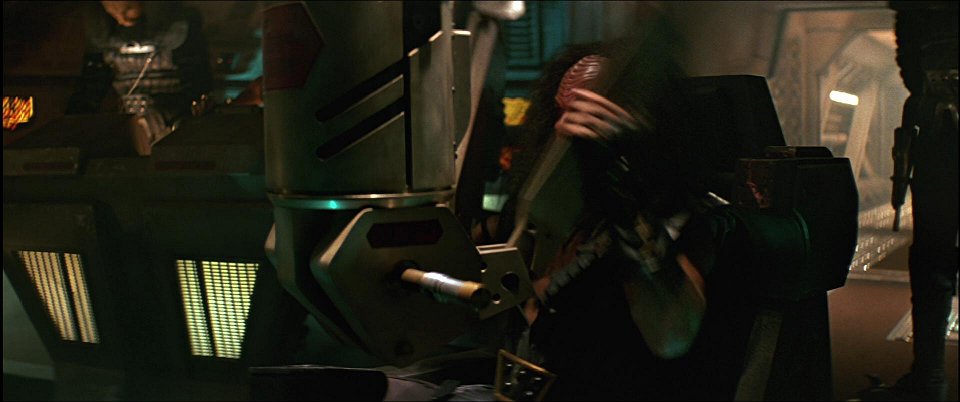 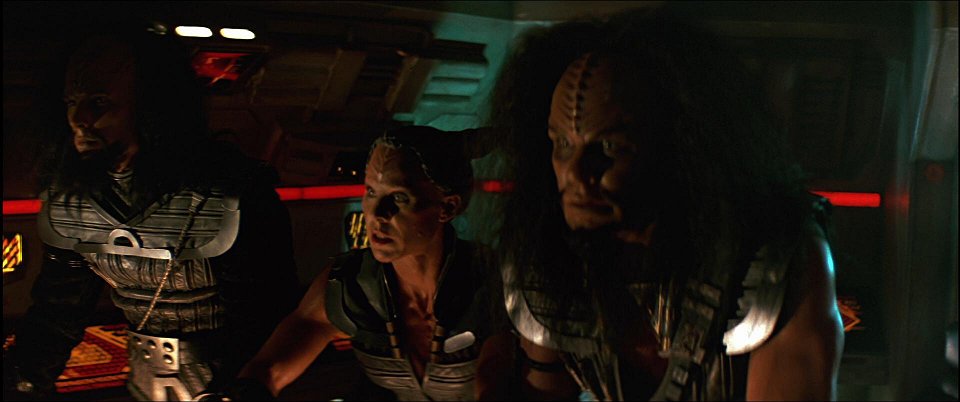  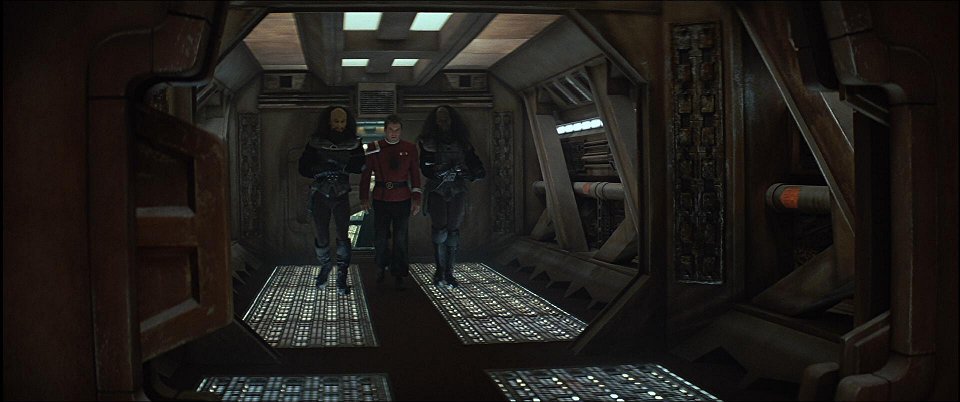 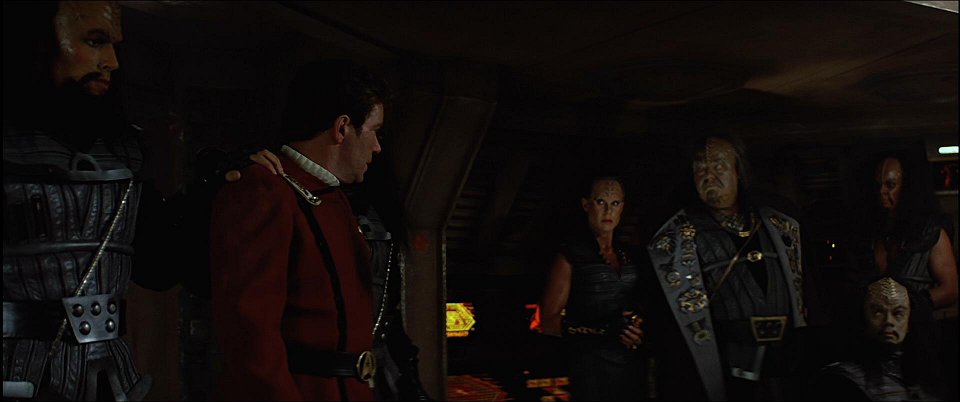 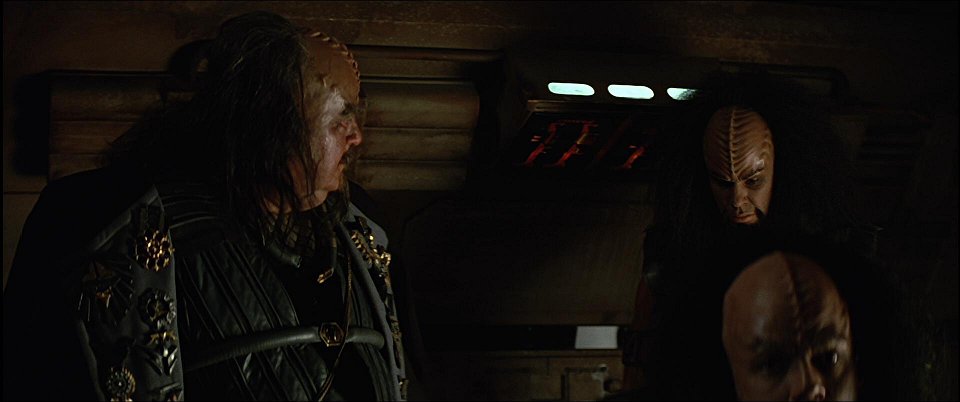 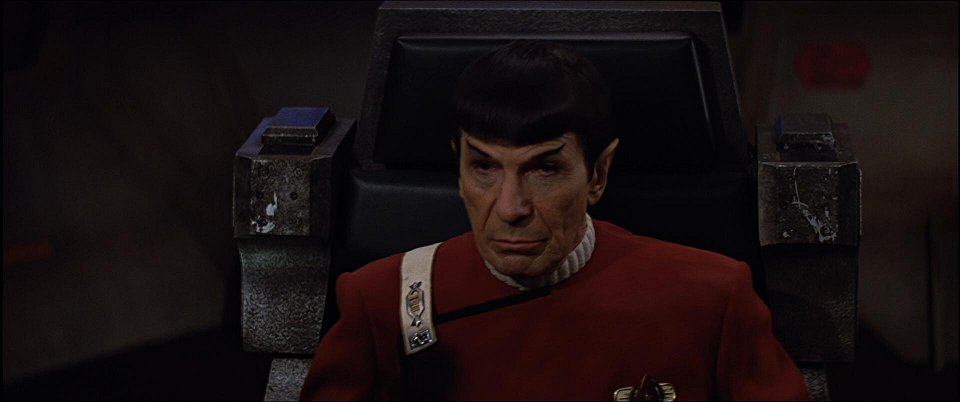  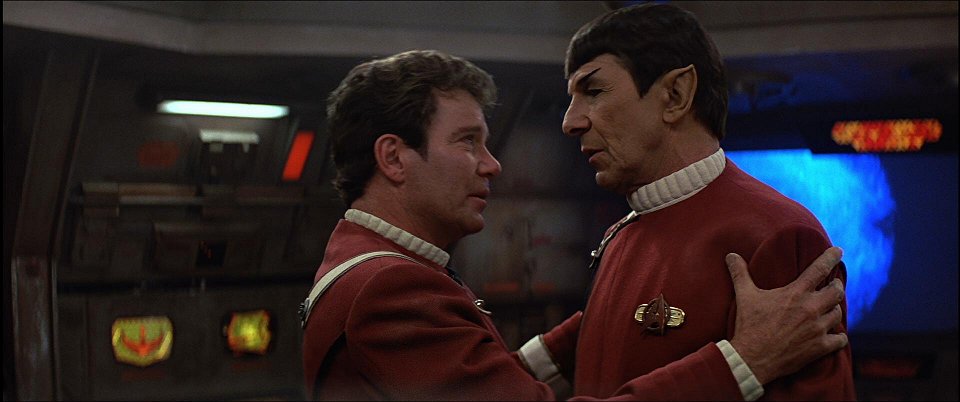  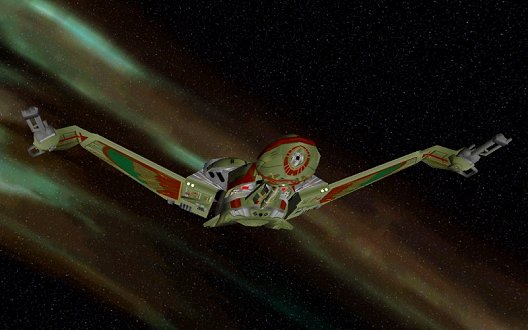 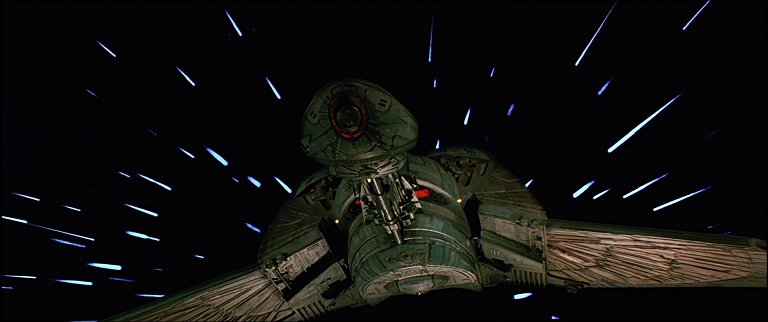 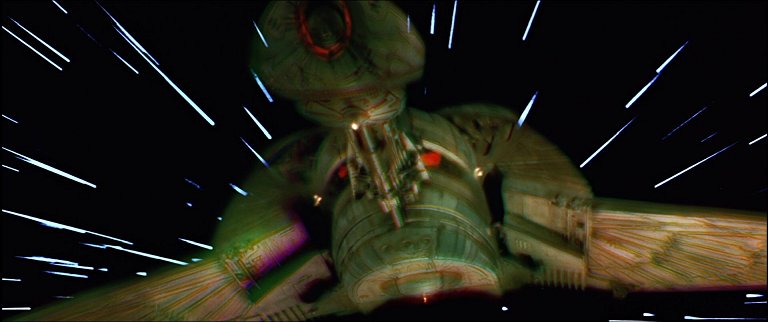 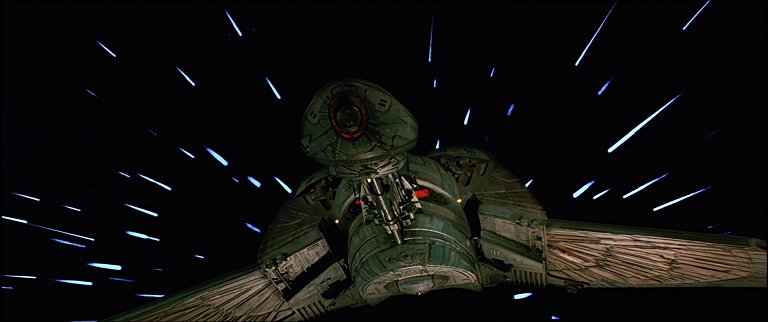 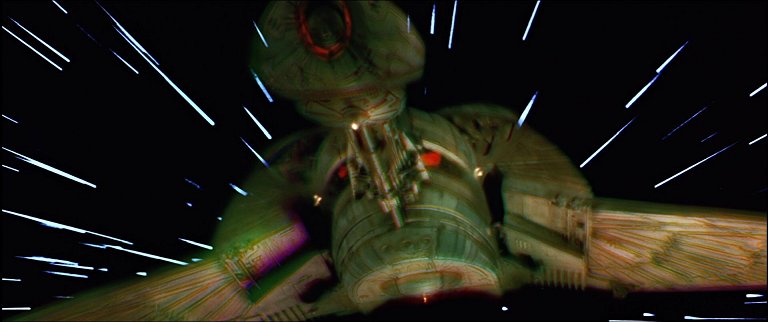 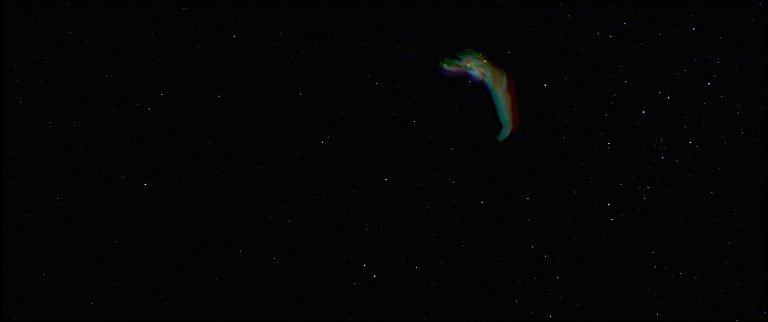 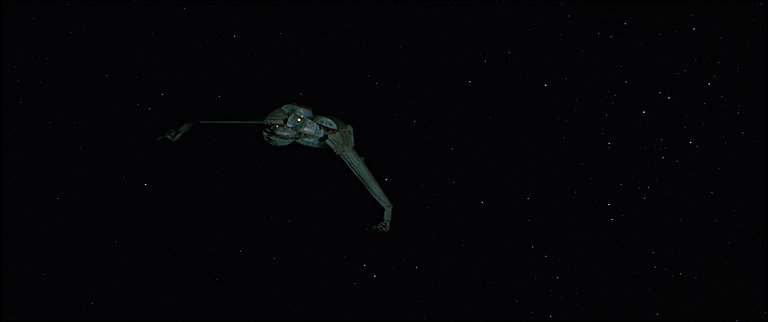 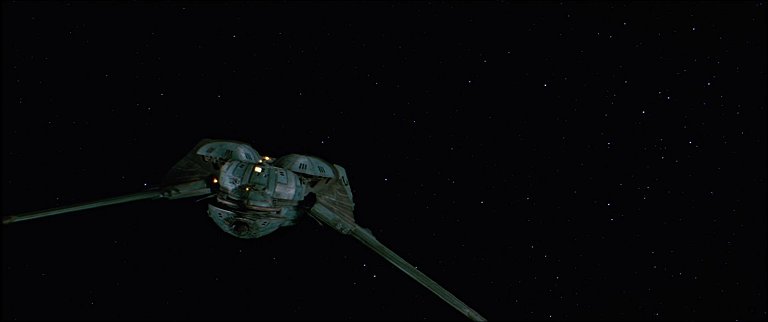 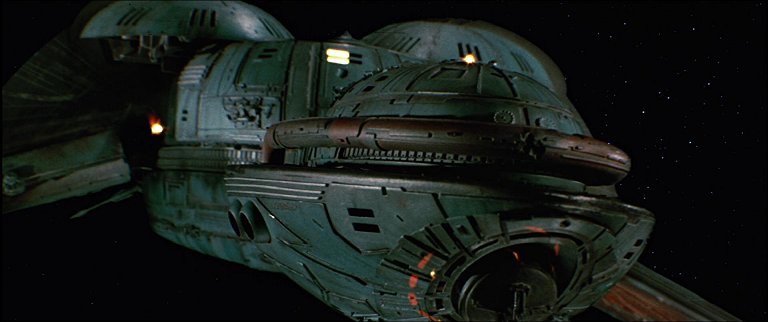 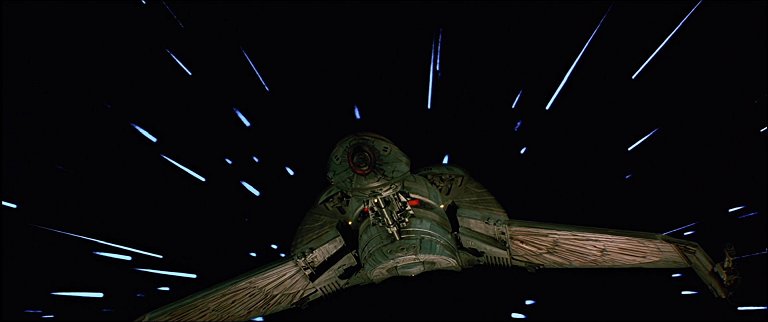 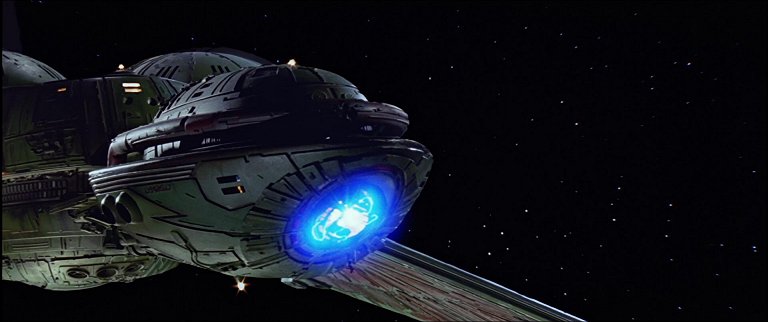 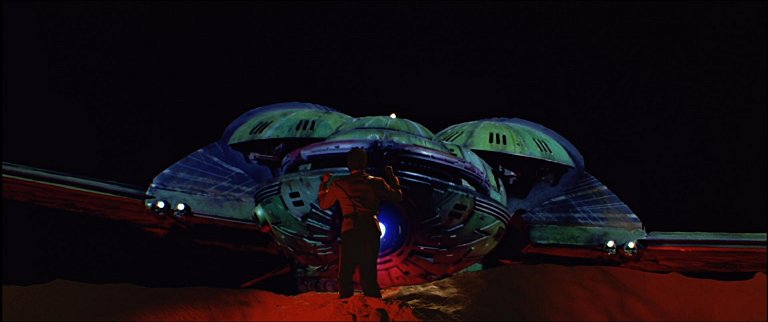 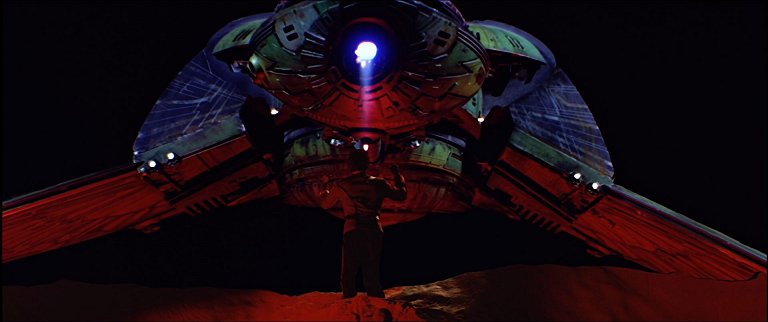 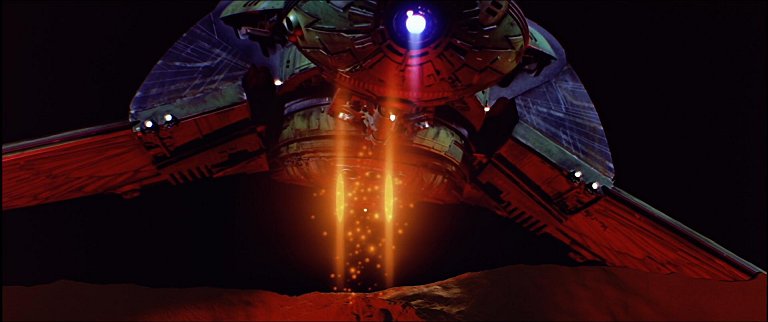 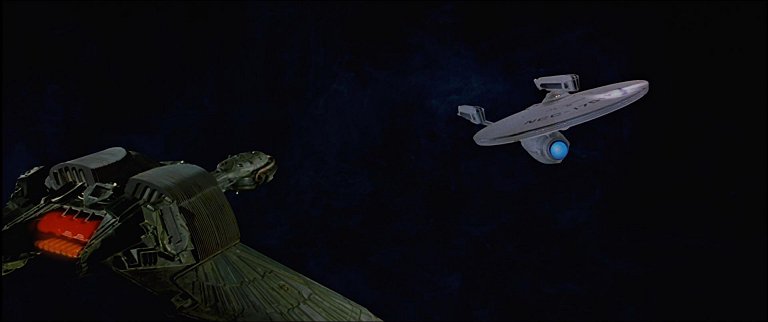 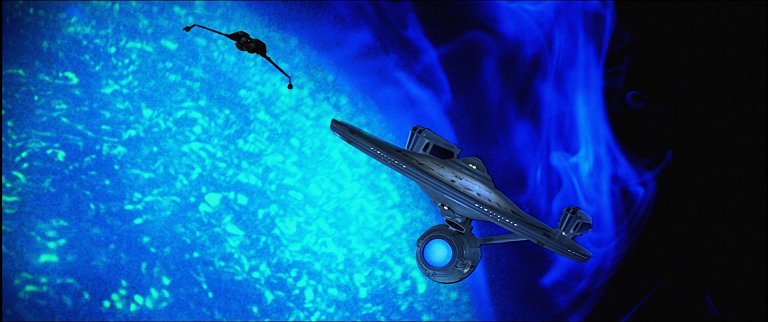 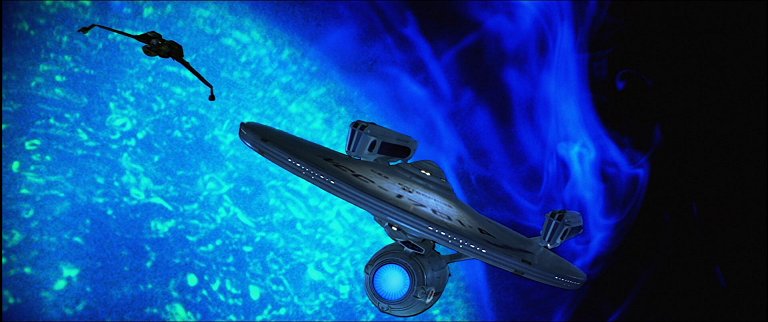 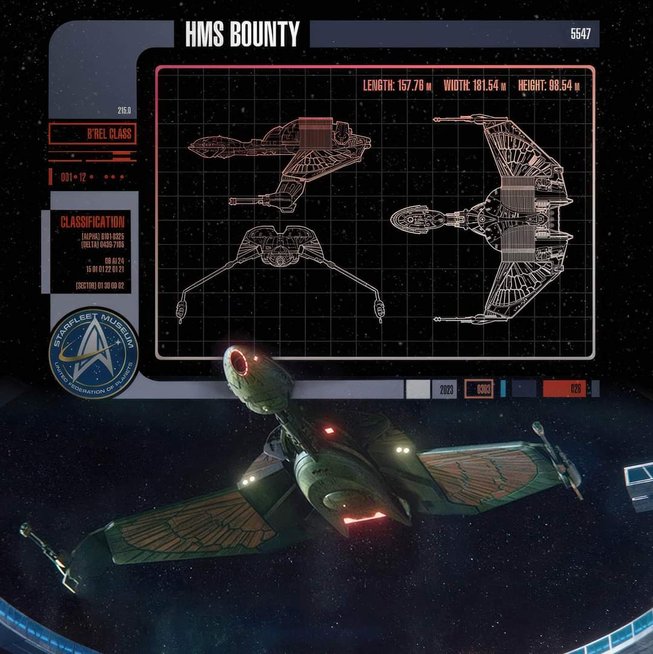 | B'rel with 12 crew. Vessels include: IKS jeQue'u, IKS cU'cop, IKS Waza eli,IKS ghogh, IKS ghIvotheng, IKS tIheyIm, IKS nopuwin IKS tanu vop. Other vessels include: I.K.S. Amar, BaHwil' Name of the bird-of-prey commanded by Commander Keraz, Botka Name of a Klingon bird-of-prey. The Botka was commanded by Captain cha'DIch, I.K.S B'rel [H.M.S. Bounty] IKC-9200 ("The Search for Spock" [Movie #3]; "The Voyage Home" [Movie #4]), I.K.C. Buruk ([TNG] "Reunion" ), I.K.S. Ch'Tang IKC-9237 Commanded by General Martok (DS9 "Once More Unto the Breach"), I.K.S. Chak'tor ("War and Peace" [Marvel SA #4]; "Love and Death" [Marvel SA #5]),I.K.S. Chontay/IKS Okrona - Captained by Klaa. (Star Trek V: The Final Frontier ), I.K.S. Ch'vag ["I.K.S. Klinzhai: Glory and Honour" (SO)], I.K.S. Etam, I.K.S. Falchion ("Dreams of the Raven" [Pocket TOS #34]), I.K.S. G'gtah ("Heart of Darkness" [Marvel Unlimited #6]), Kad'nra Name of a Klingon bird-of-prey spacecraft commanded by Captain Vheled, I.K.S. Ki'tang (DS9 "When it Rains..."), I.K.S. Kla'Diyus/[Dakronh] Commanded by General Chang (Star Trek VI:The Undiscovered Country), I.K.S. Korinar (DS9 "Sons of Mogh"), I.K.S. Koroth IKC-8314 (DS9 "Tears of the Prophets"), I.K.S. Kothulu, Krogshat Name of a Klingon B'rel class Bird-of-Prey operating in the Beta Promethean system, I.K.S. Kruge A Klingon bird-of-prey commanded by Captain K'Vada, I.K.S. K'val, I.K.S. M'Char Commanded by Commander Kaybok (DS9 "The Way of the Warrior"), I.K.S. Malpara (DS9 "Once More Unto the Breach"), I.K.S. Mok'tal IKC-9336 Captain K'Vada commanding ([TNG] "Unification"), I.K.S. Ning'tao/I.K.S. Ning'Tau IKC-9270 Commanded by Kor (DS9 "Once More Unto the Breach"), I.K.S. Orantho/I.K.S. Orintho IKC-9212 (DS9 "The Way of the Warrior"), I.K.S. Slivin (DS9 "Once More Unto the Breach") I.K.S. Tazhat ("Rules of Engagement" [Pocket TOS #48]), I.K.S. Vorn ("Reunion" [TNG]), I.K.S. Y'tem Captain K'Temang (DS9 "Return To Grace") |
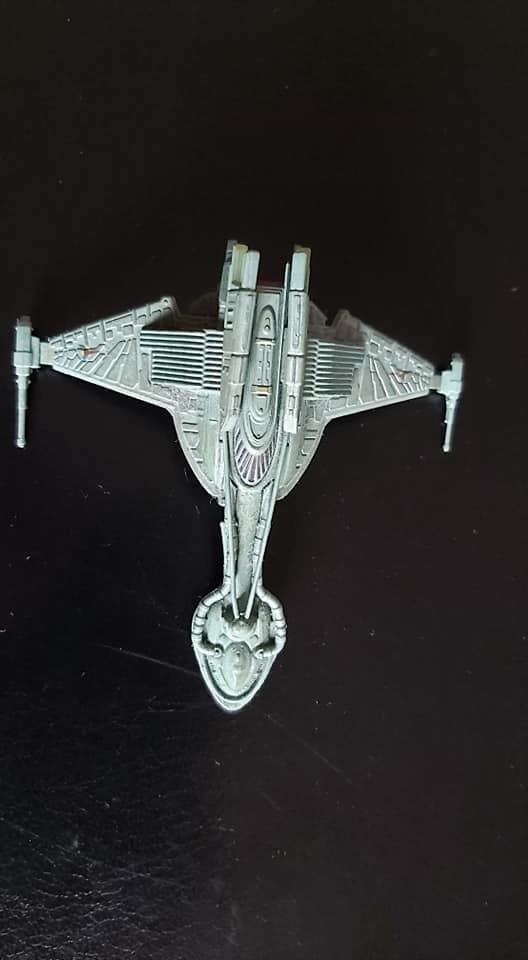 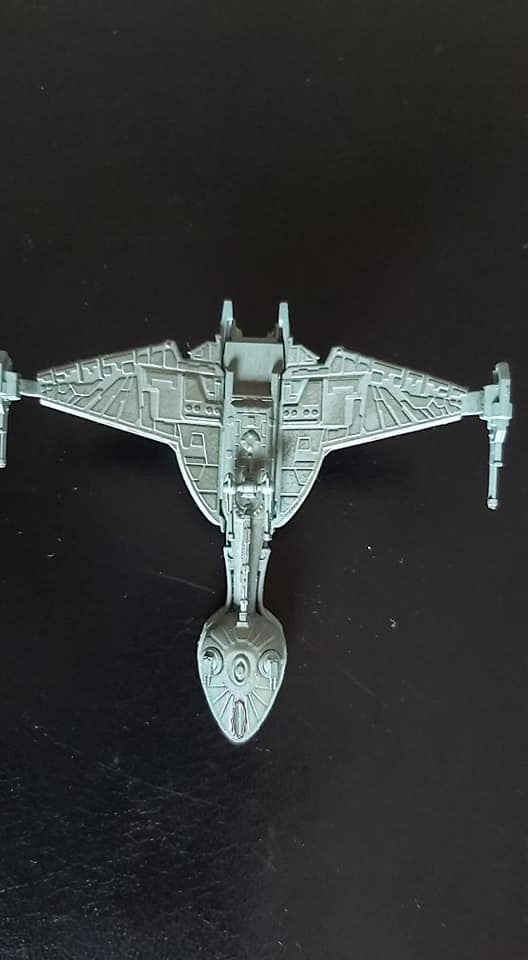 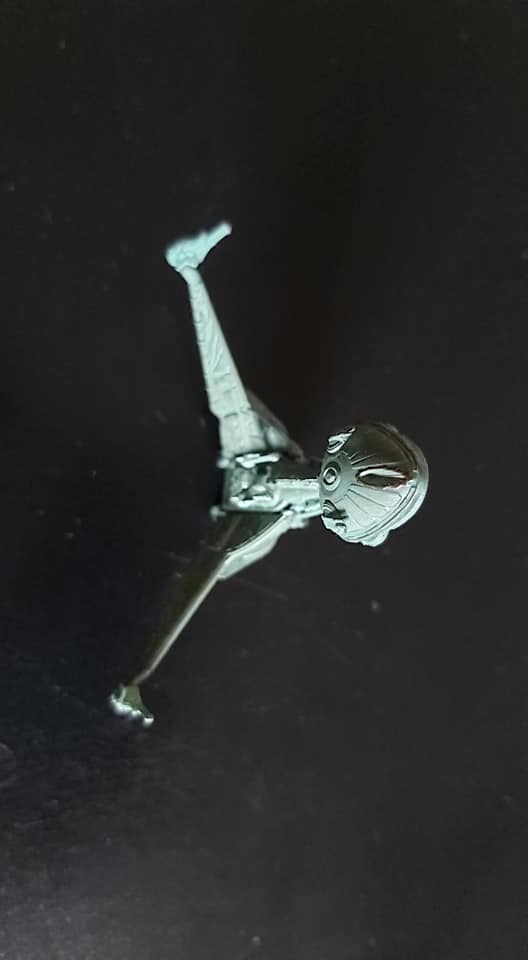 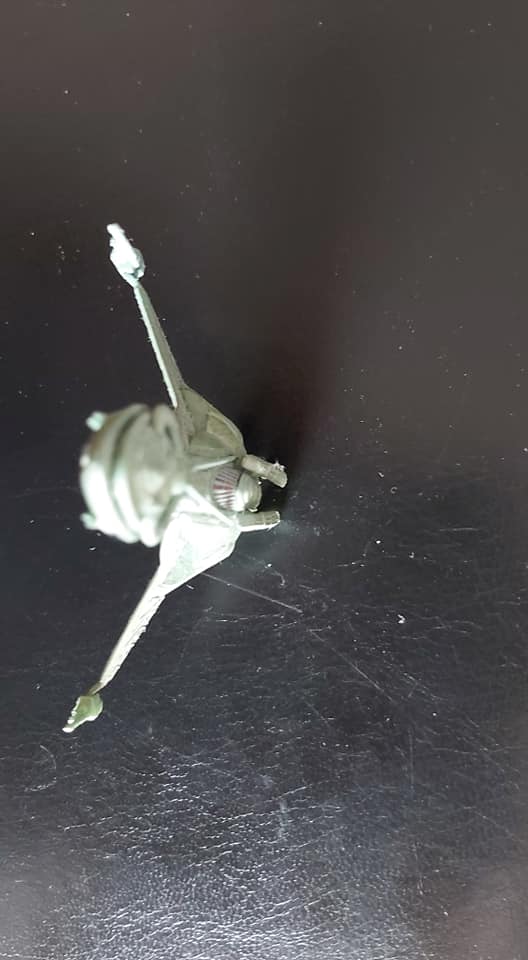 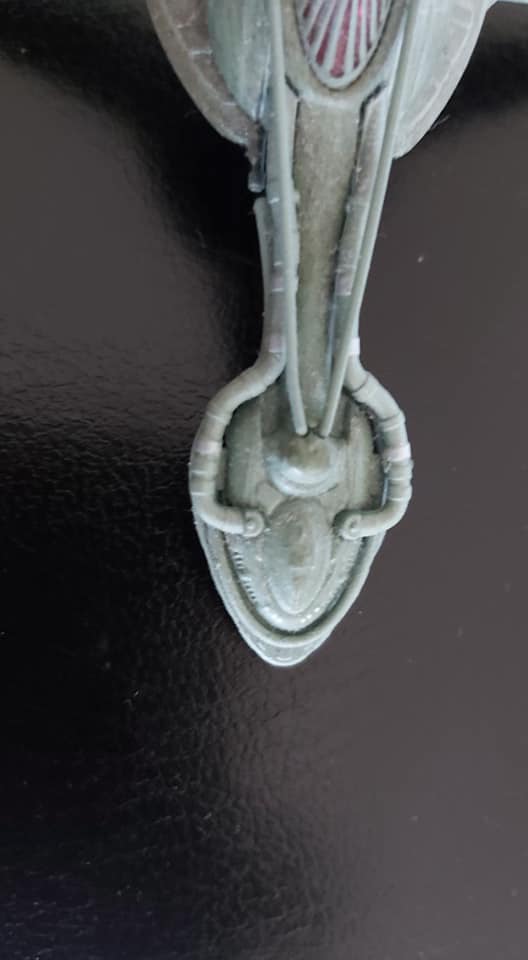 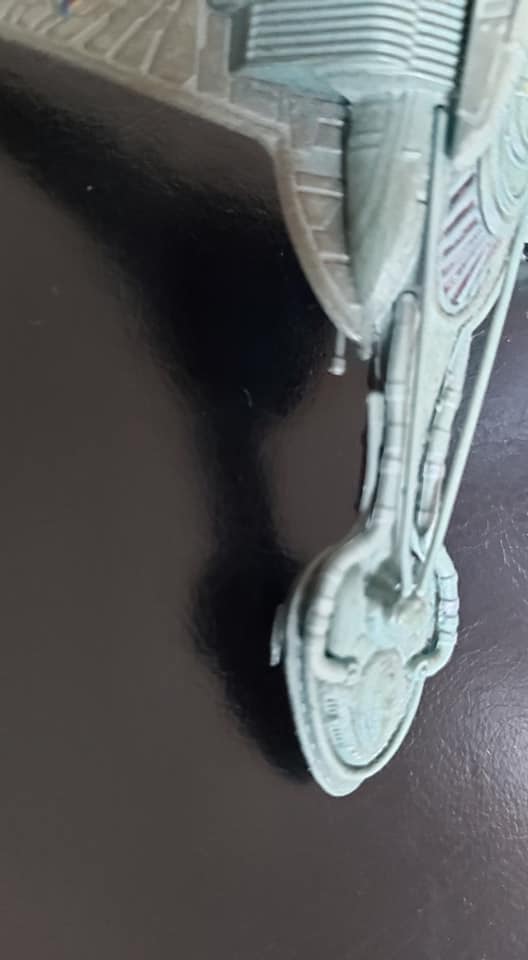 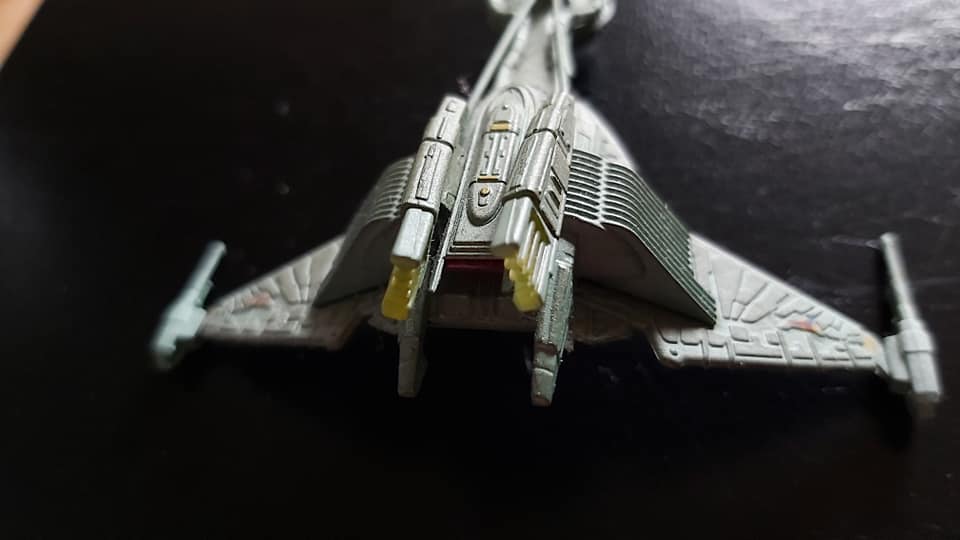 | Bird of Prey MK 1. Dated back to 2151. Length: - 145.36 metres. Warp 5. One of the main vessels of this class in the Interim Years is L'mak's early command, the 'Duj puj' or 'weak ship and poor instincts' (named by nI'taQ on Twitter as an equivalent for 'underdog'). This vessel is one hundred years old and a distinct example of House Qo'mar philosophy of using warships even when they are outdated and underpowered for the job; the crew will make up the shortfall. The name is more a nickname for the vessel; a badge of honour/ derogatory nickname for this vessel, an NX-01 Era MK1 Bird of Prey. This warship has no cloaking device, the reactor pit is a literal death trap. The weapons systems are outdated and temperamental. The ship is held toether by spit and bailing wire. Plated over damage and very much make-do-and-mend. The interior consists of pipes and crude life support systems. The transporter is for two or three persons, no more. The engineering section and reactor pit is very cramped, with little concern for safety. The ship carries 40 photon torpedoes and mines. The Captain's cabin is the most plush and has space for meeting one other officer and a table for planning. The rest of the crew get shelves and the most basic accomodation. The 'Duj puj' is L'mak's warship from 2293 - 2300s. The missions range from patrols along the Gorn border to the final confrontation at Ch'ramak. From learning the ropes to command. This was the most powerful ship design of the era and is still lethal. The Chief Engineer has a plated-over right eye and forehead. He gained this from 'initiation' with a Gorn. This ruled hm out where stereoscopic vision is needed. He excelled at engineering and, as other crews had neglected him due to his 'disability', he joined the Duj puj as Chief Engineer regardless of the risks from the aging reactor. And the obvious danger to himself give time. Cha' dich - The First Officer of the Duj puj is a female who is vicious beyond belief, from her initiation with a Gorn. She keeps L'mak on his toes. Ambitious. Ruthless. She authorised mines against the Gorn for opportunistic gain. Author's Notes: The MK1 Bird of Prey os like the WW1 U-boats of the Kaiser's navy; basic technology at the forefront of capabilities for the time. This is a ship with no cloaking device and early weapons systems - still formidable today, although aging. The reactor is a literal deathtrap, limiting the lifespan of the engineers working upon it. The interior is cramped with pipes and very functional. No personal space. |
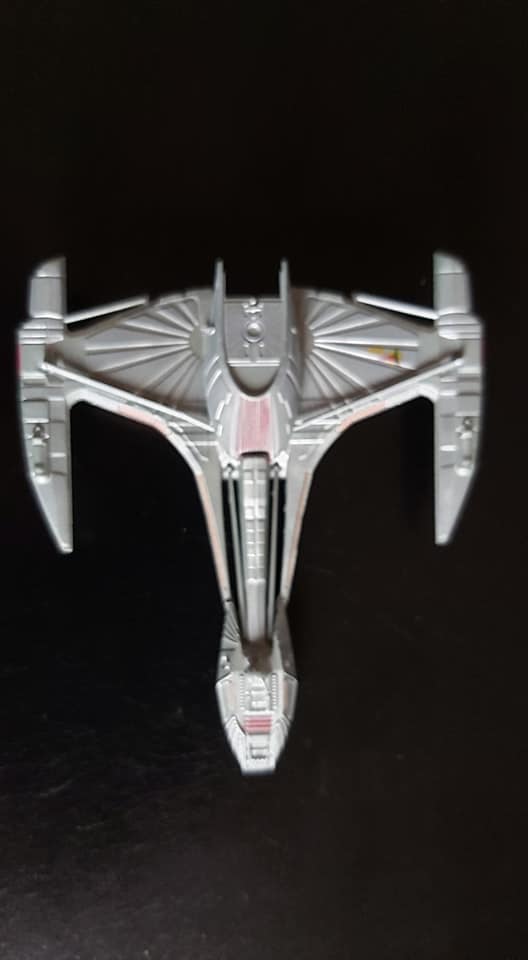  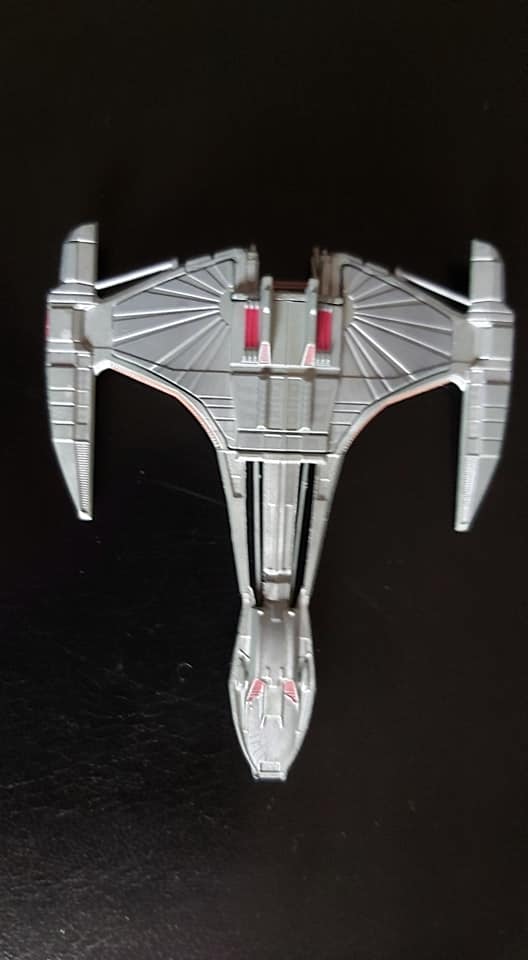 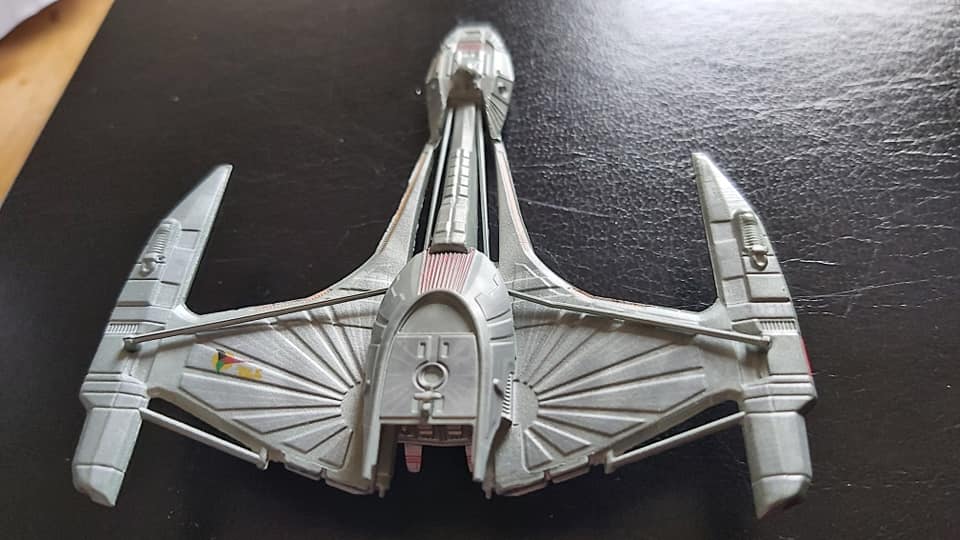 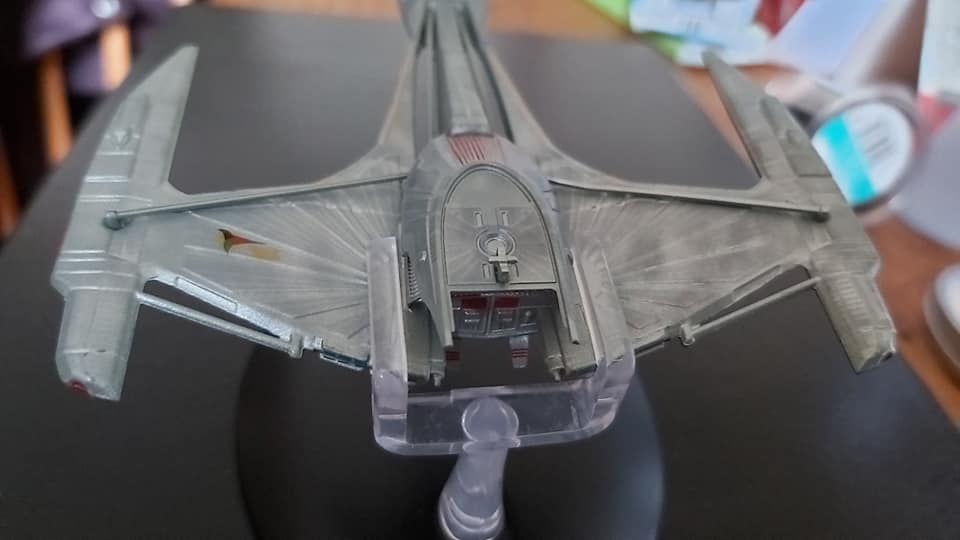 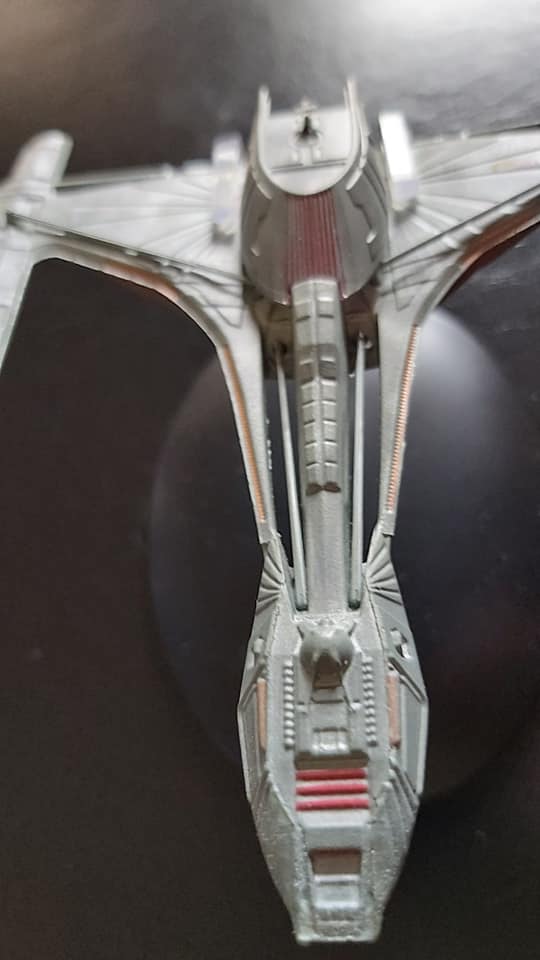 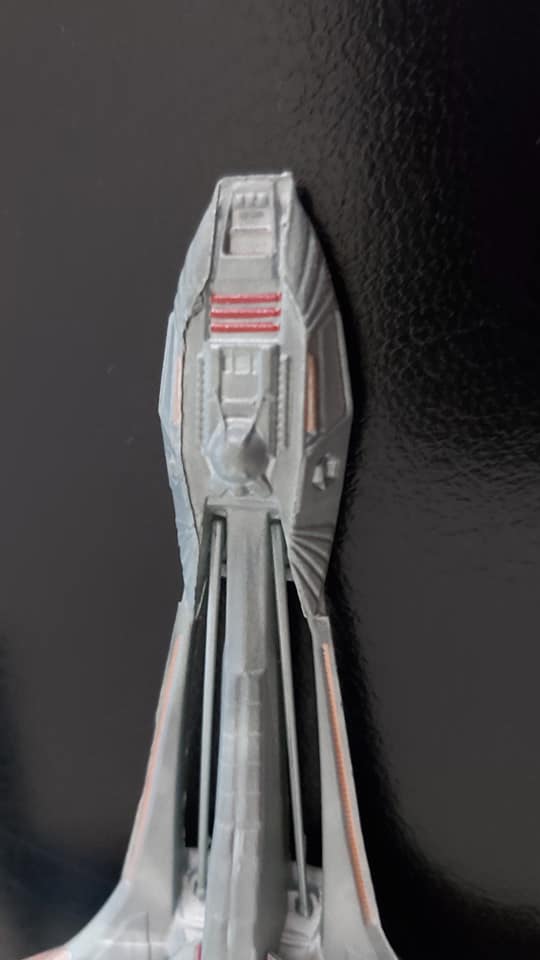 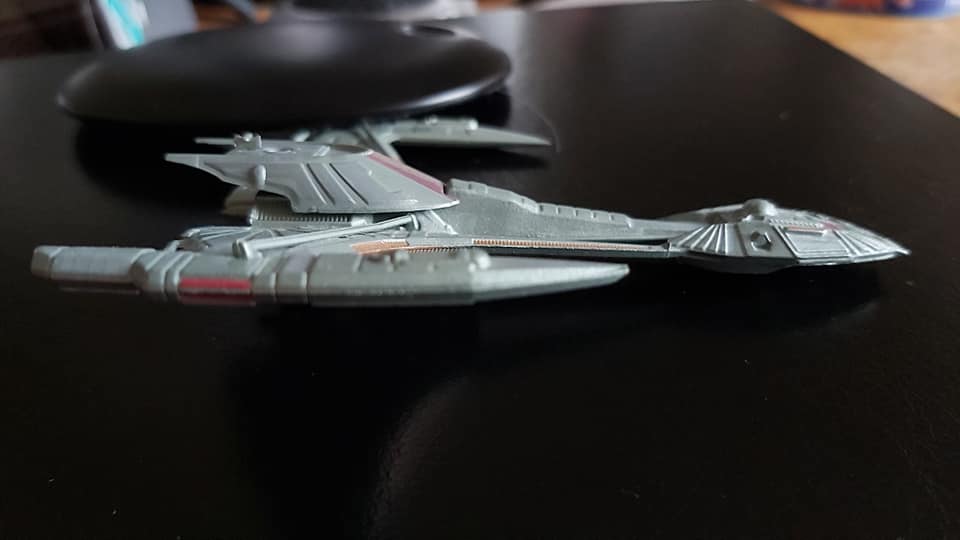 | Raptor class. In service 2151 - present. Length: - 145 metres. crew: 12 |
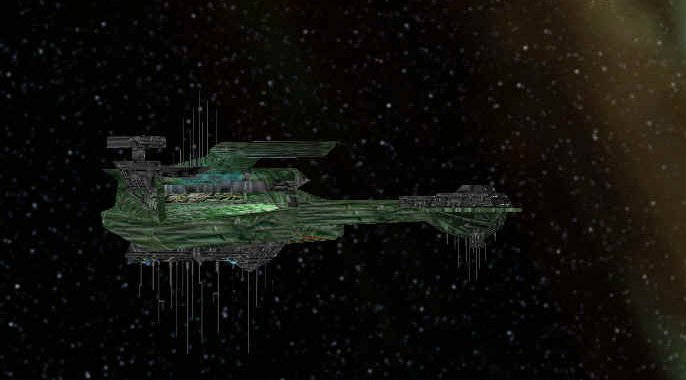 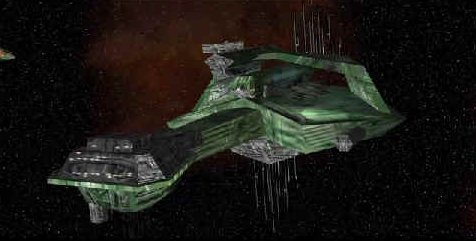 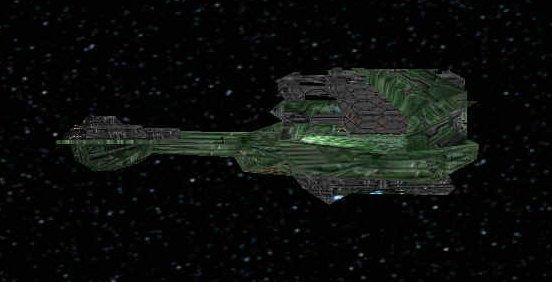 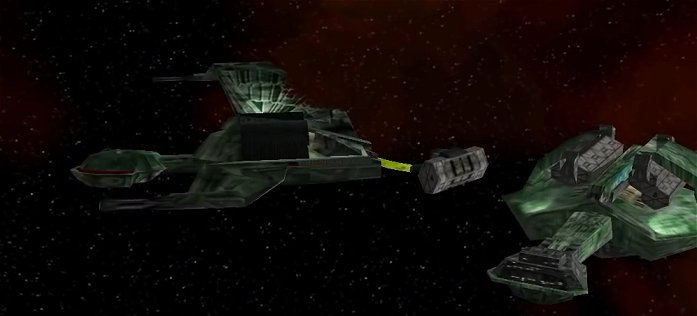 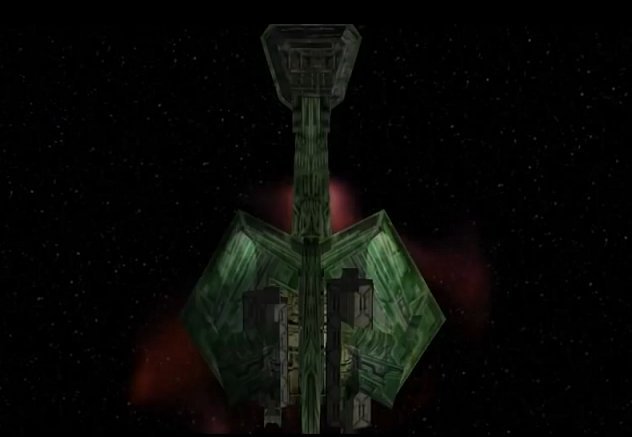 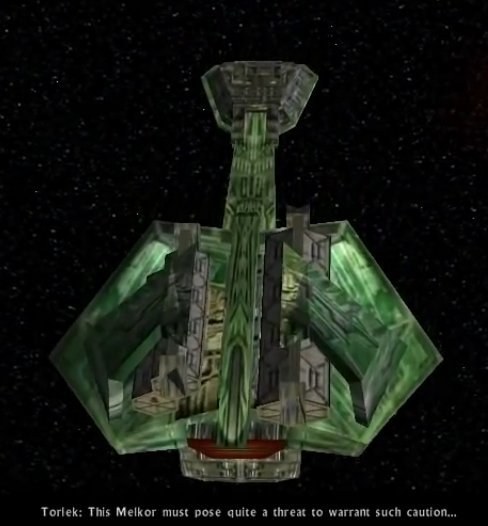 | The PIh/ Suspicious class science vessel has a crew of 35. The vessel bristles with sensors and is the one true Klingon scientific ship. Any Klingon specialising in science and research would prefer to be assigned to one of these vessels. Some of these vessels have been modified for a specific Suppression of Enemy Astro Defences (SEAD) role. These would jam Federation border sensors during any attack over the border. The Suspicious class science or cargo versions do not have any marines onboard. These rely on the fighting skills of the crew themselves. As a result, these are not intended to put themselves into harms way. These vesssels have been employed from the start to locate minerals and useful chemicals for the Klingon Empire. The Hur'Q left the region around Qo'noS a 'mineralogical desert', as extensive studies by the U.S.S. Montrose and others have confirmed. The Empire, as a result, have always had scout vessels in abunance to scan for prospective new resources; the Suspicious class is the latest and best vessel for this role. The Suspicious class science vessel must use its cloaking device and cunning to evade threats, until reinforcements can arrive; failing this, the ship can use its sensors to blind and confuse the enemy. These vessels are also used for Electronic Intelligence (ELINT) and Signals Intelligence (SigINT) missions, monitoring Starfleet sensor ranges and communications signals. Often these ships can have crytographic specialists on board, breaking Starfleet and Federation codes and intepreting the messages hidden within. Intelligence reports also suggest these ships are better able to detect other cloaked vessels, for example Romulan ships. In any conflict, these ships would be the scouts sent ahead of the battlefleet to evaluate the enemy and suppress any threat sensors. Like the Bird of Prey, the Suspicious class can land on a planet surface. These ships can operate away for up to two years, studying a planet or phenomenon. Production and maintainance of these vessels have been a priority since Praxis, searching for a replacement source of energy. Some have studied the Tal'lhnor Nebula to seek a way of restarting the singularity that used to act as a power source. The cargo version is used as a covert means of supply, to get men and materials behind enemy lines or past threat sensors undetected. Intelligence reports suggest the Klingons used Suspicious class cargo vessels to ship ambassadors and manufactured goods to the Ferasans. The effectivenes of the cloaking technology can be testified by the lack of detection of these multiple missions. Equally, covert trade and freight missions as well as previously in the Tabula Rasa and captured Kinshaya space. These ships have been shown they can sneak past Federation ships, with perhaps only the Phantom class super scout able to detect them. |
| D'k'tahg 2-man shuttle. |
